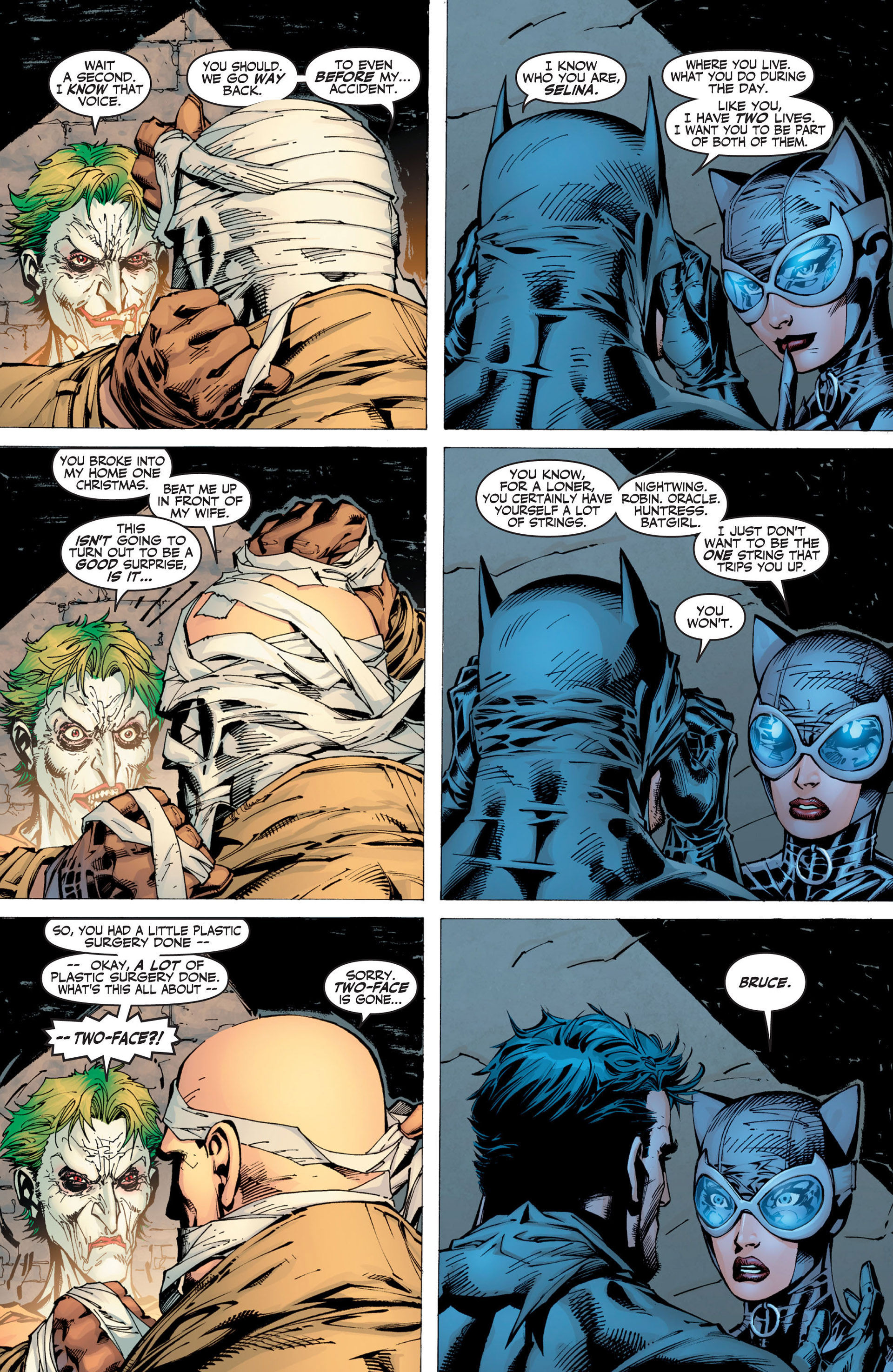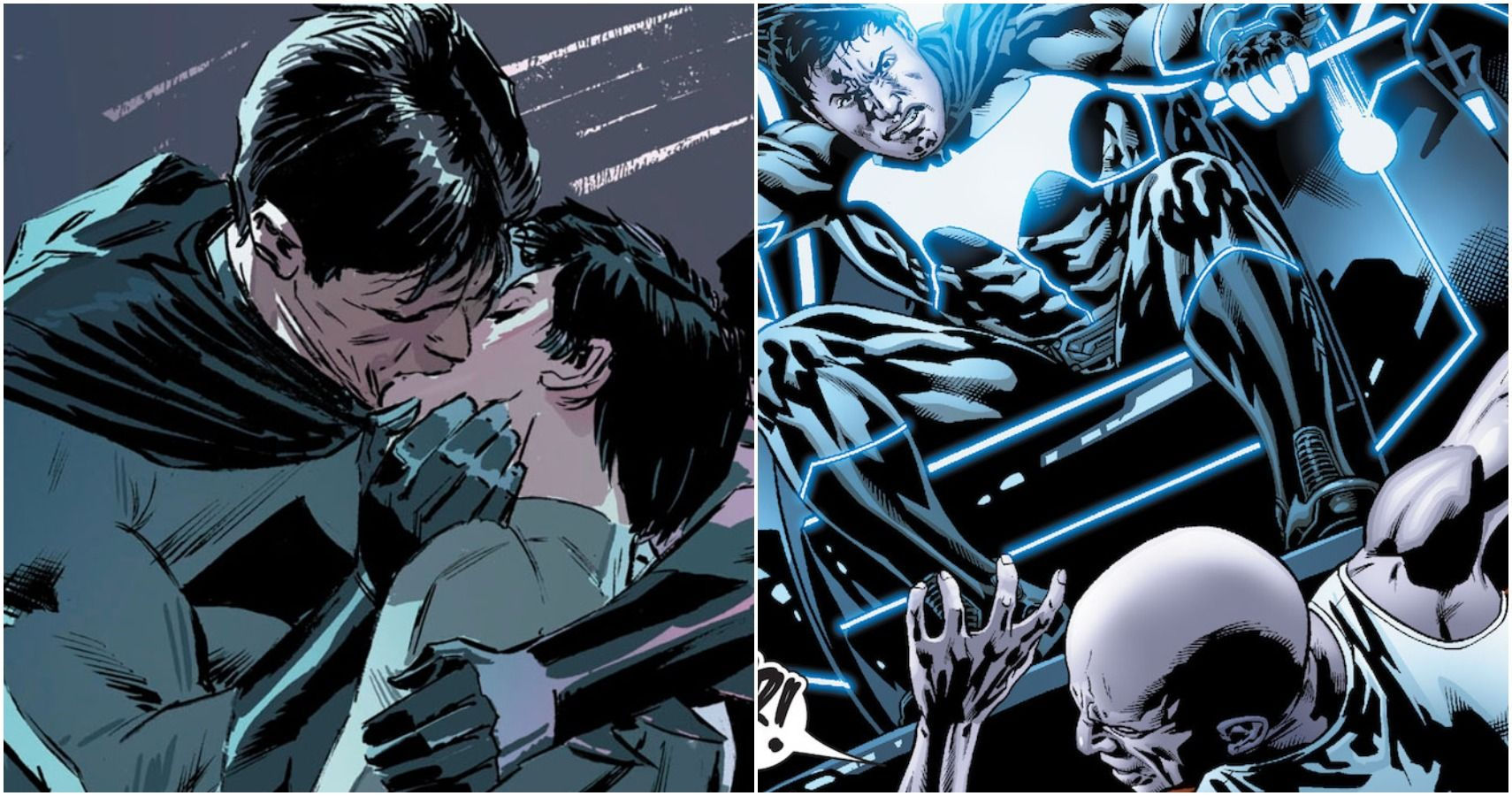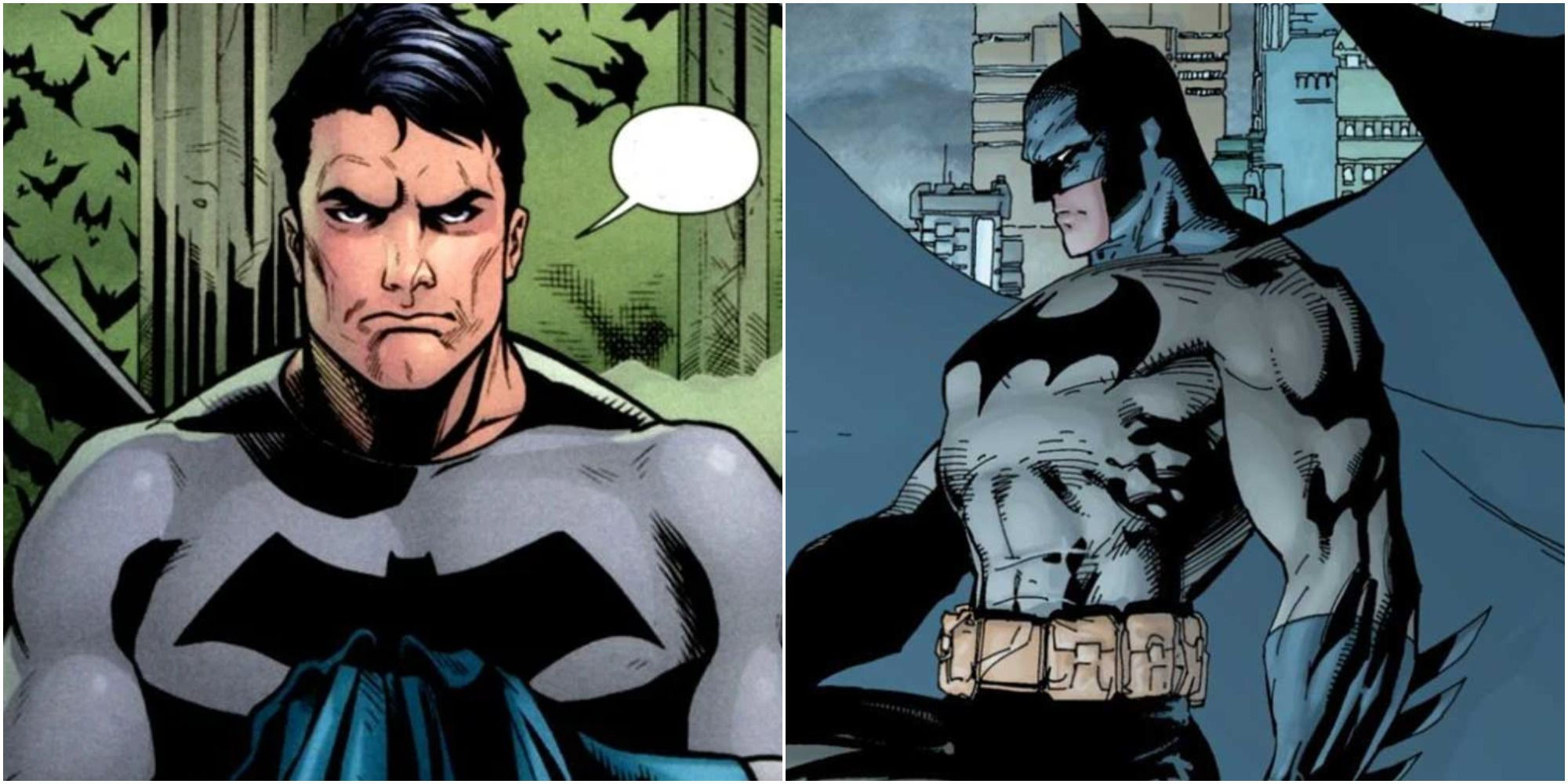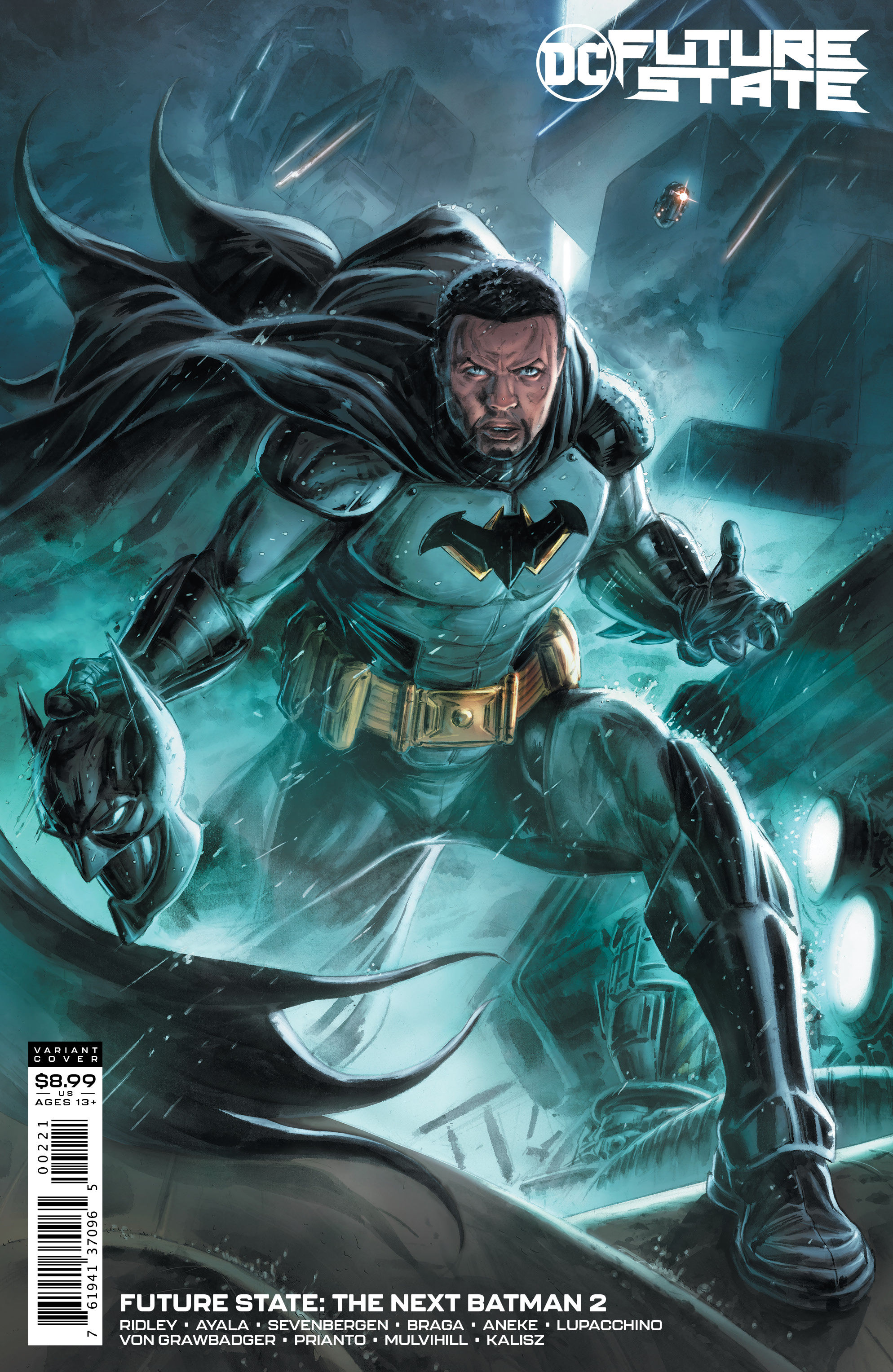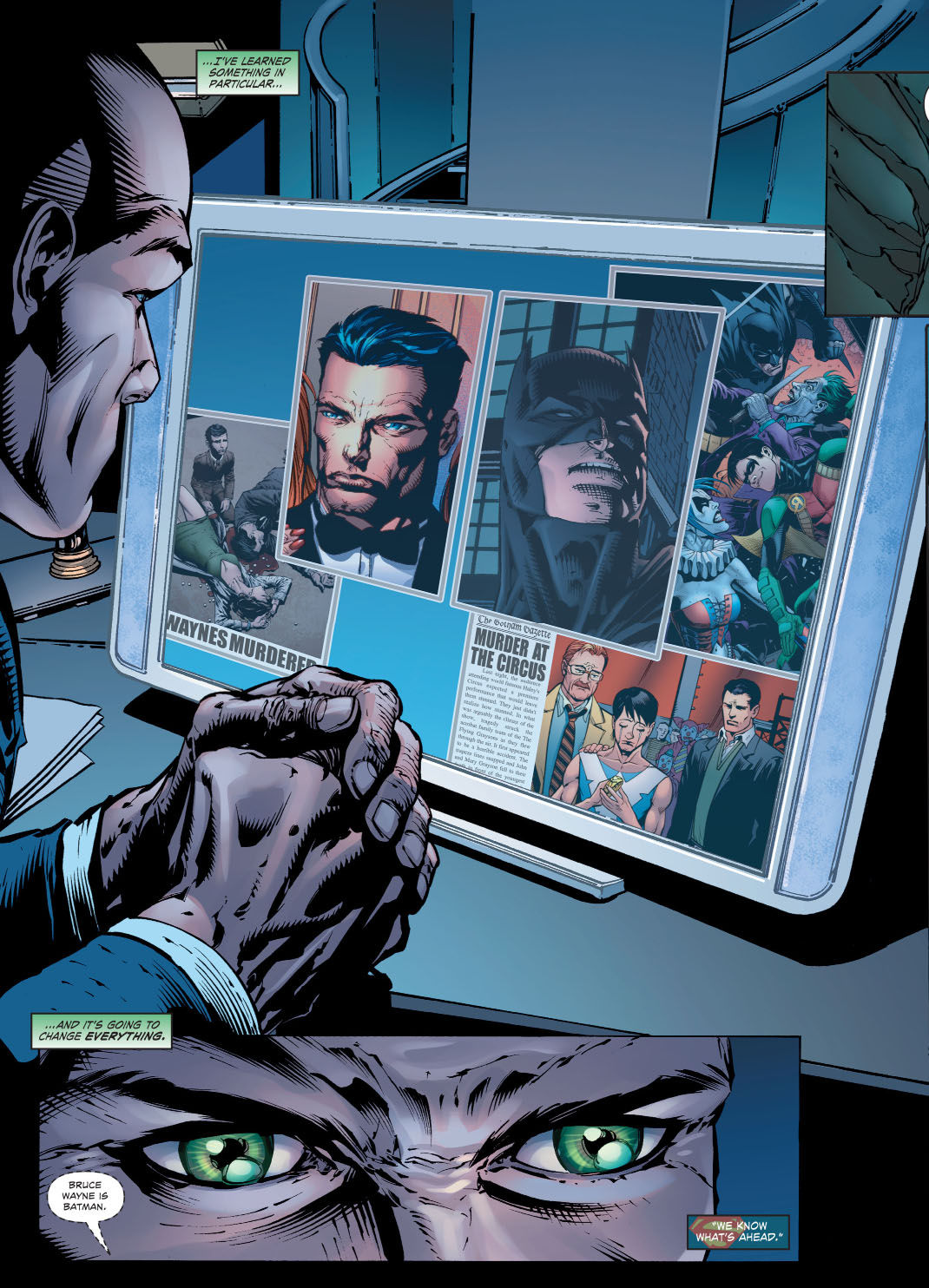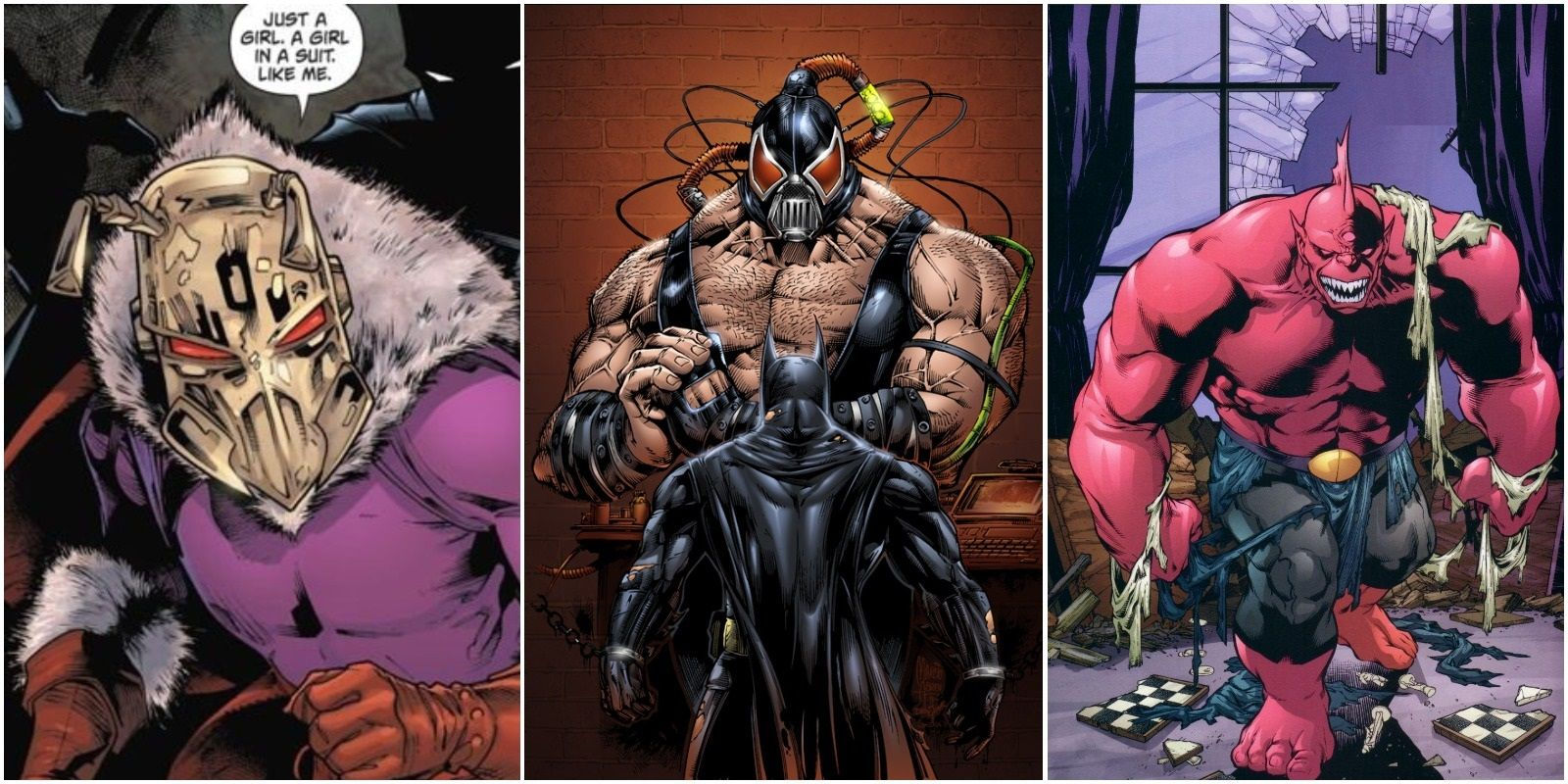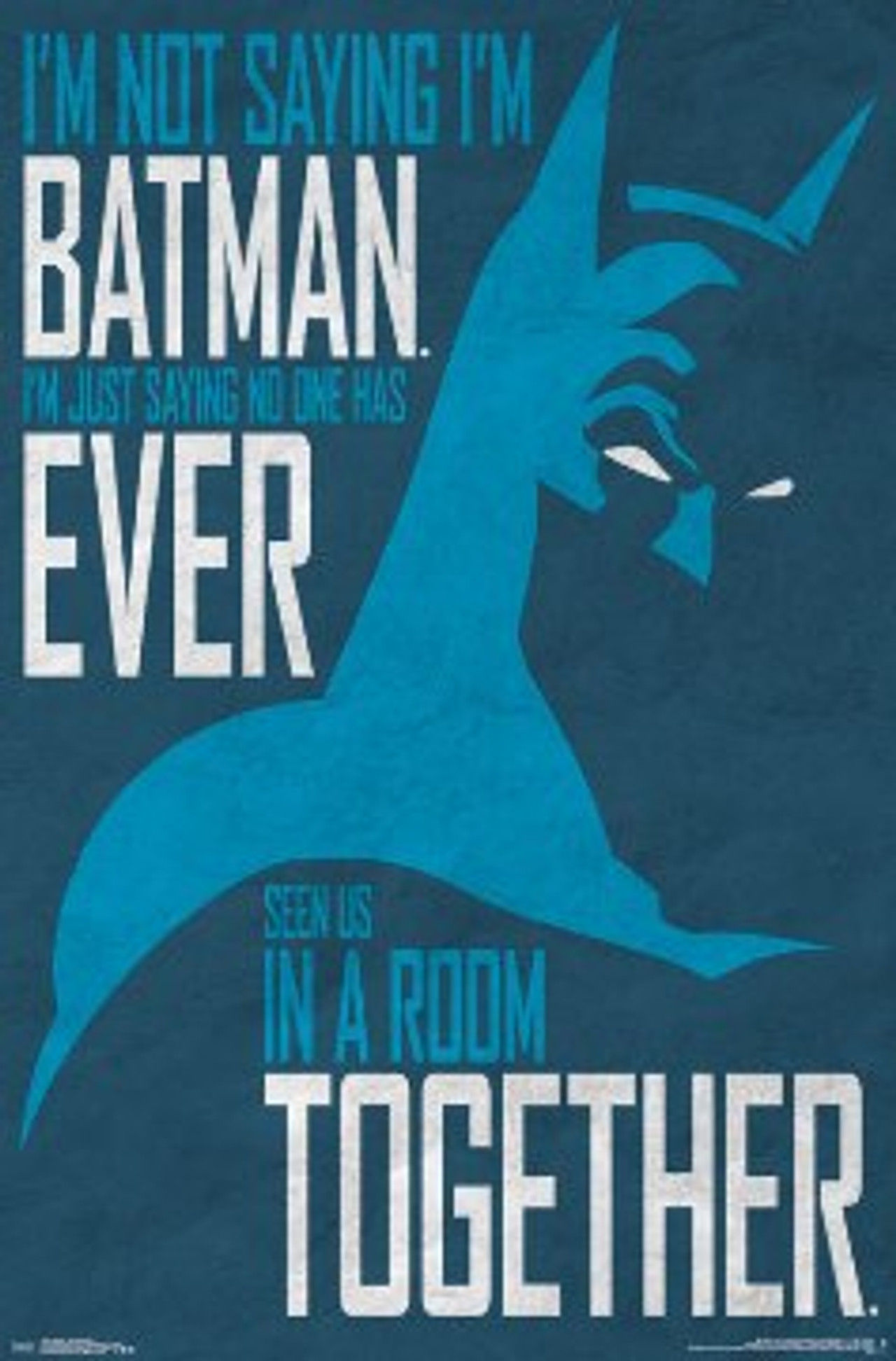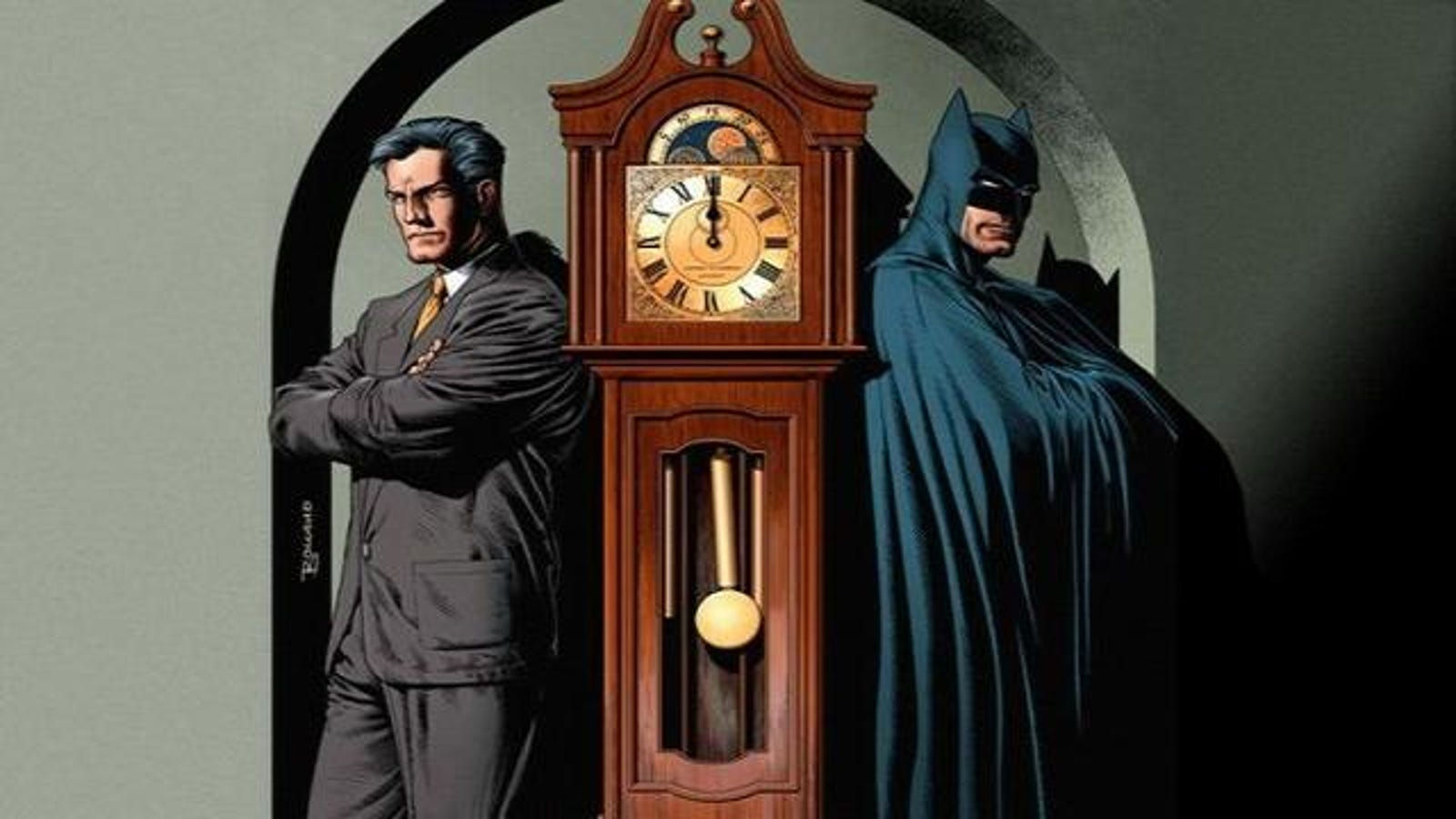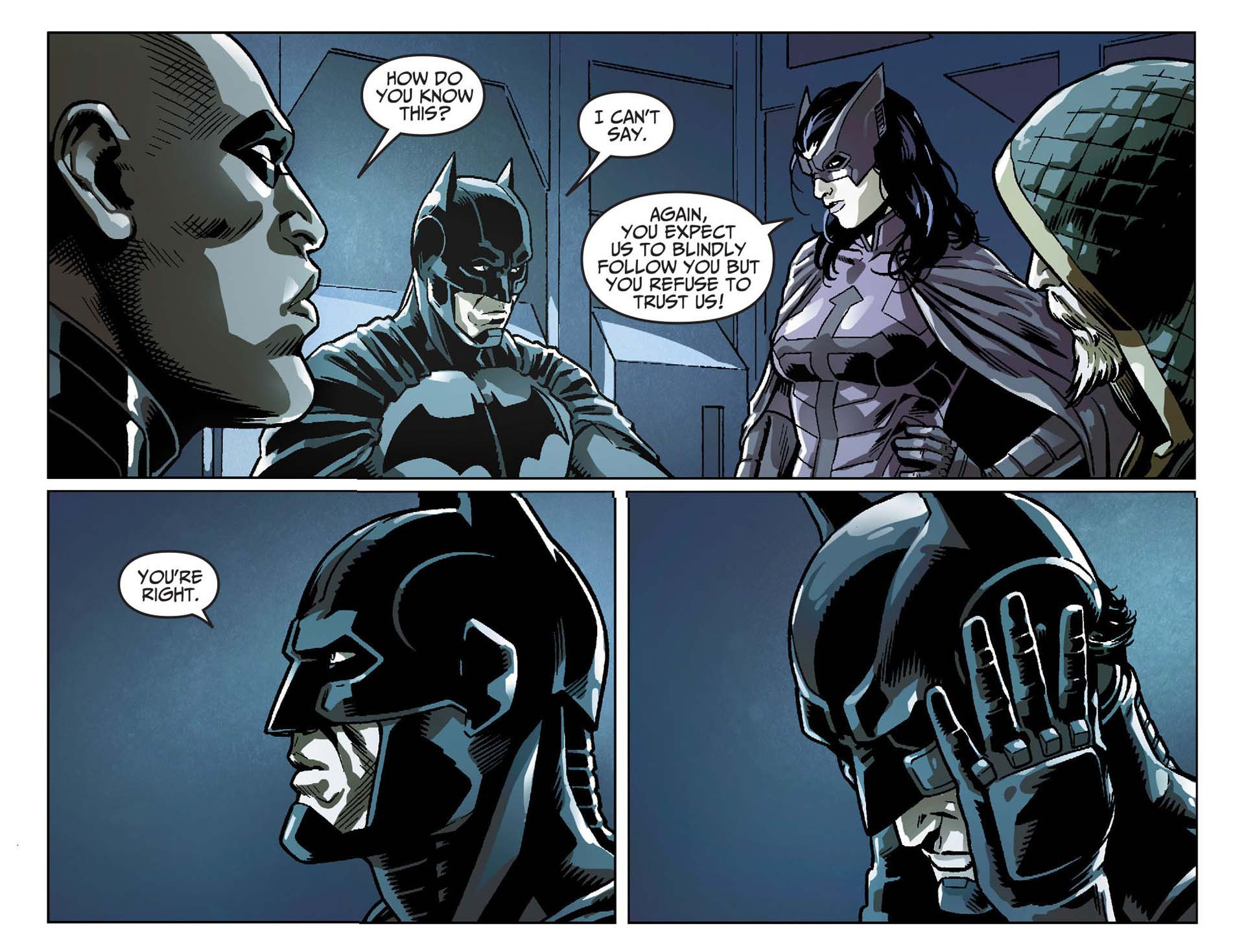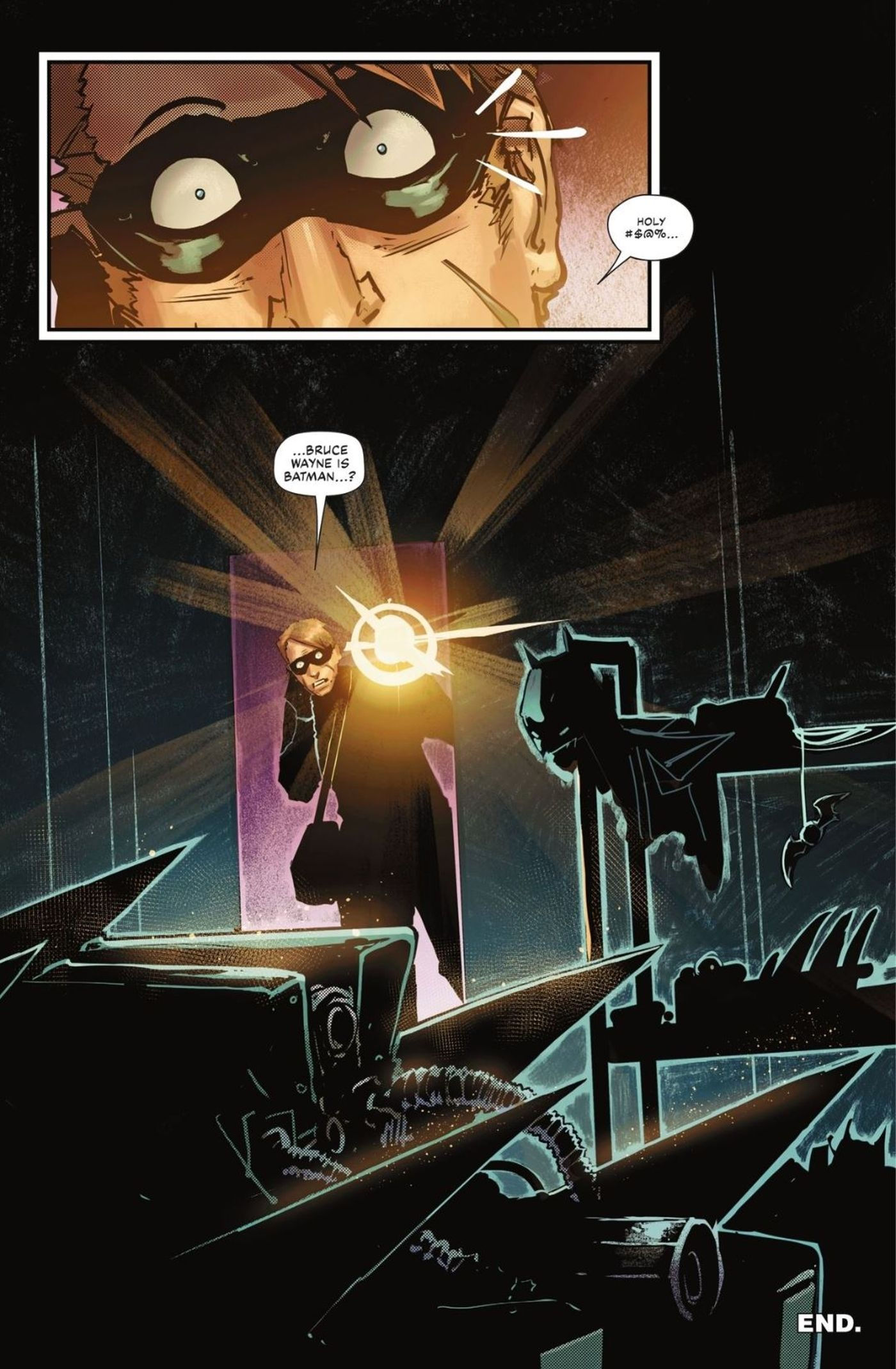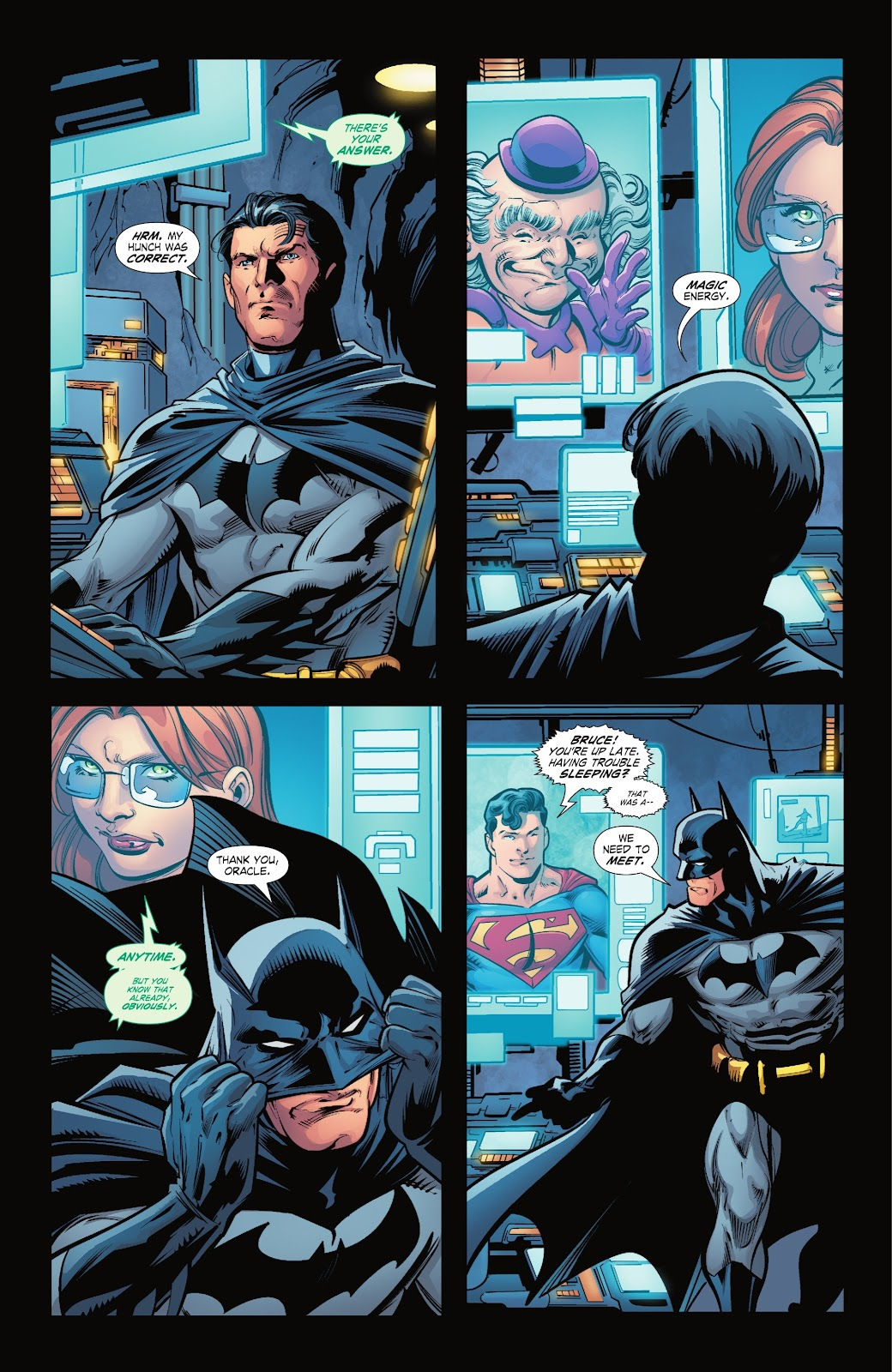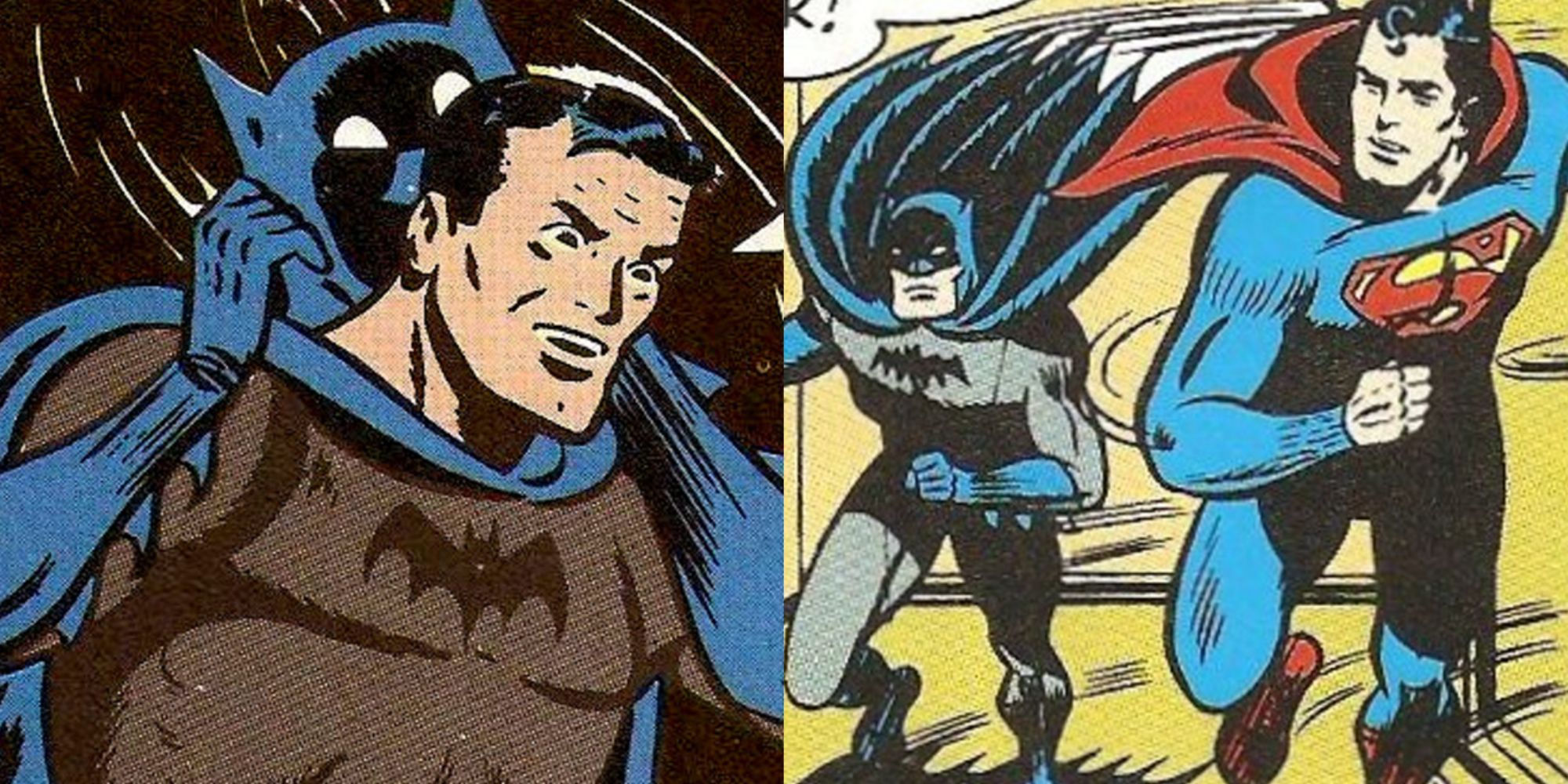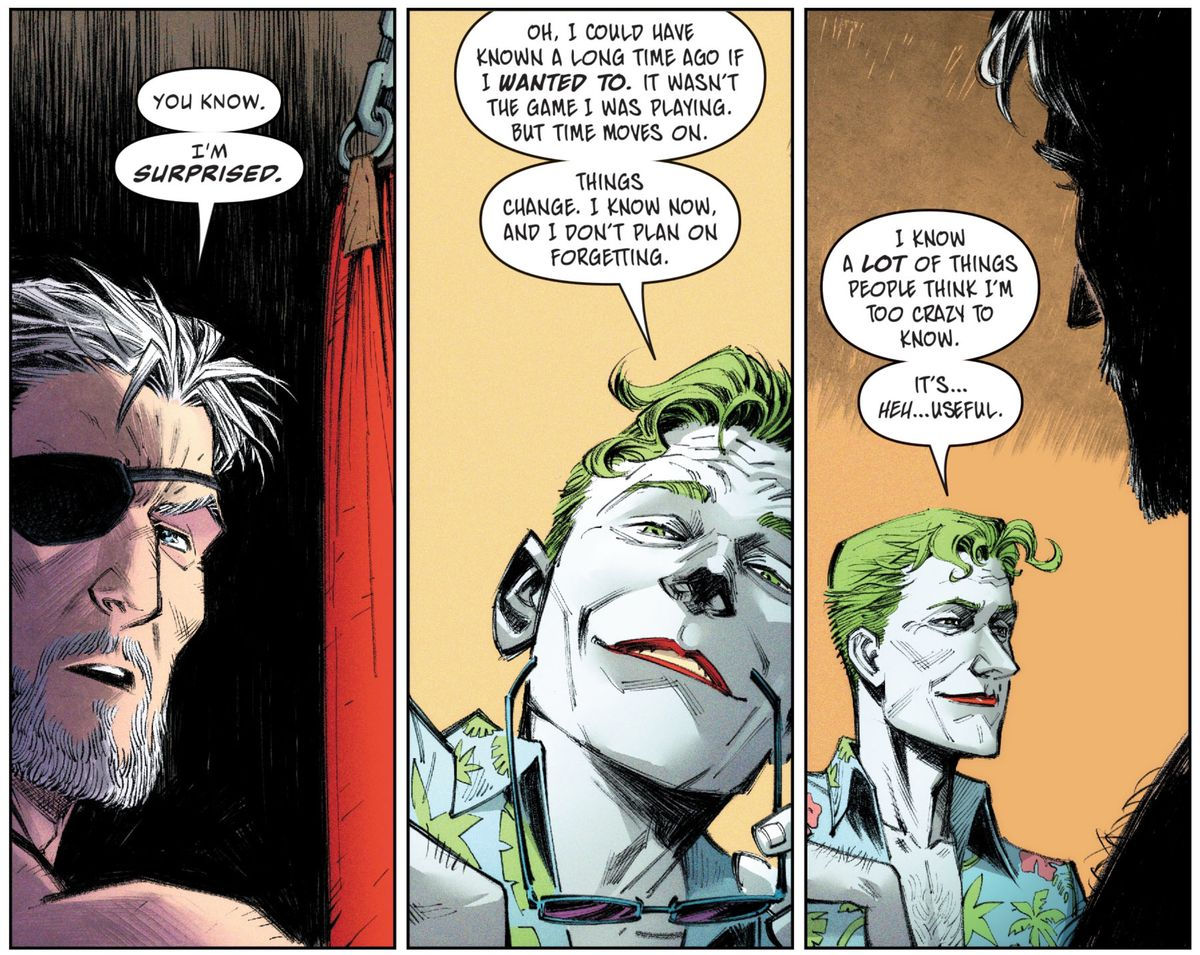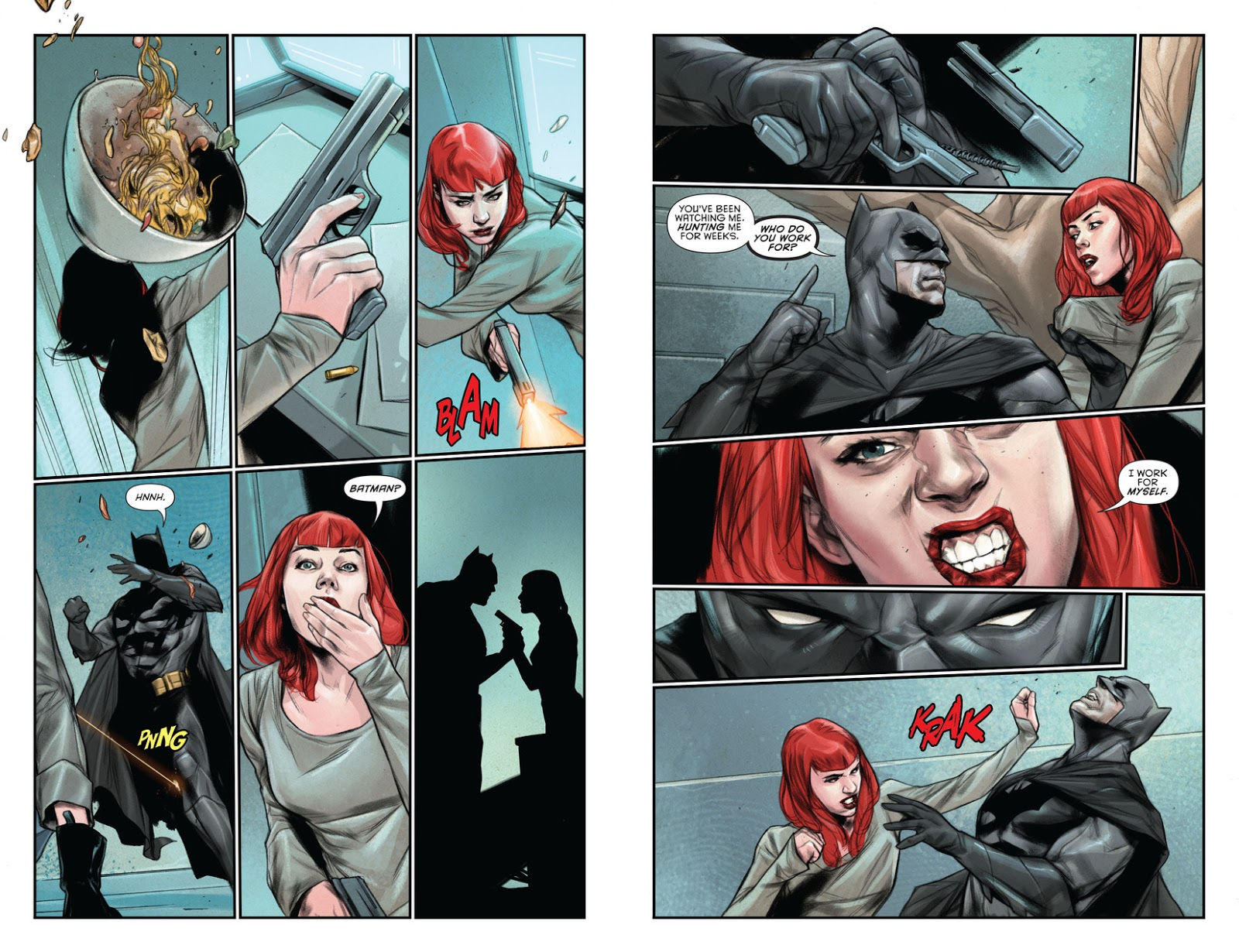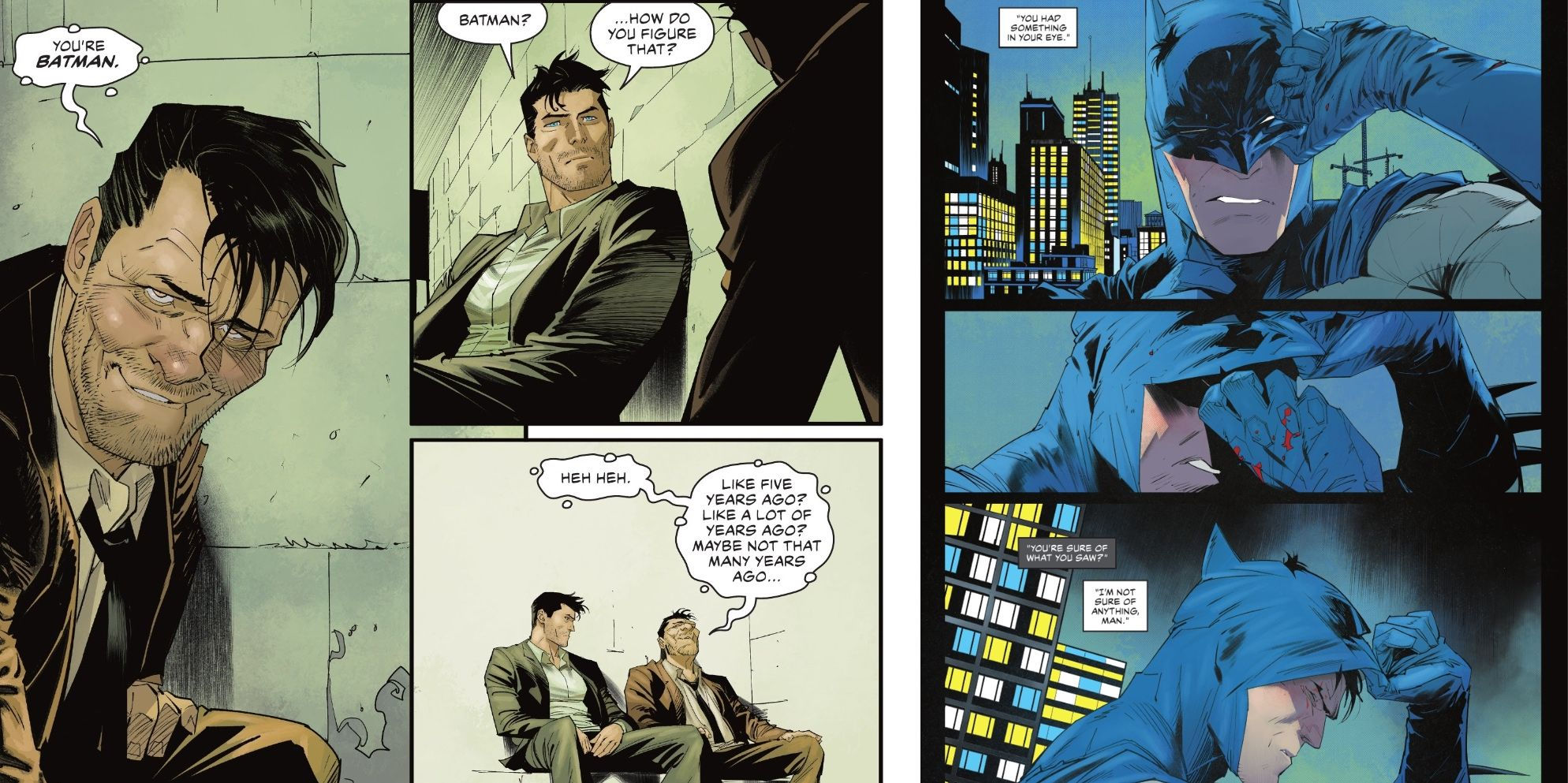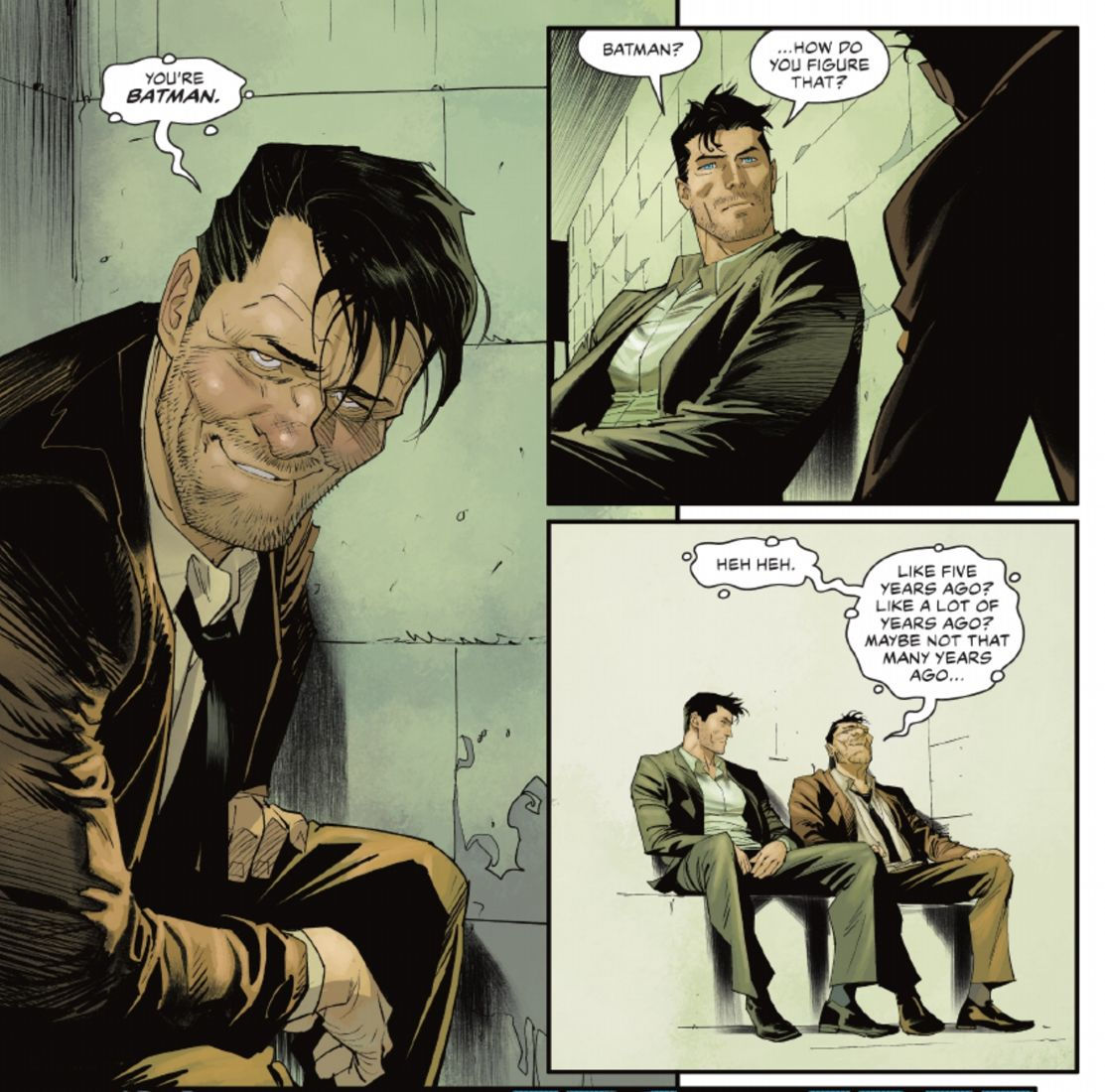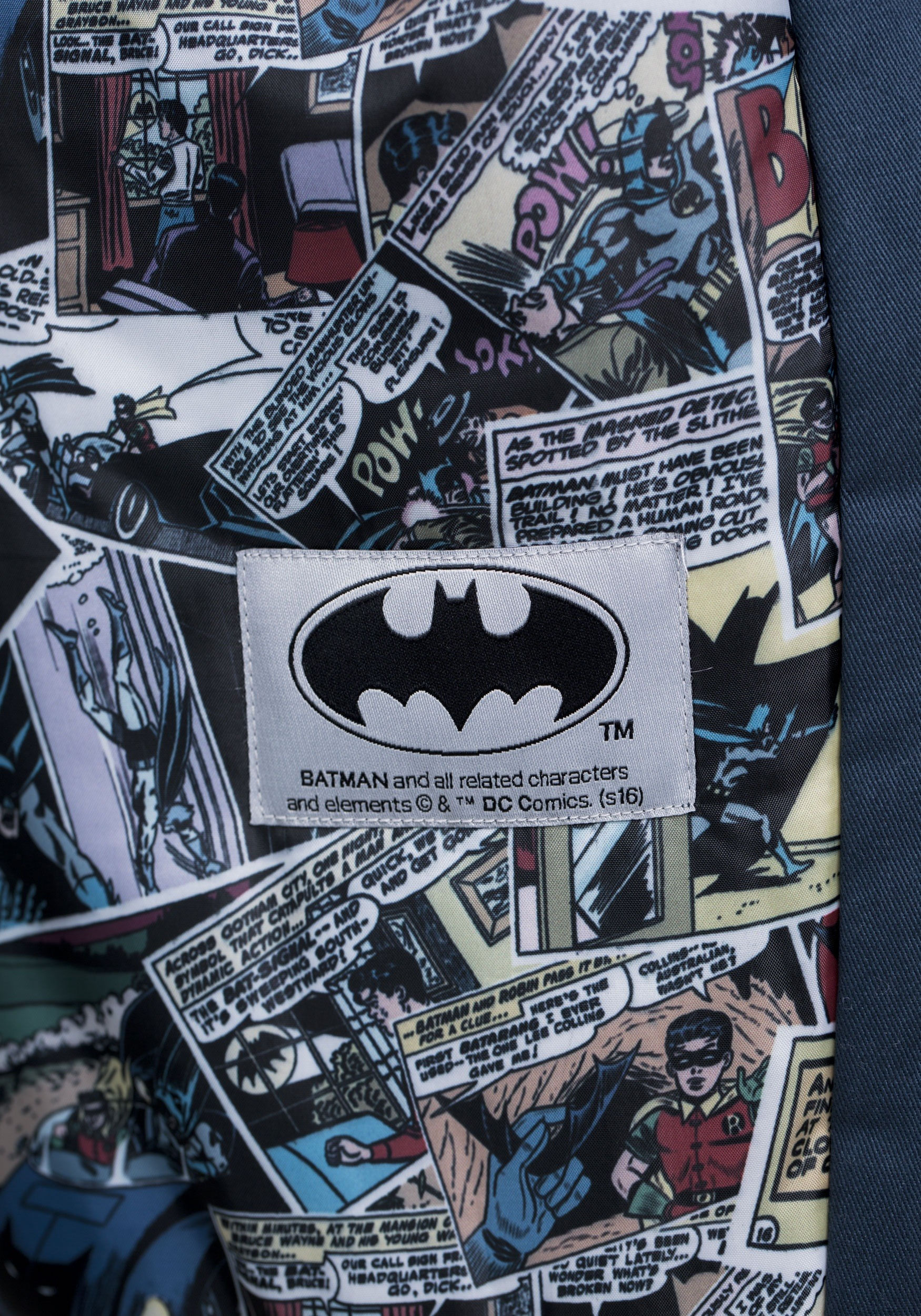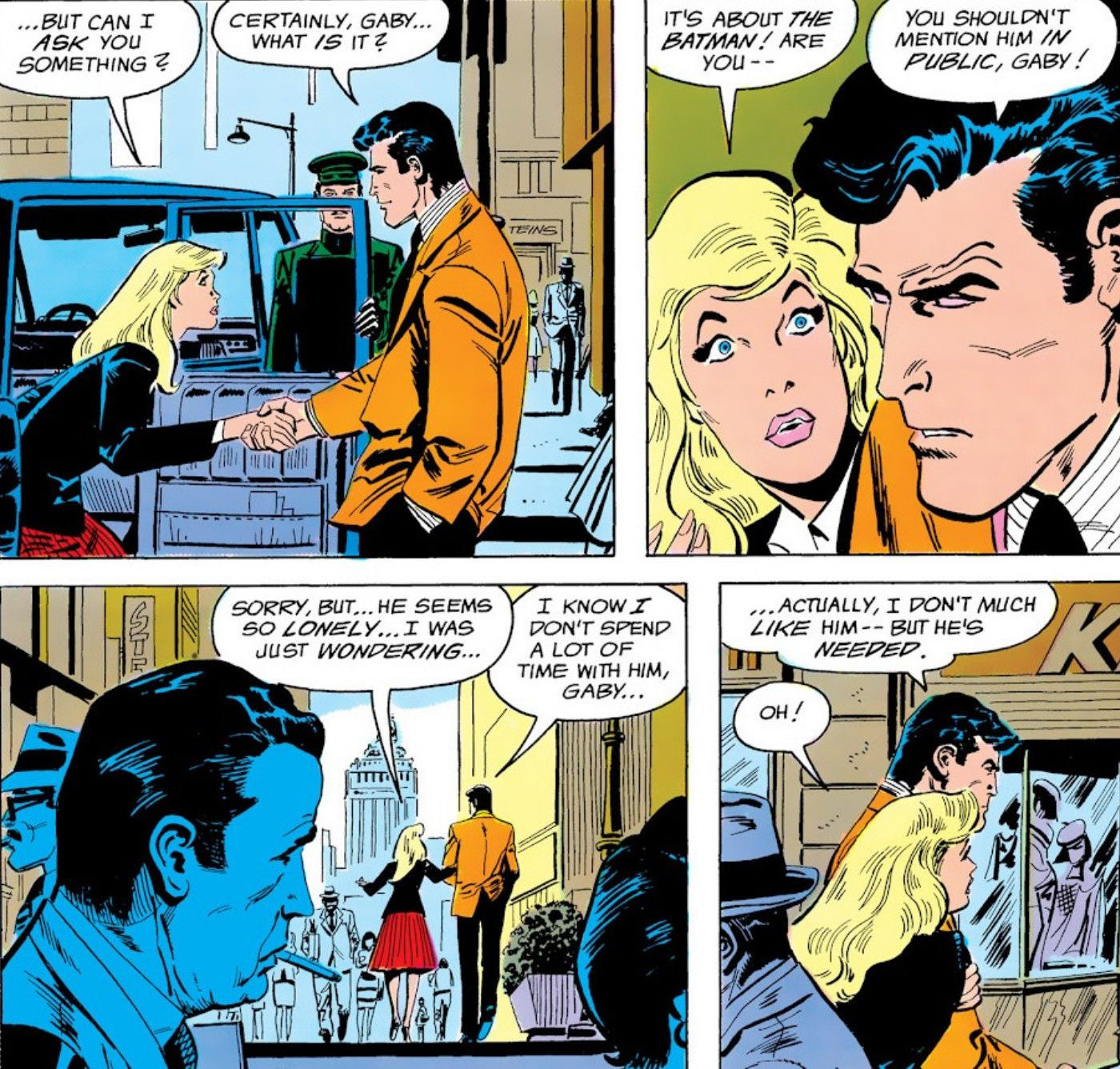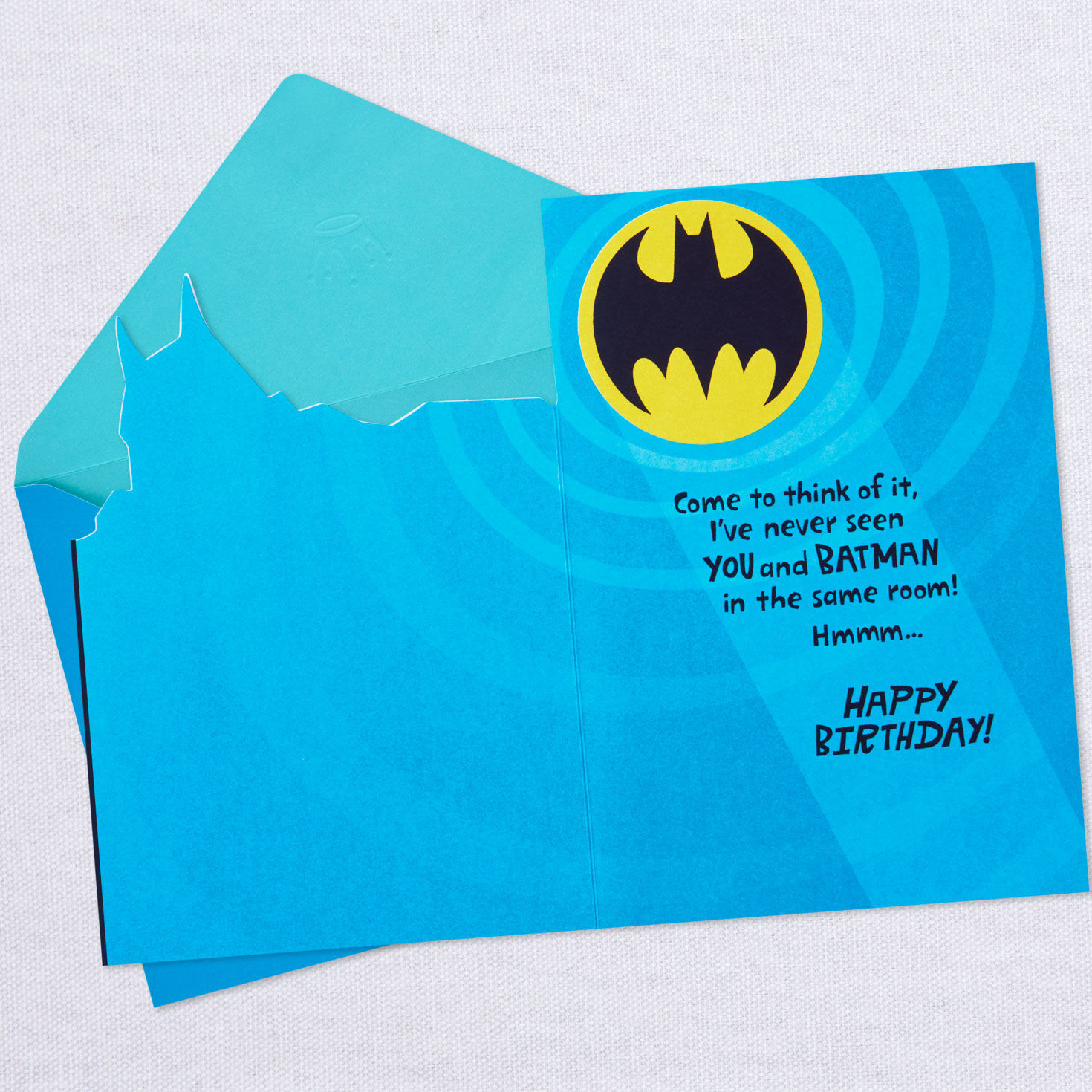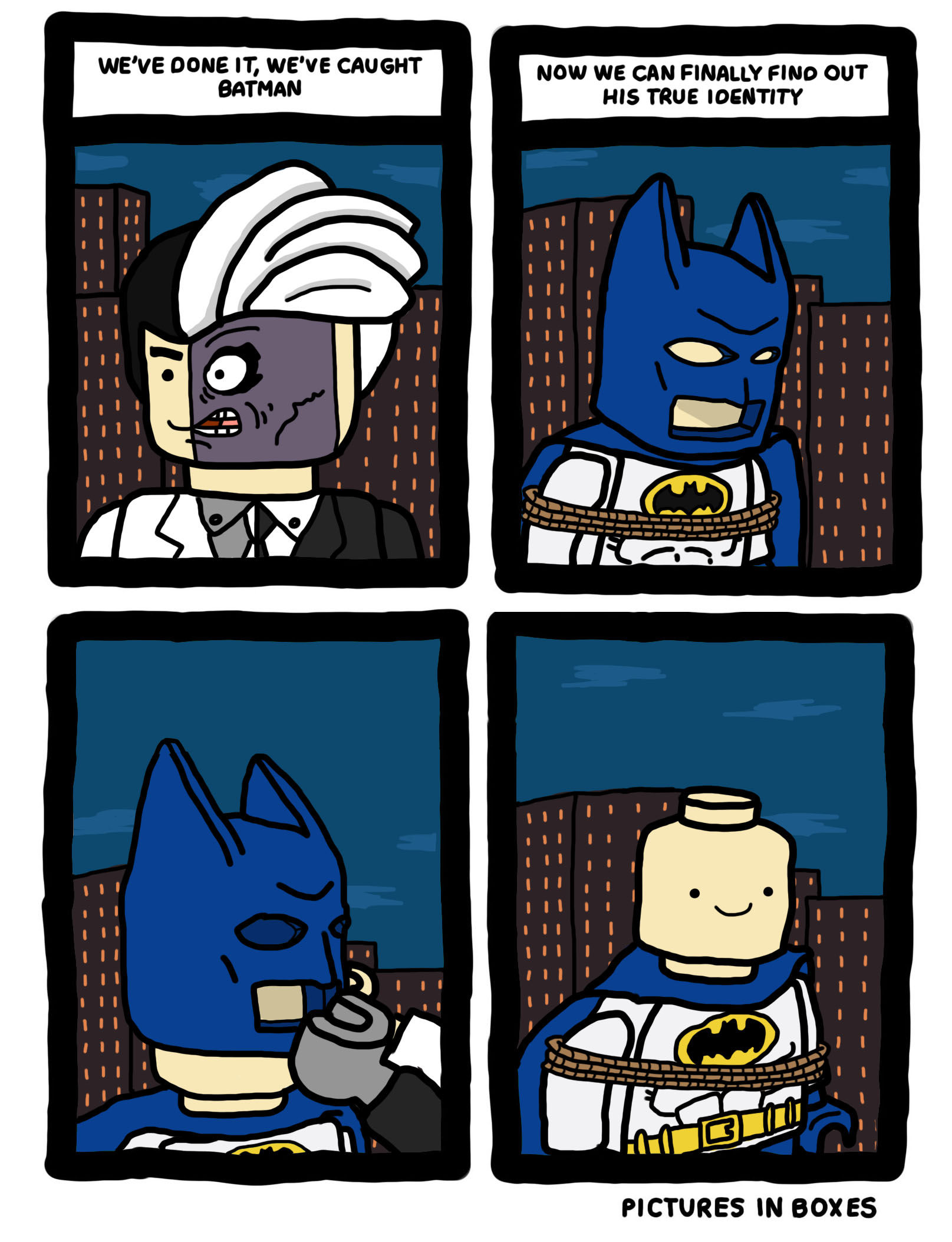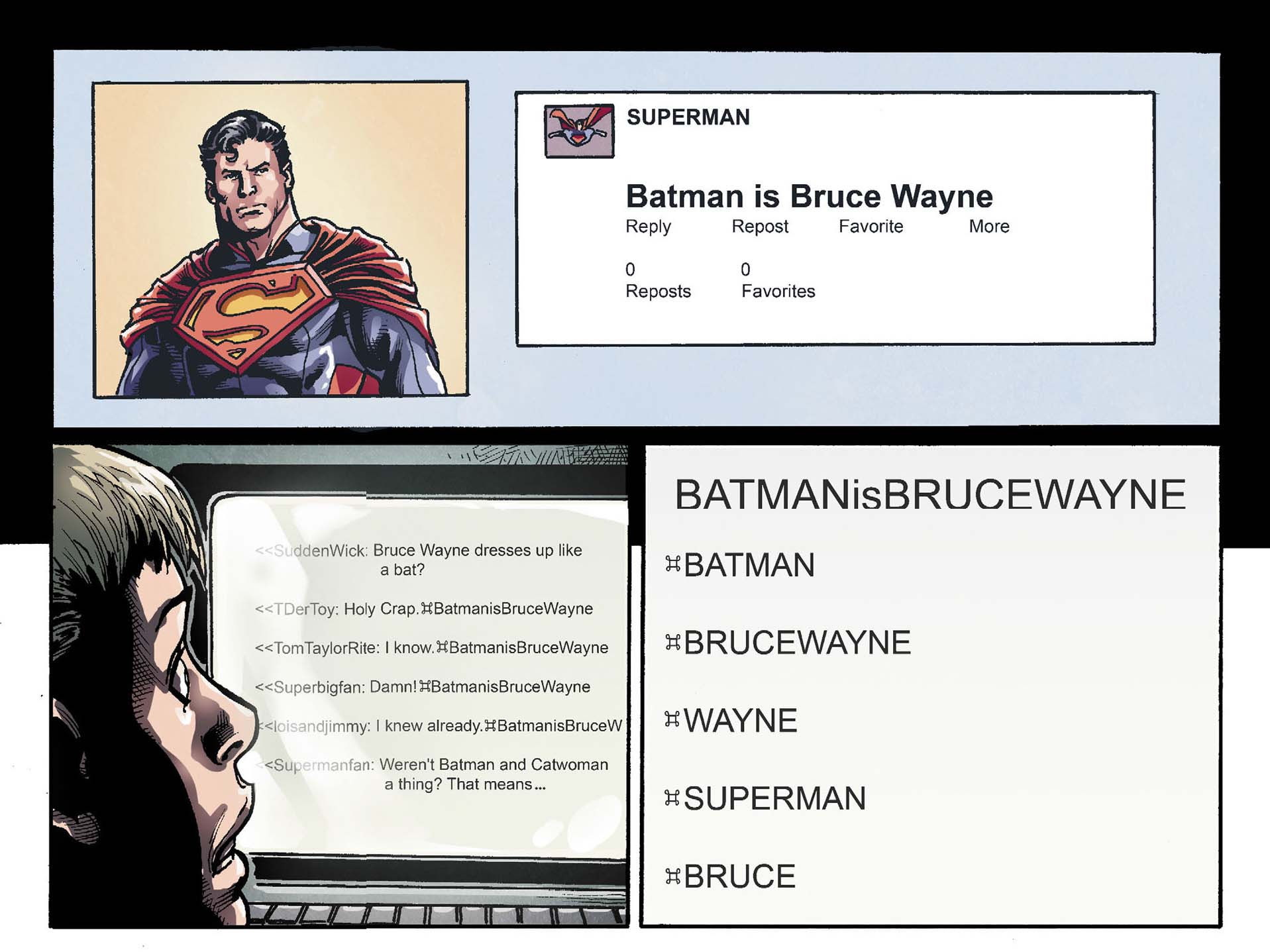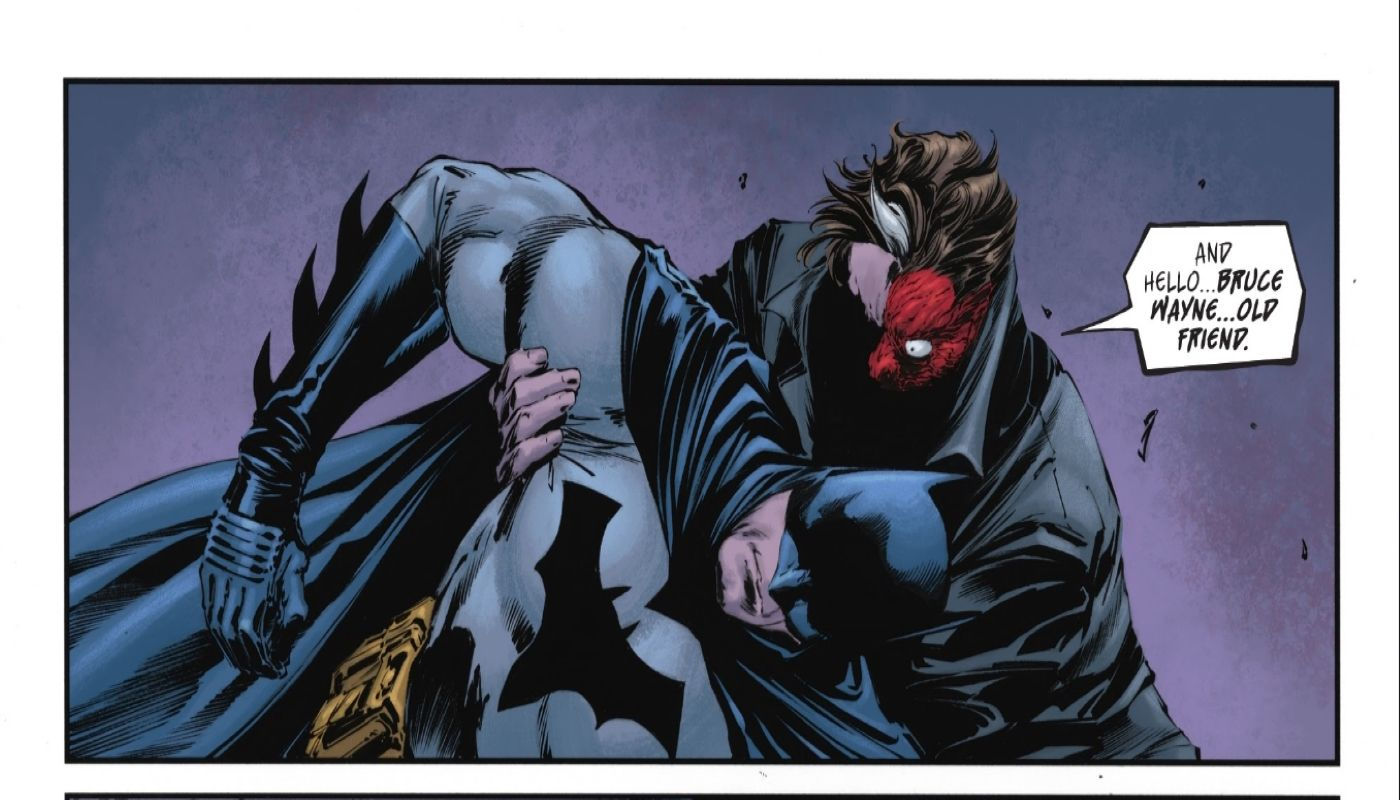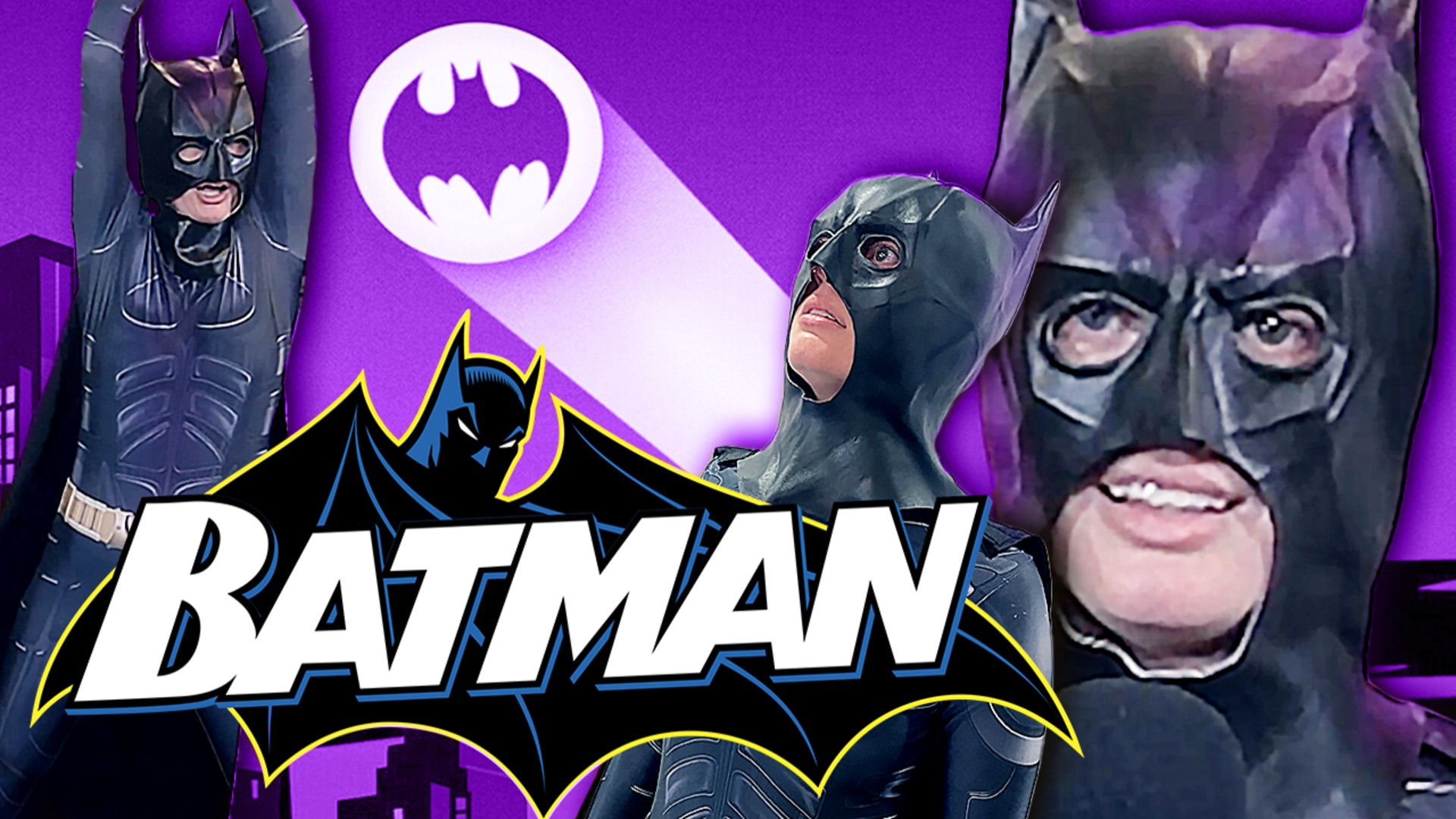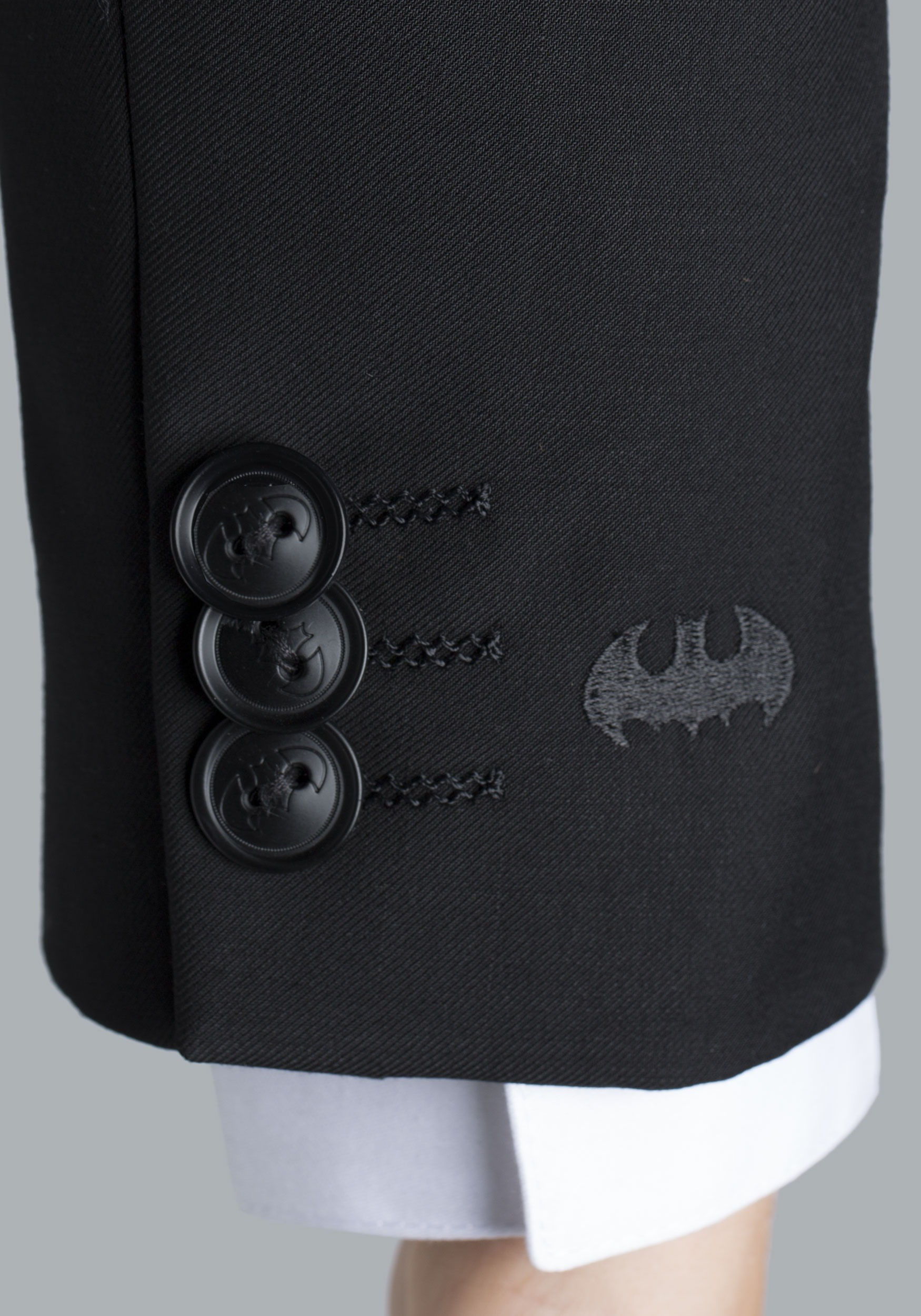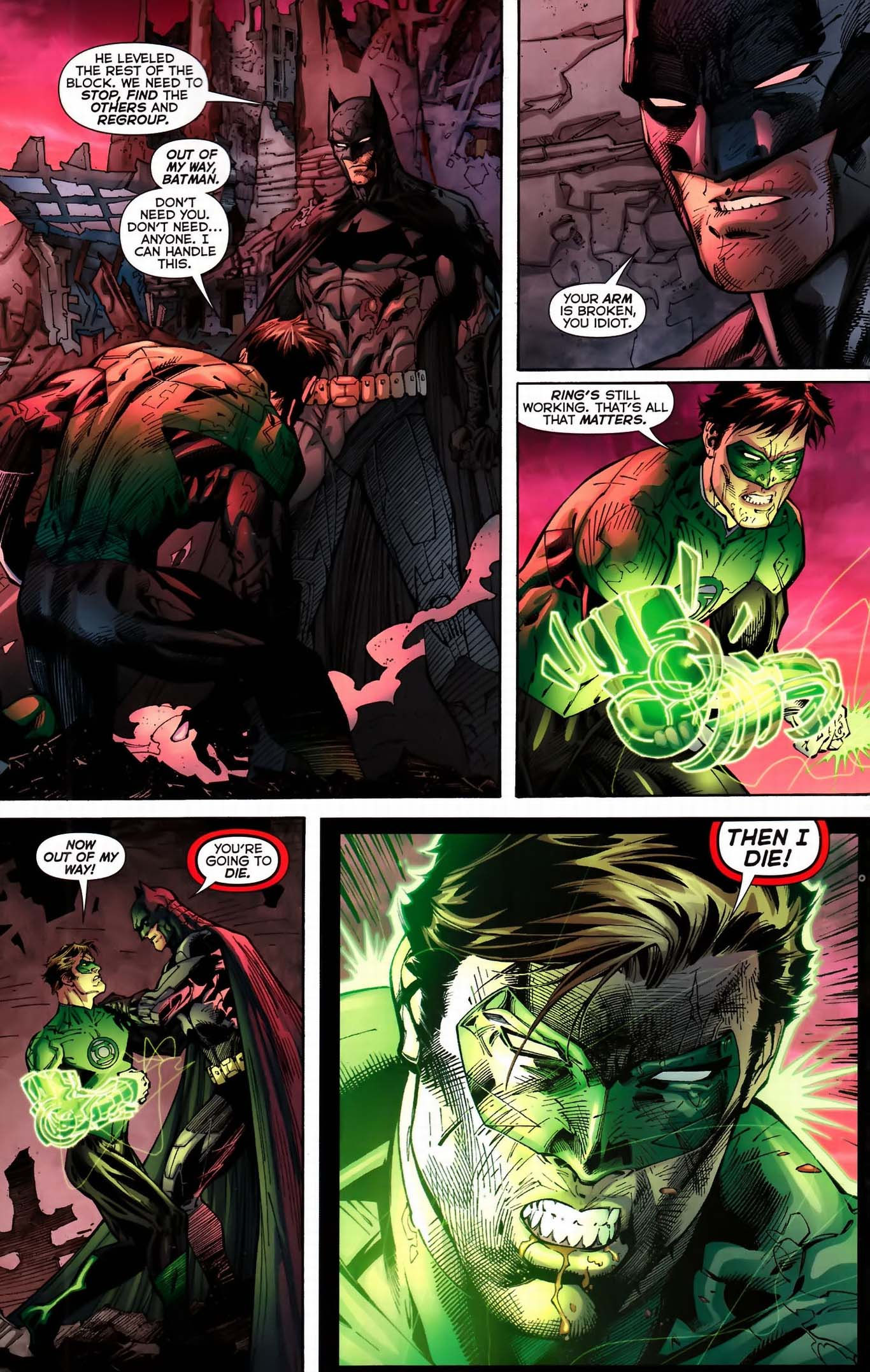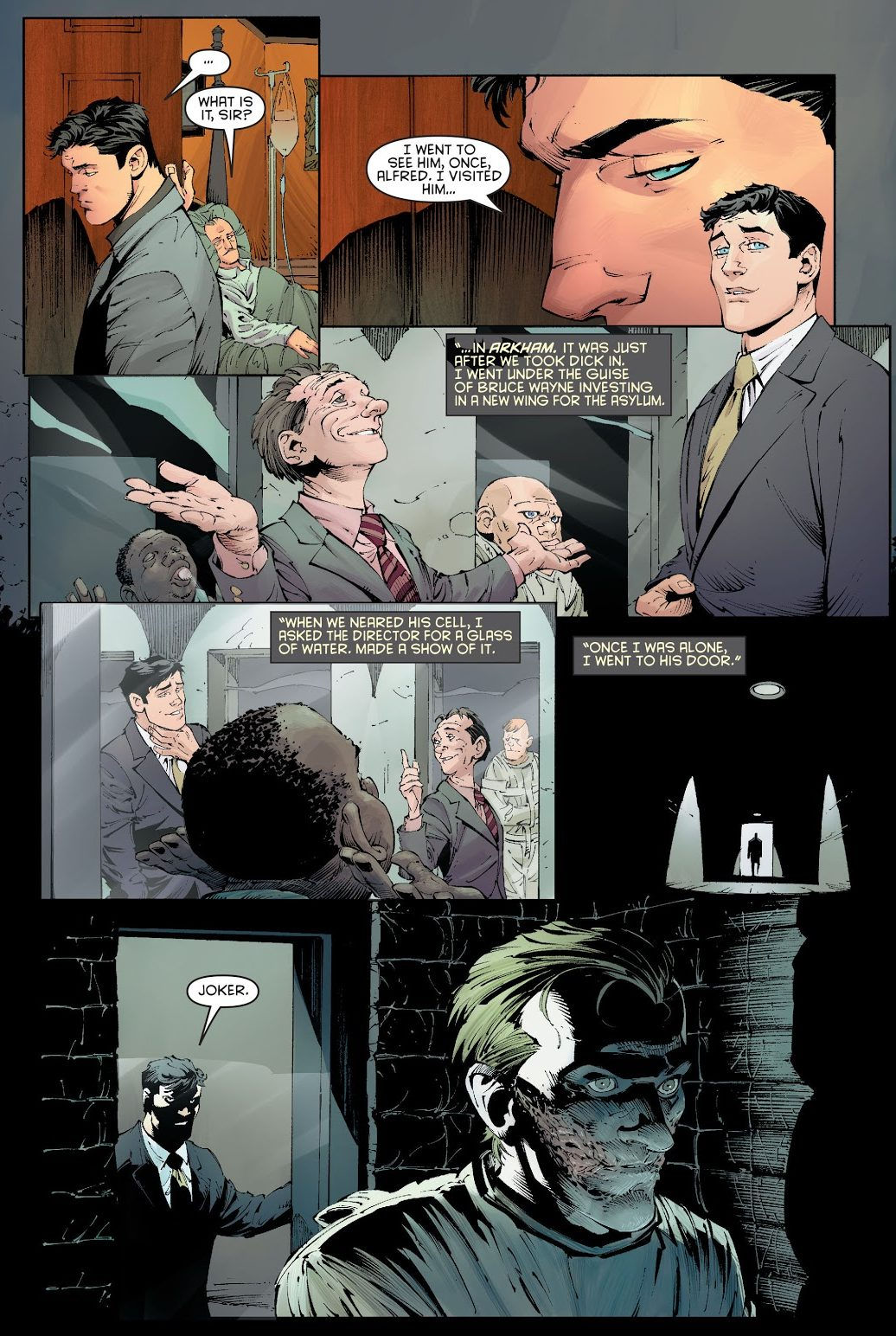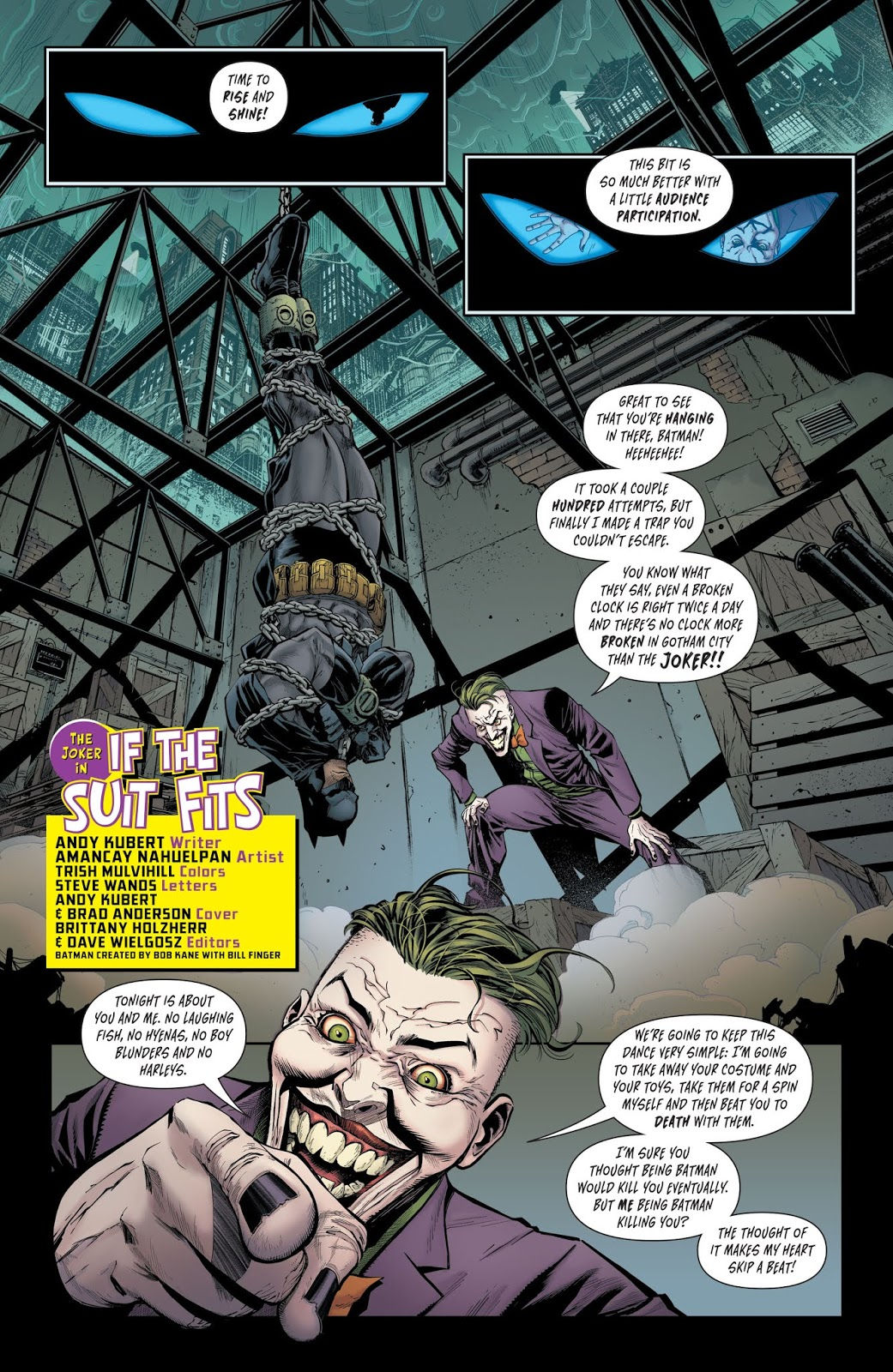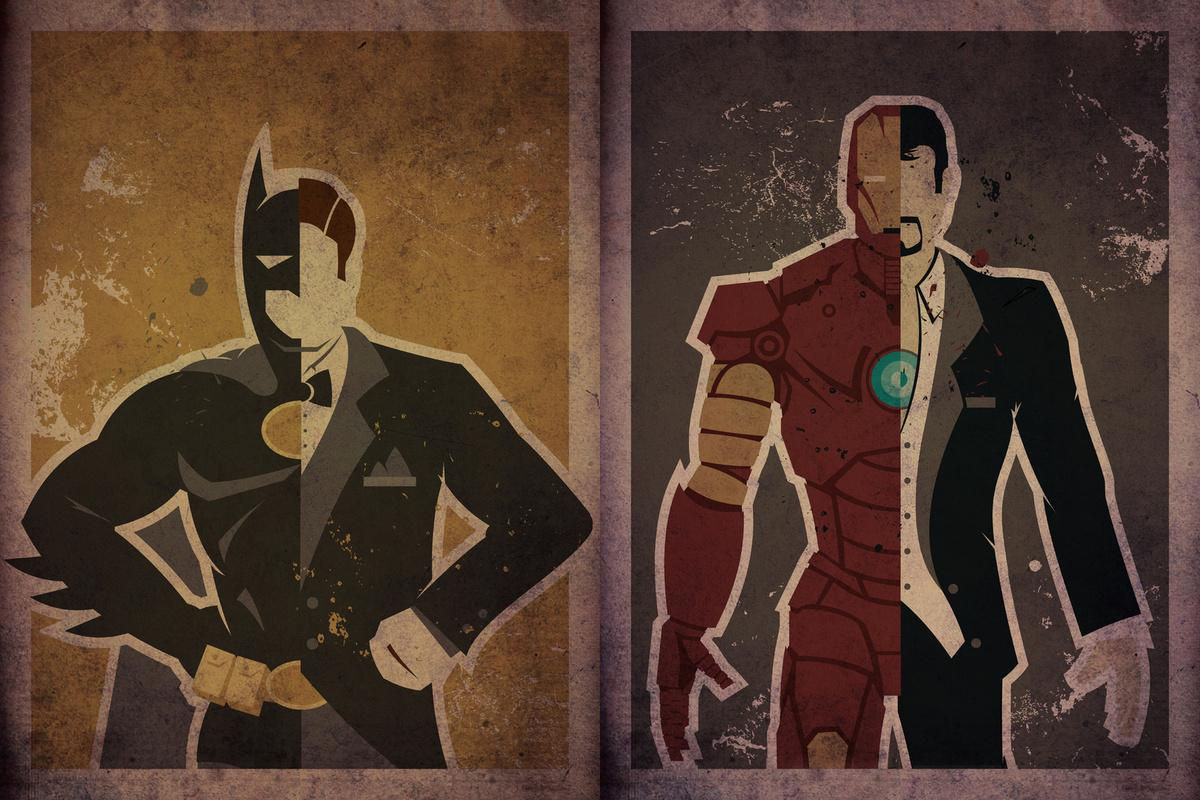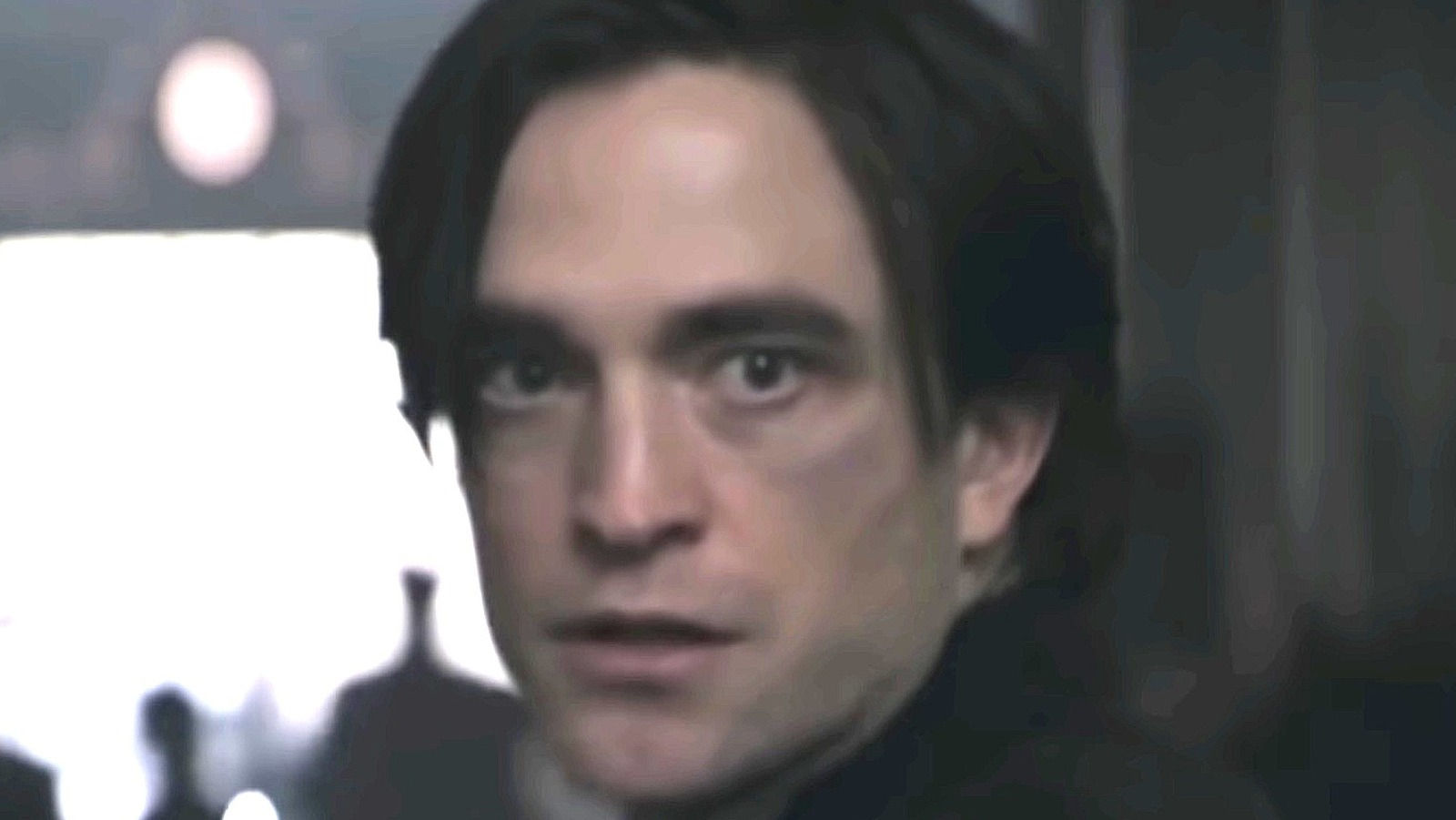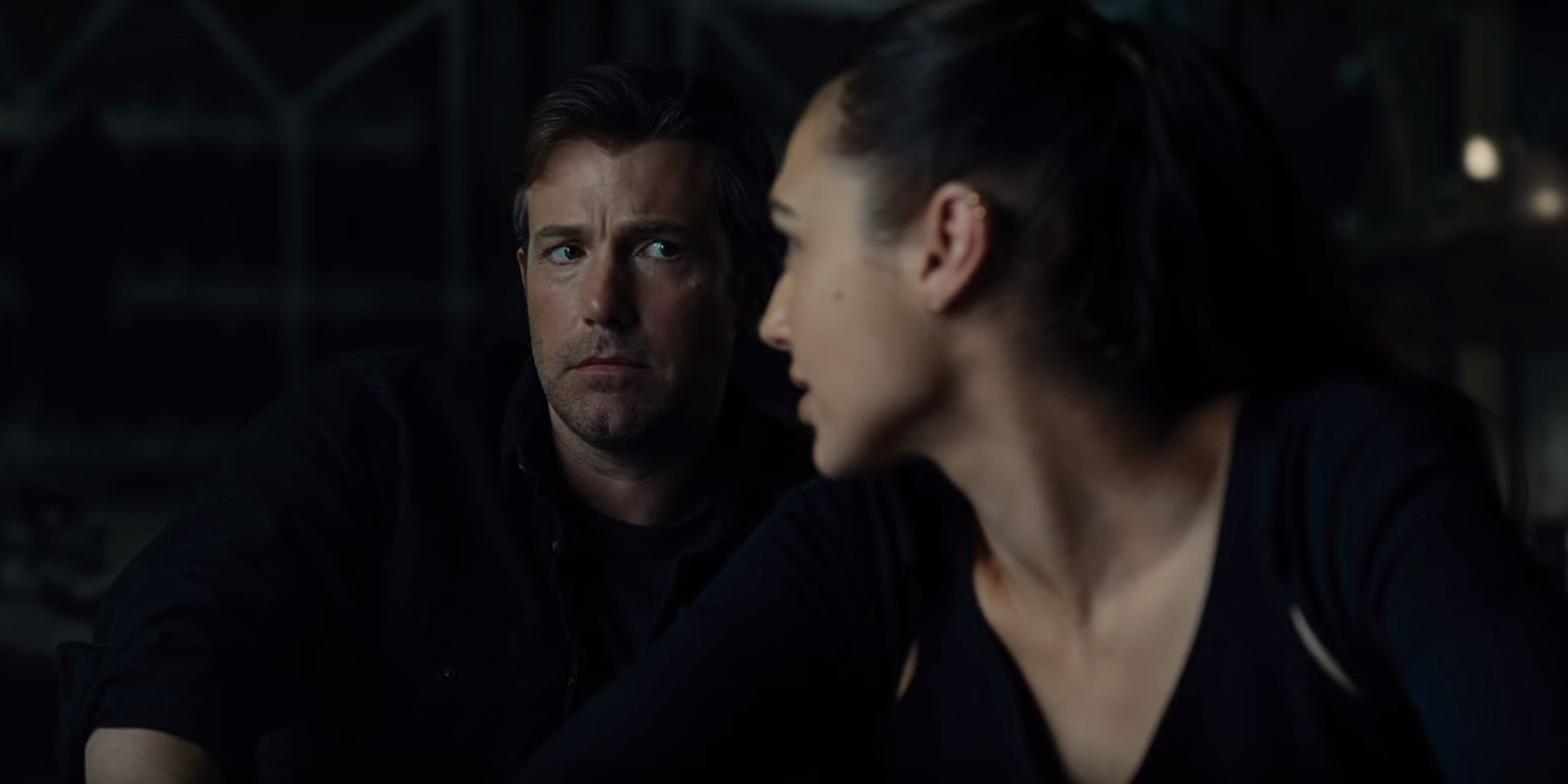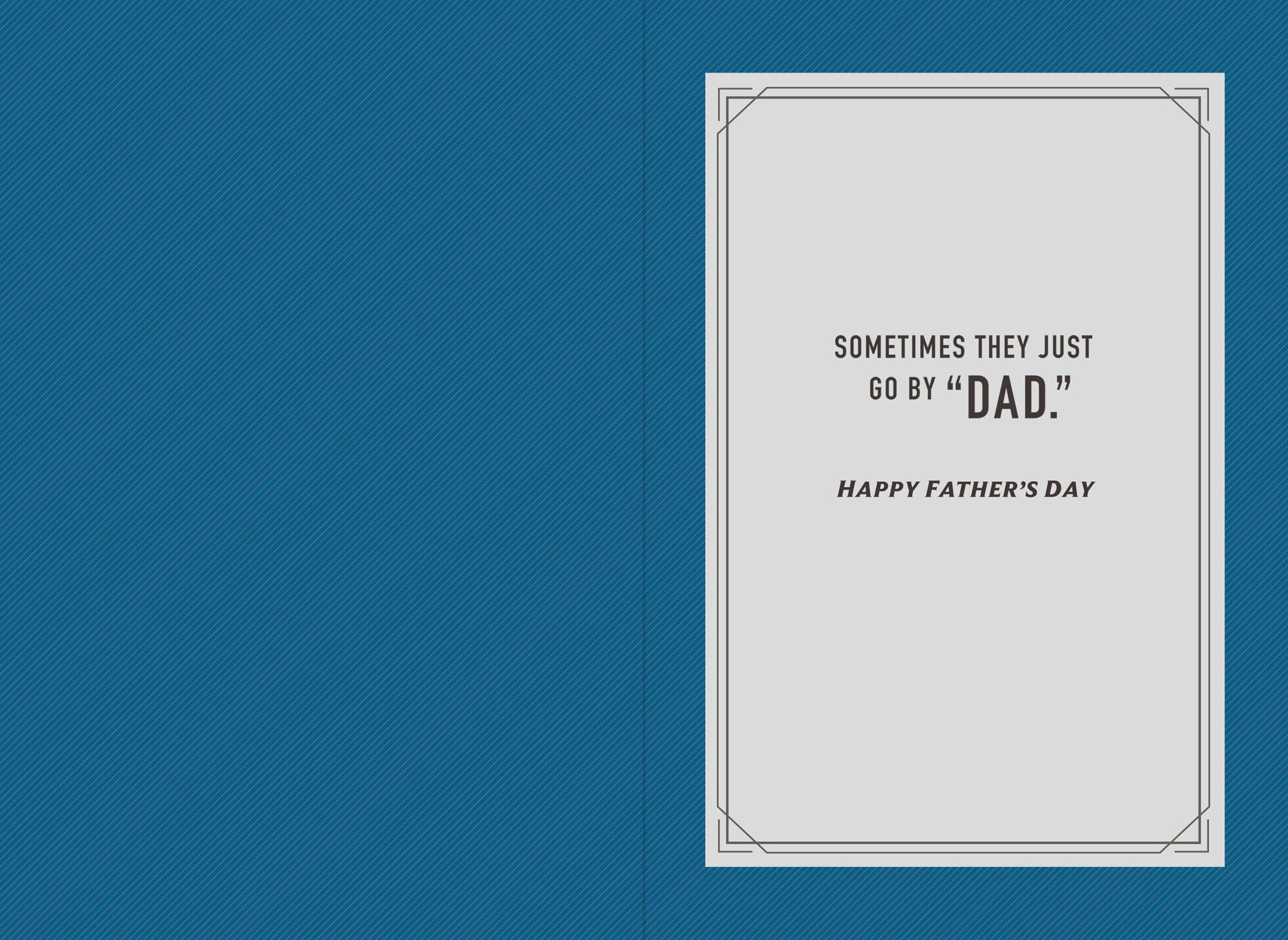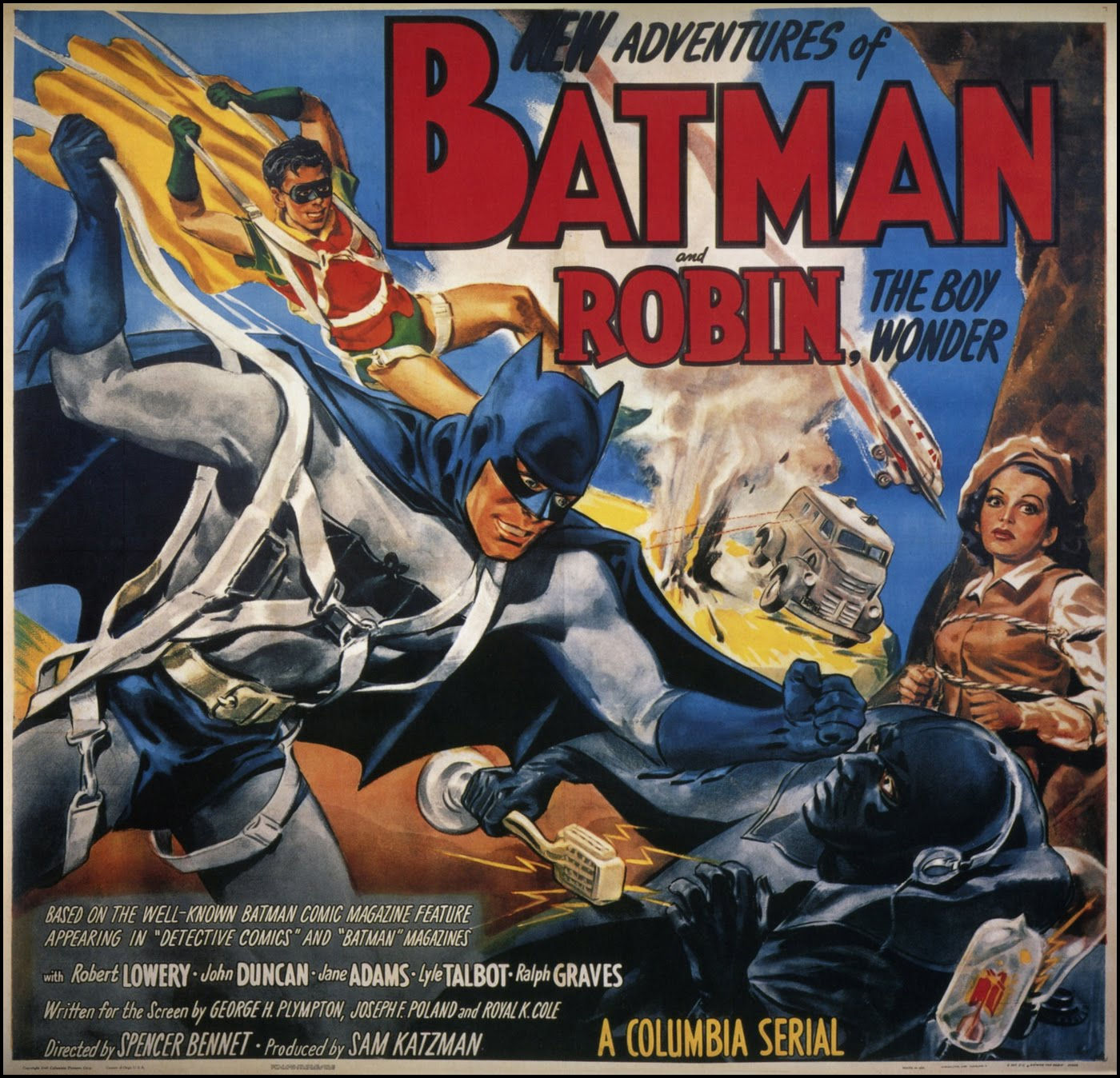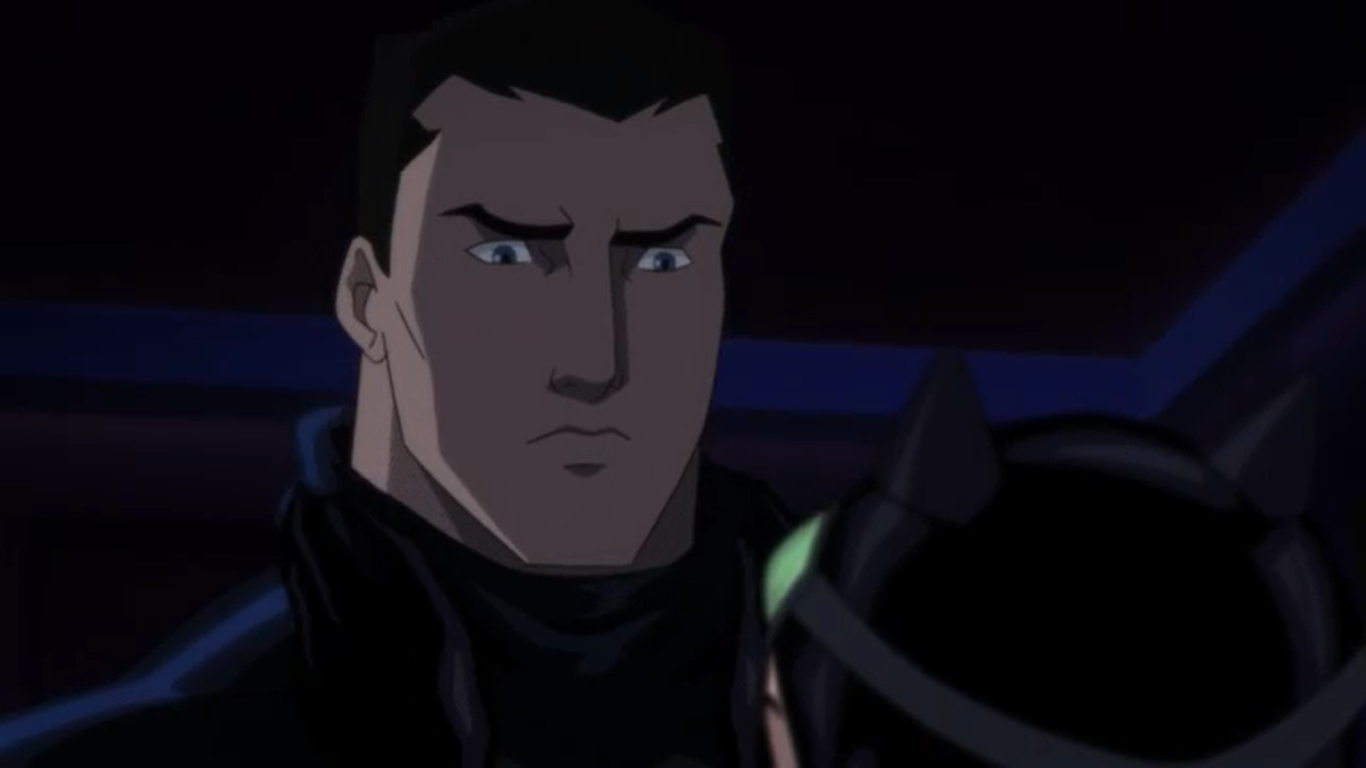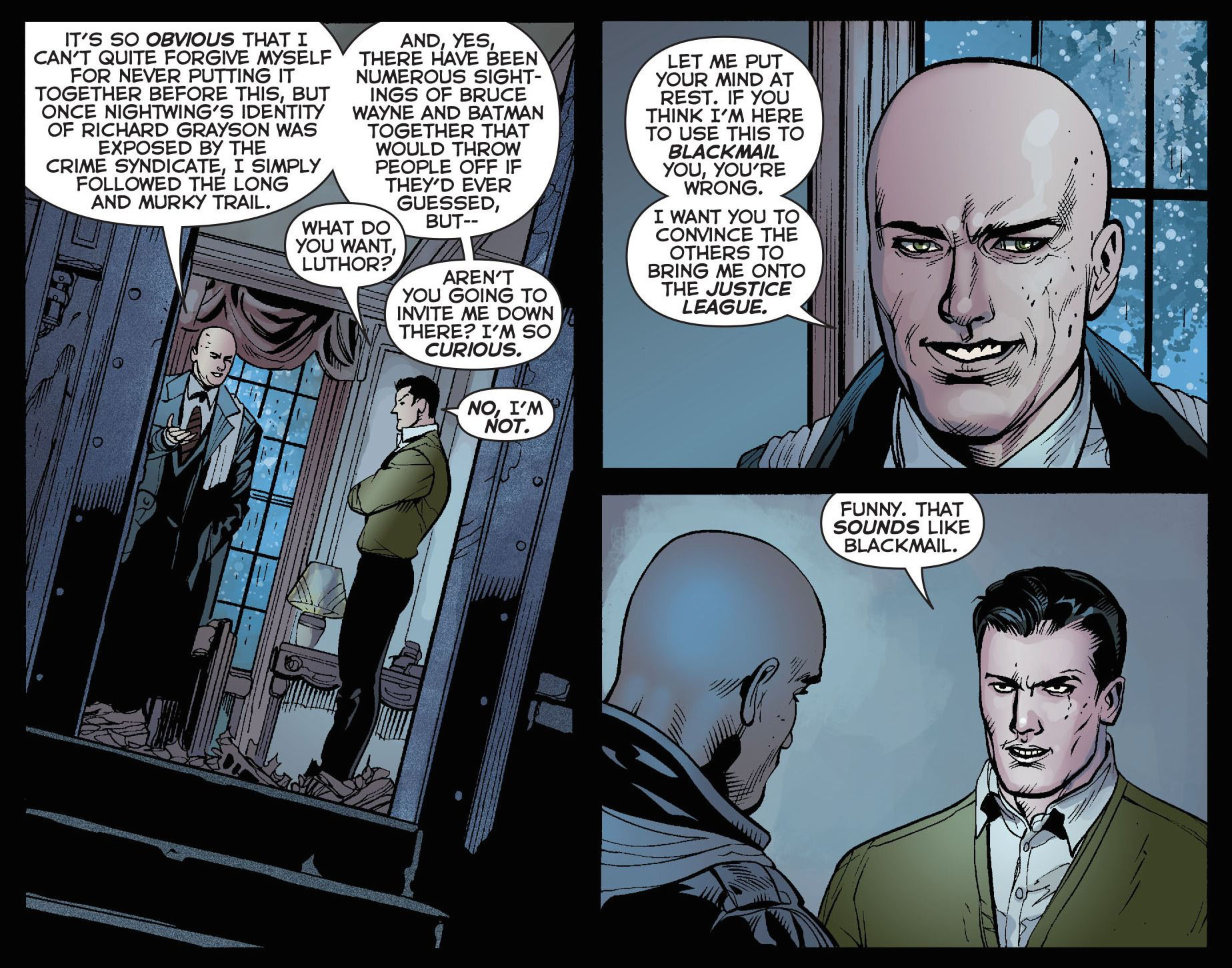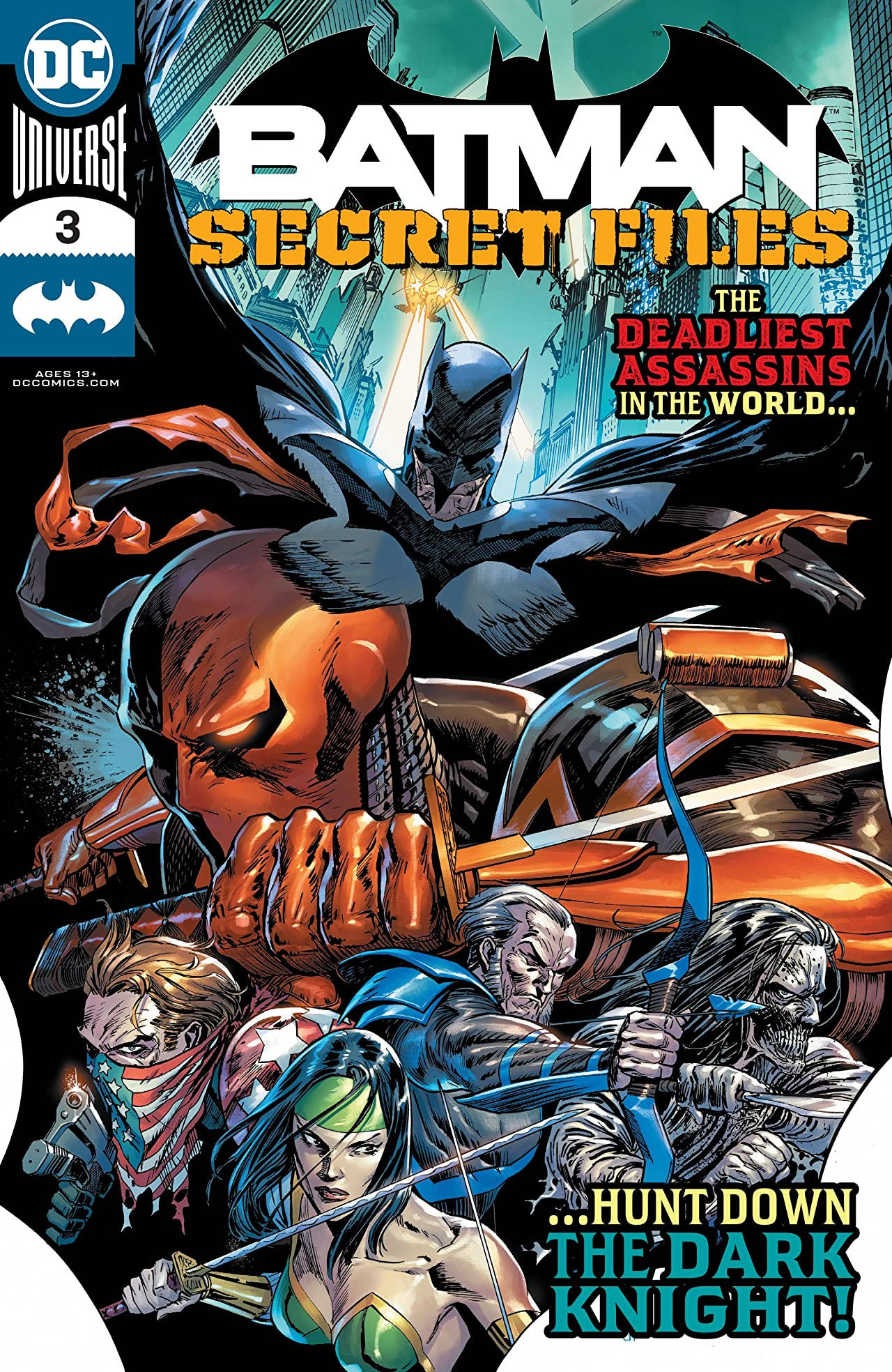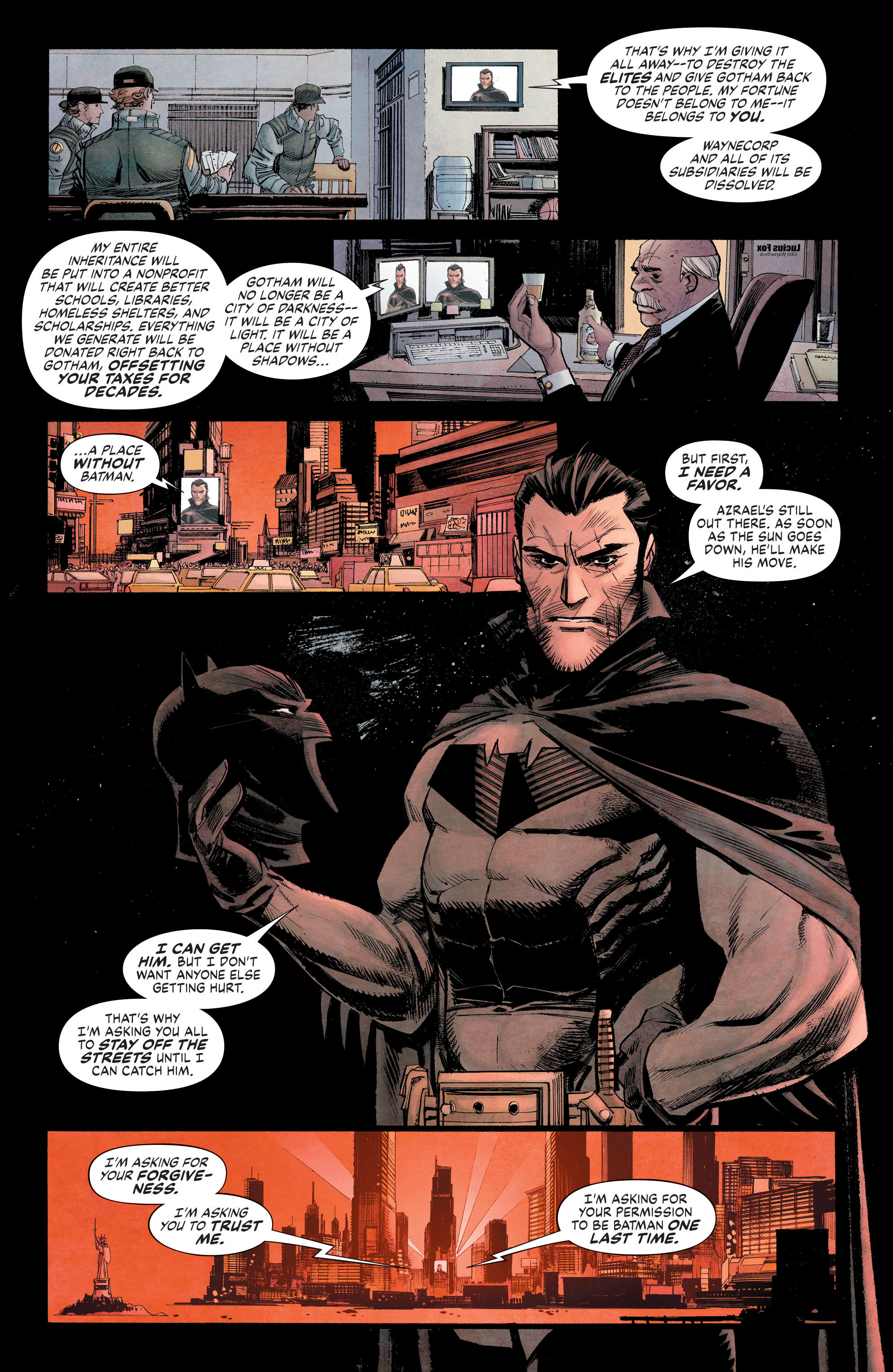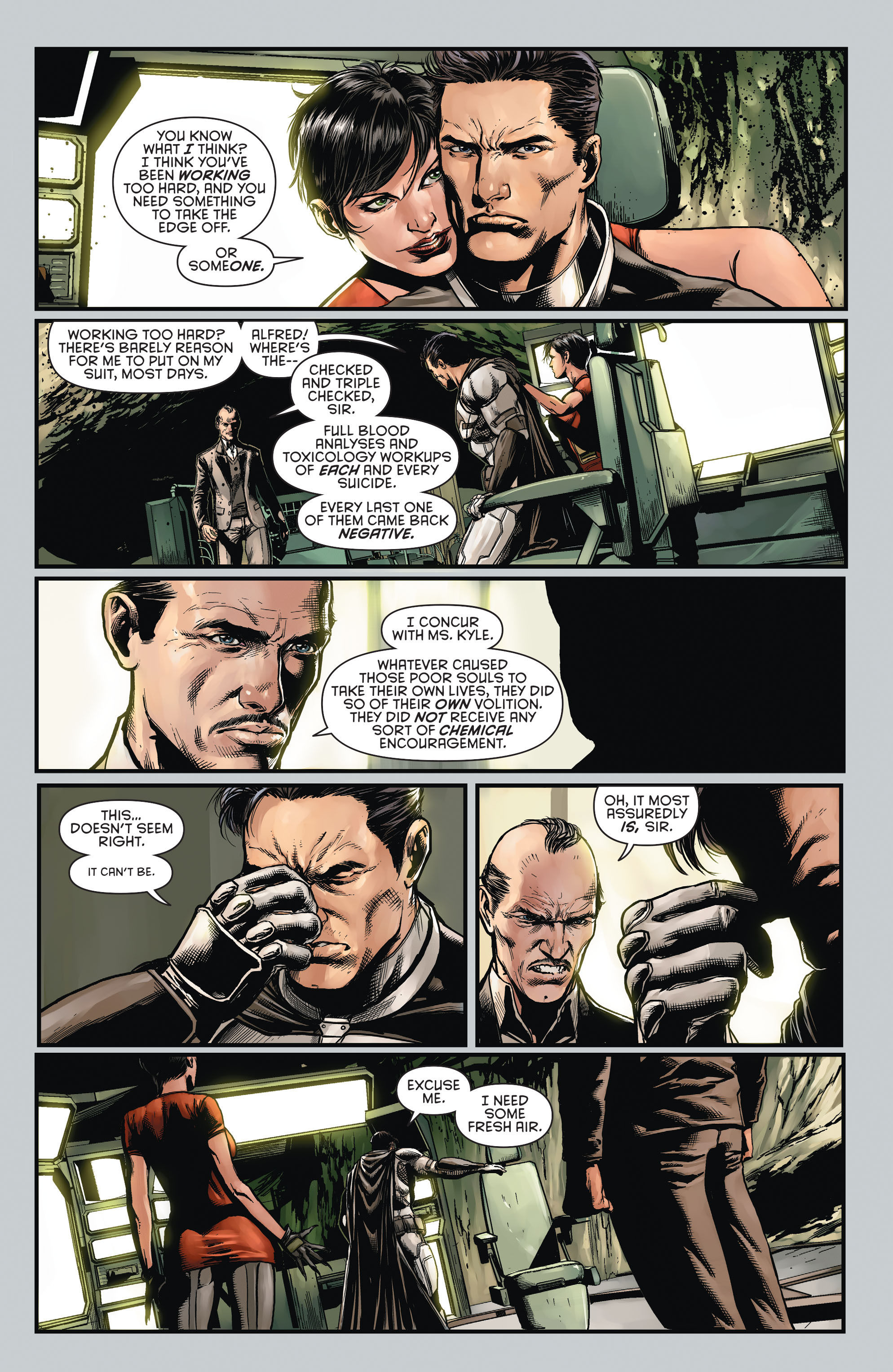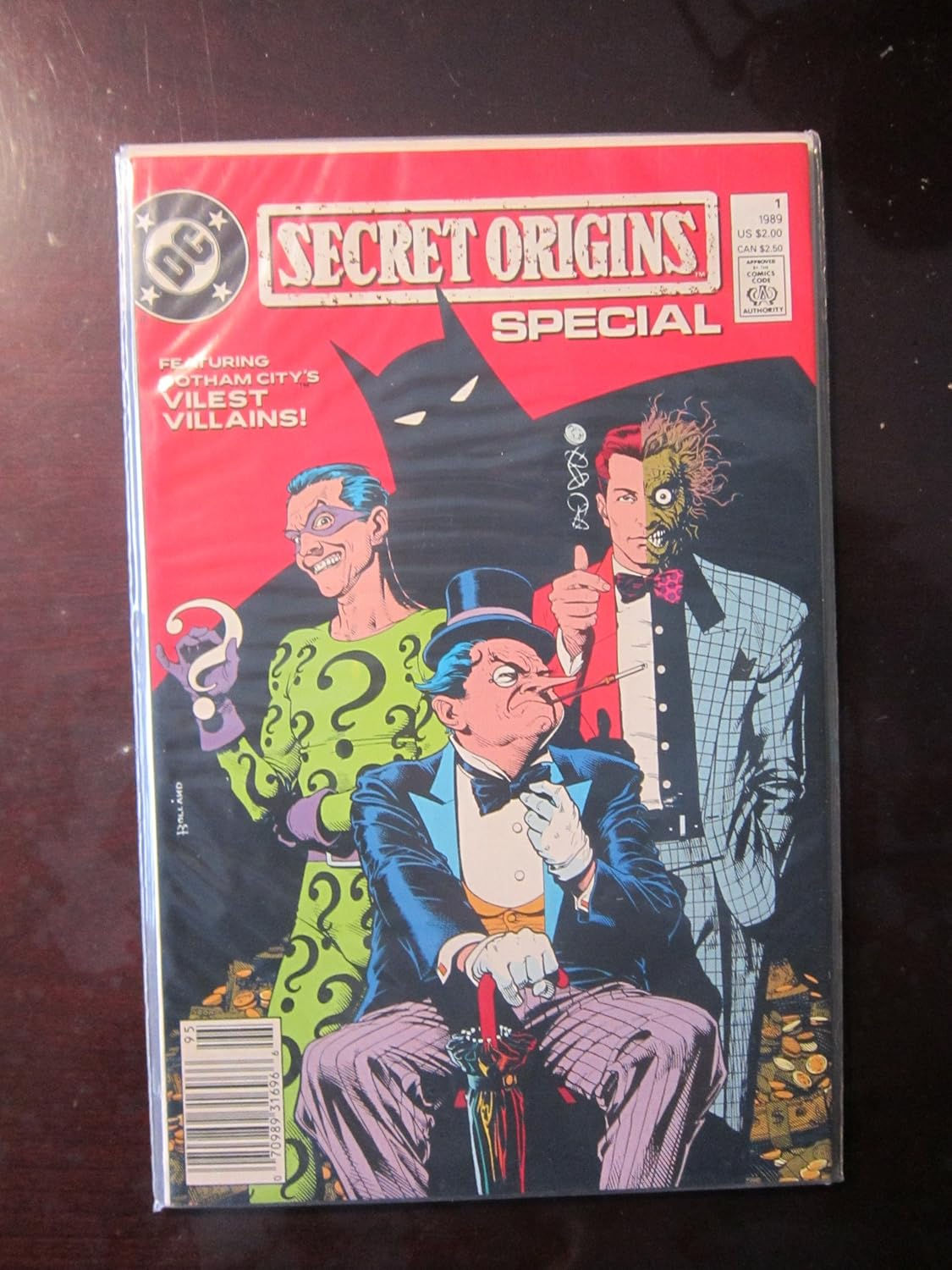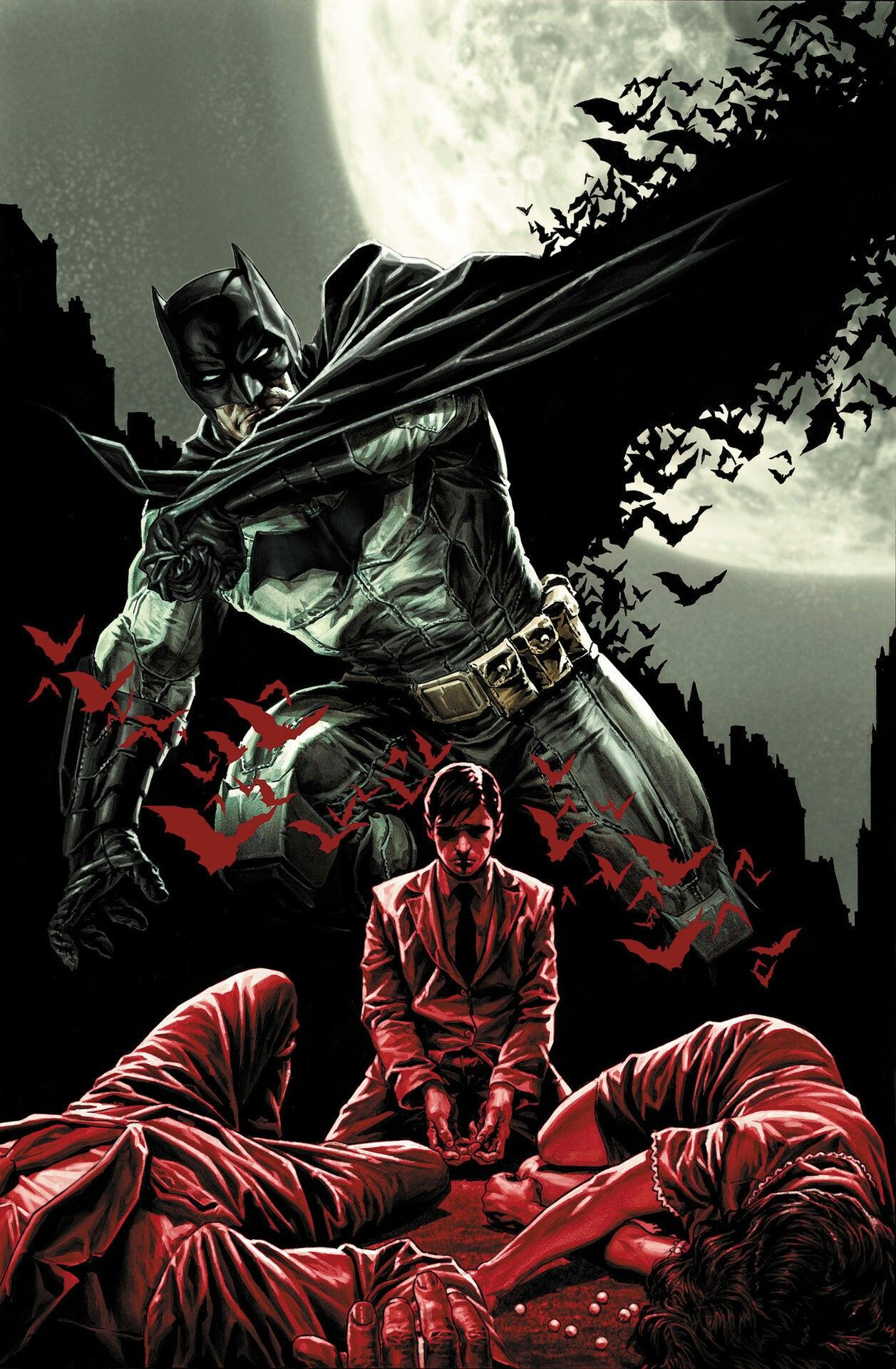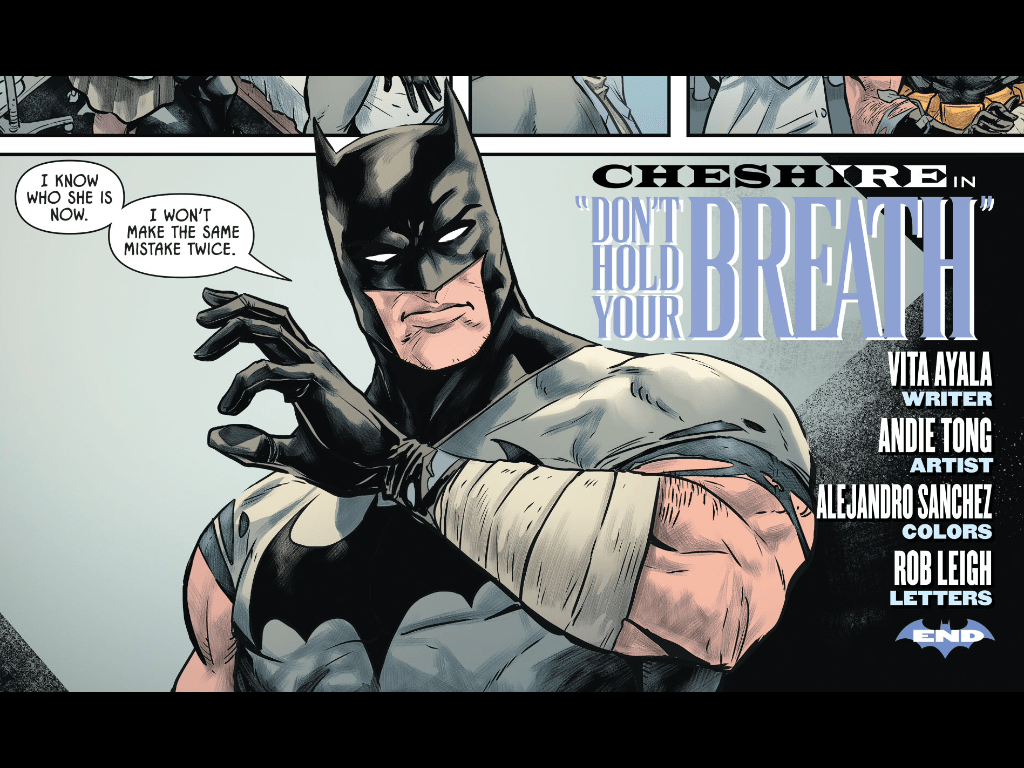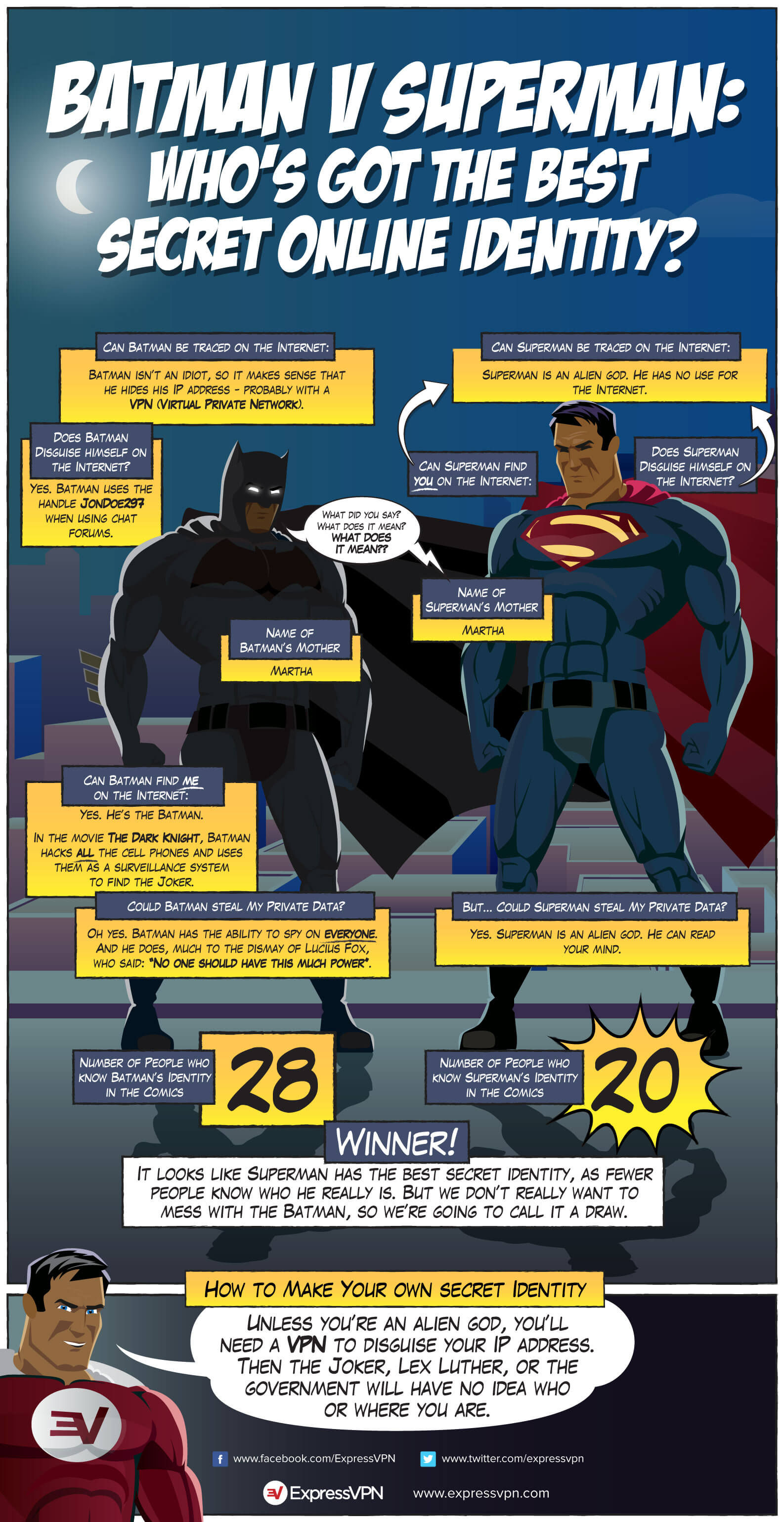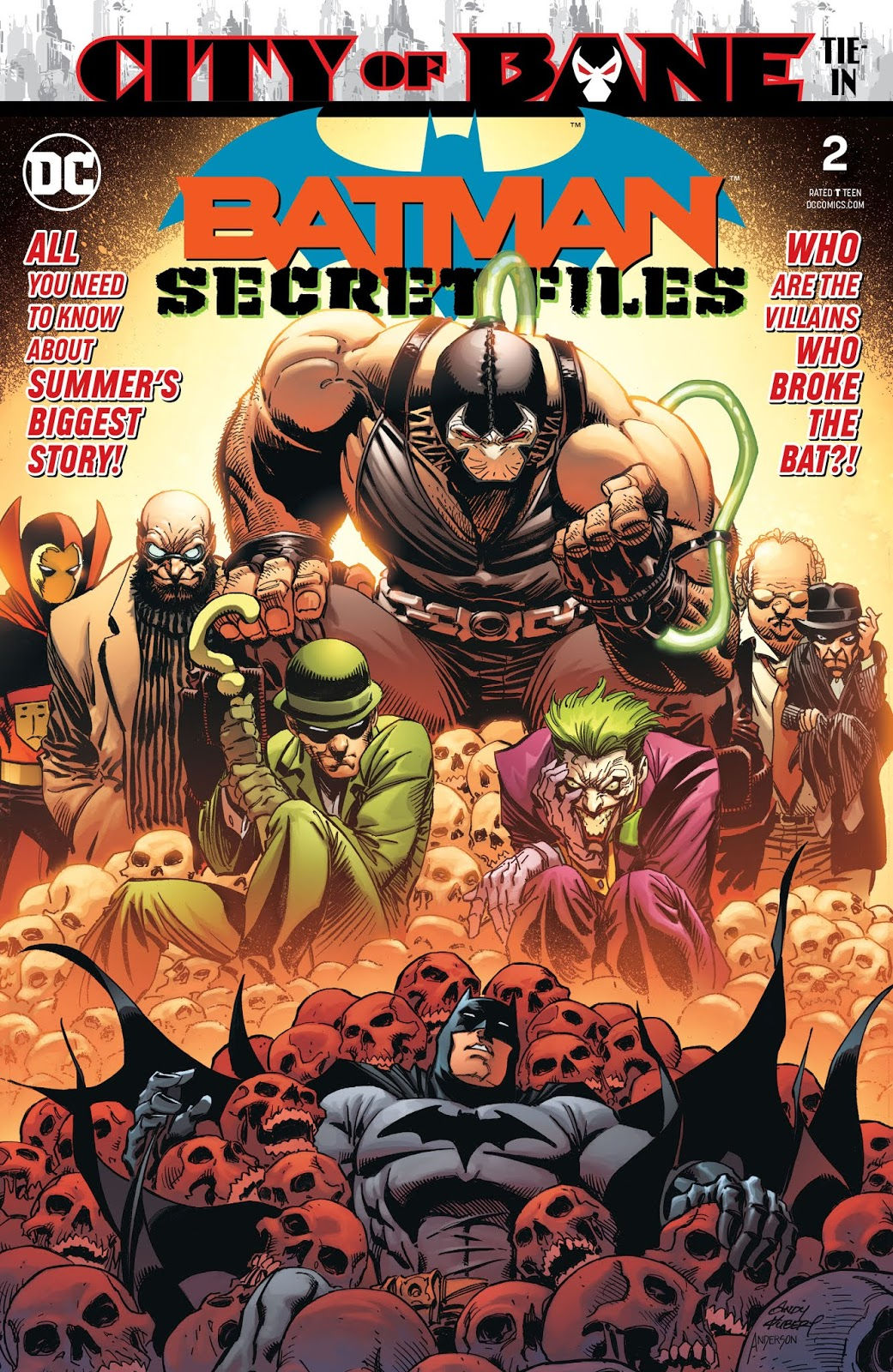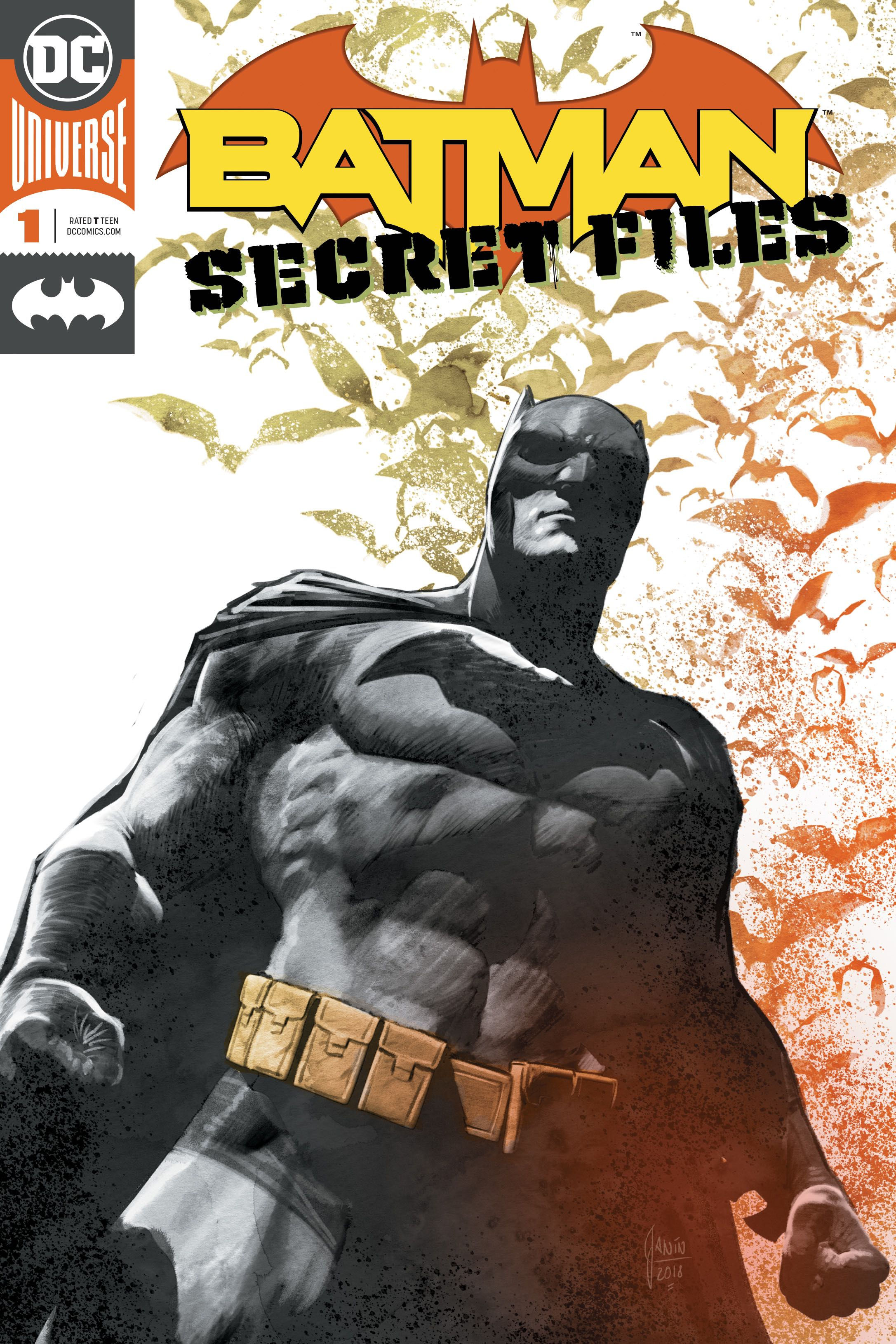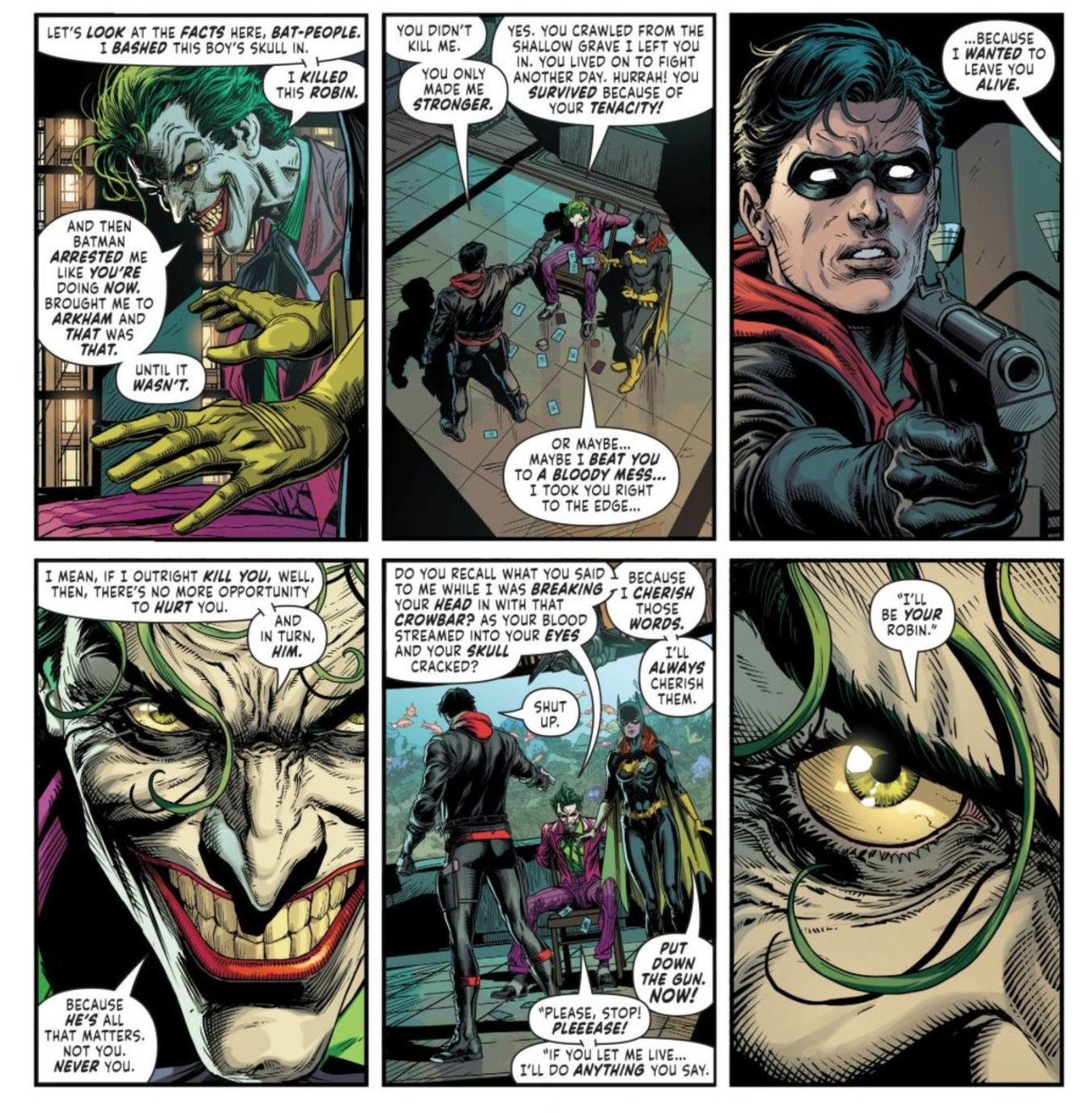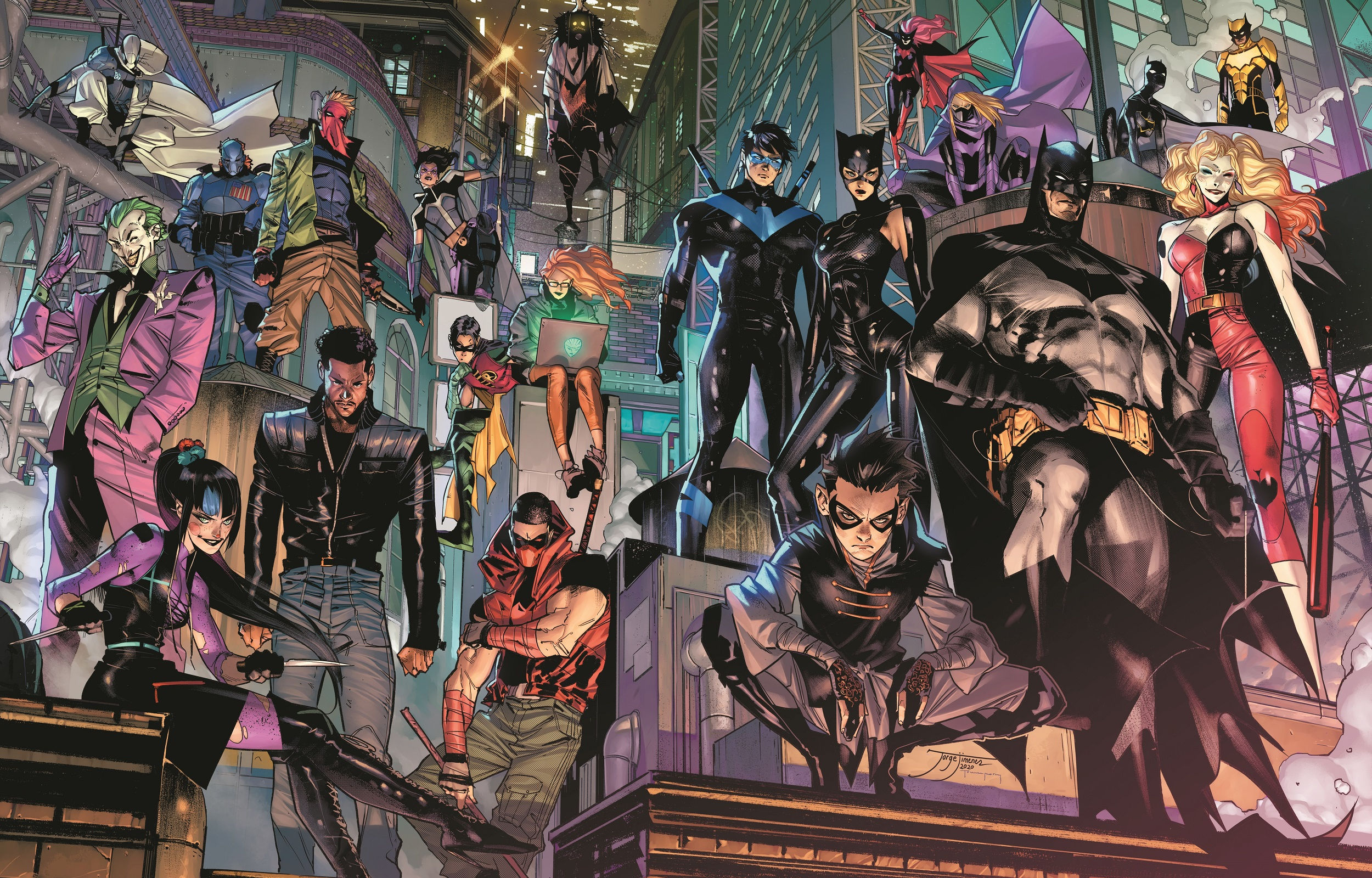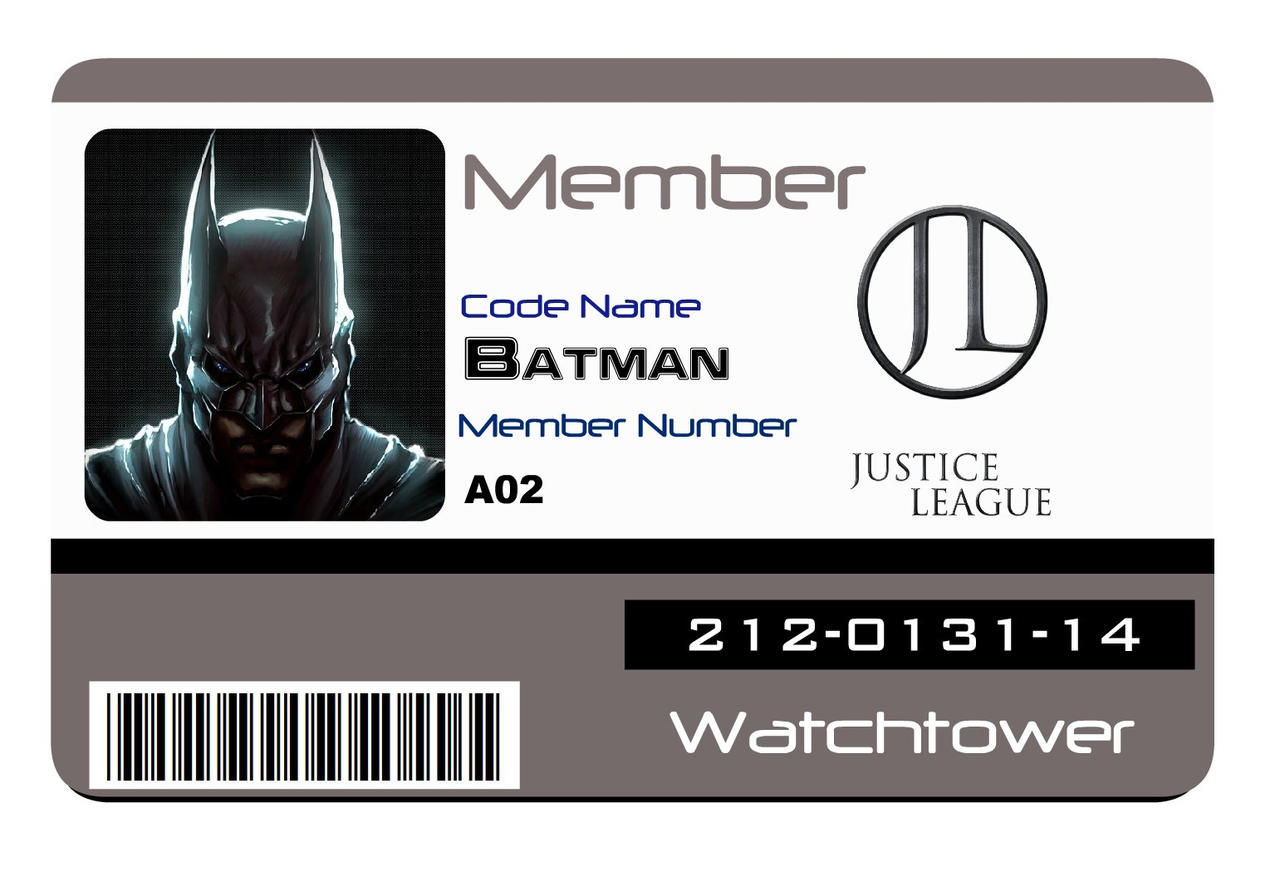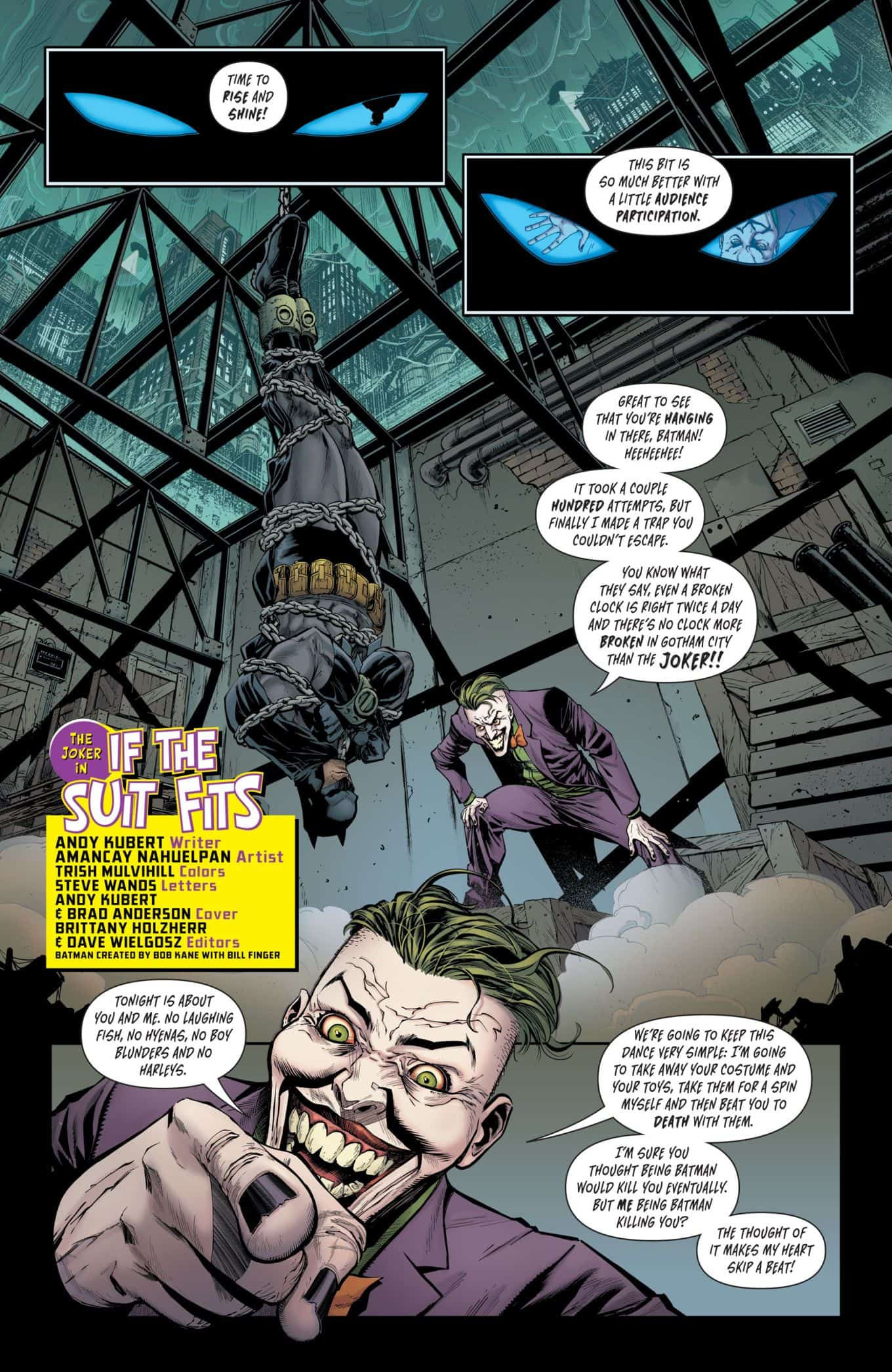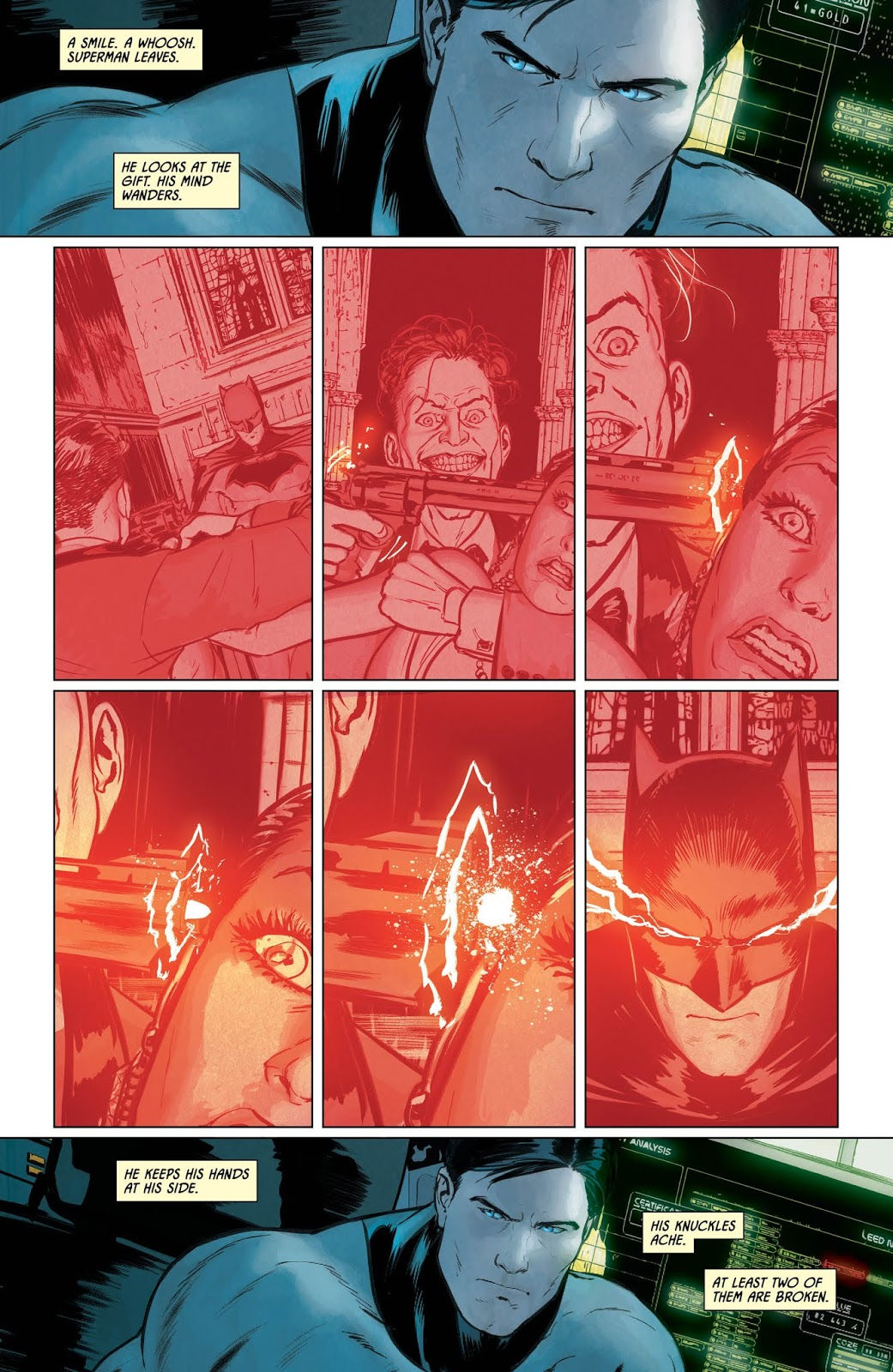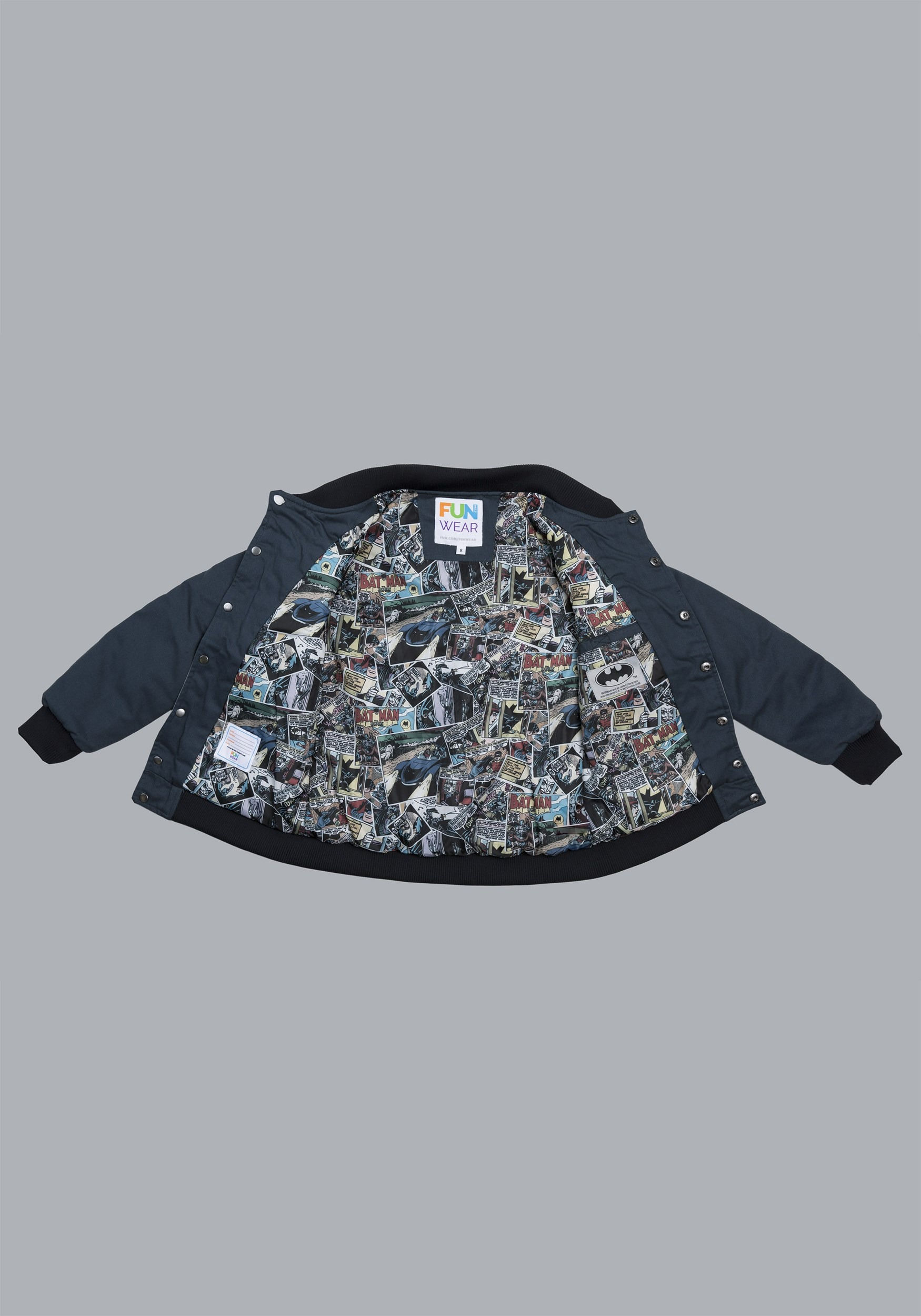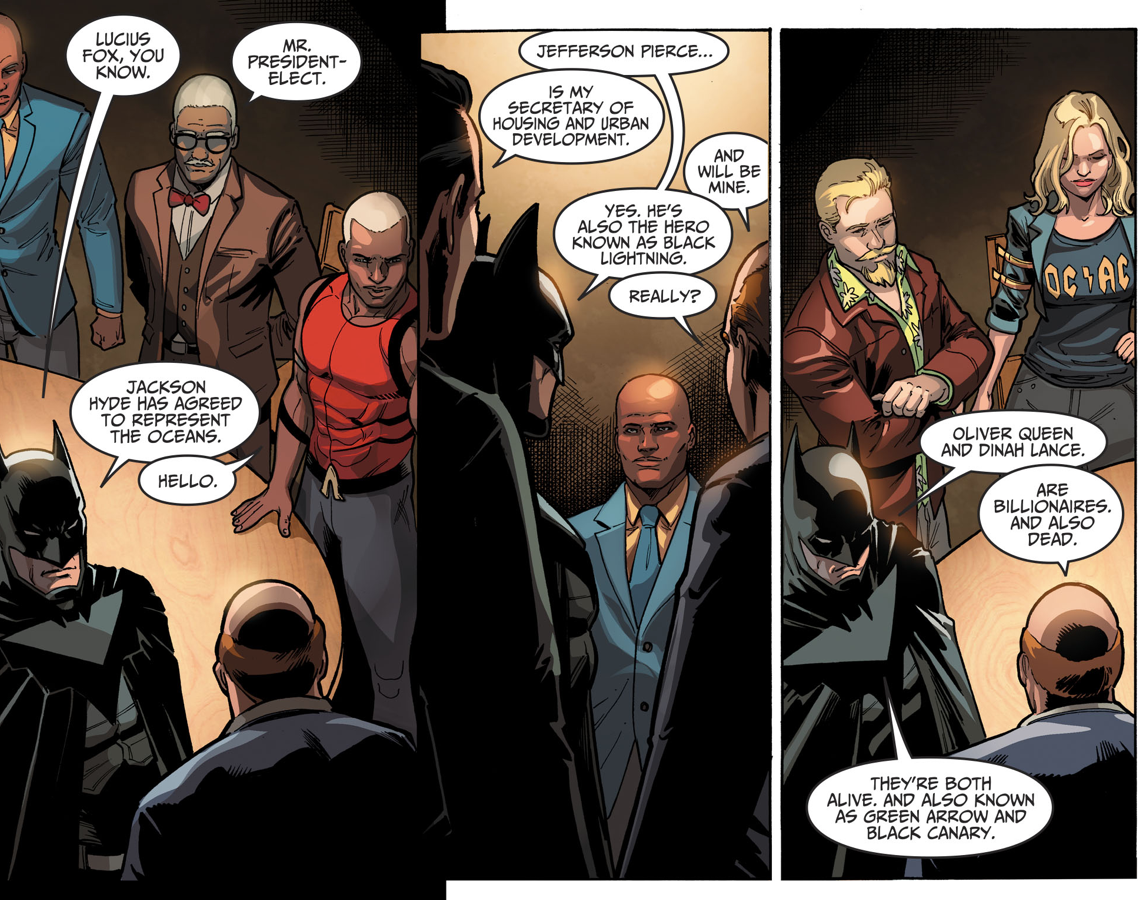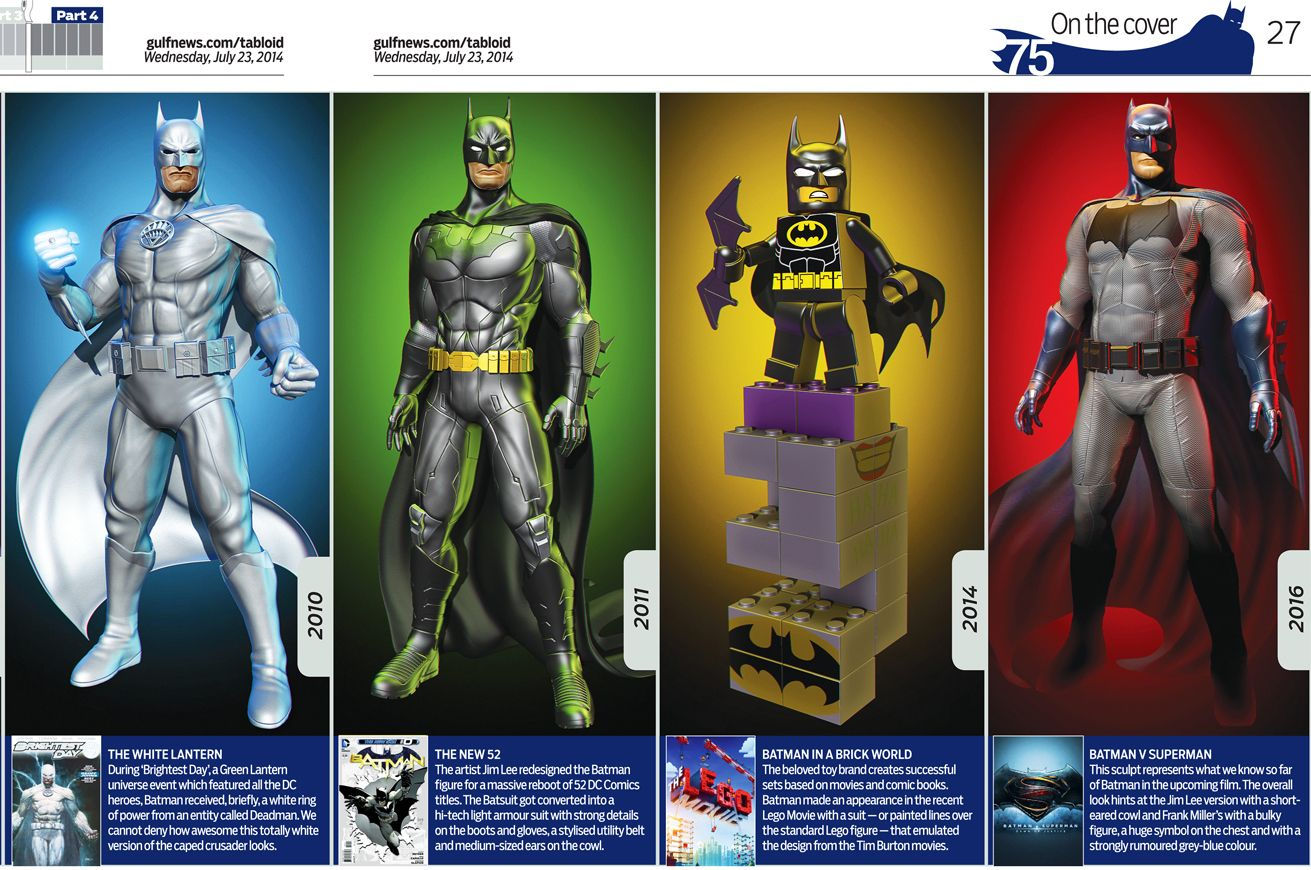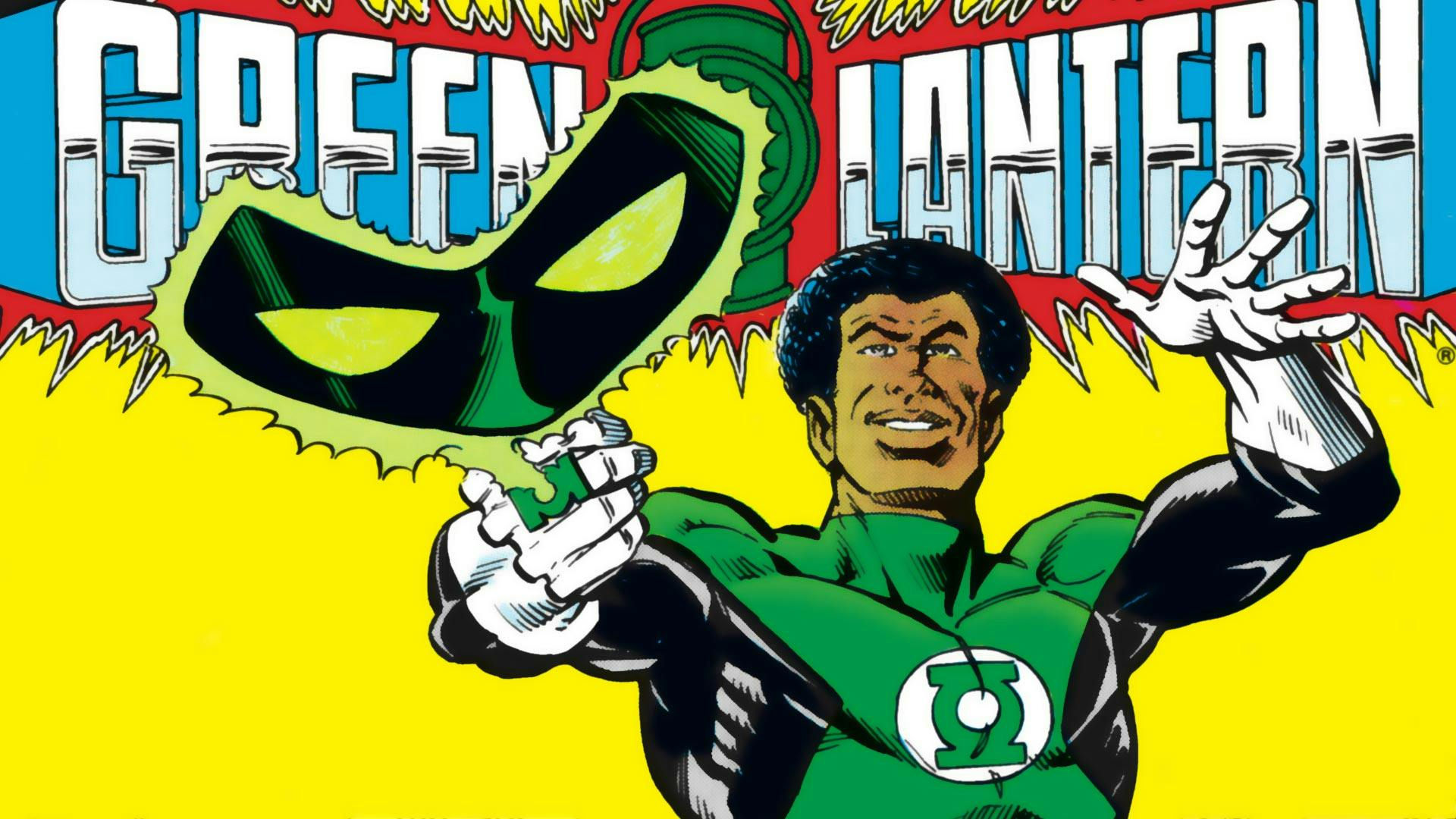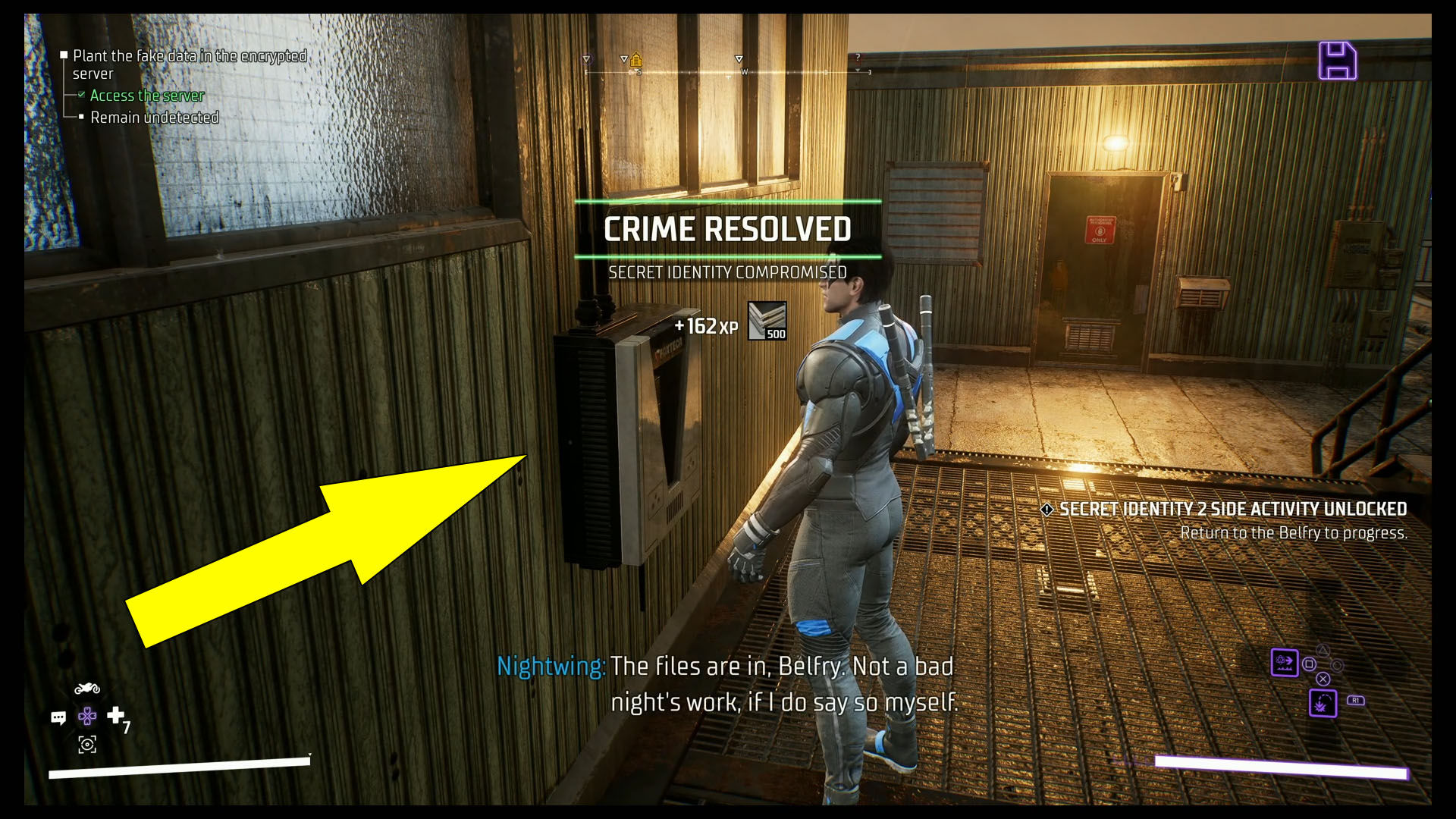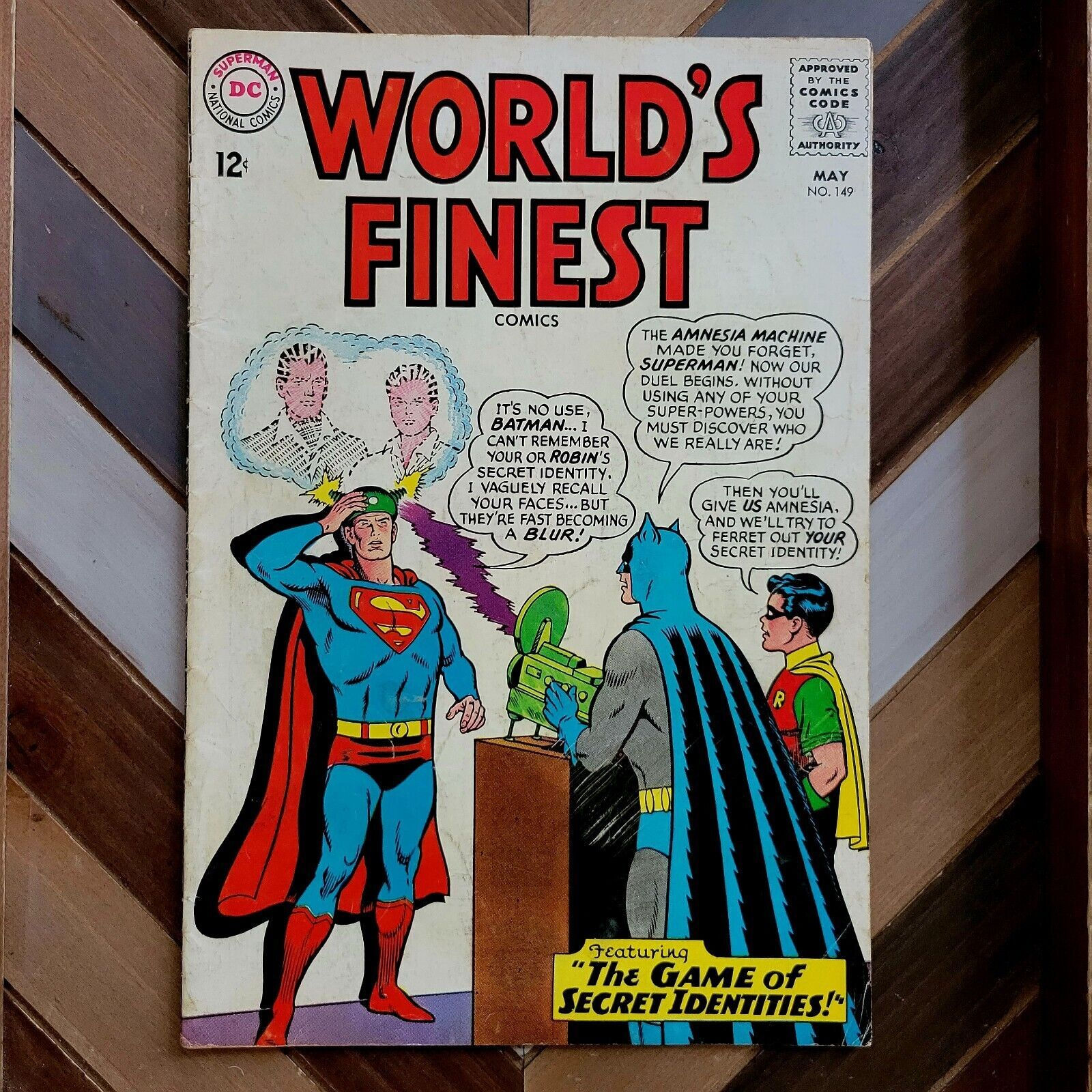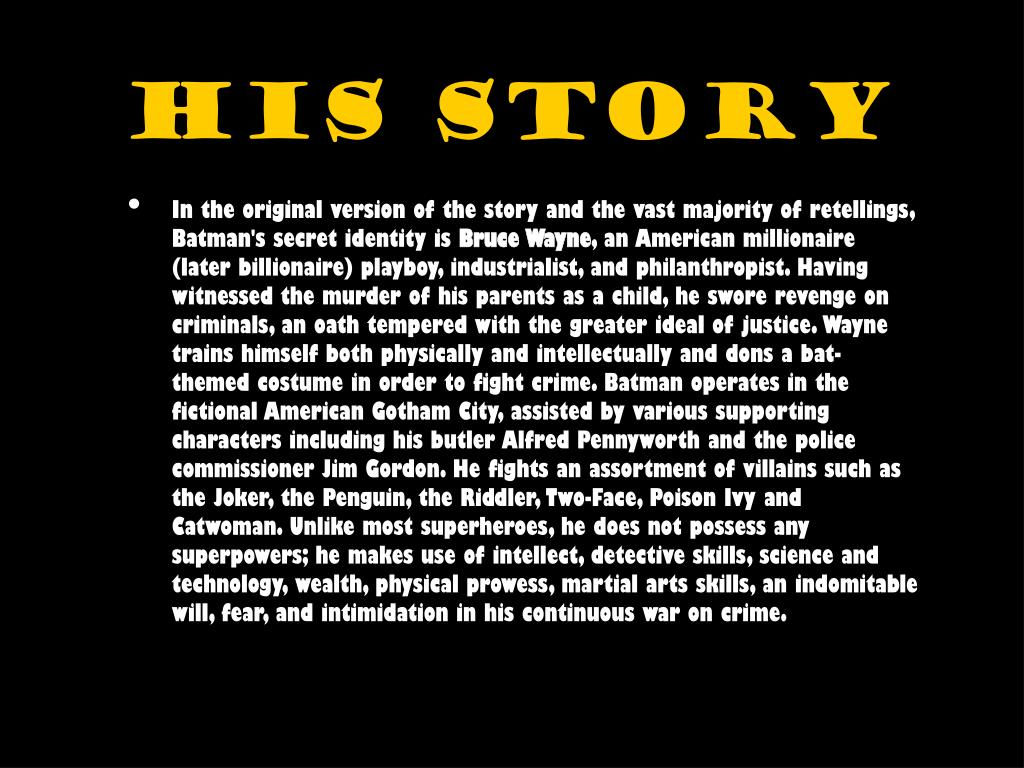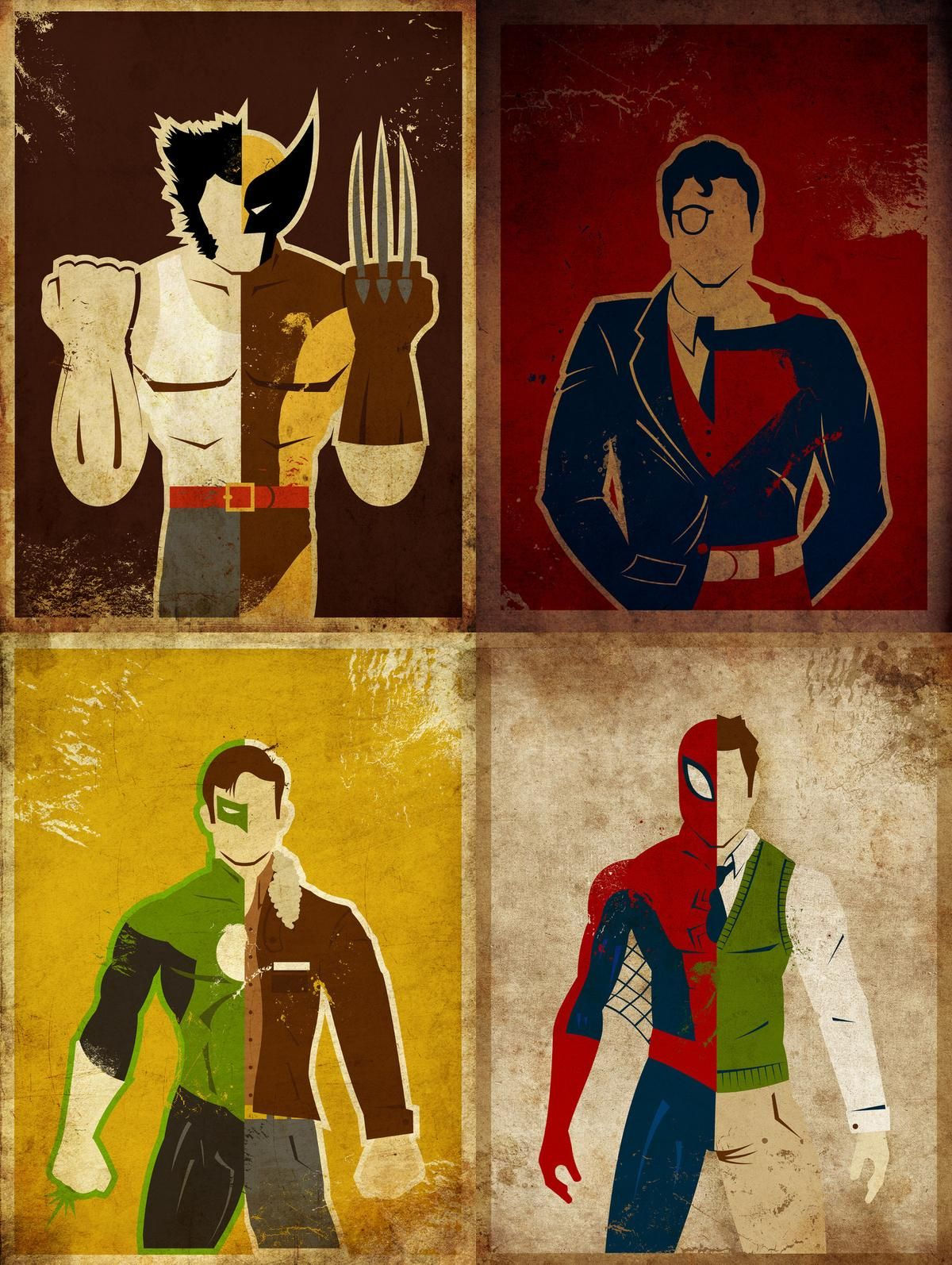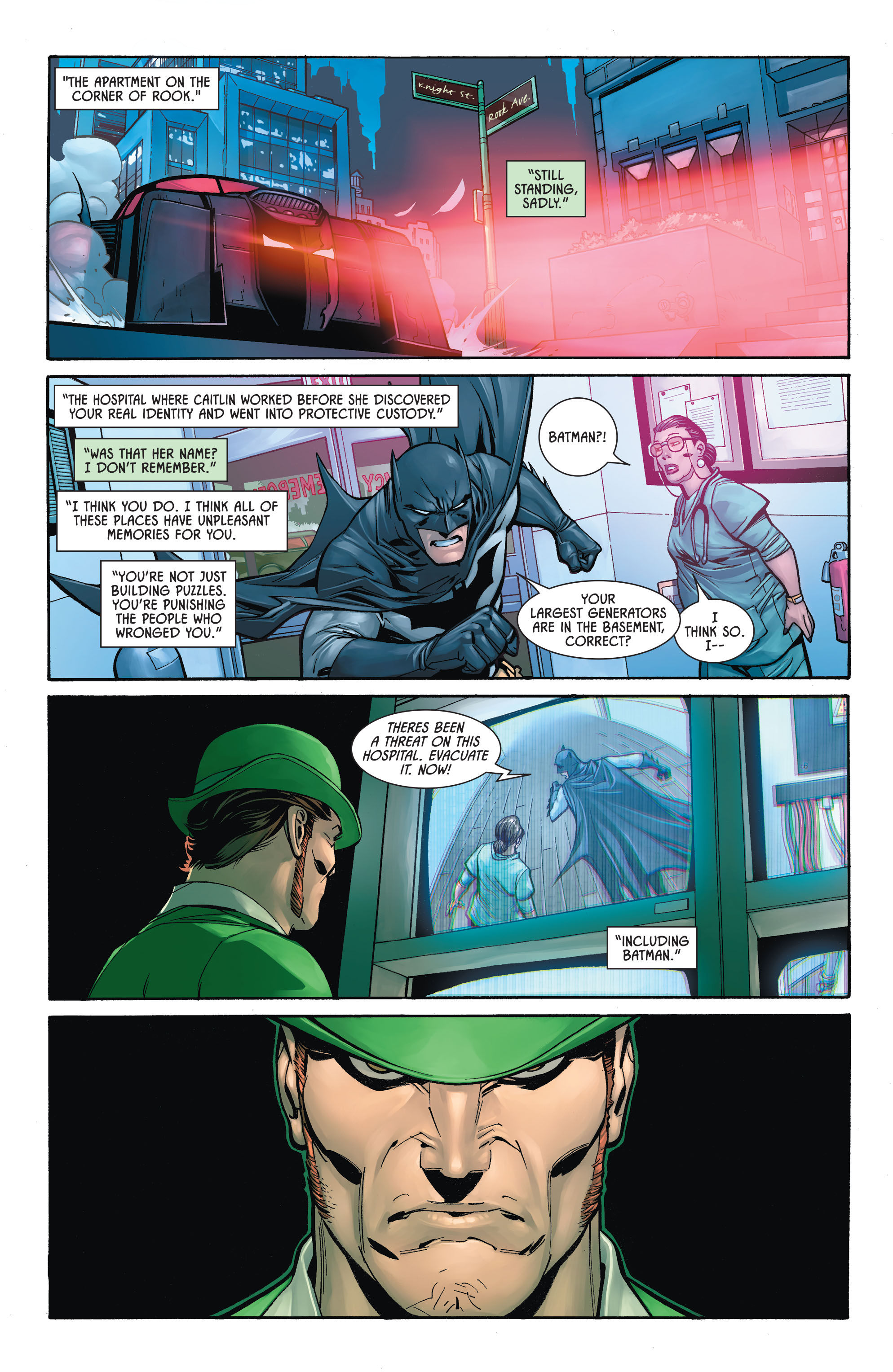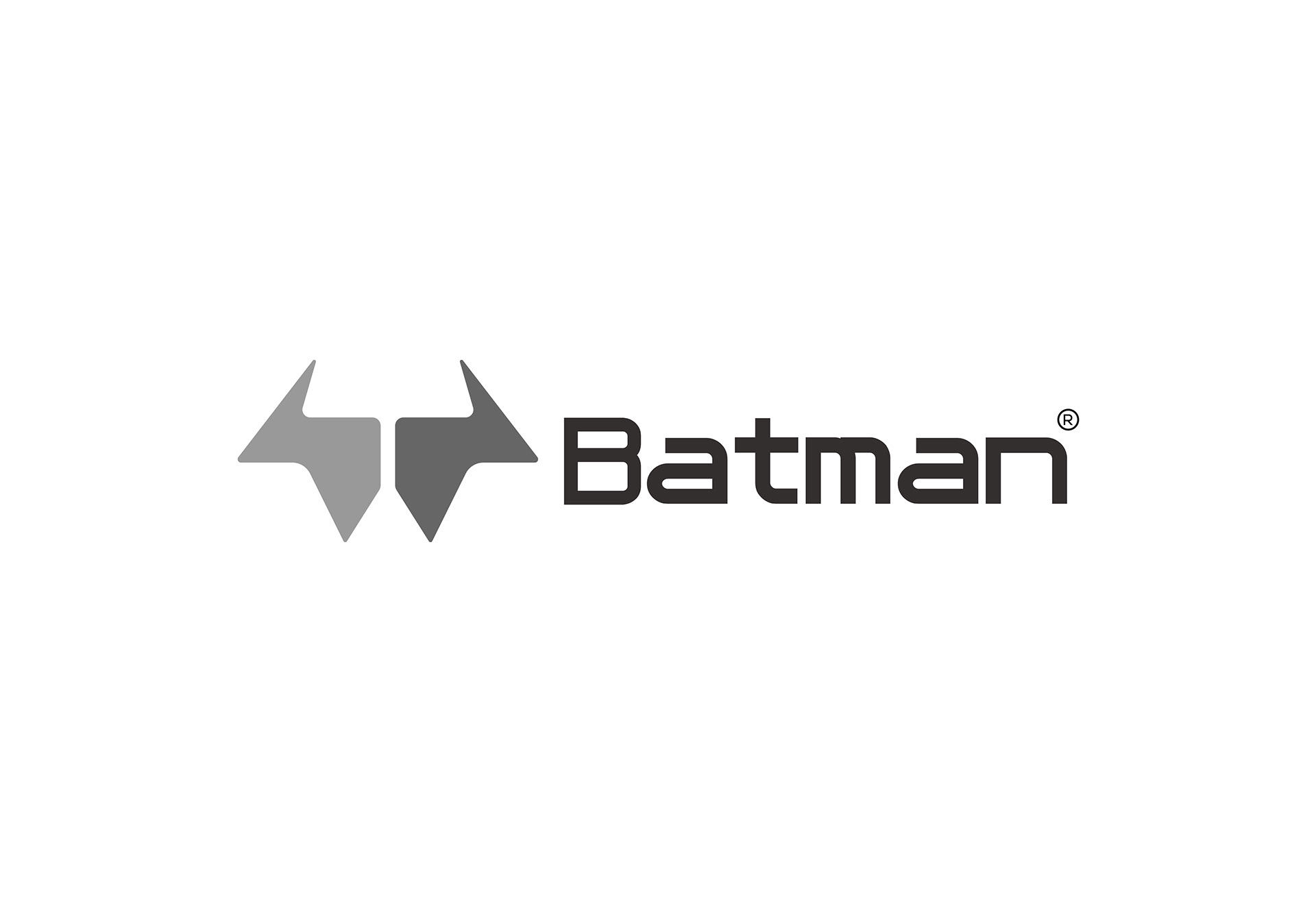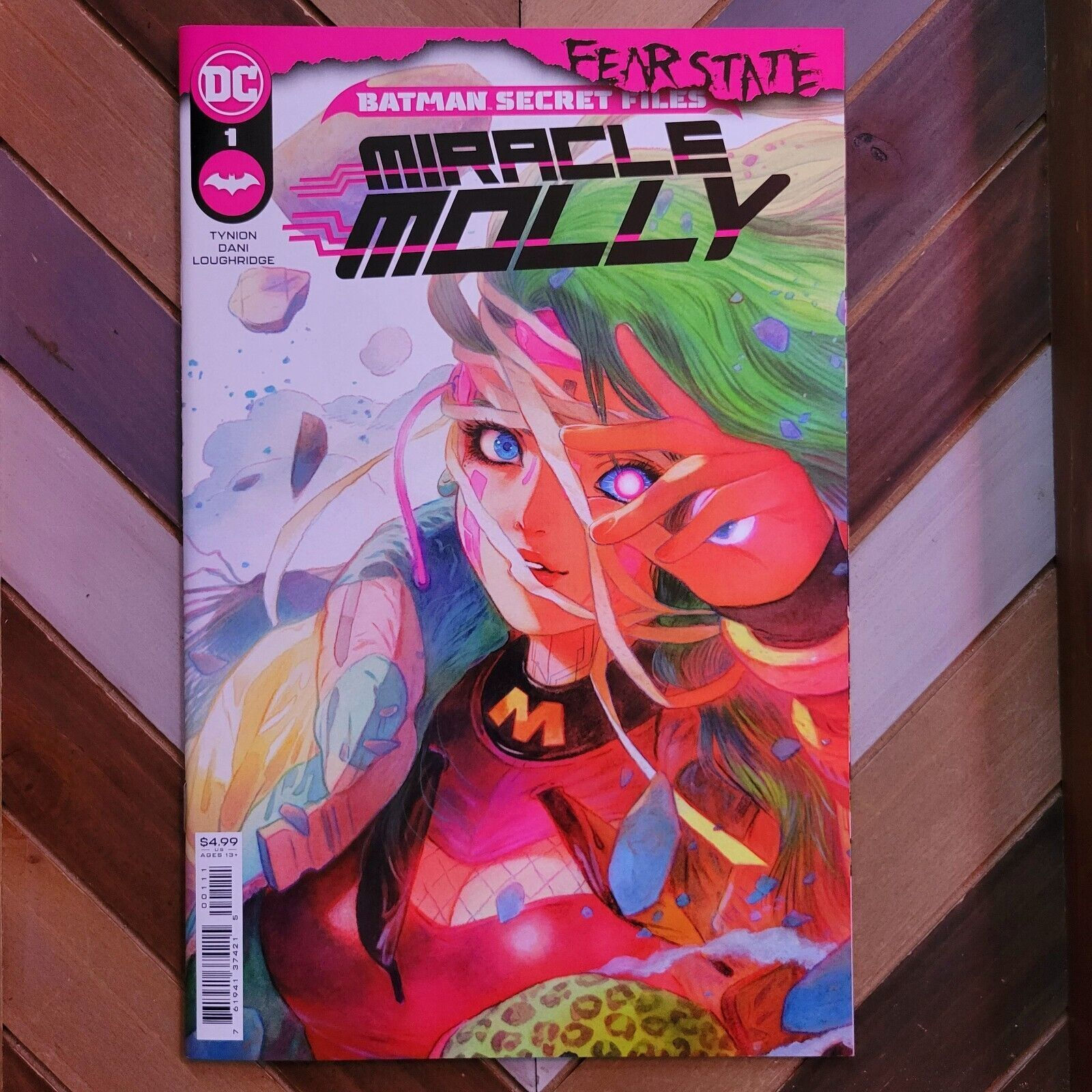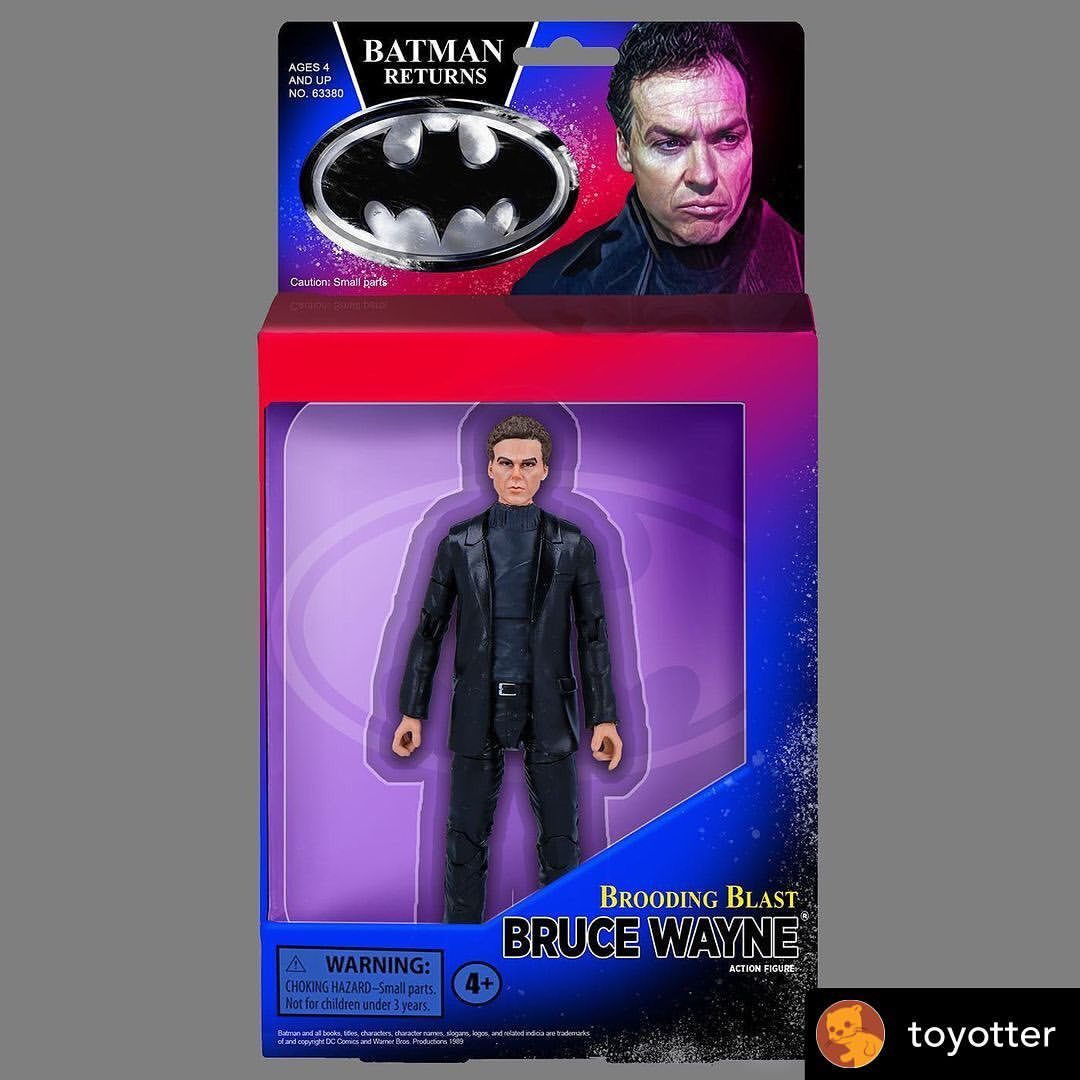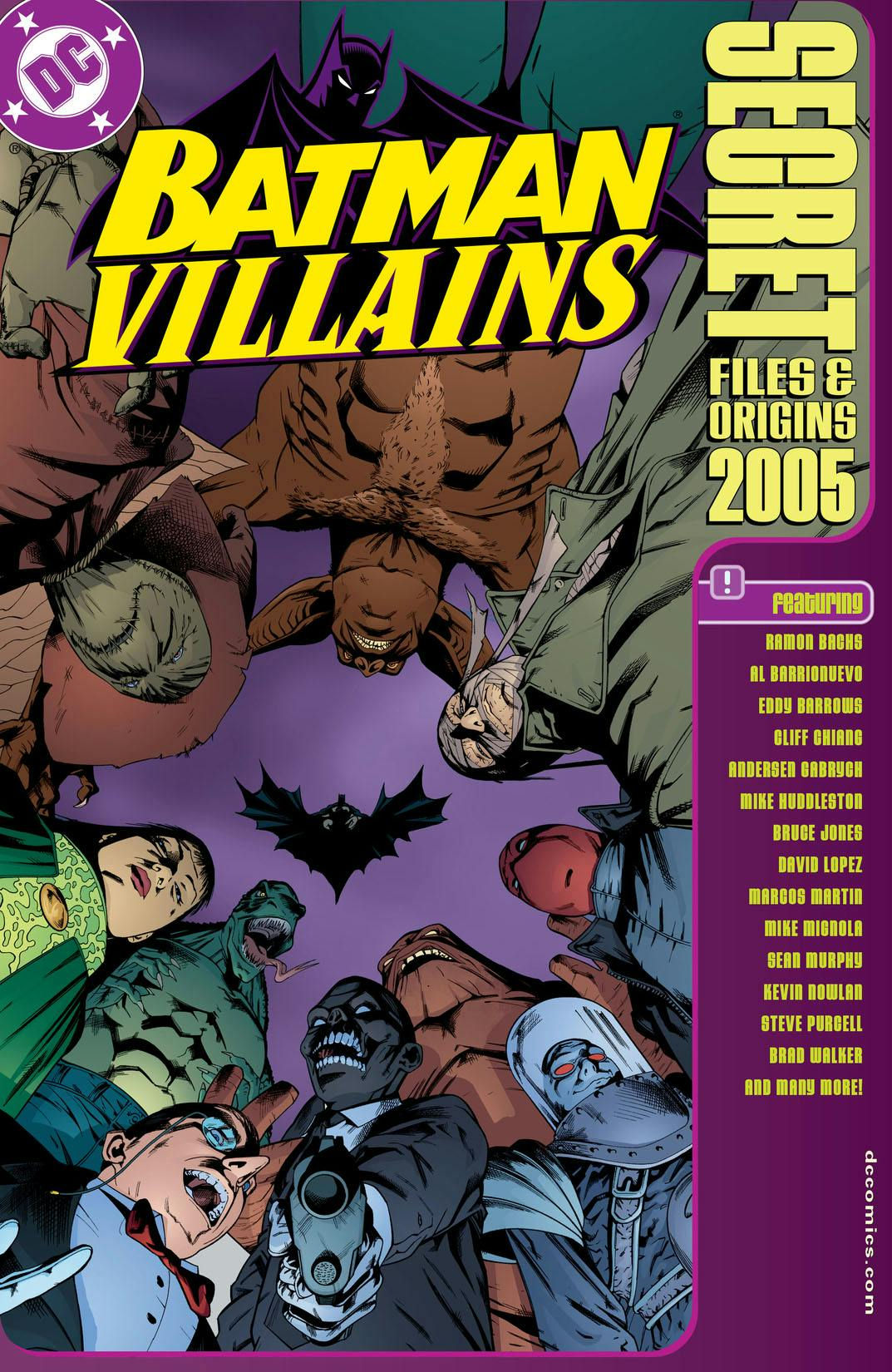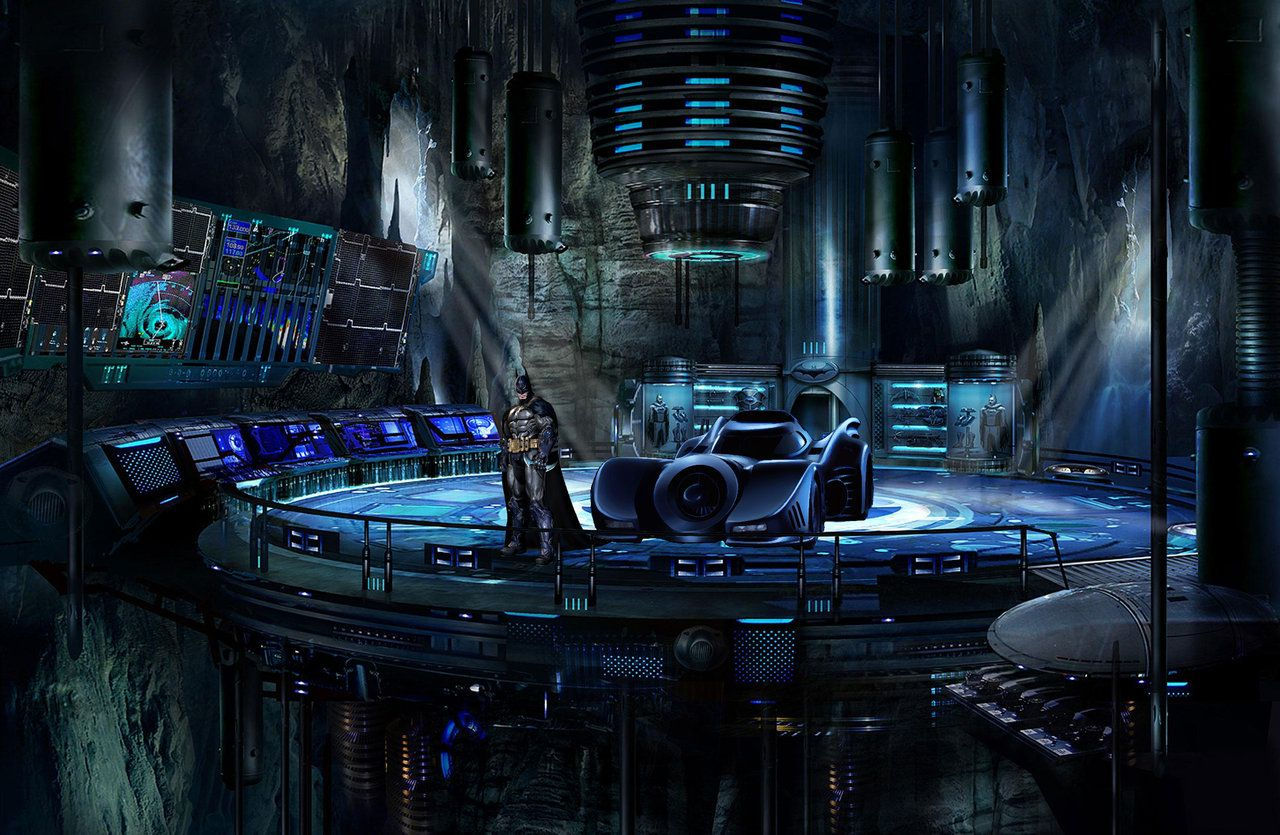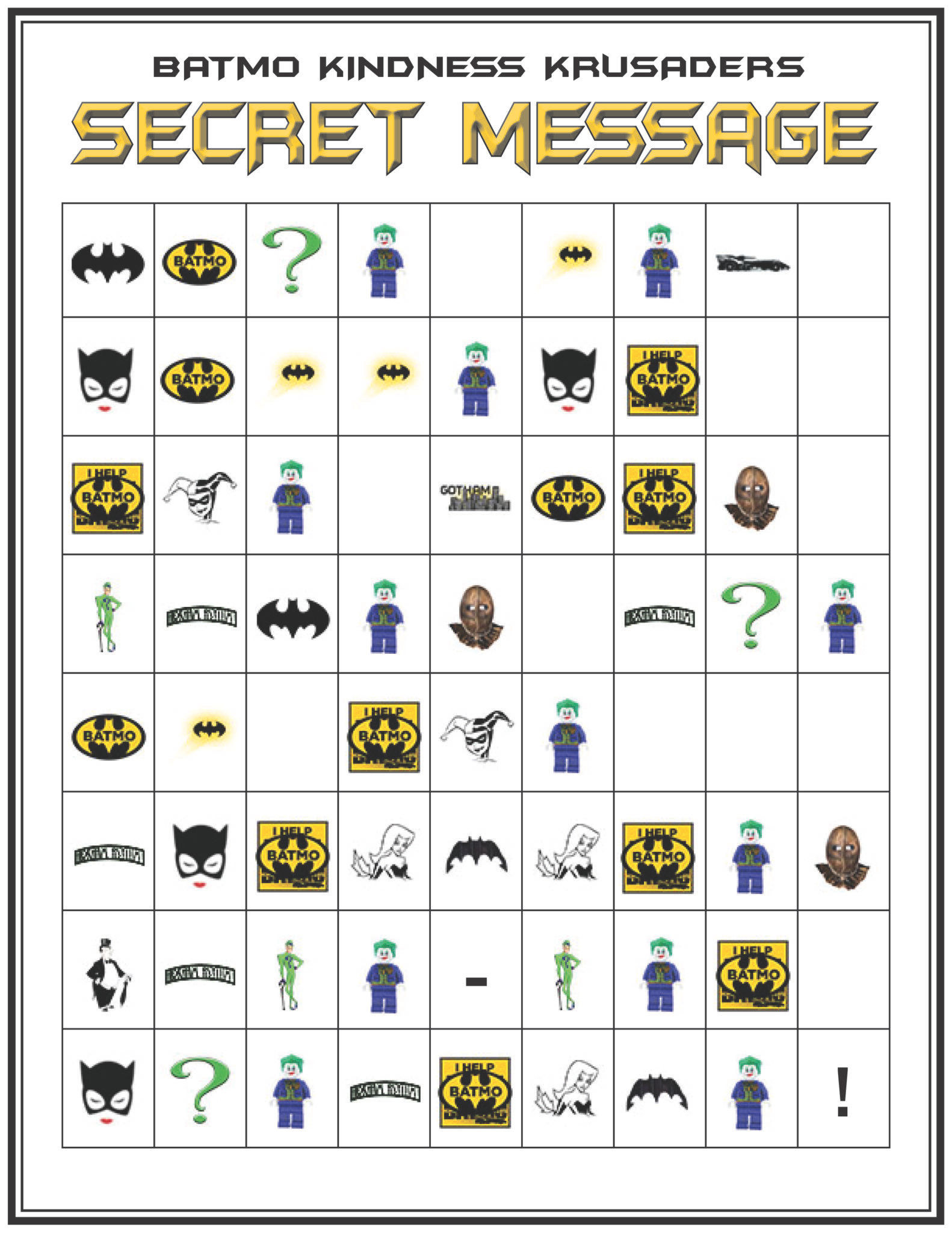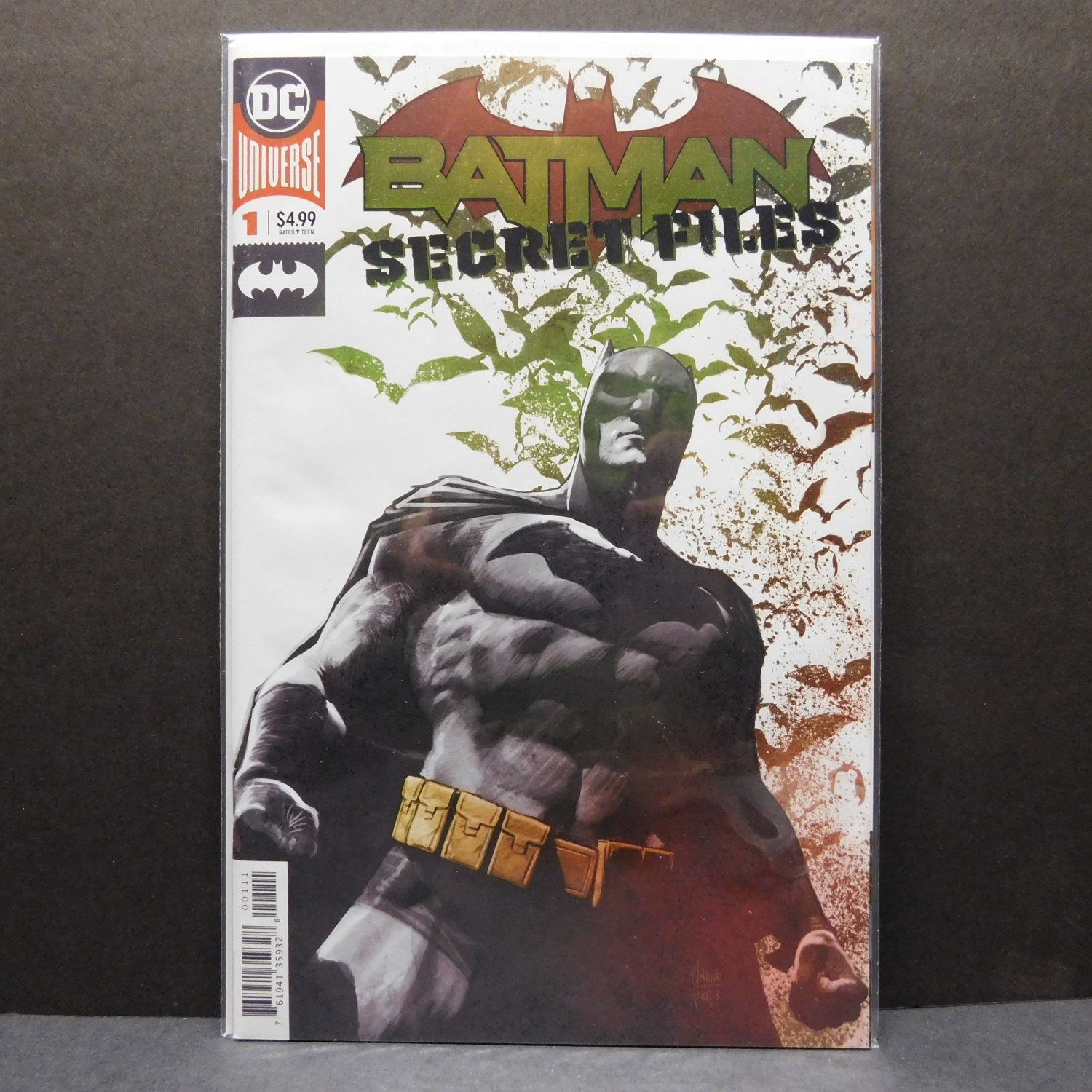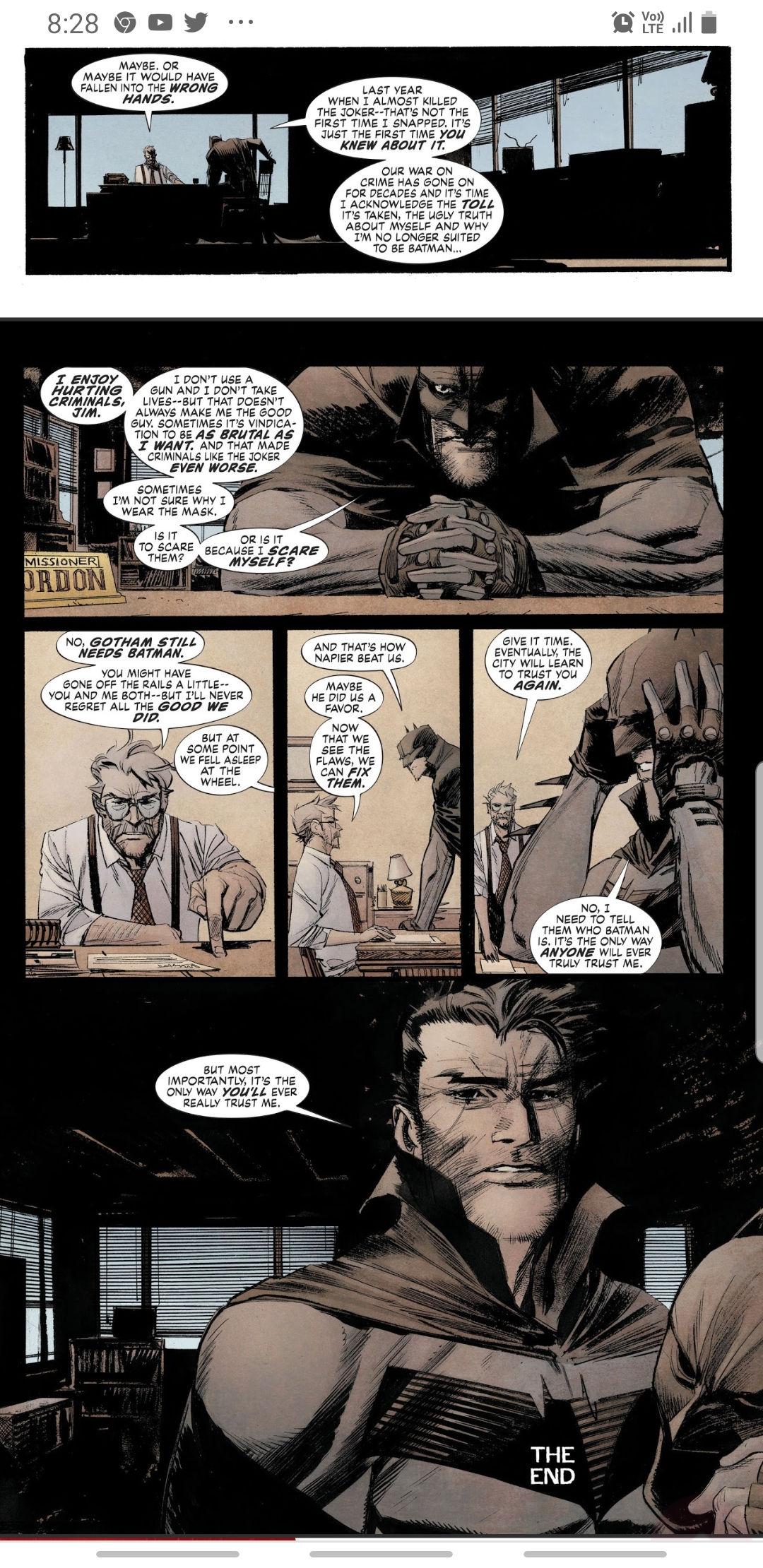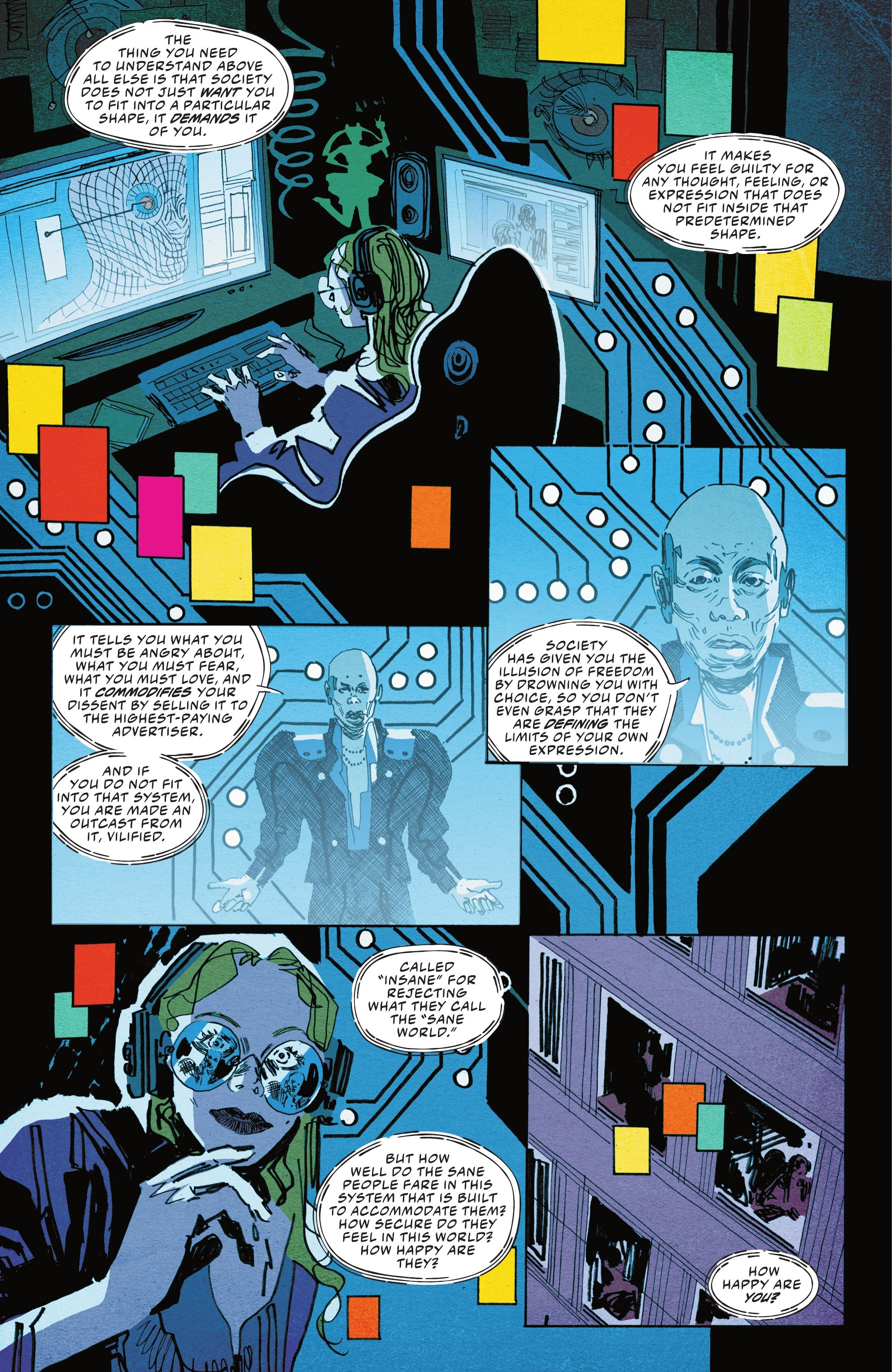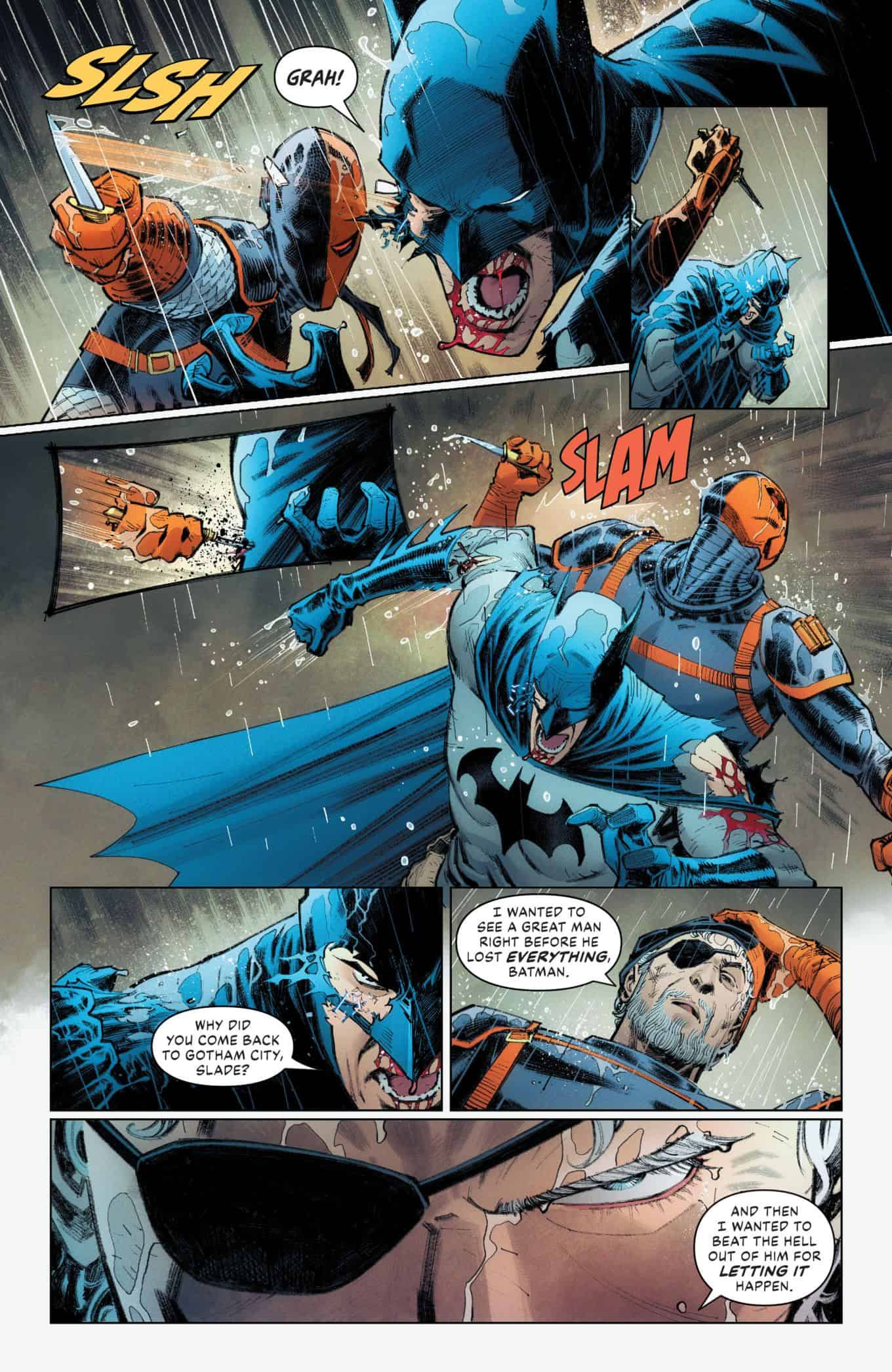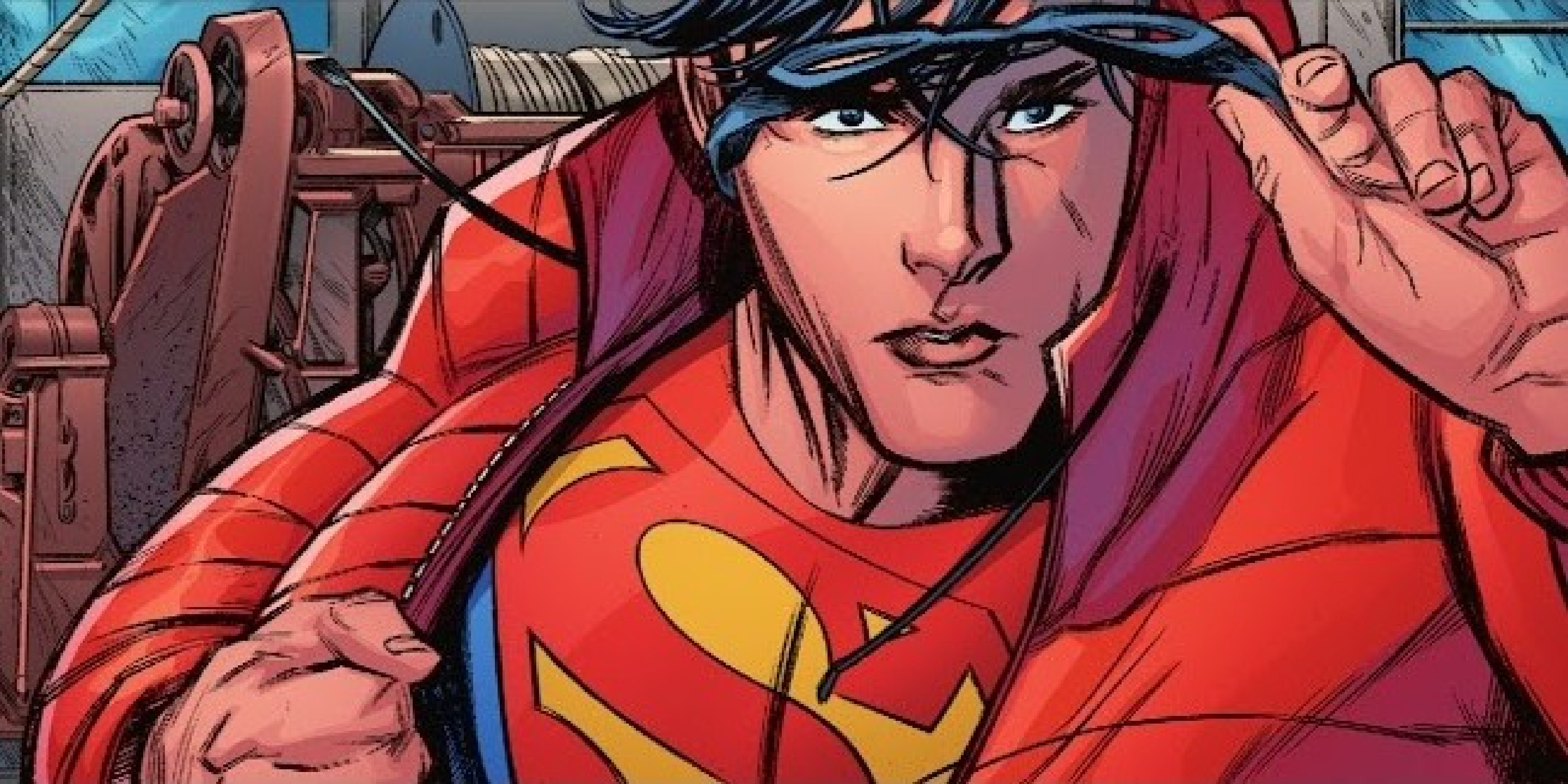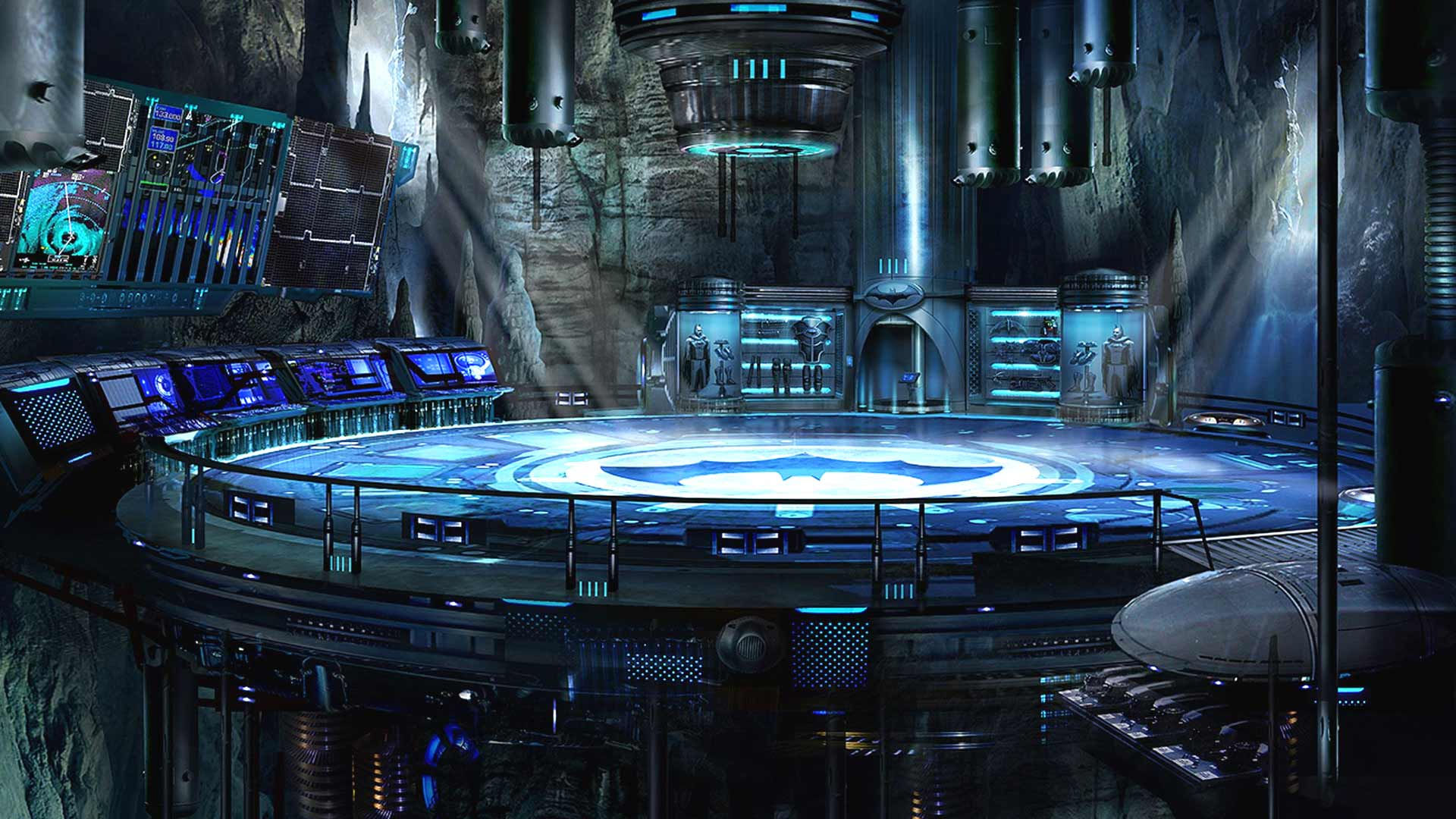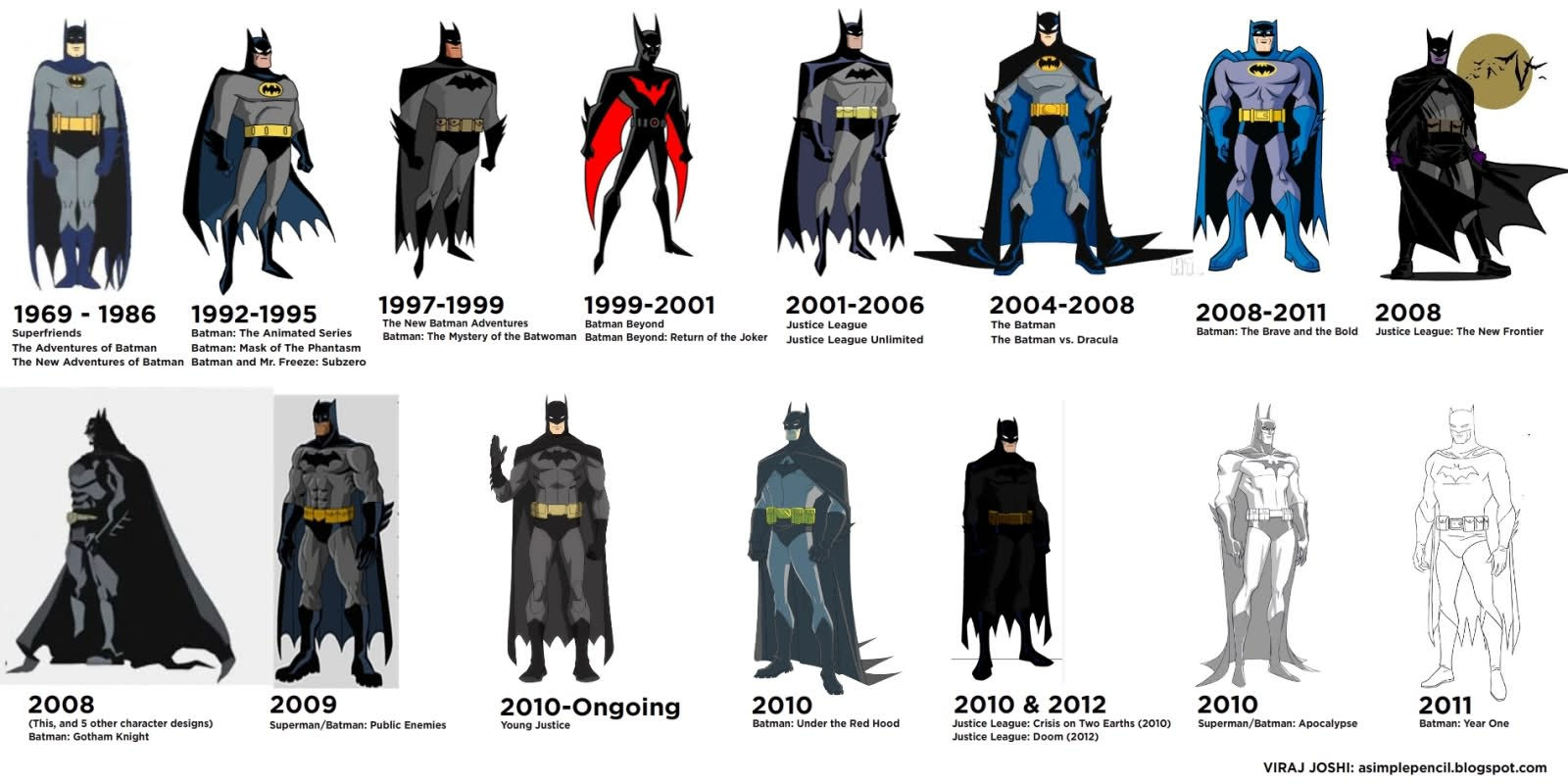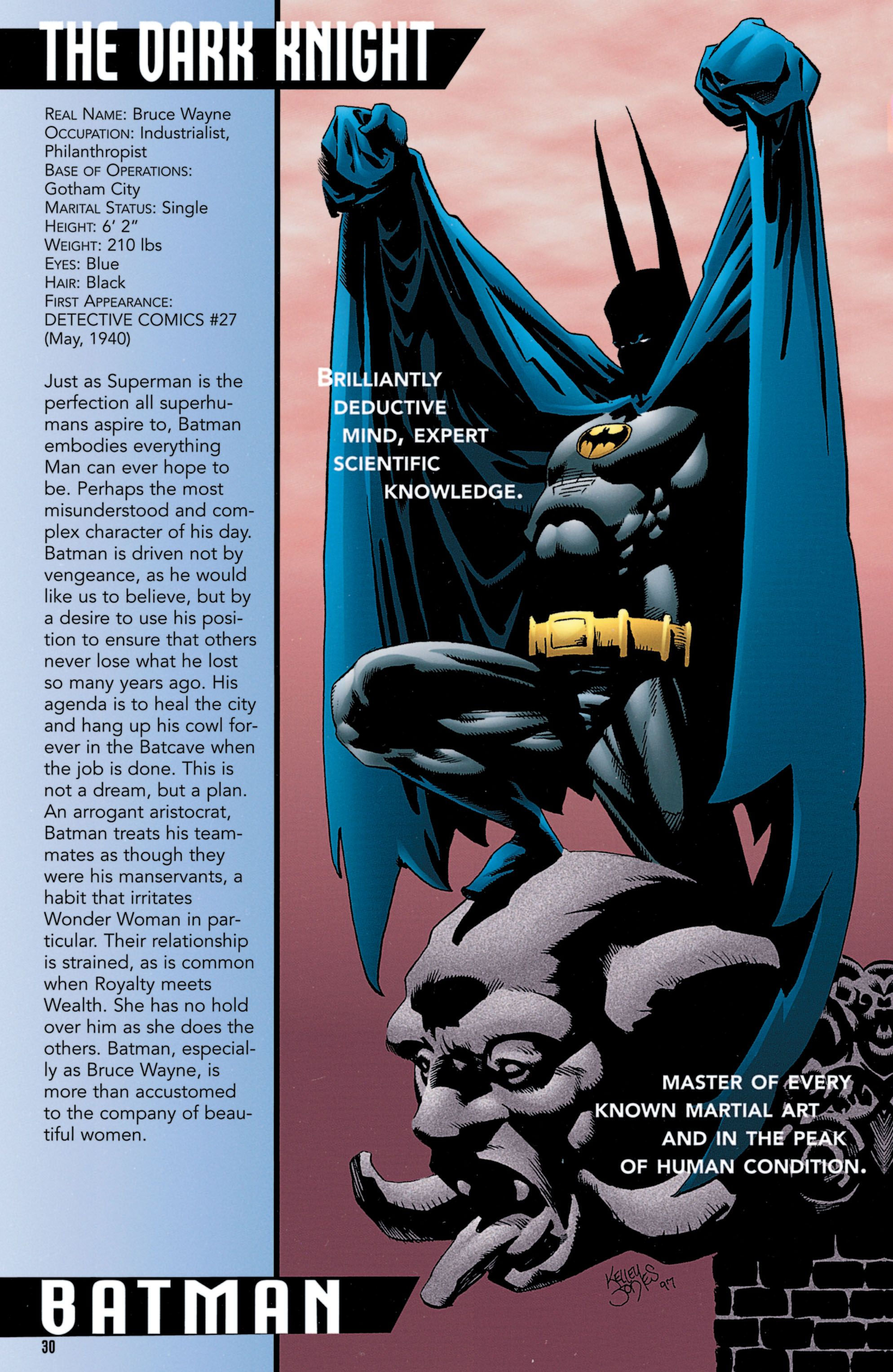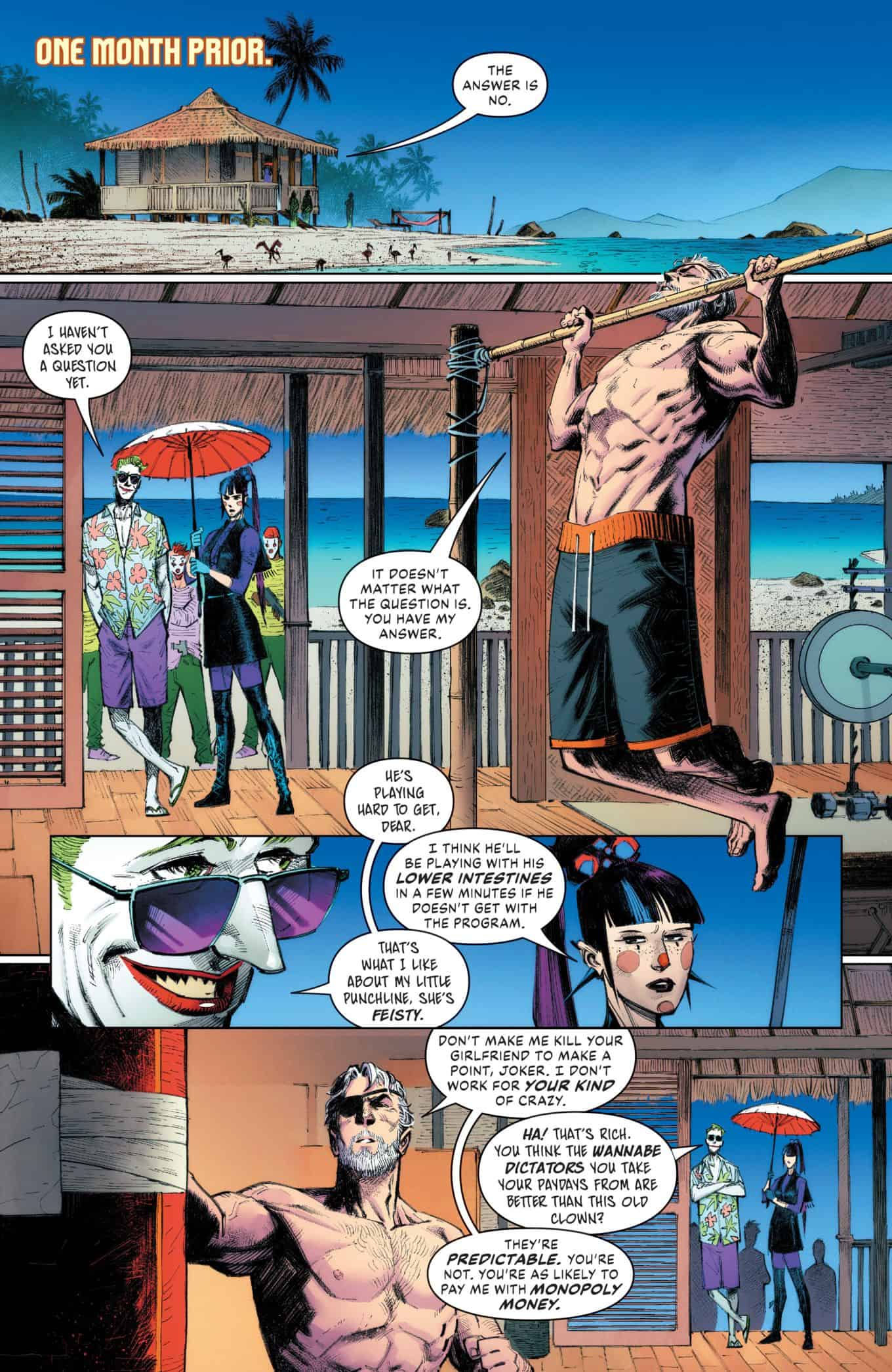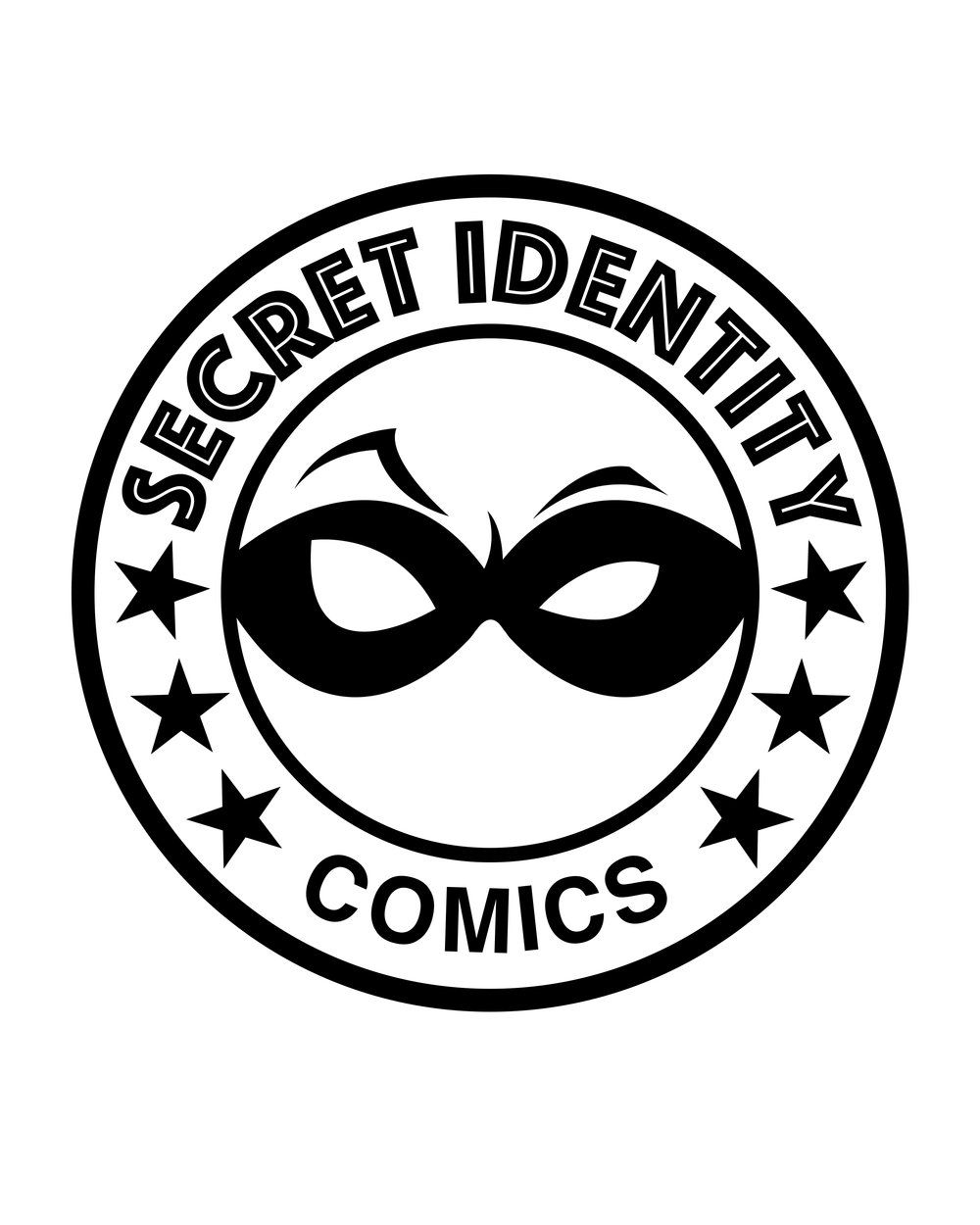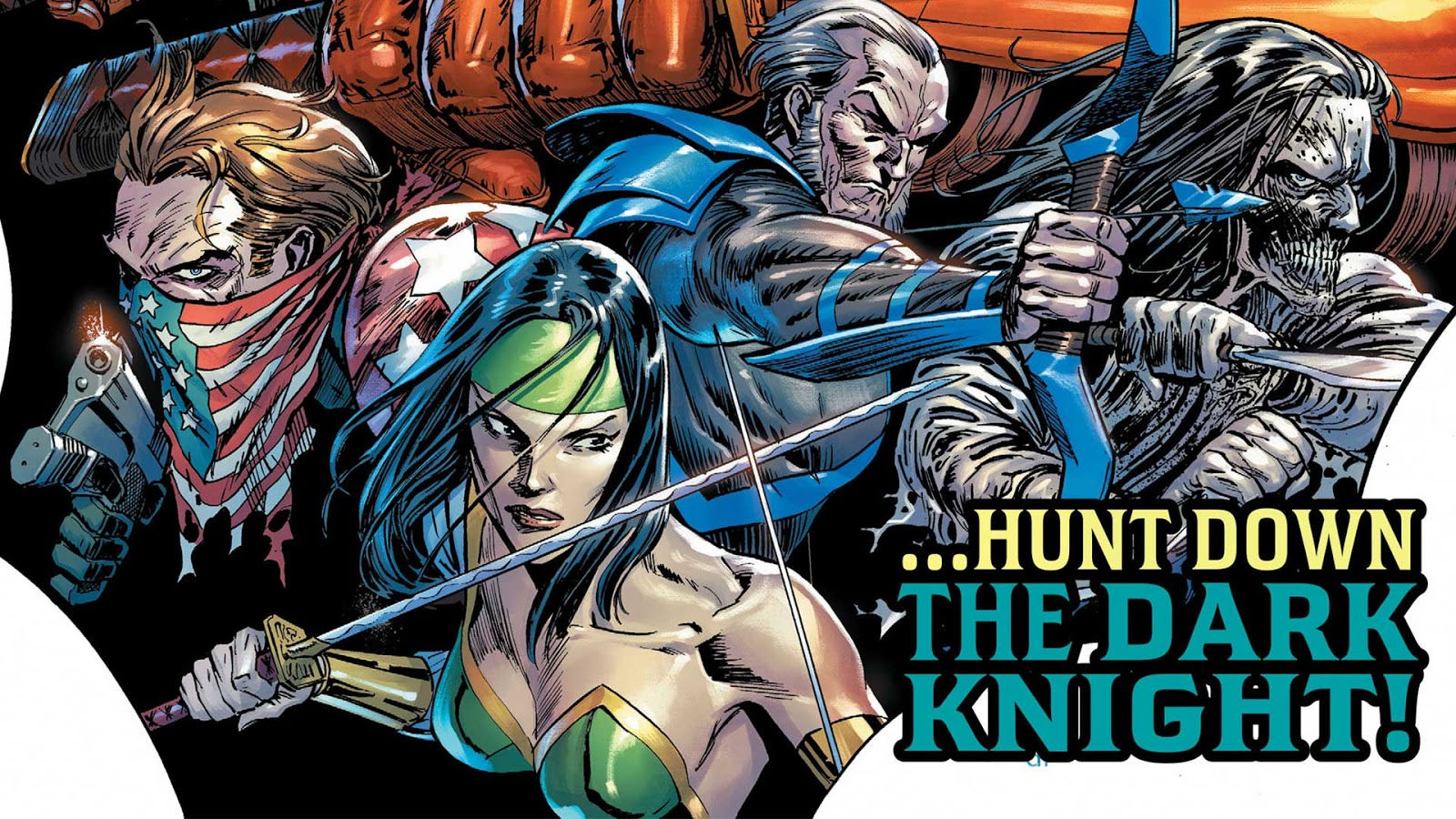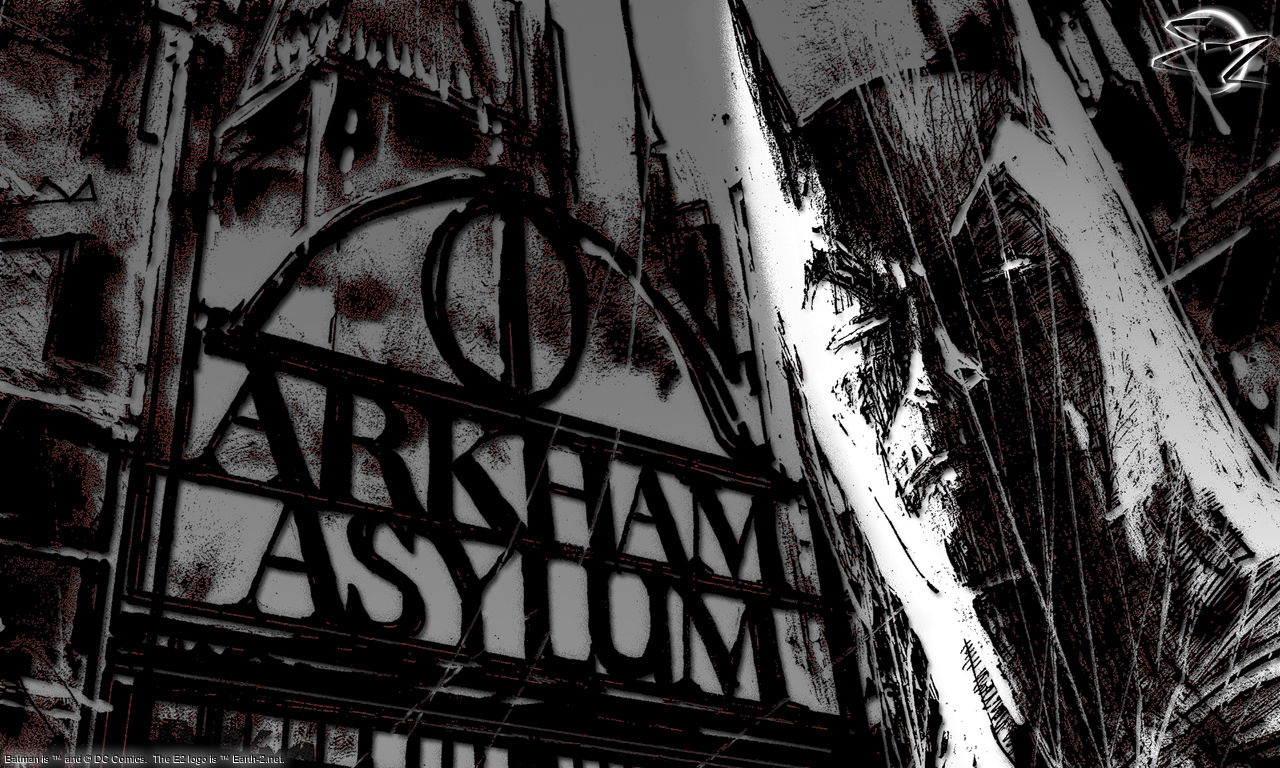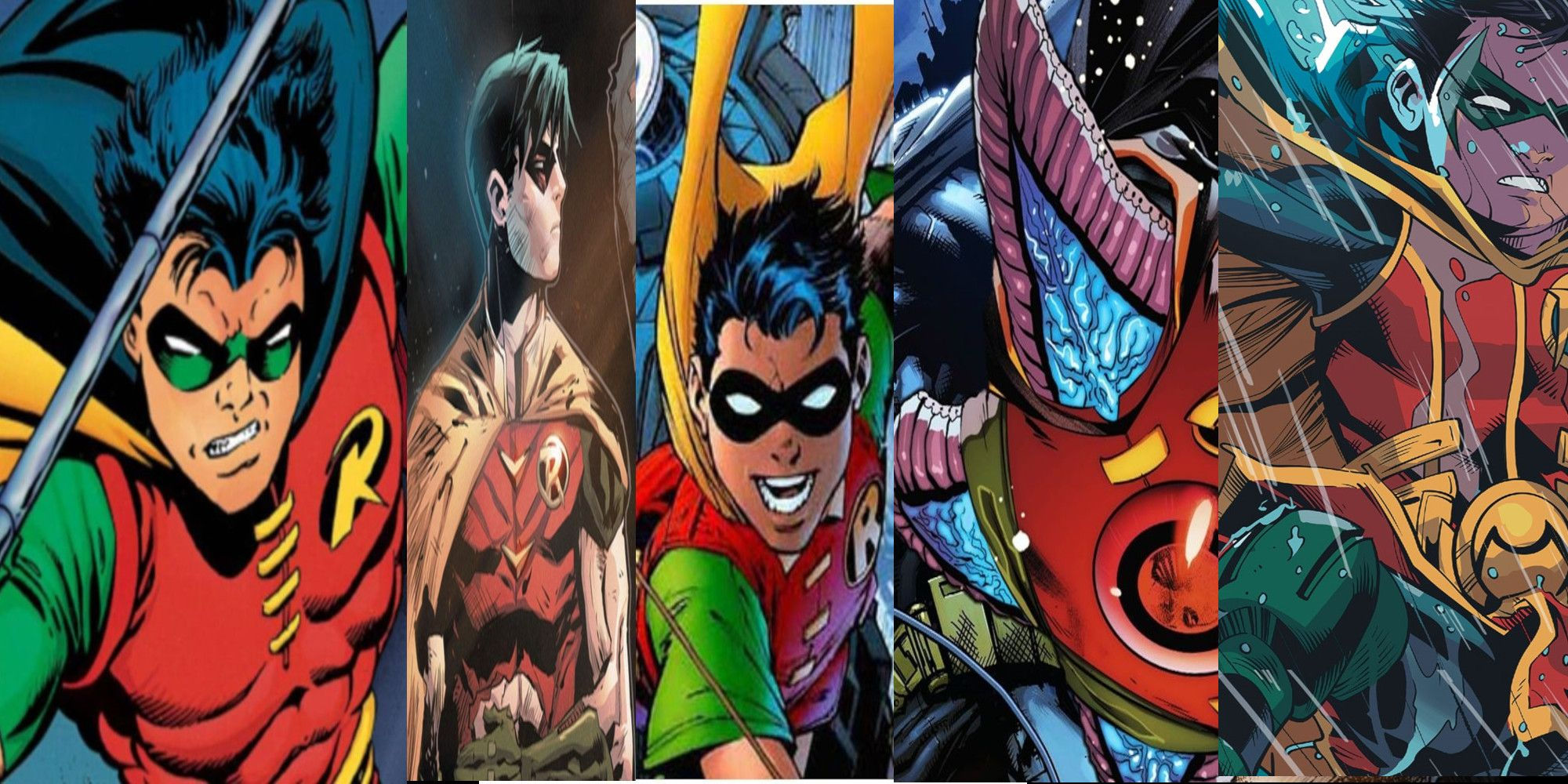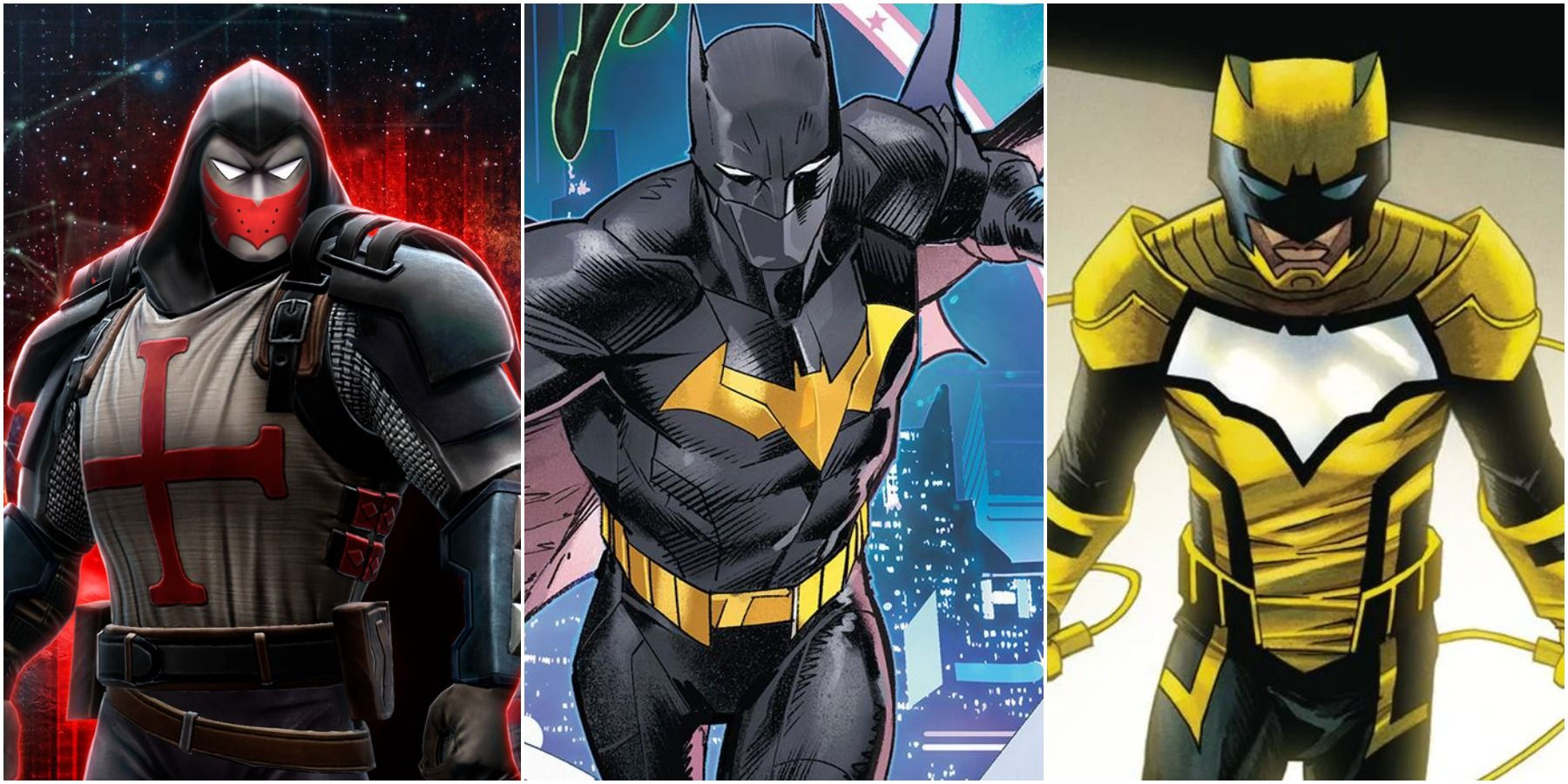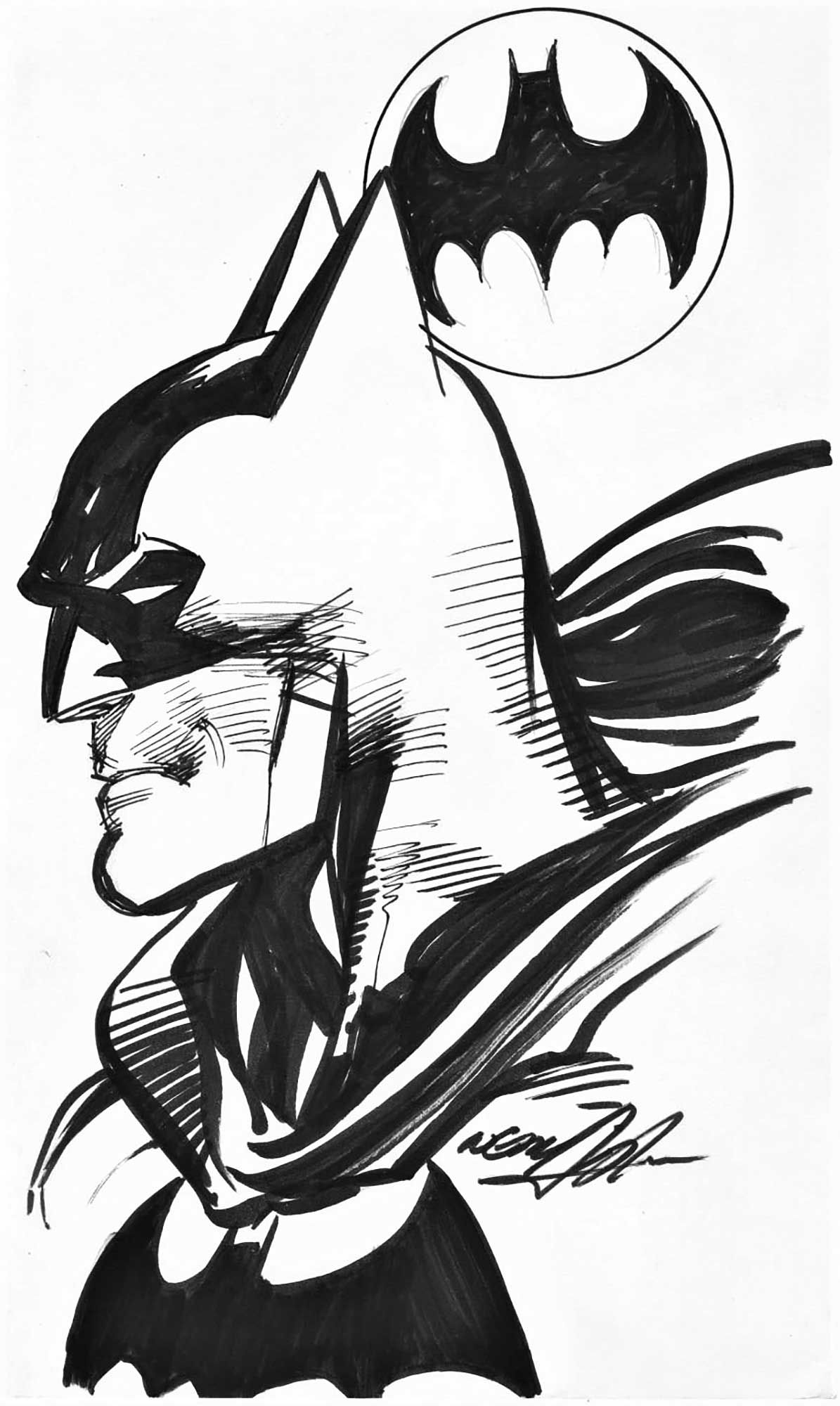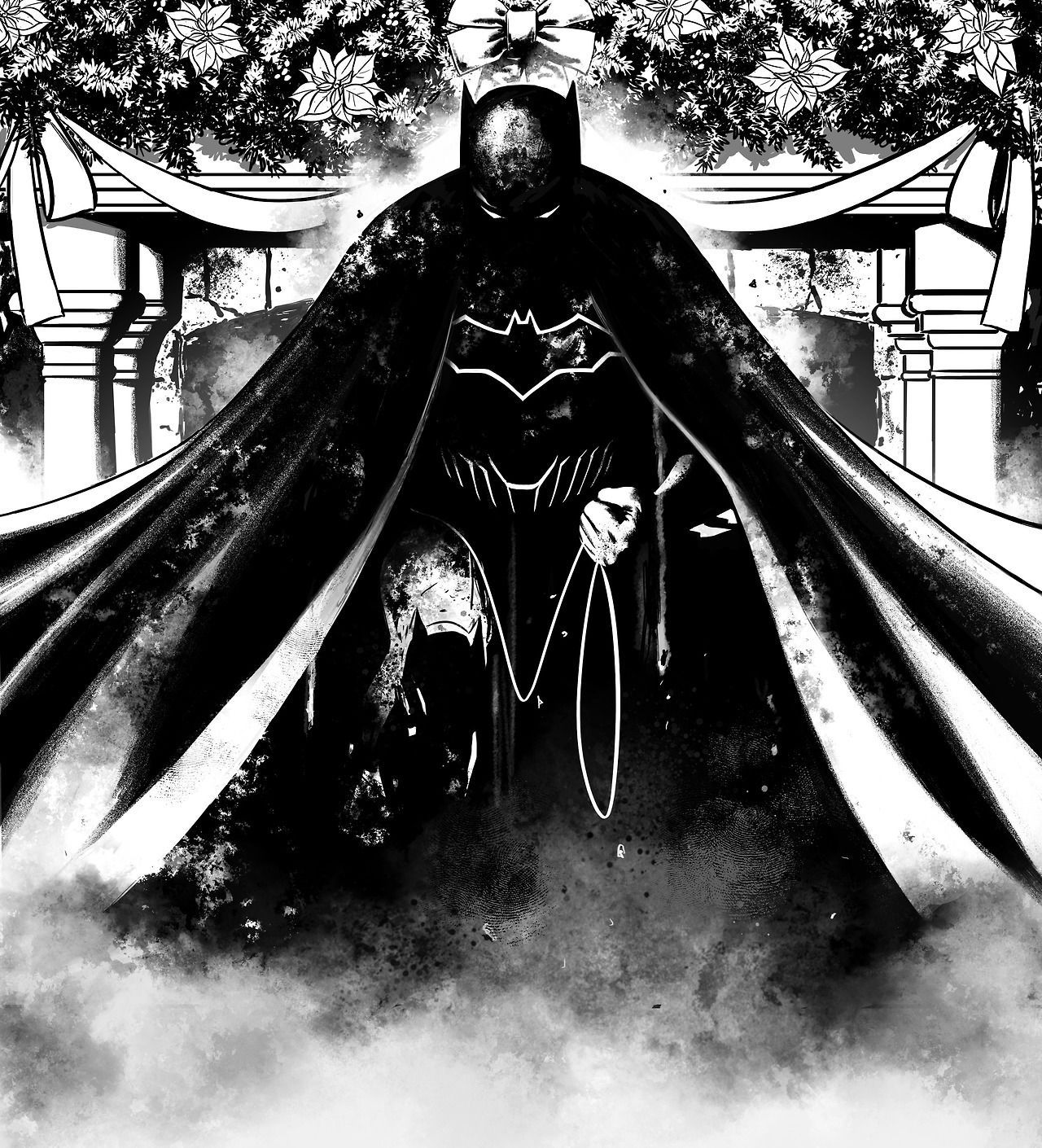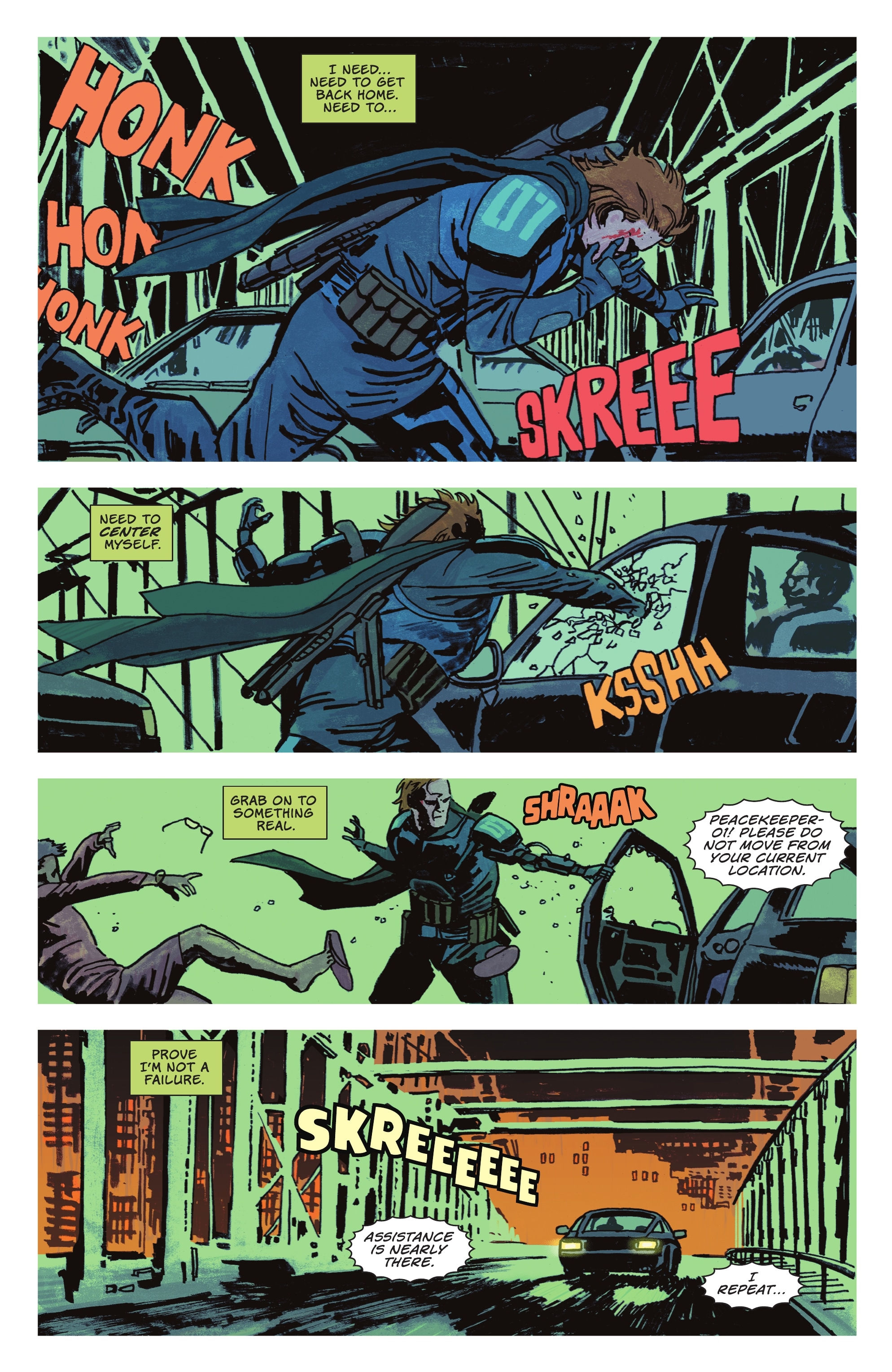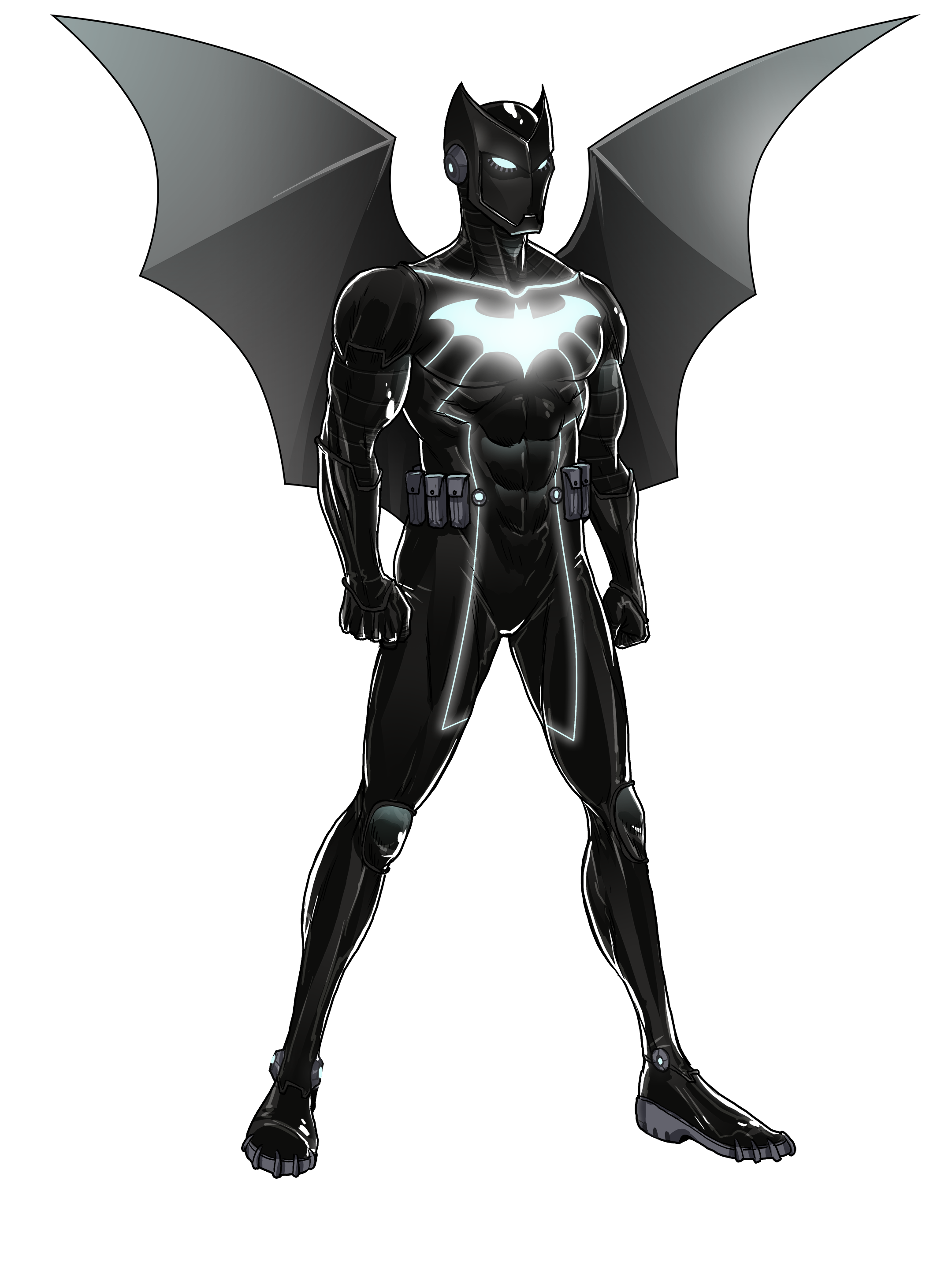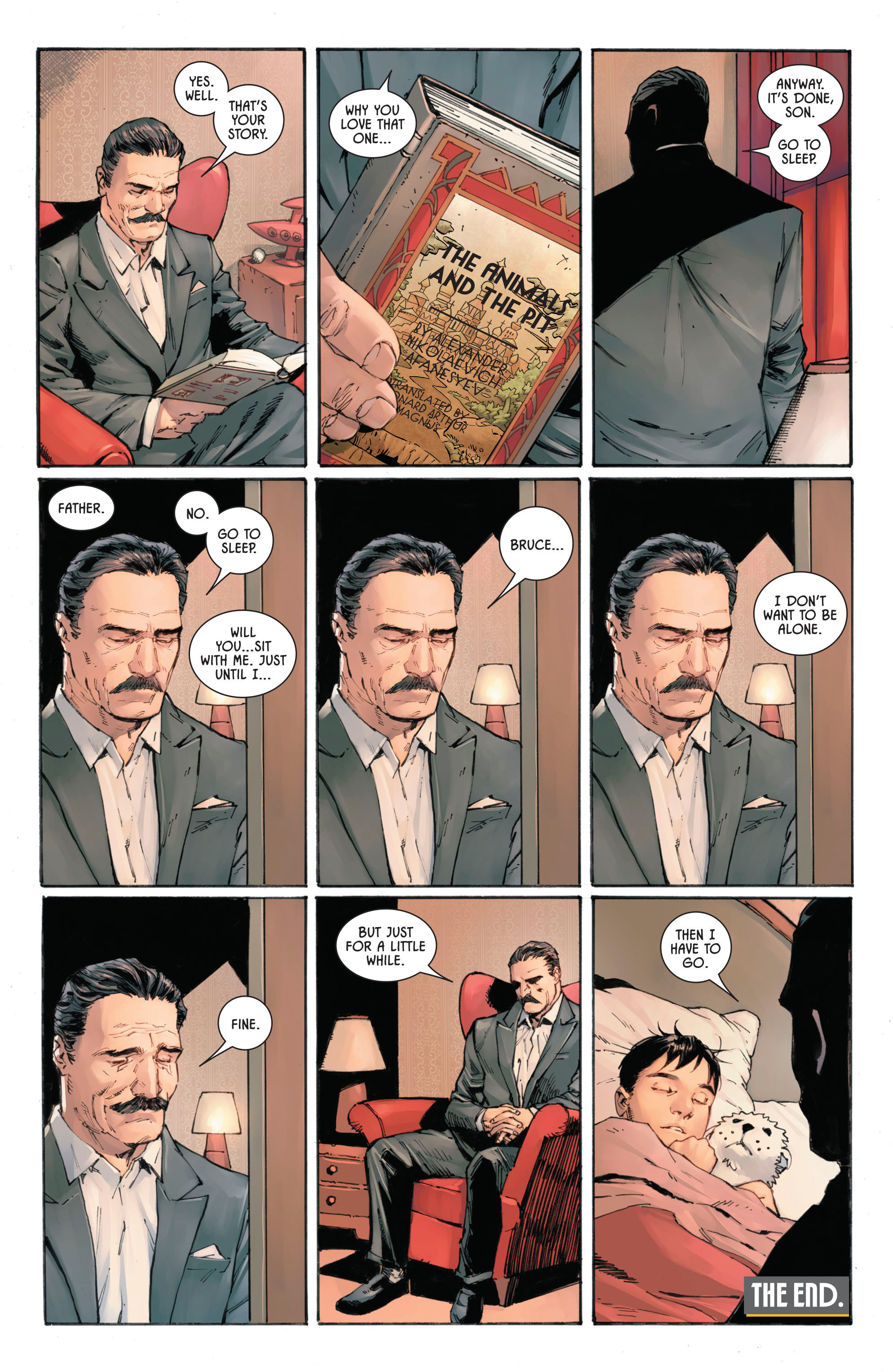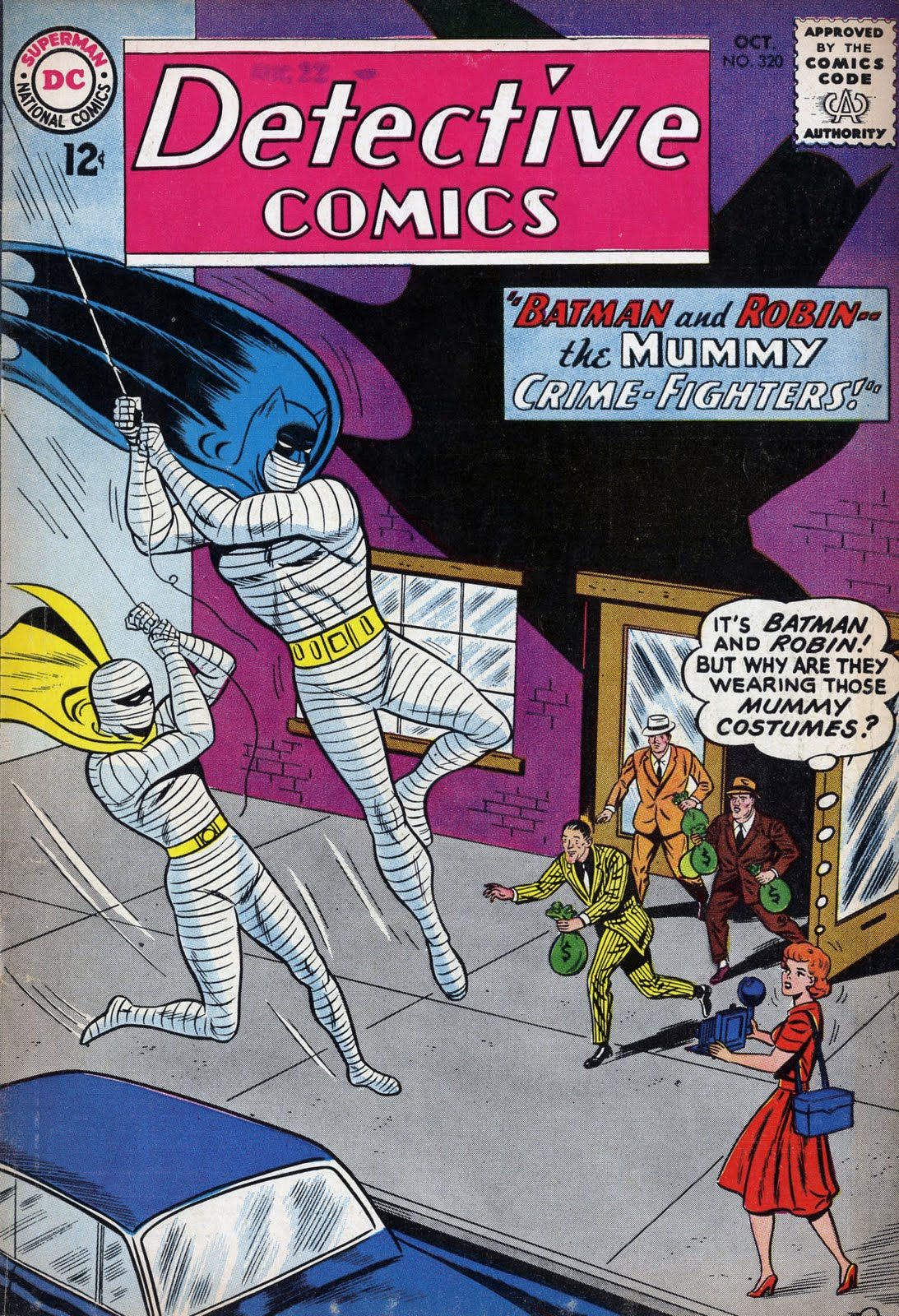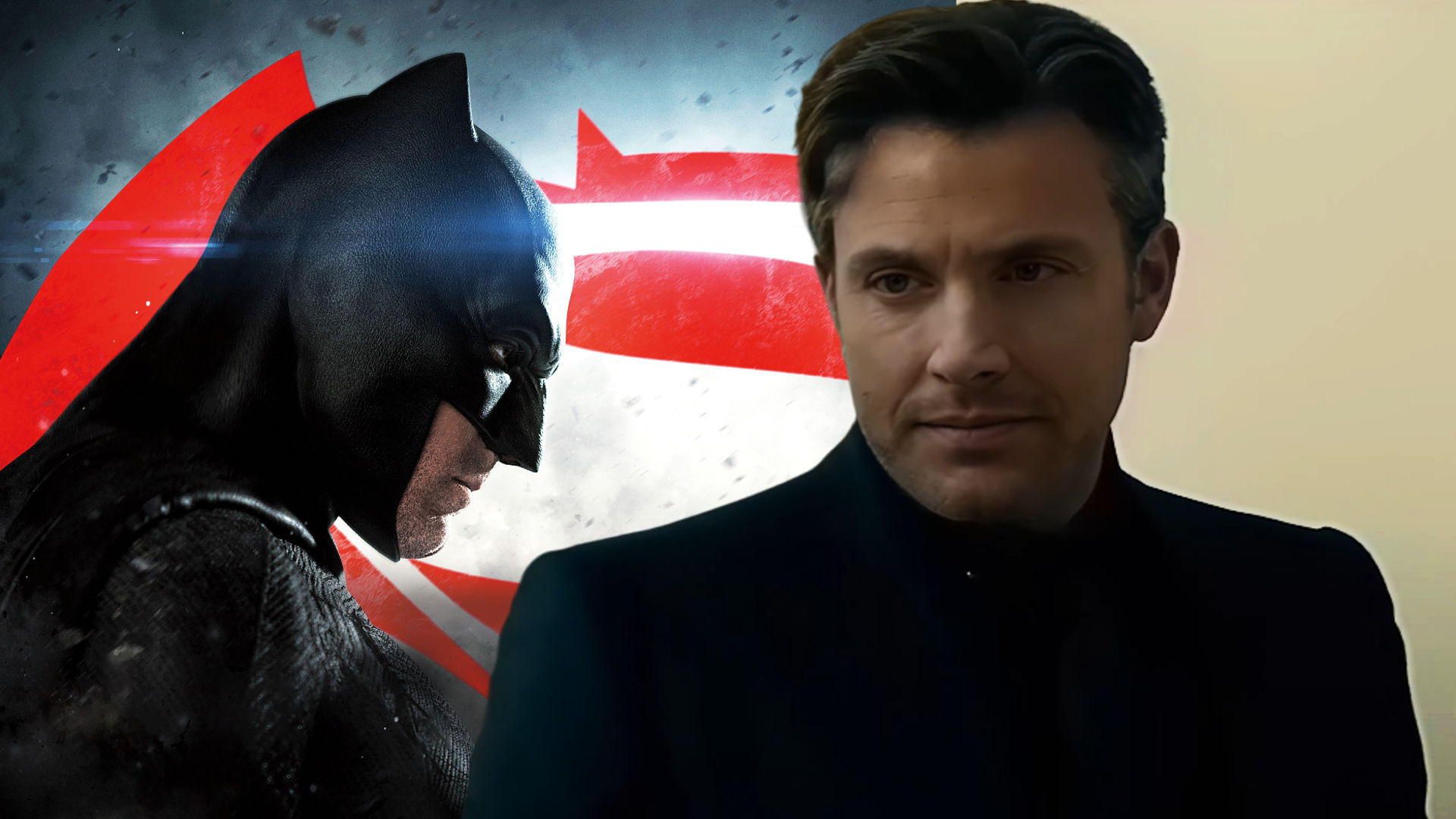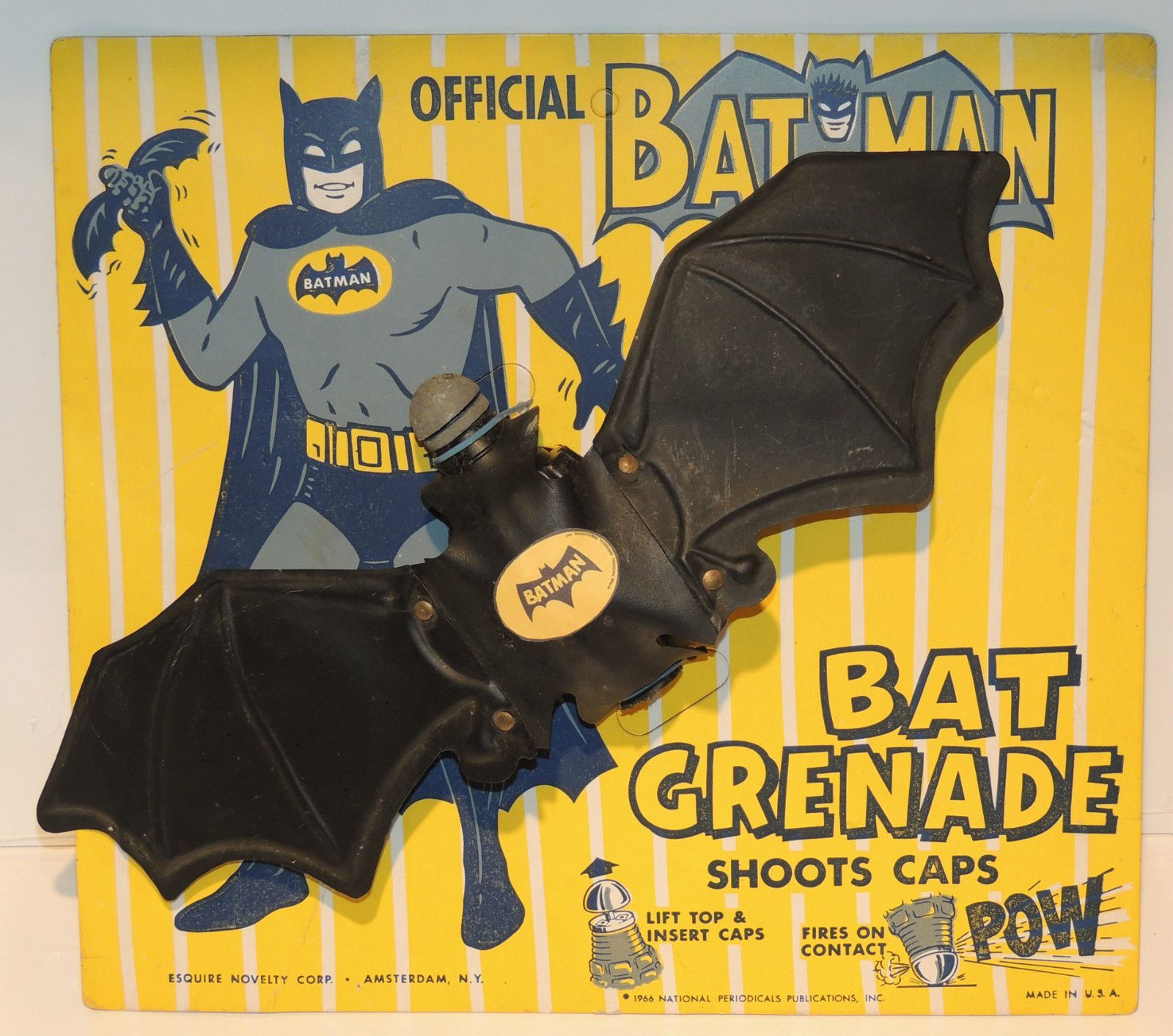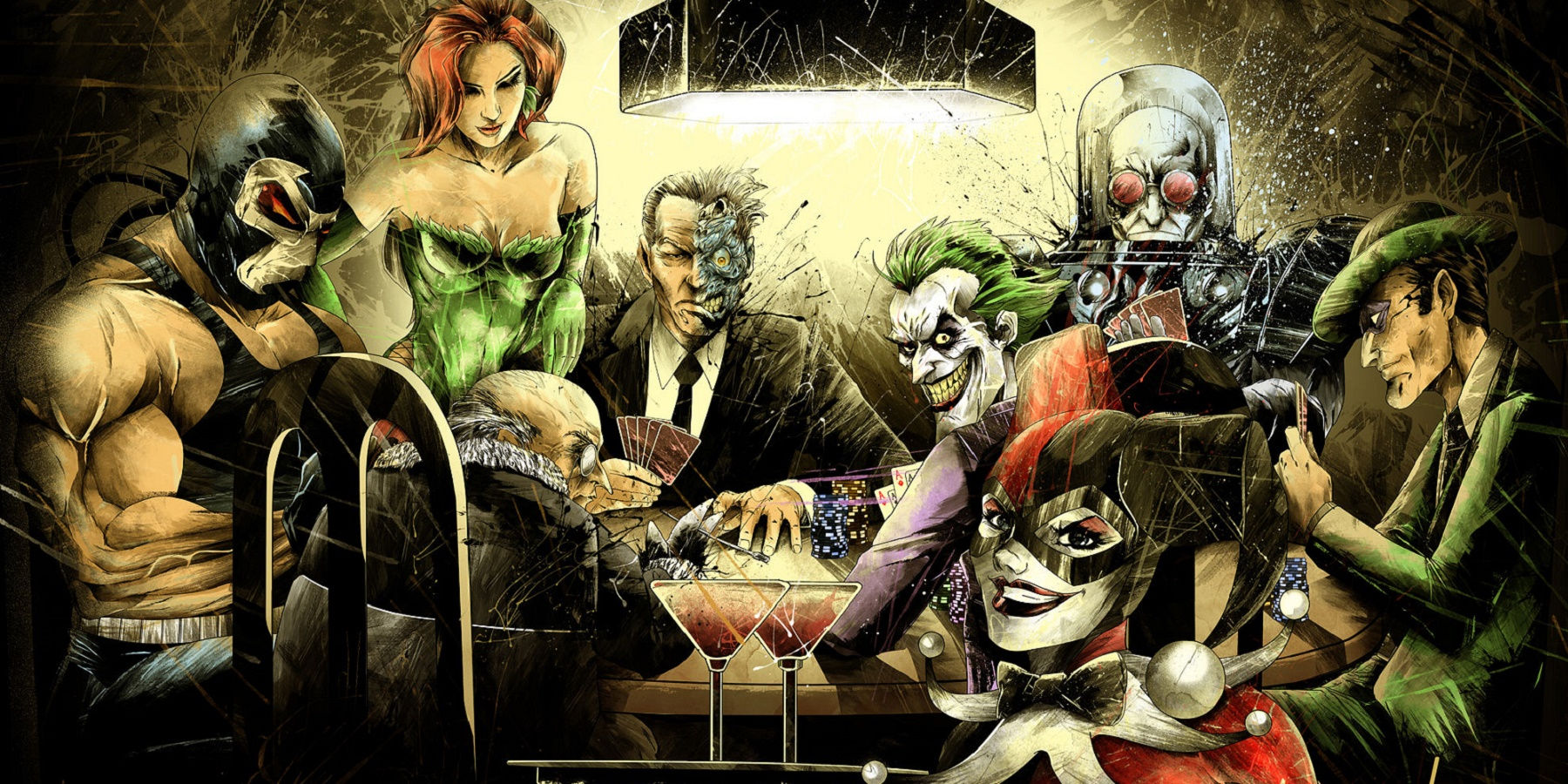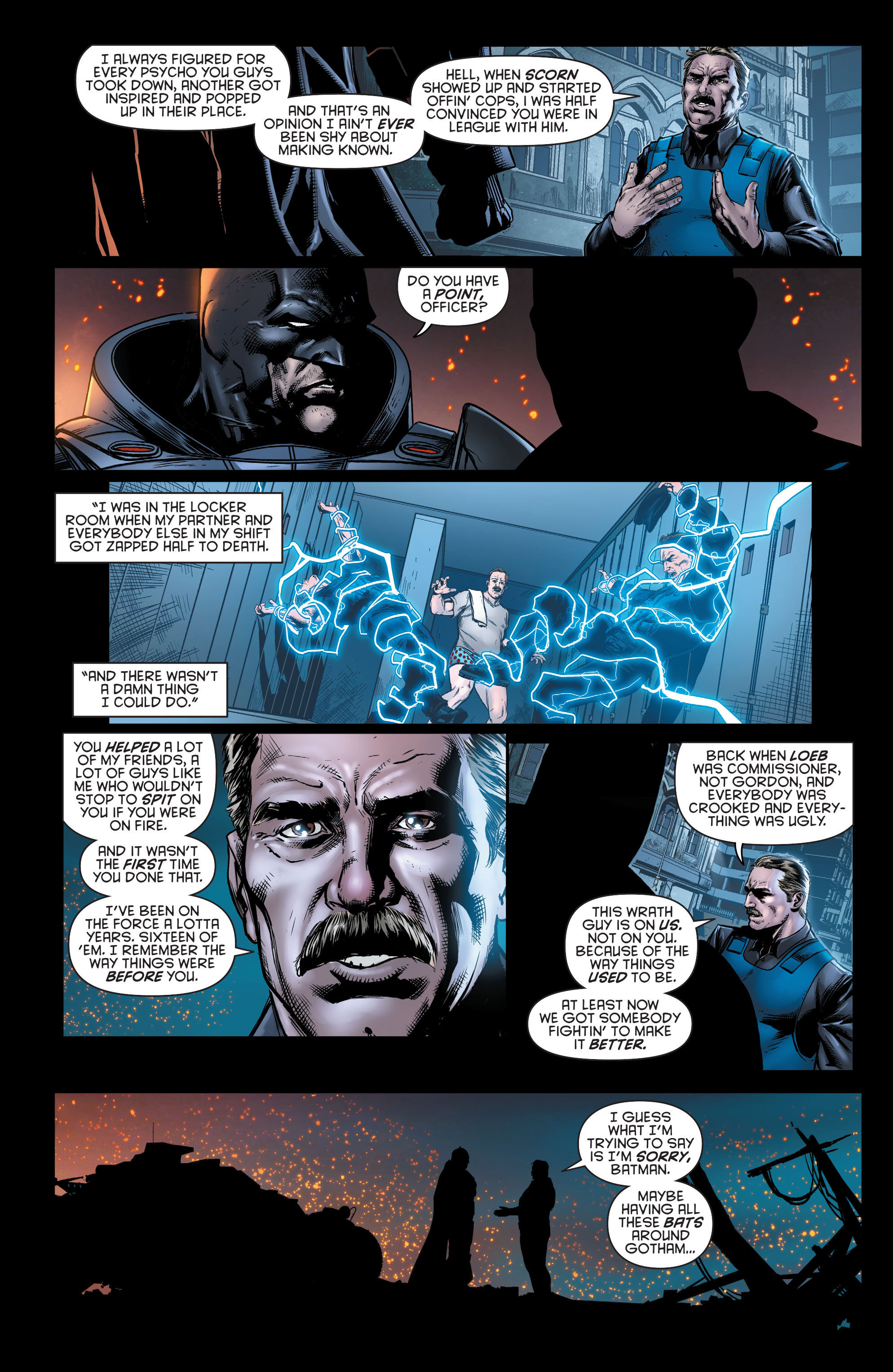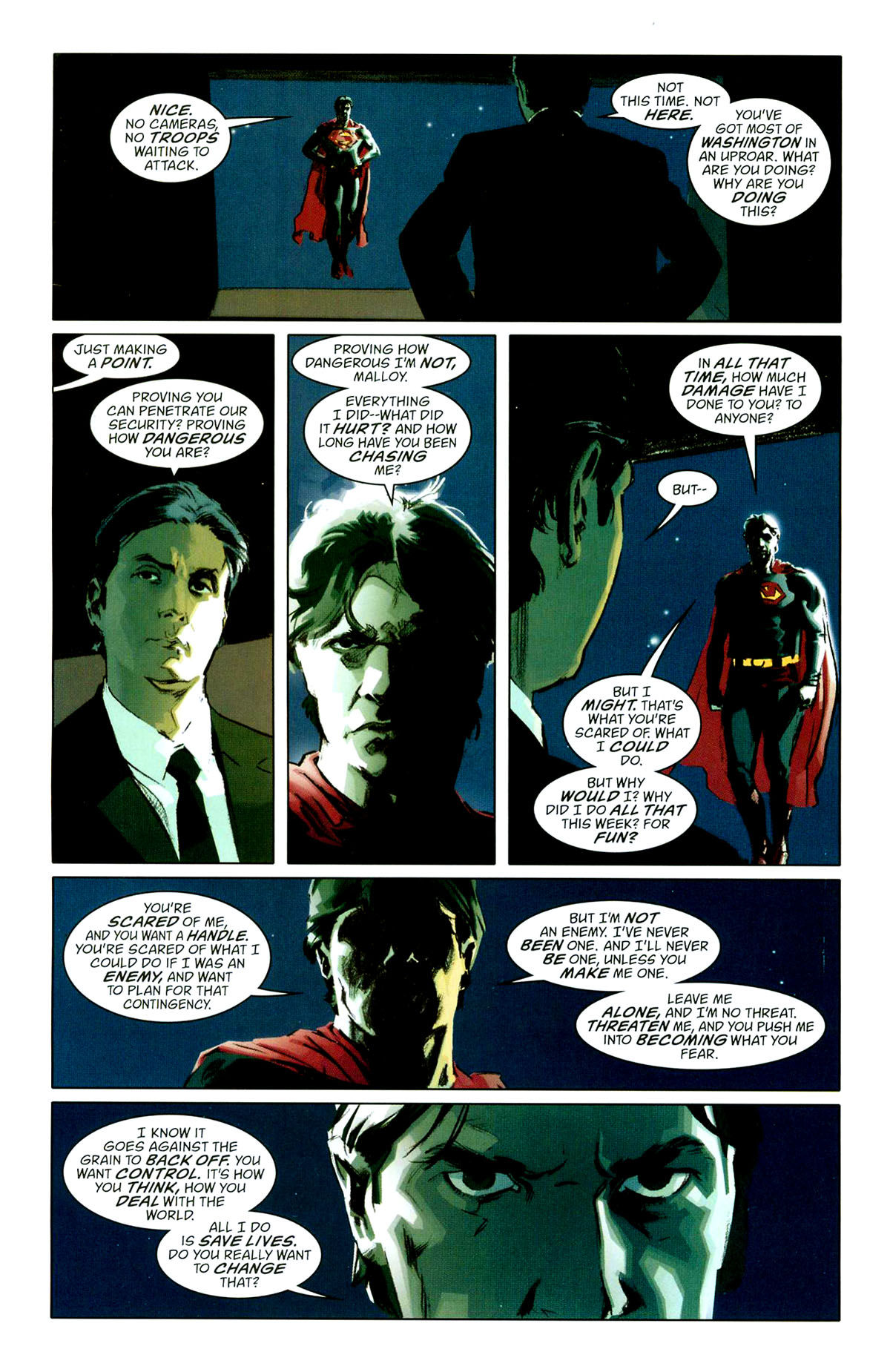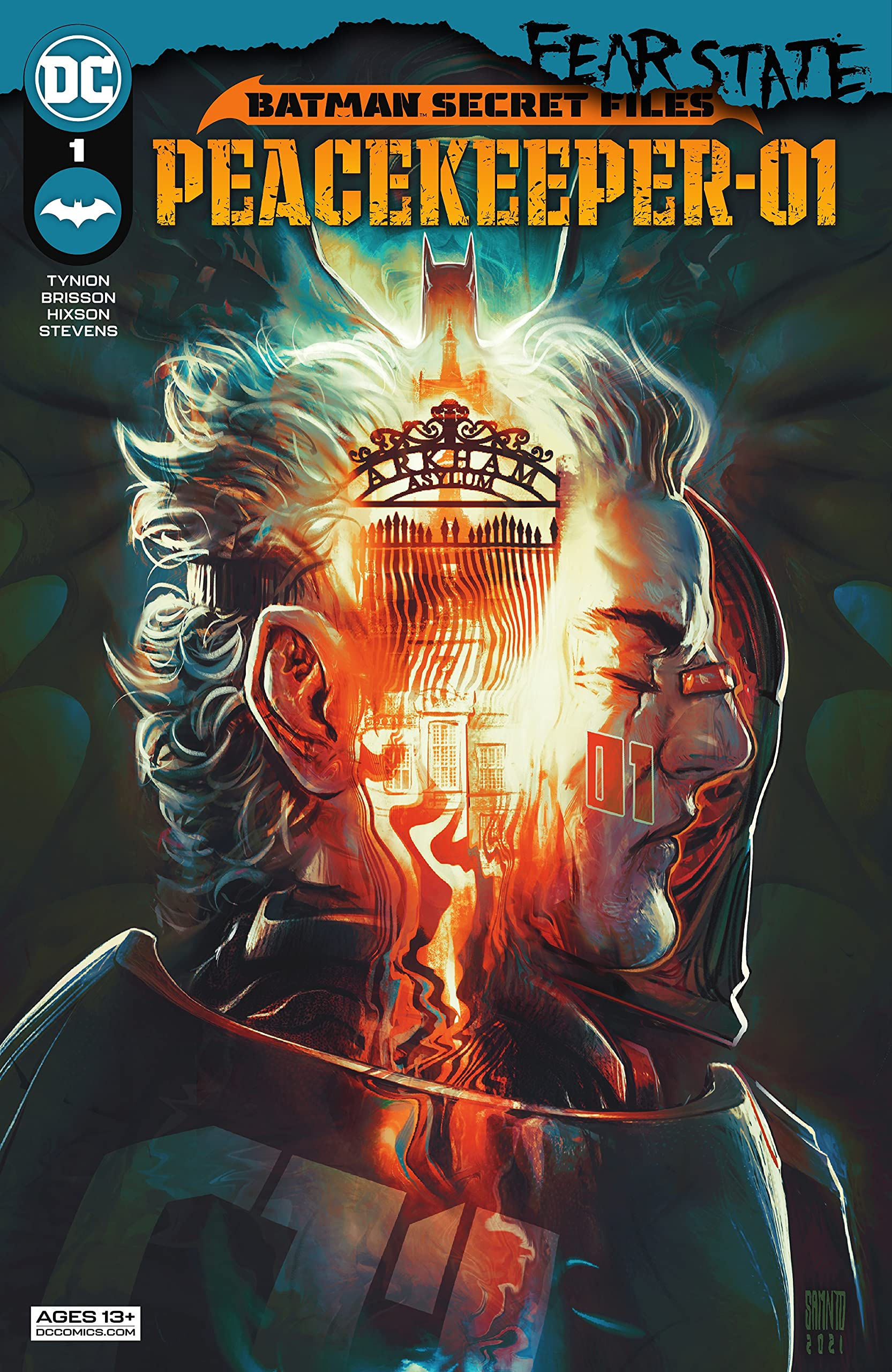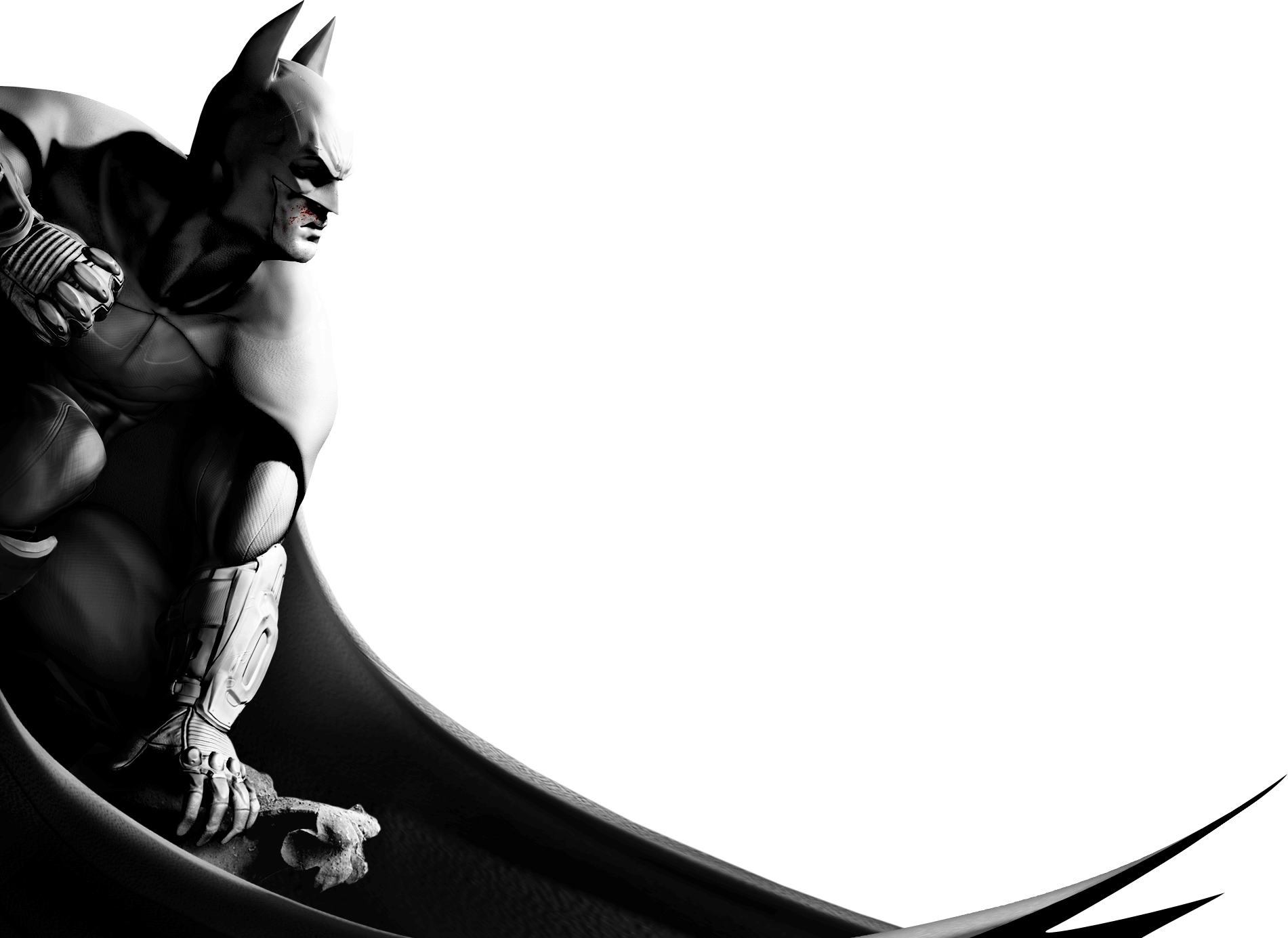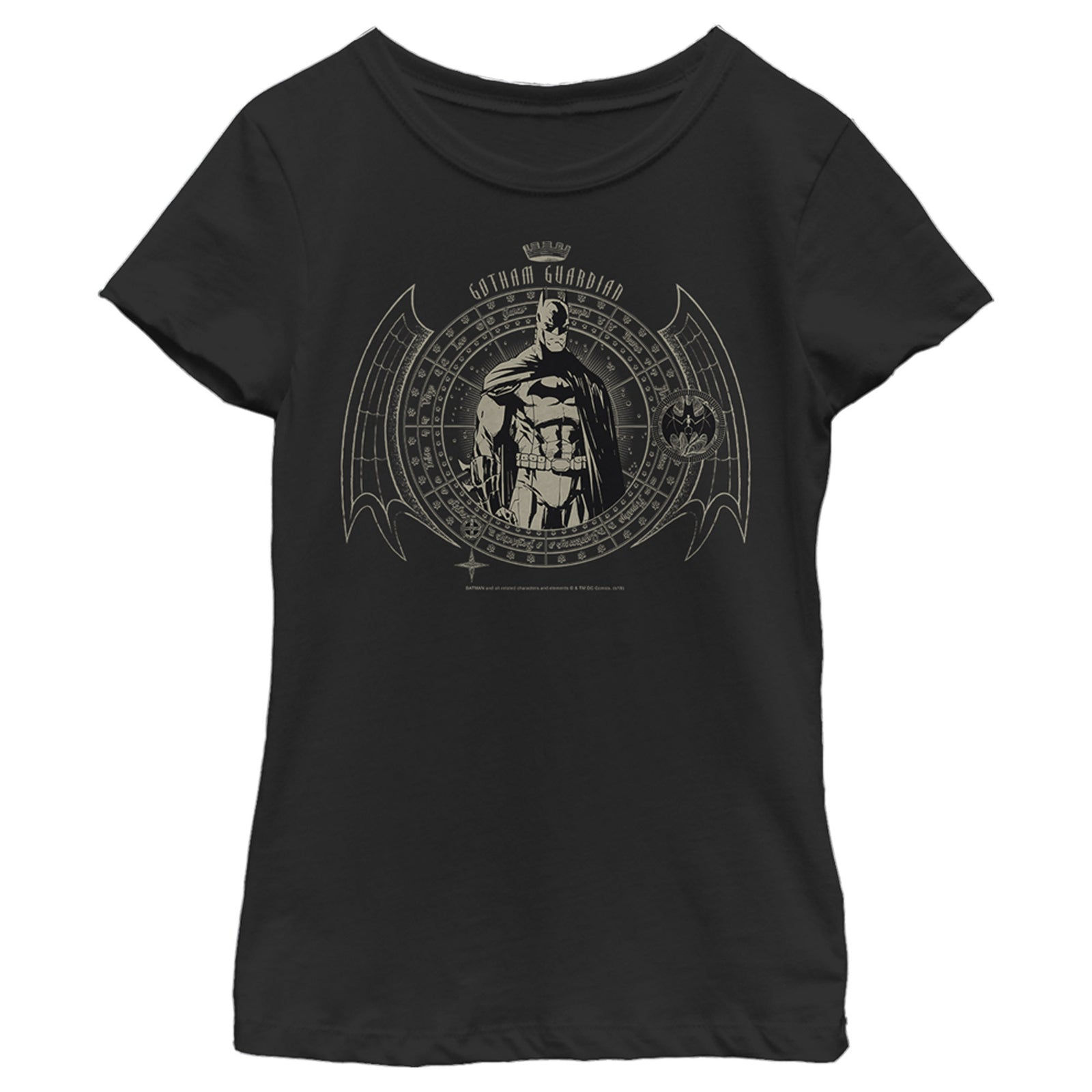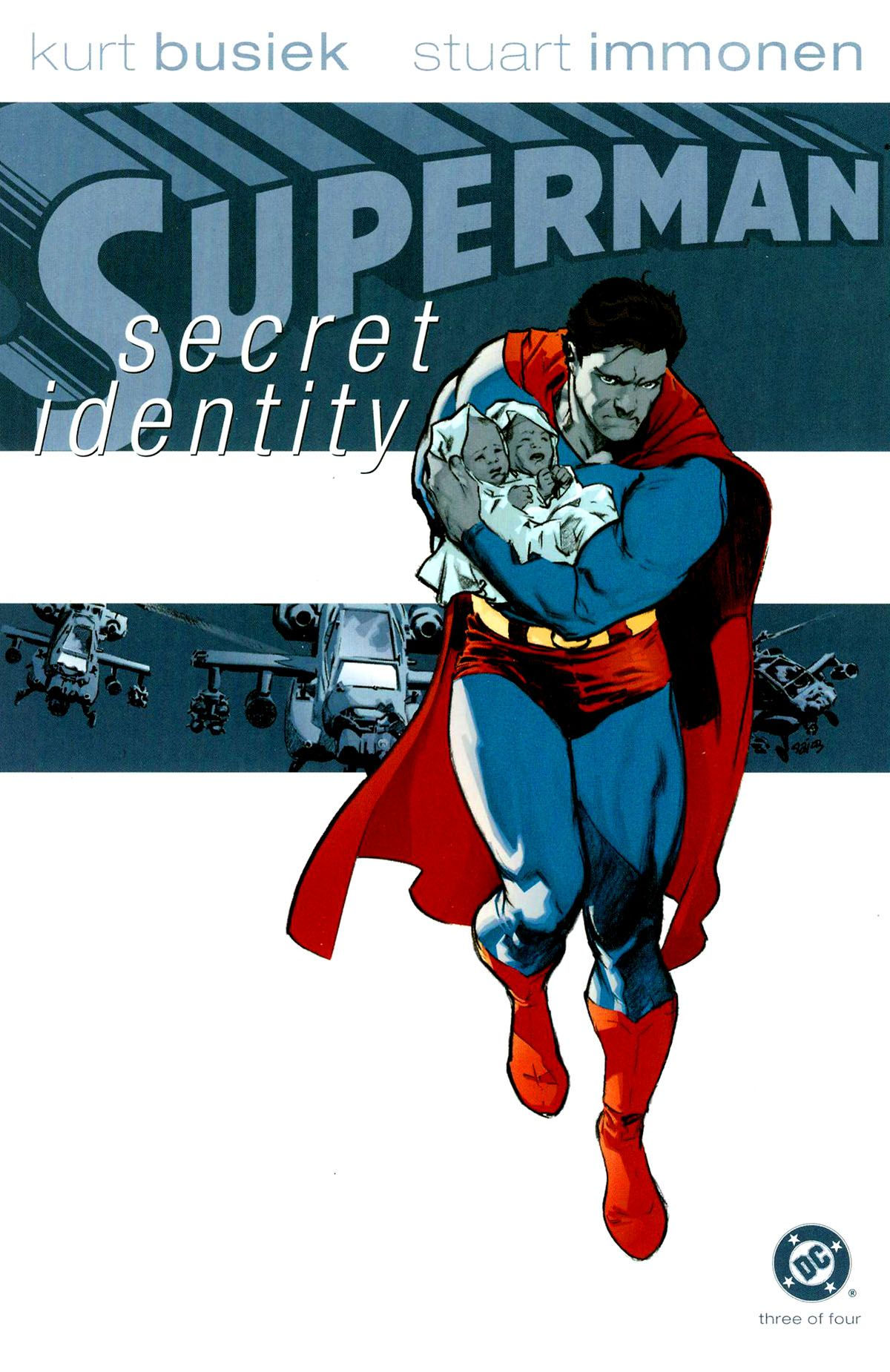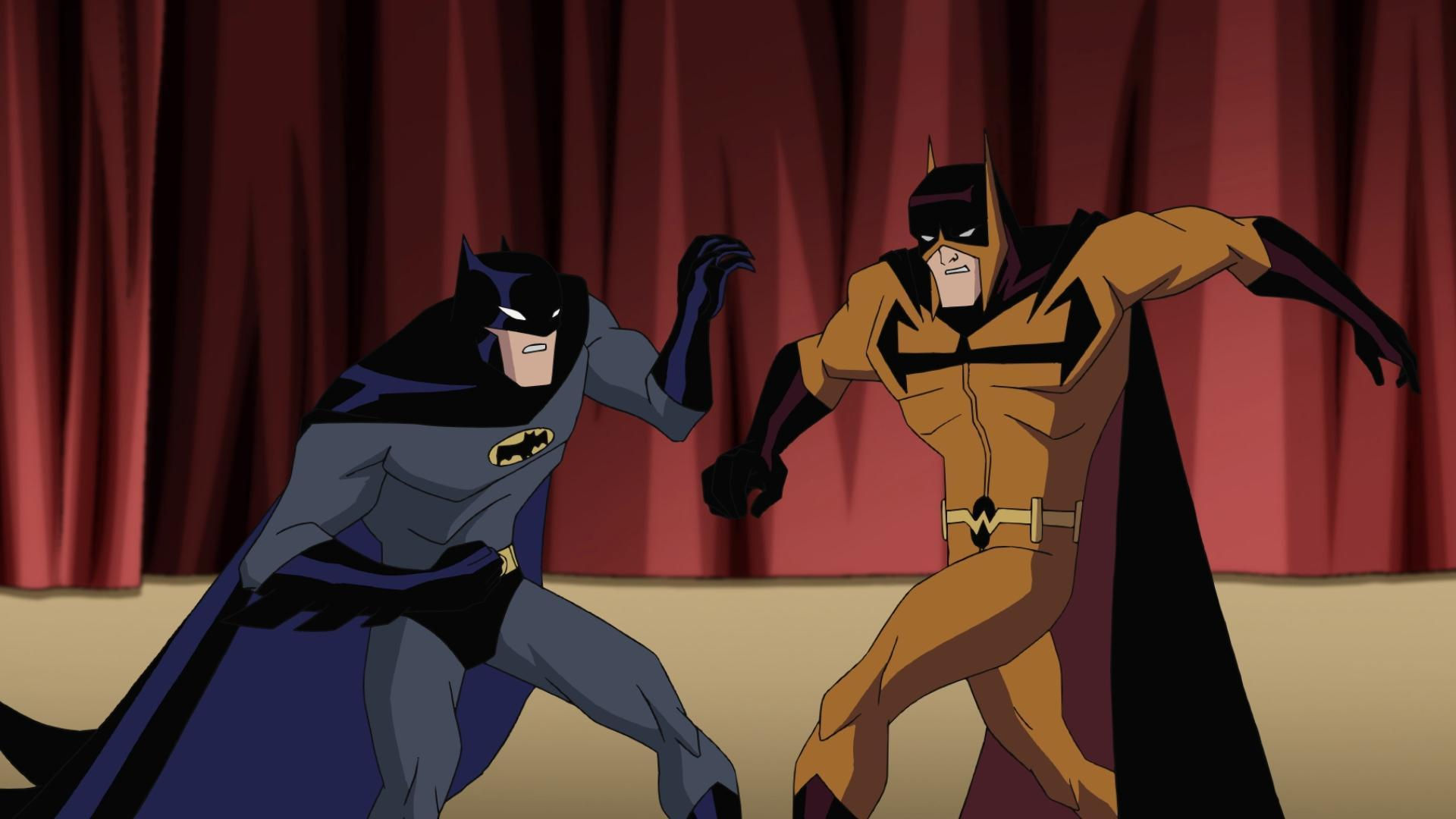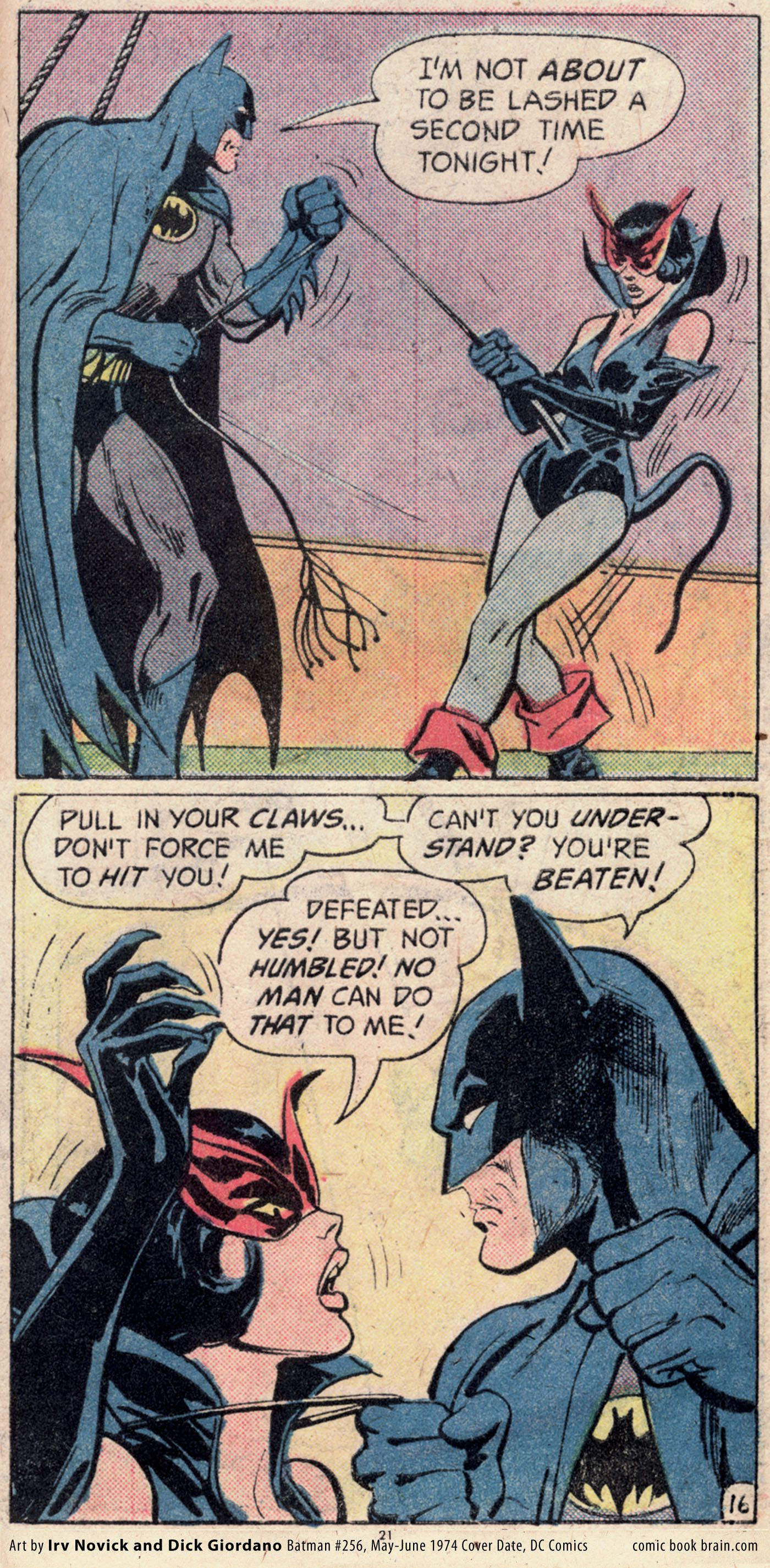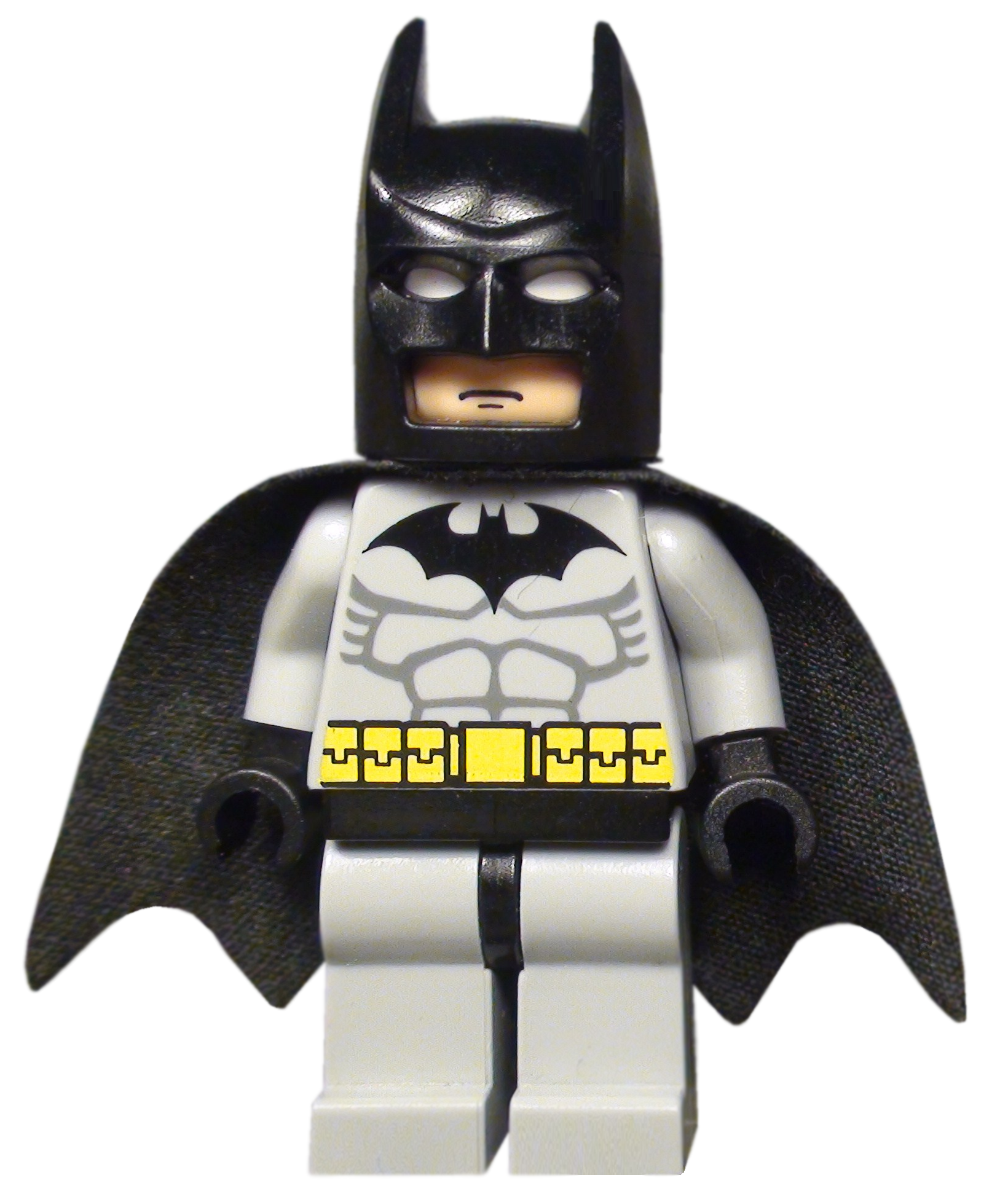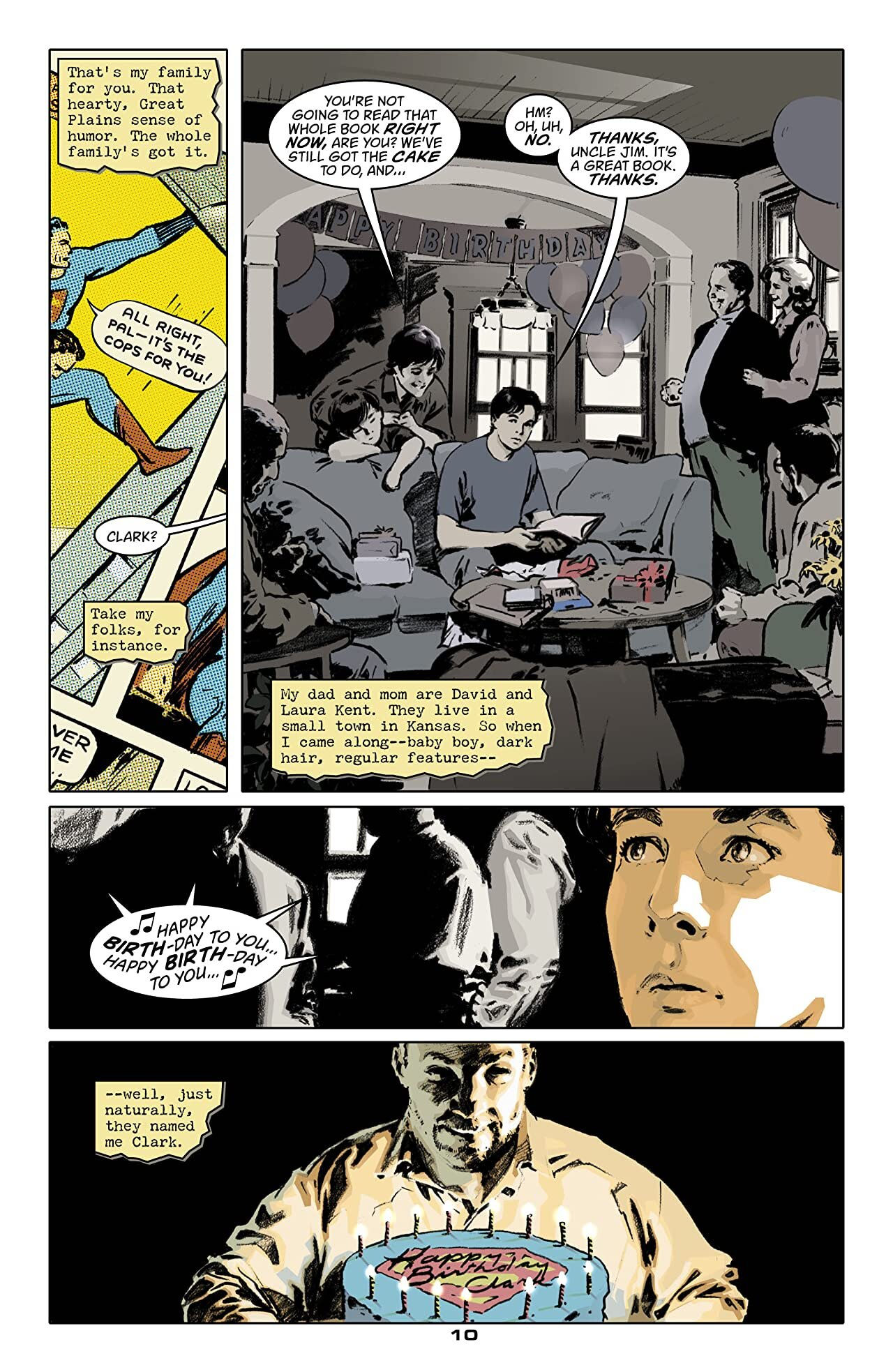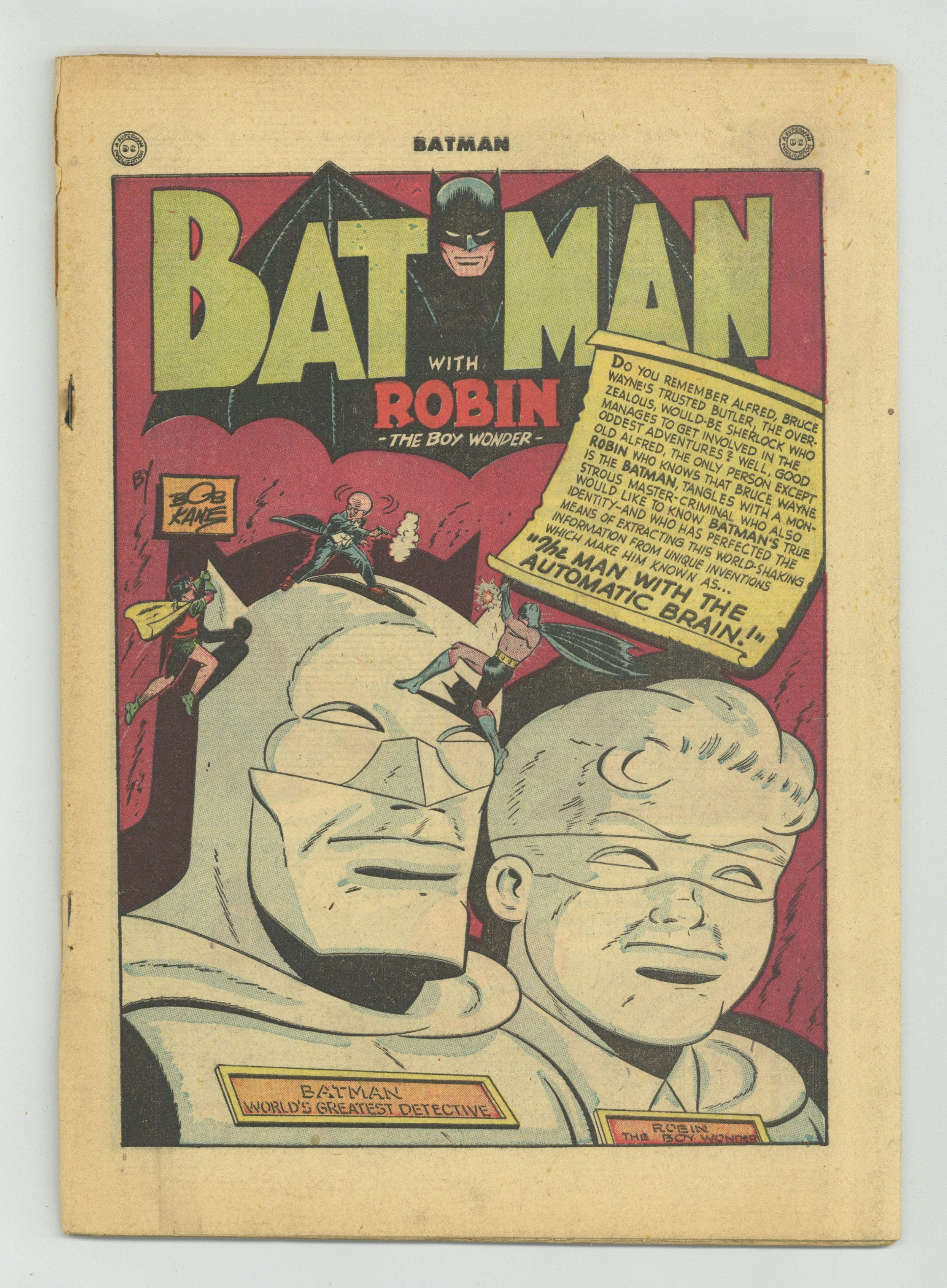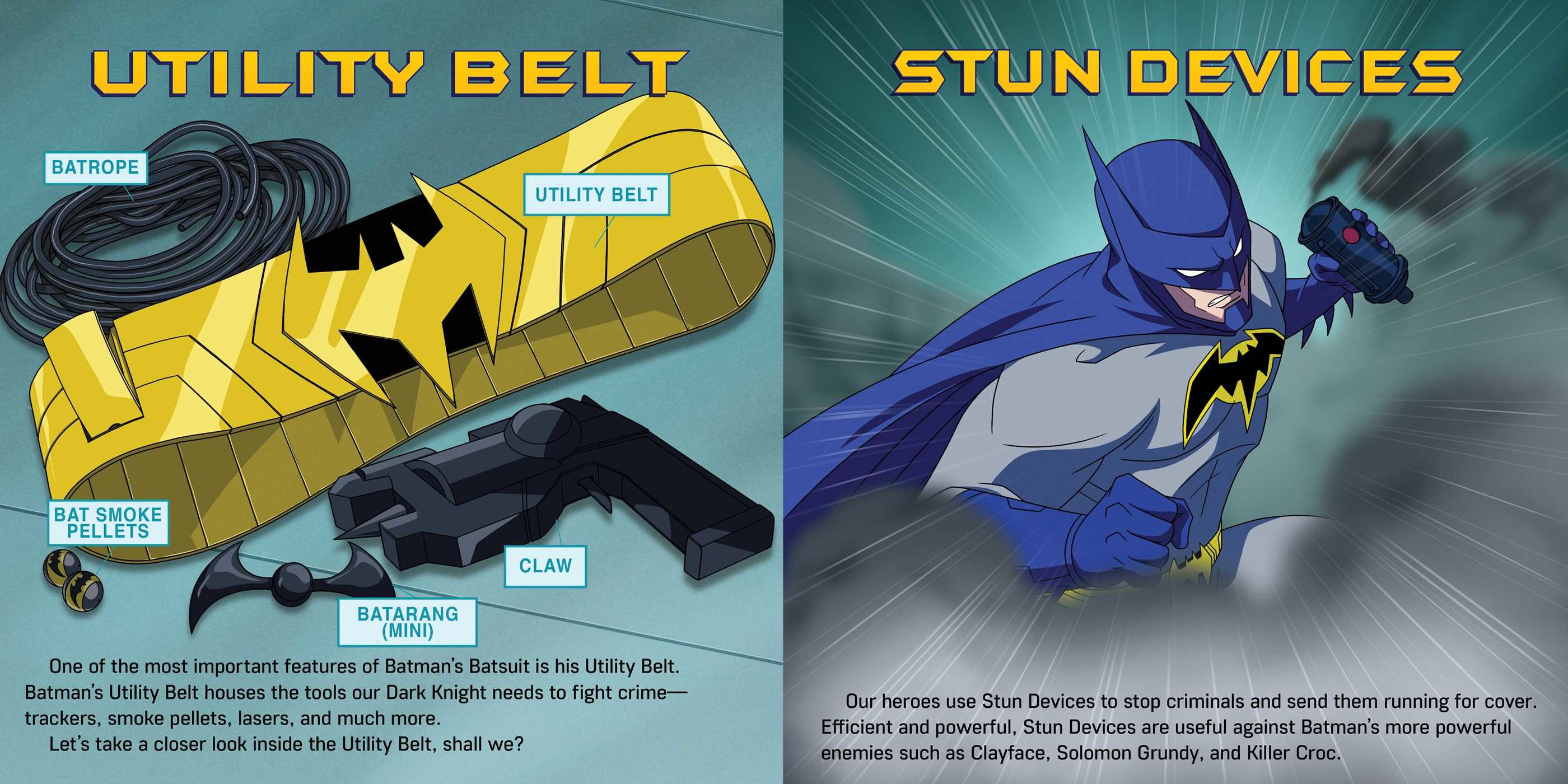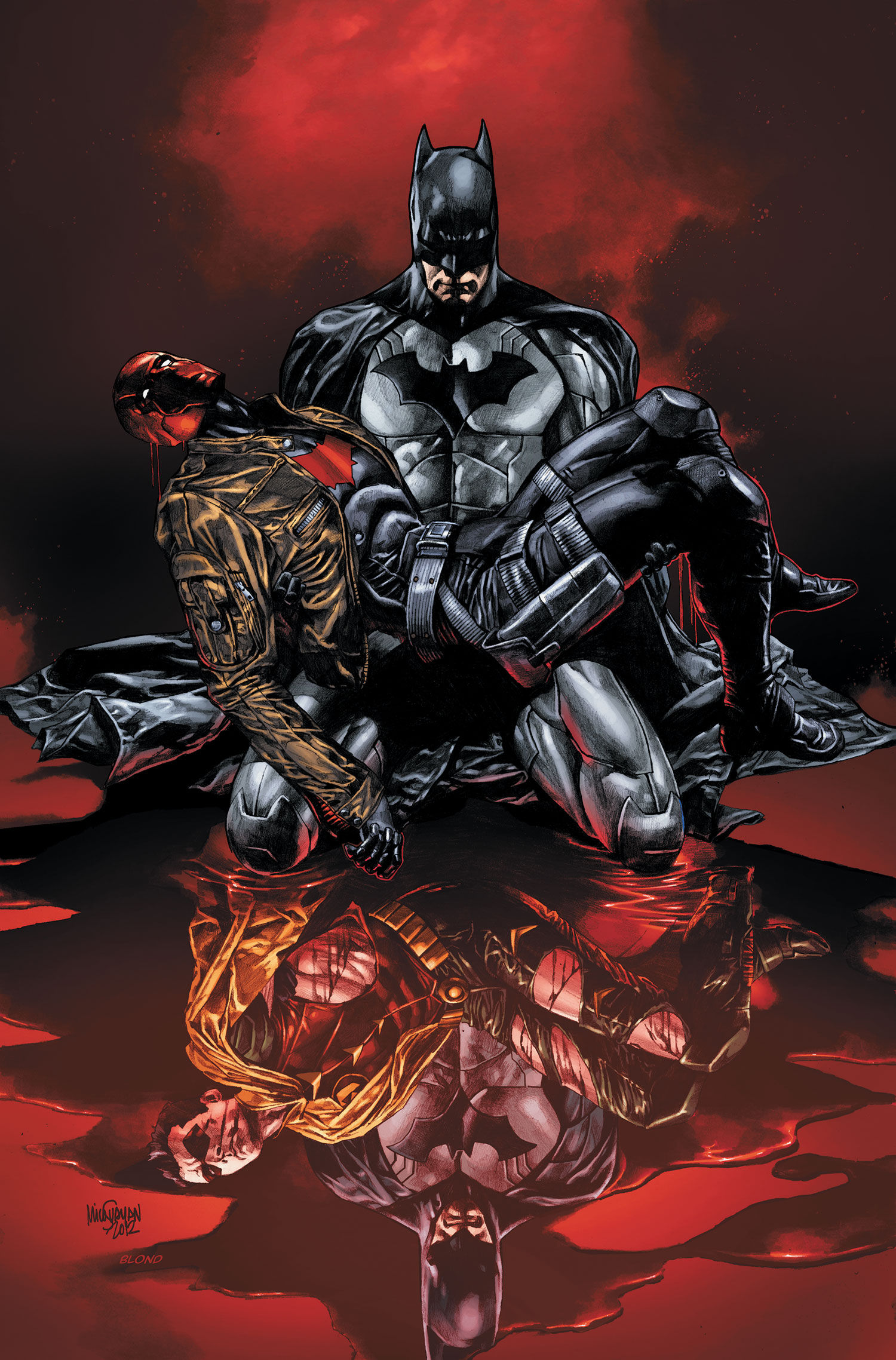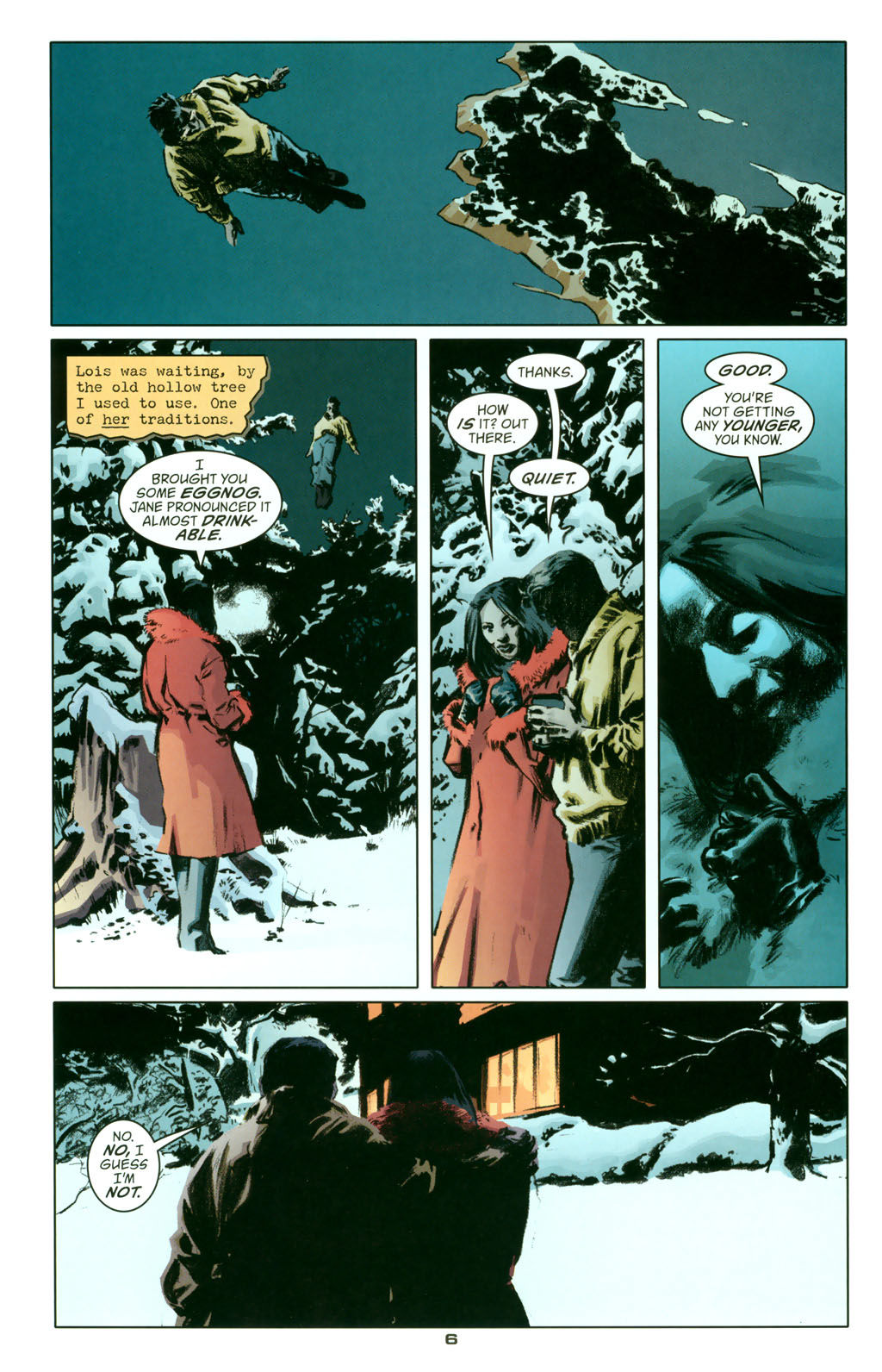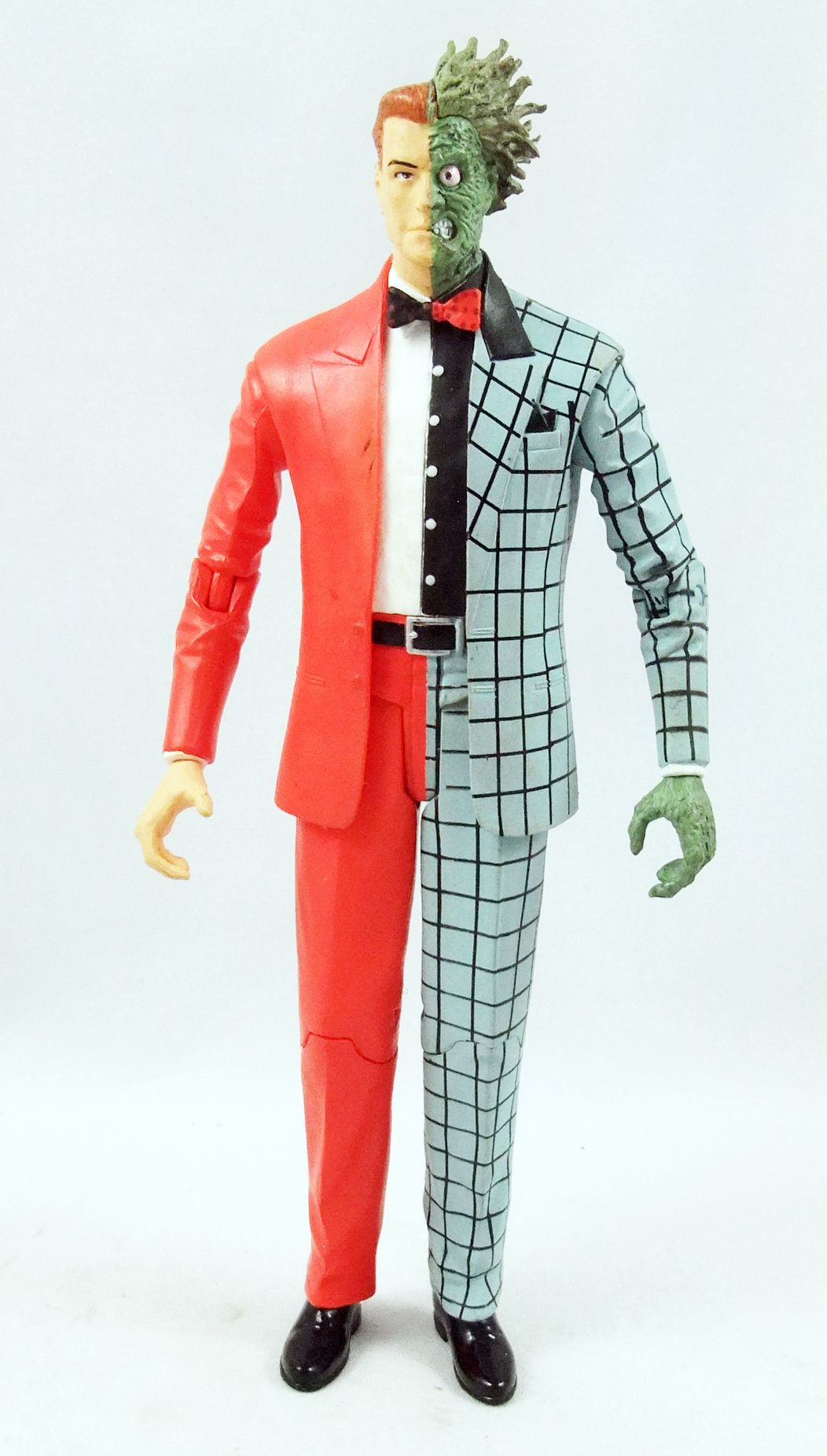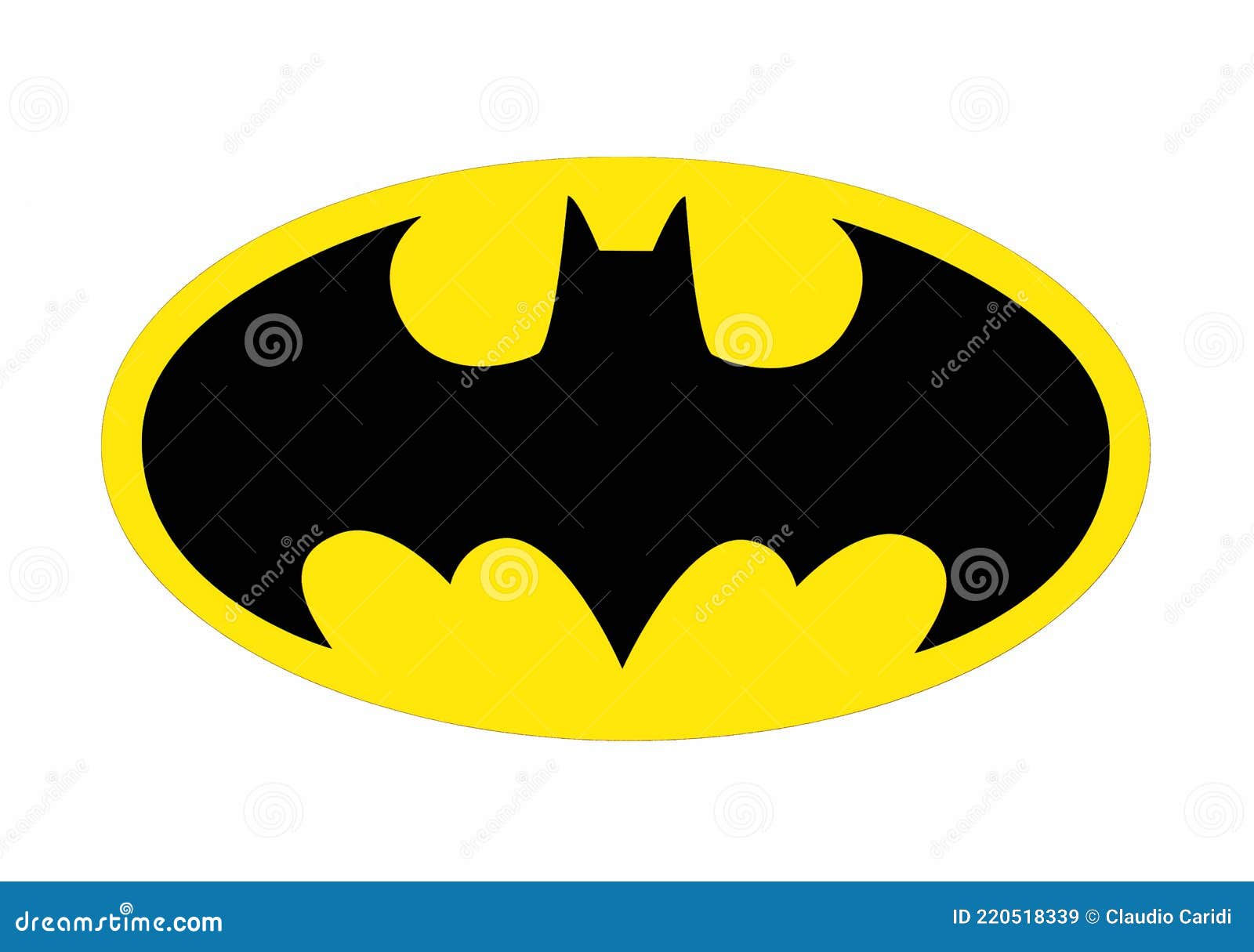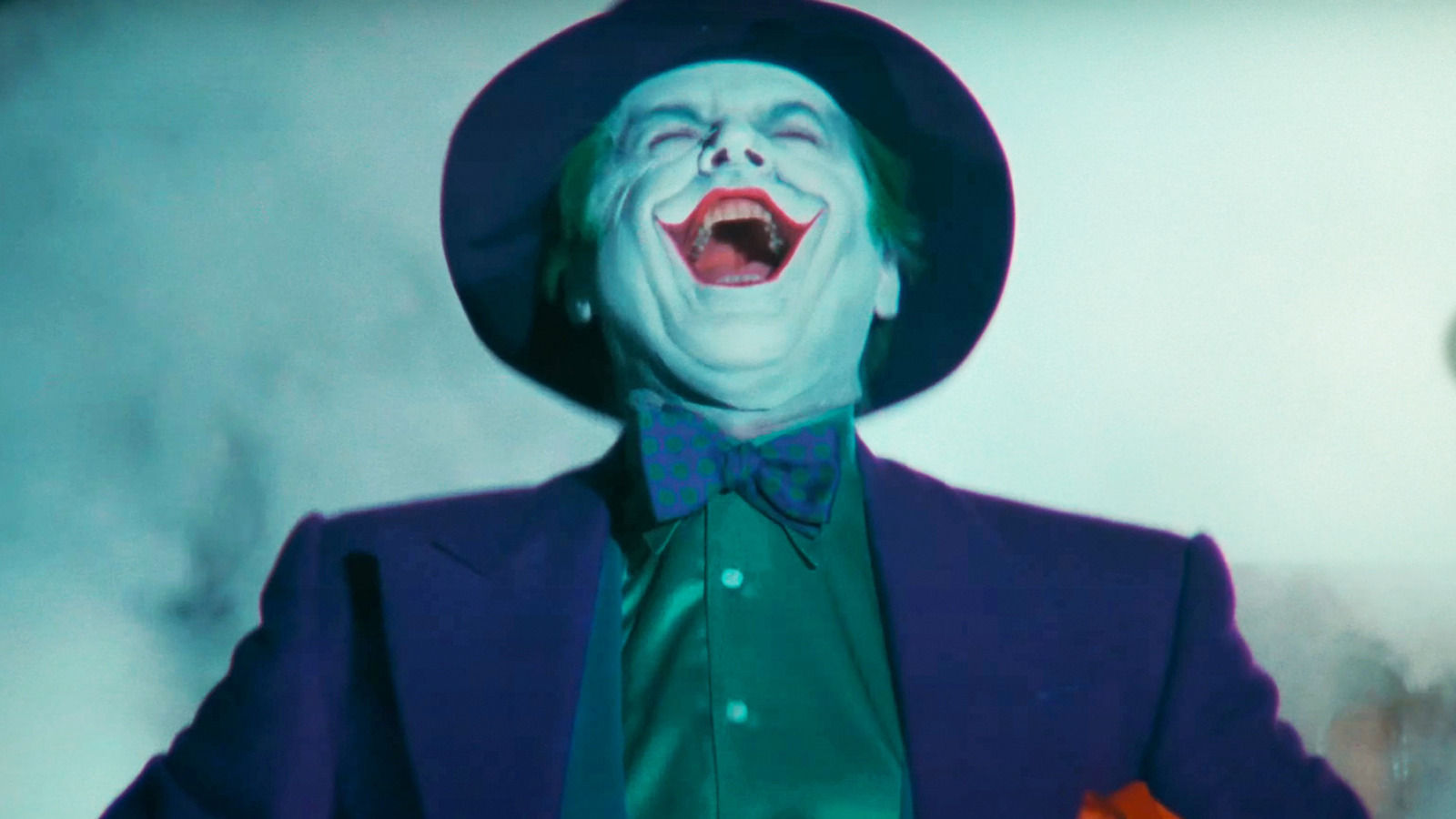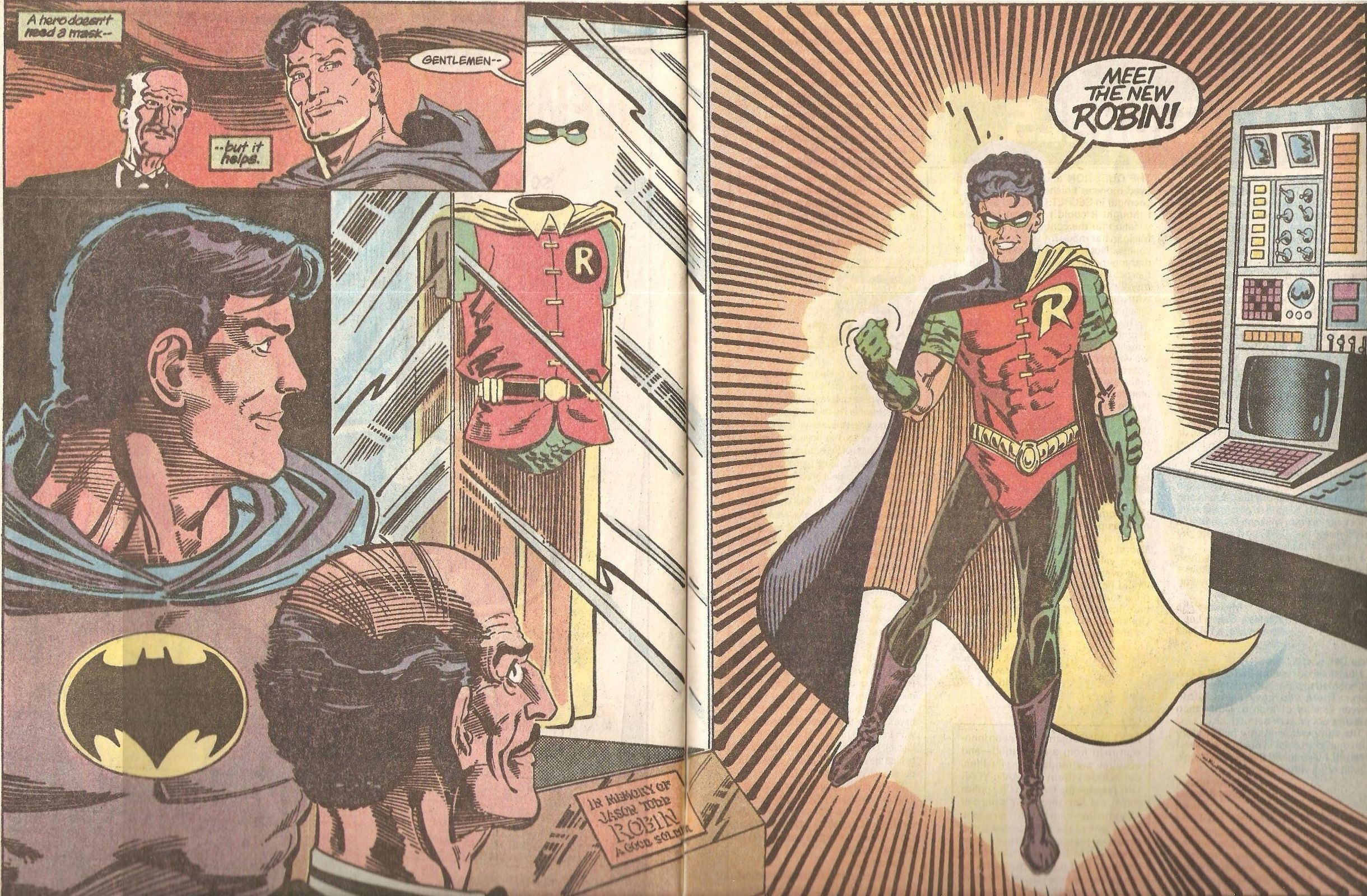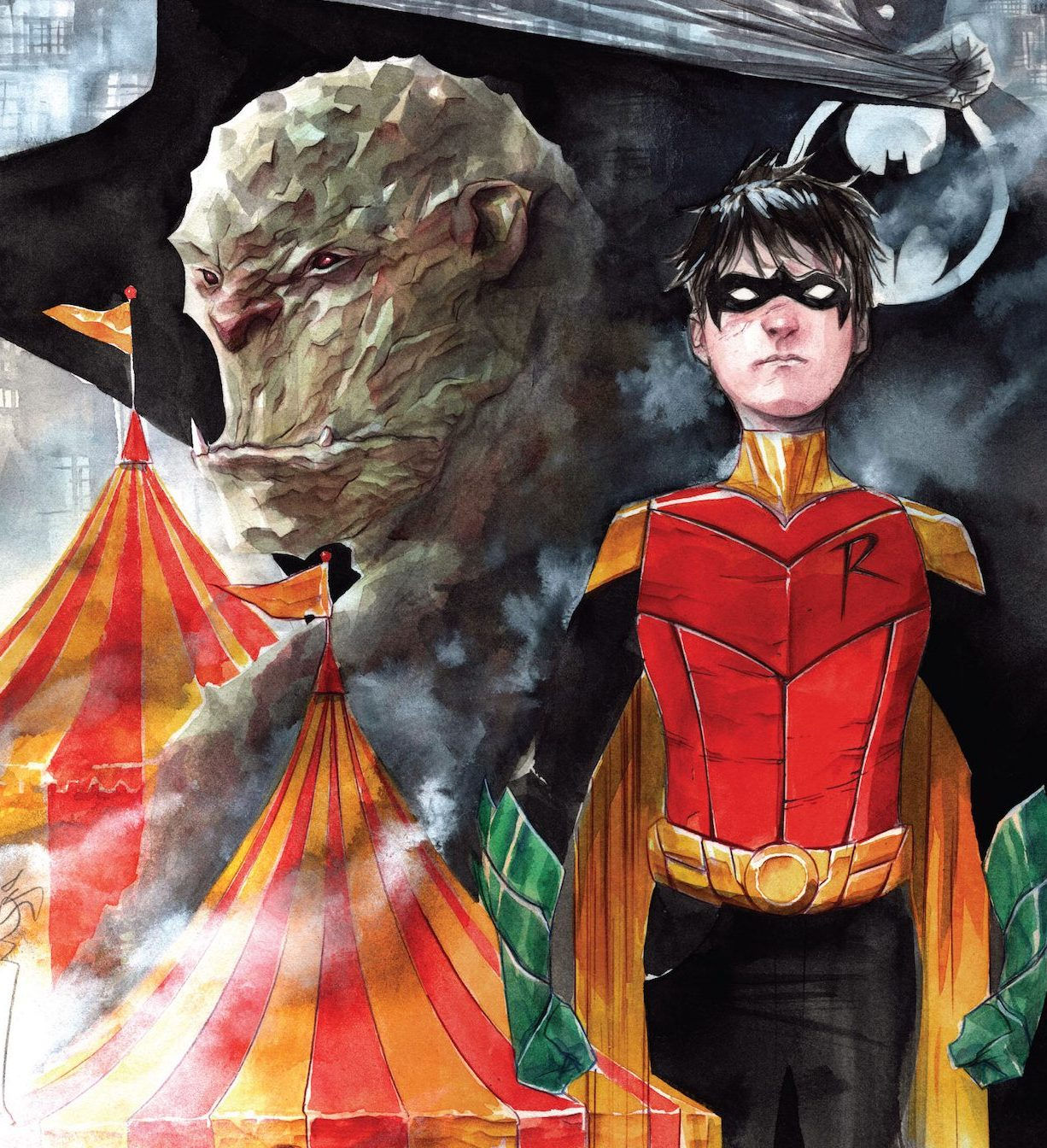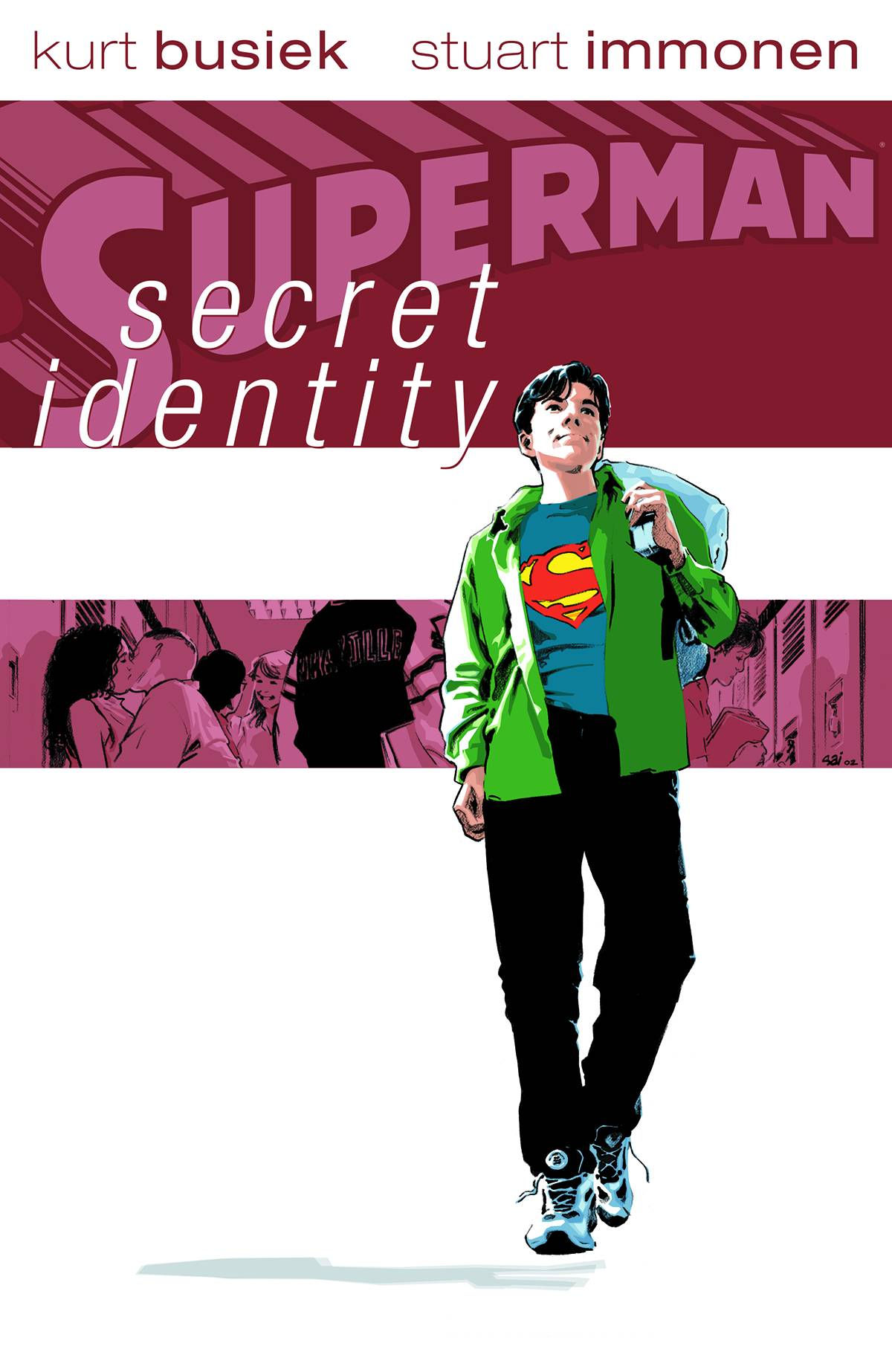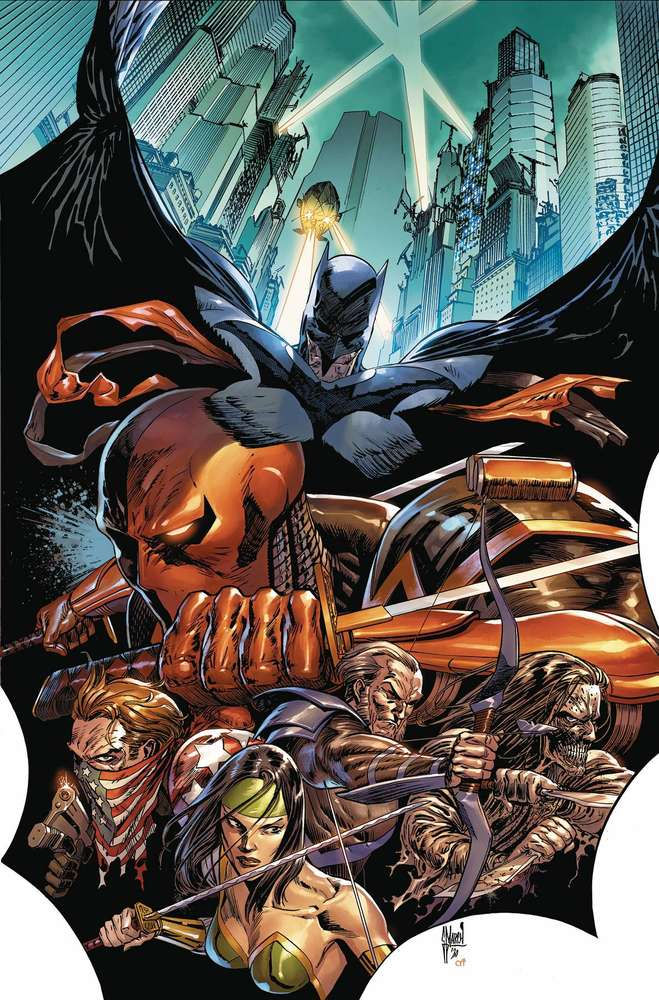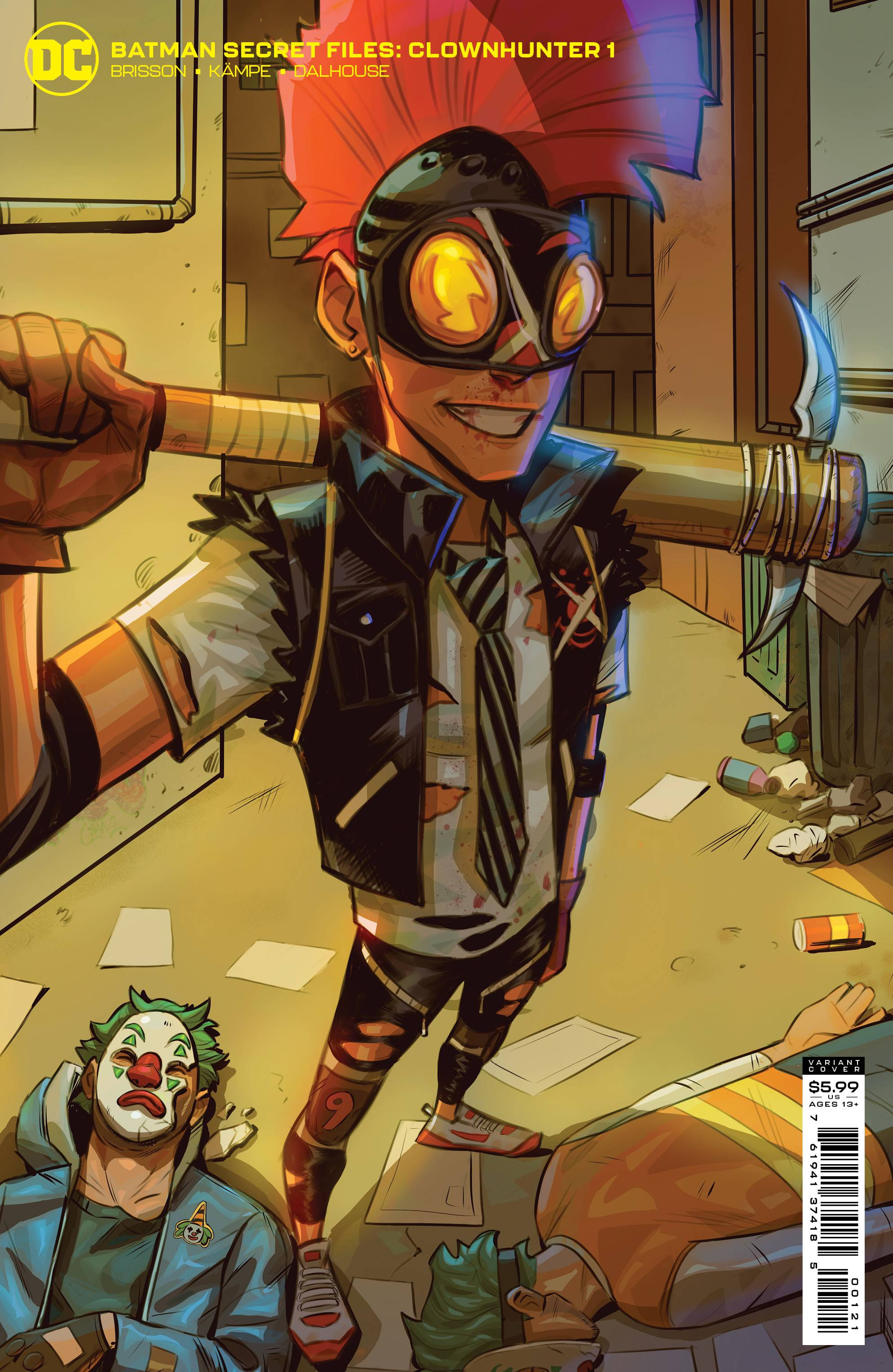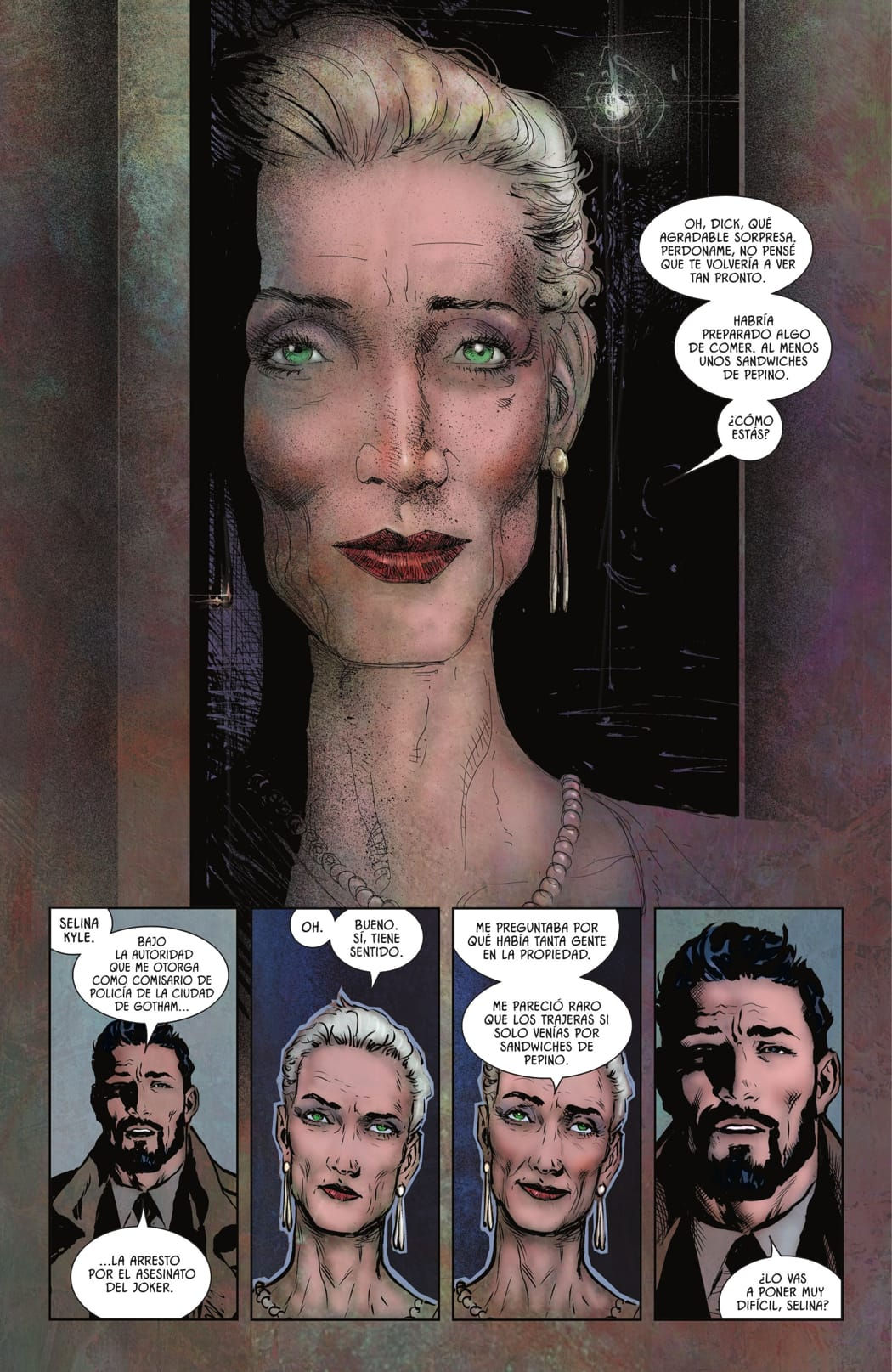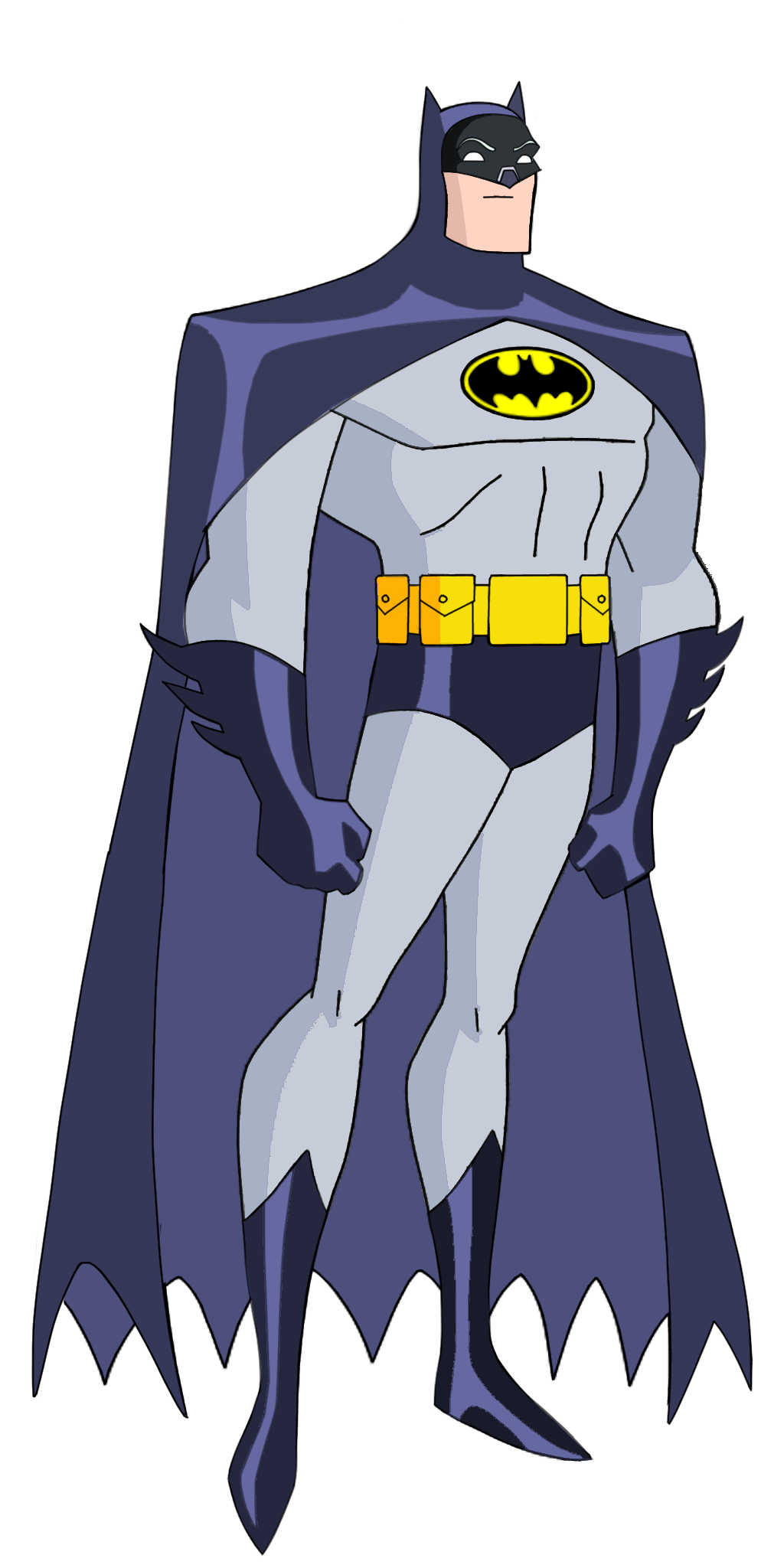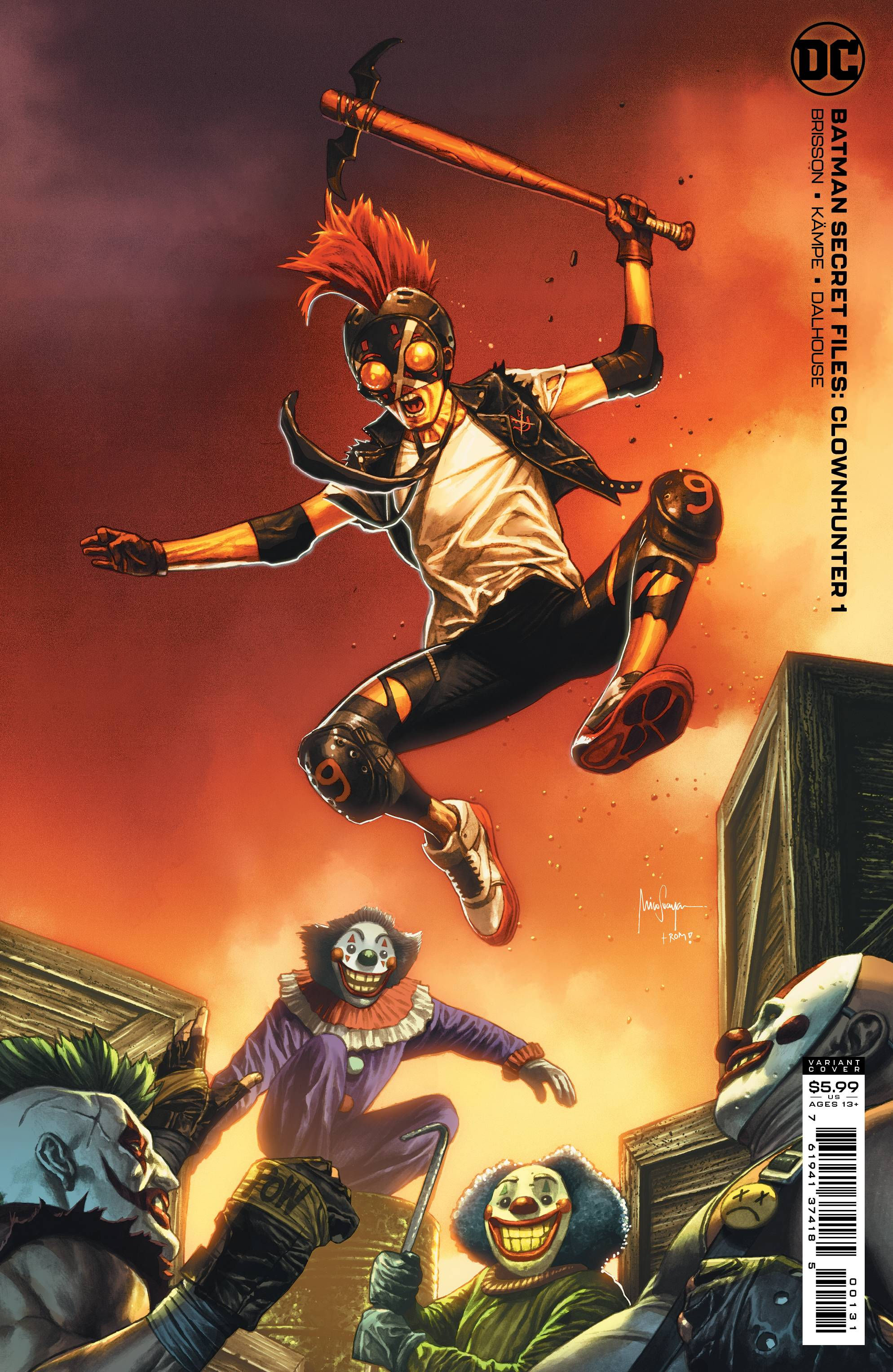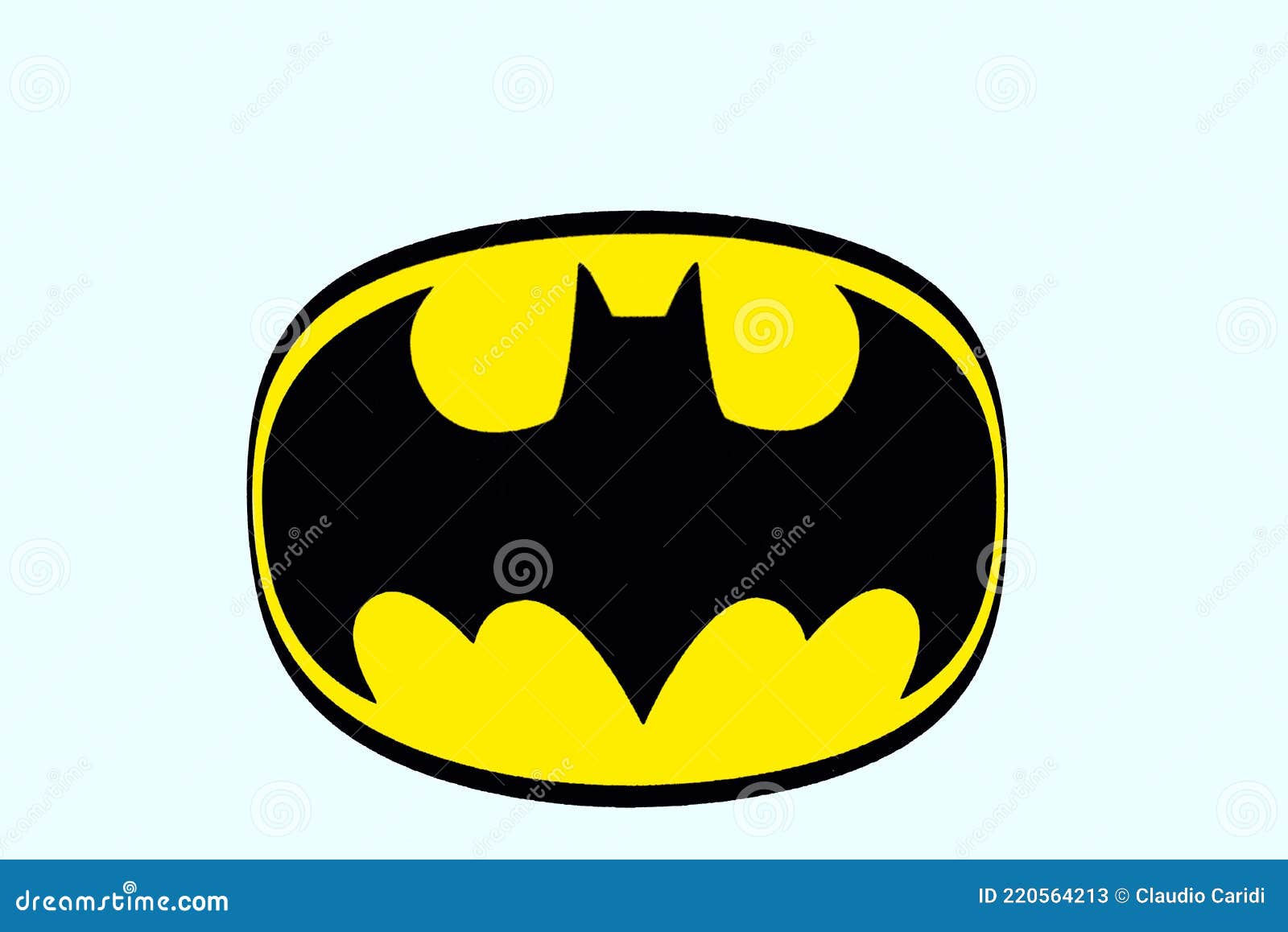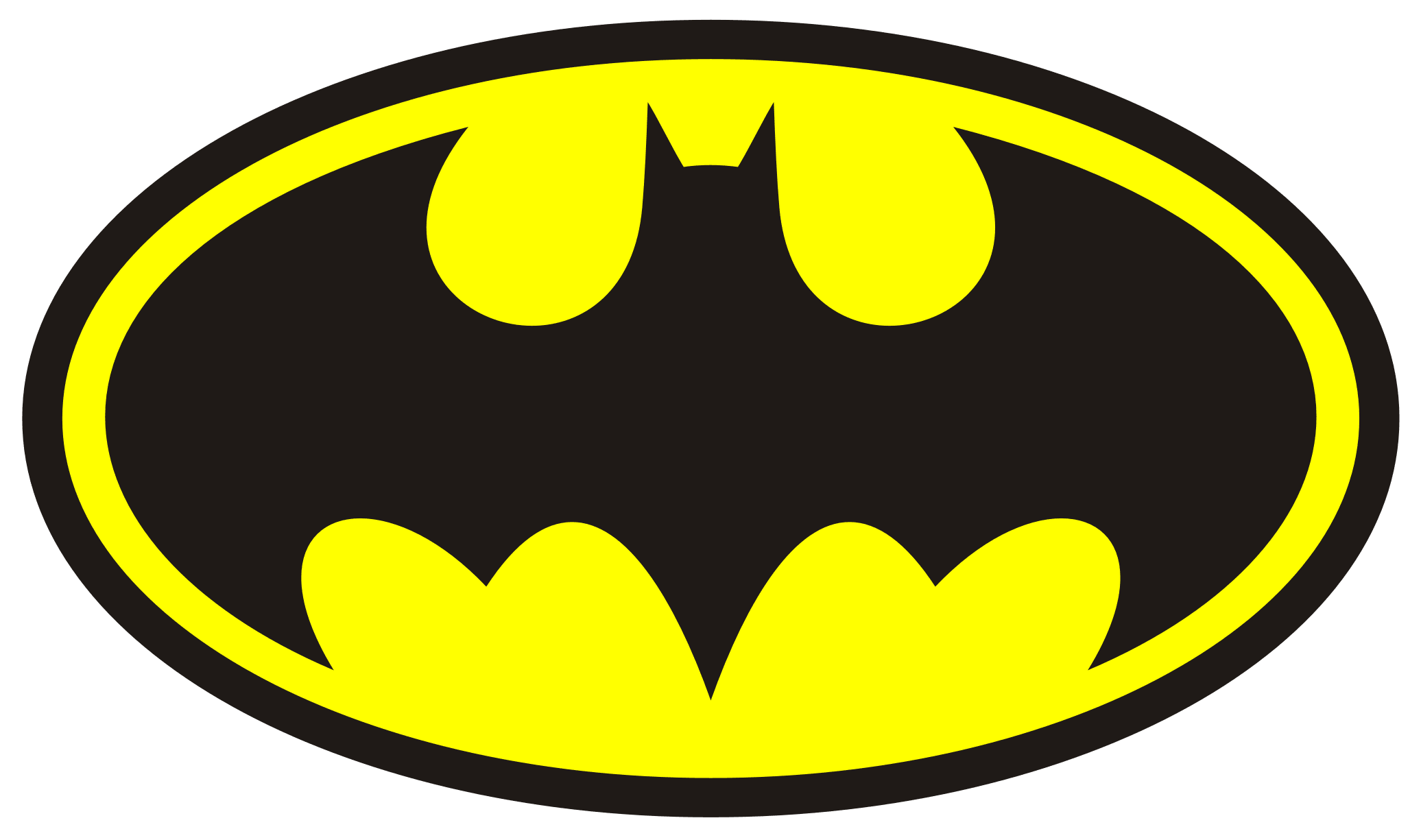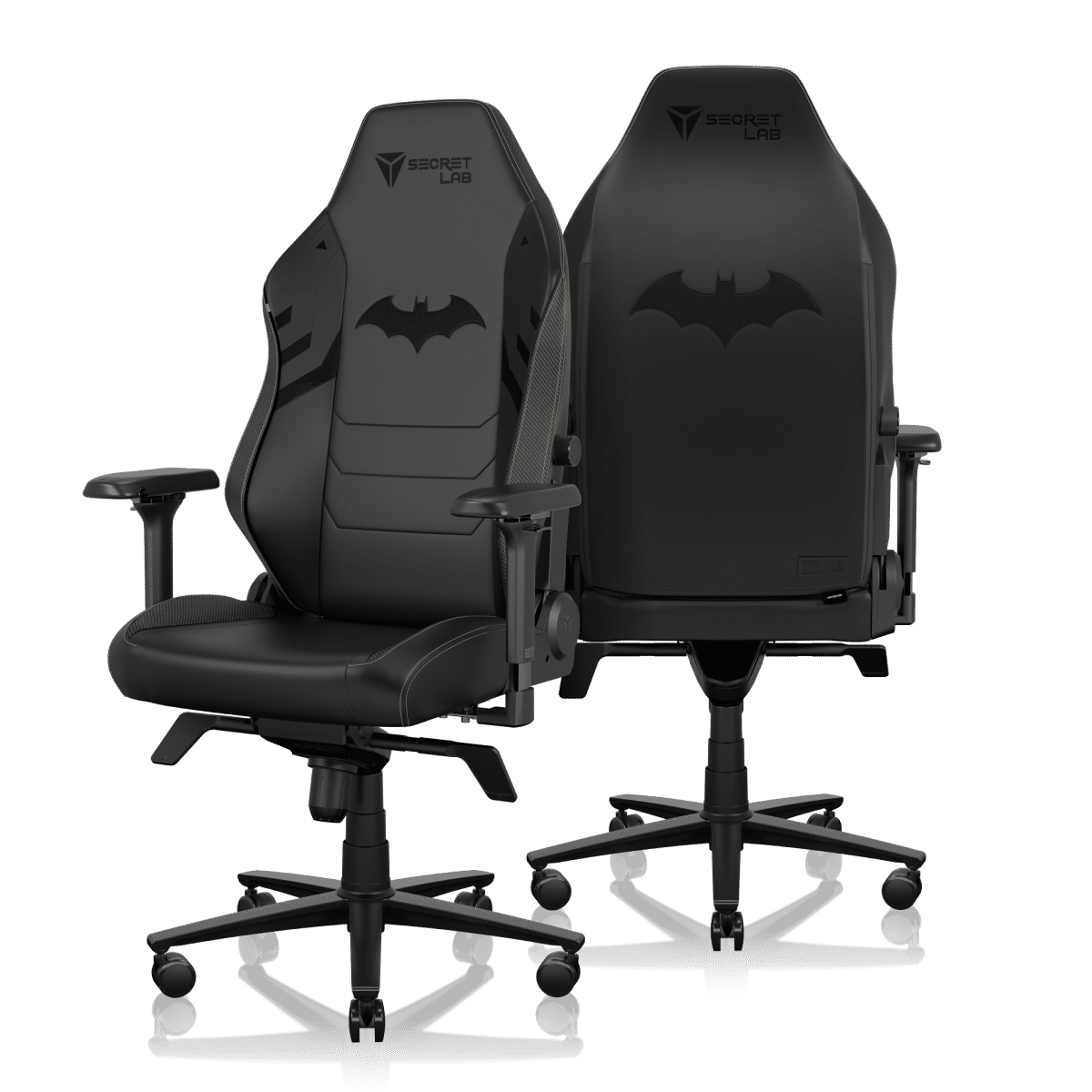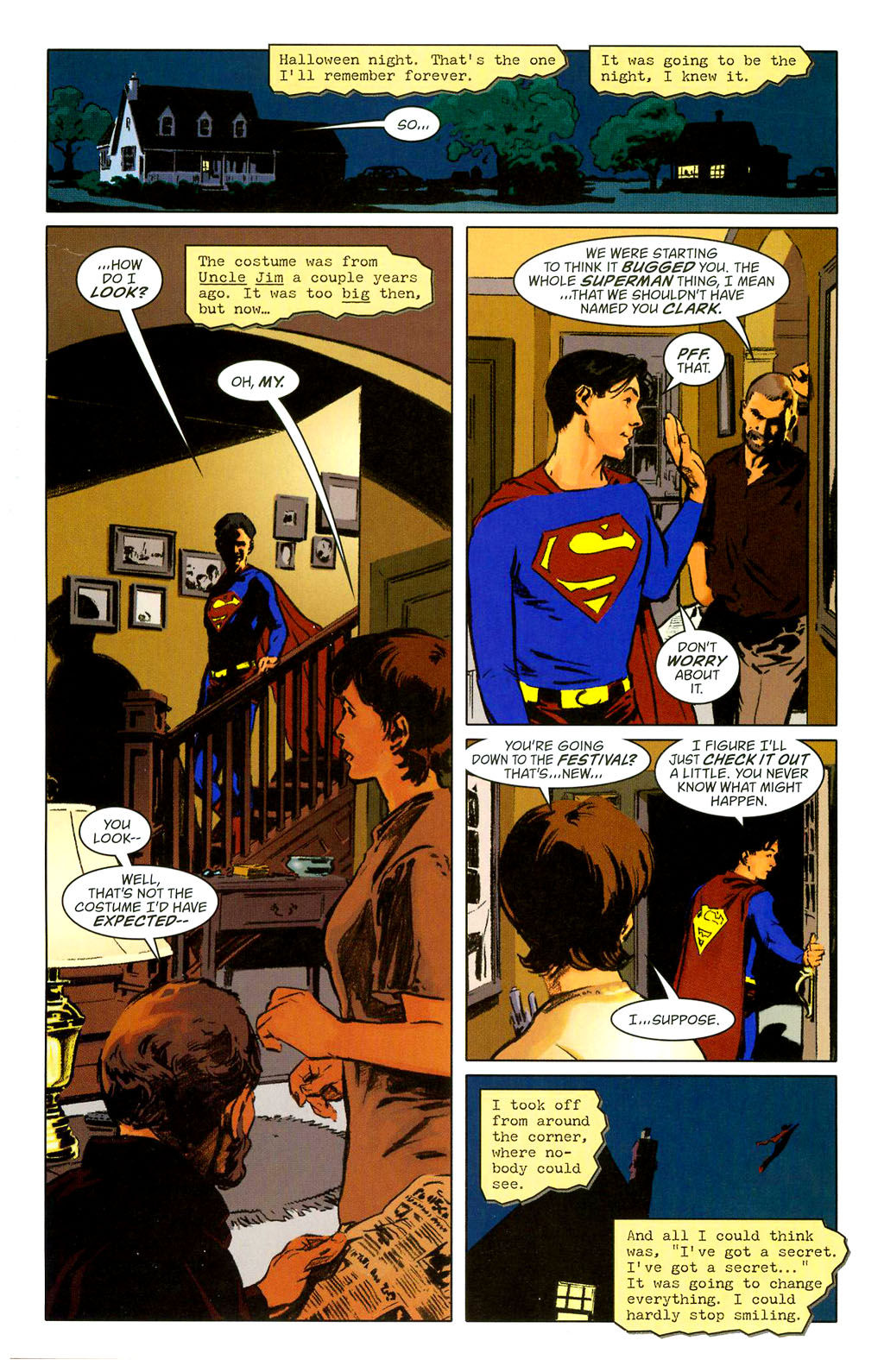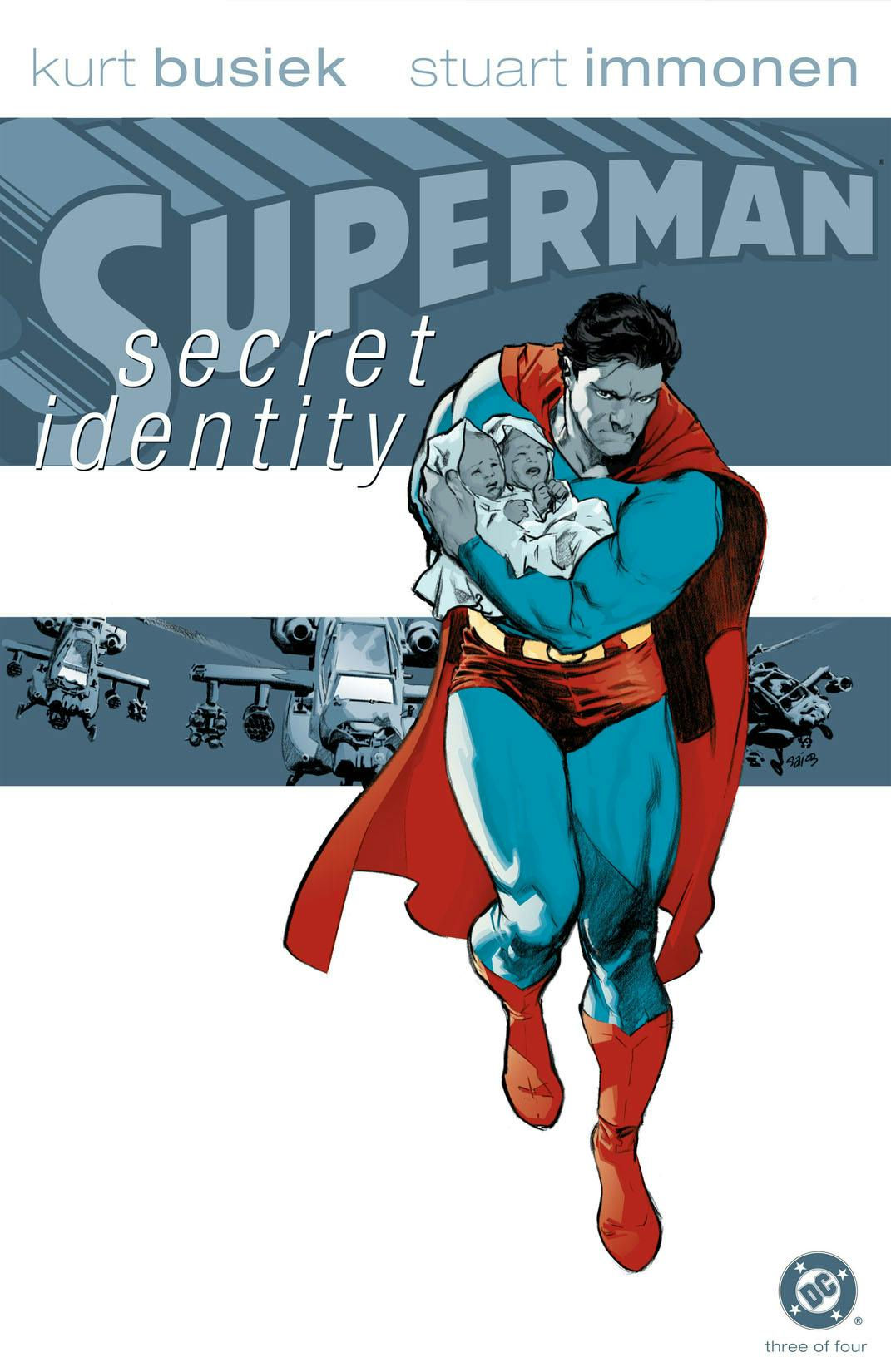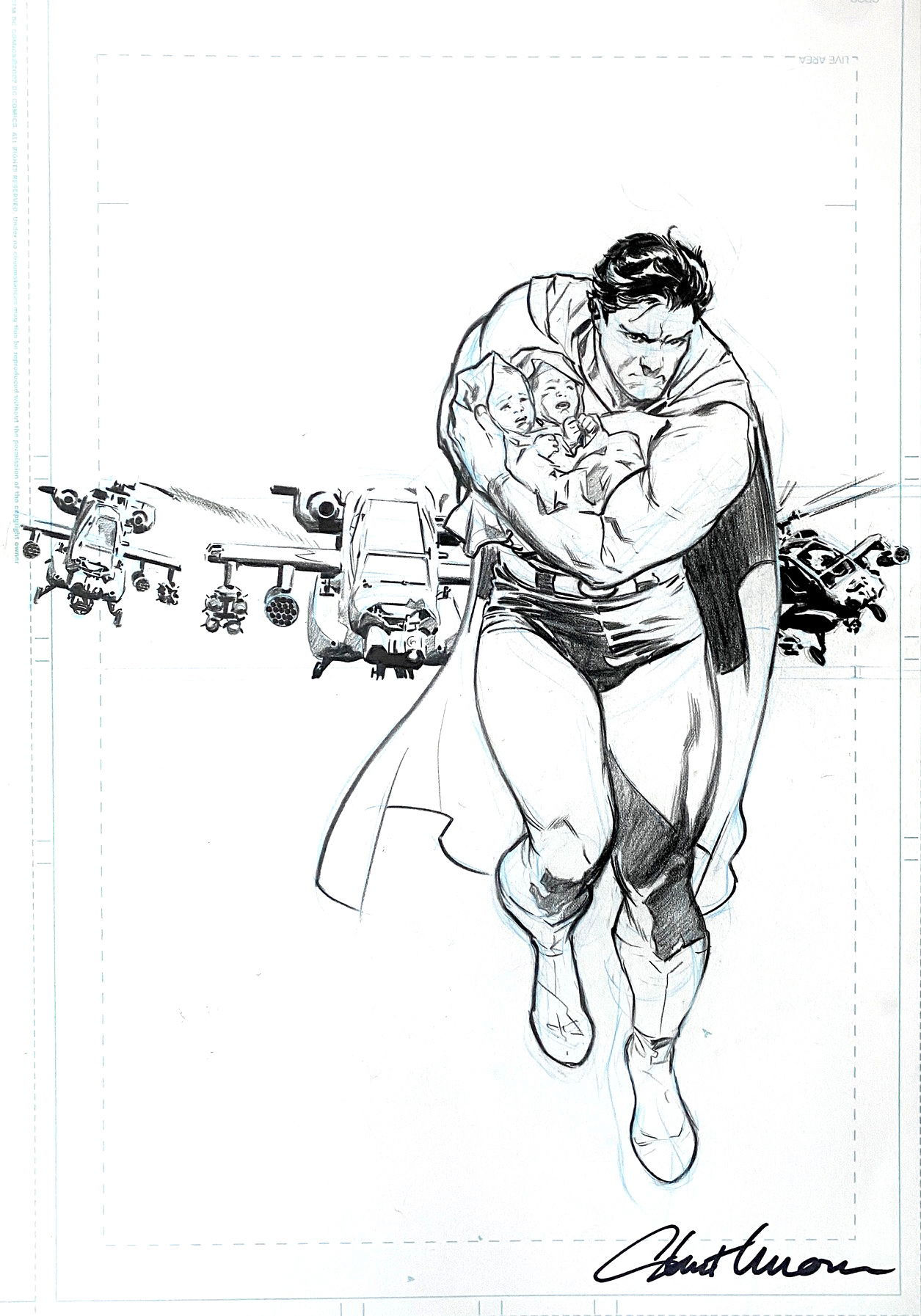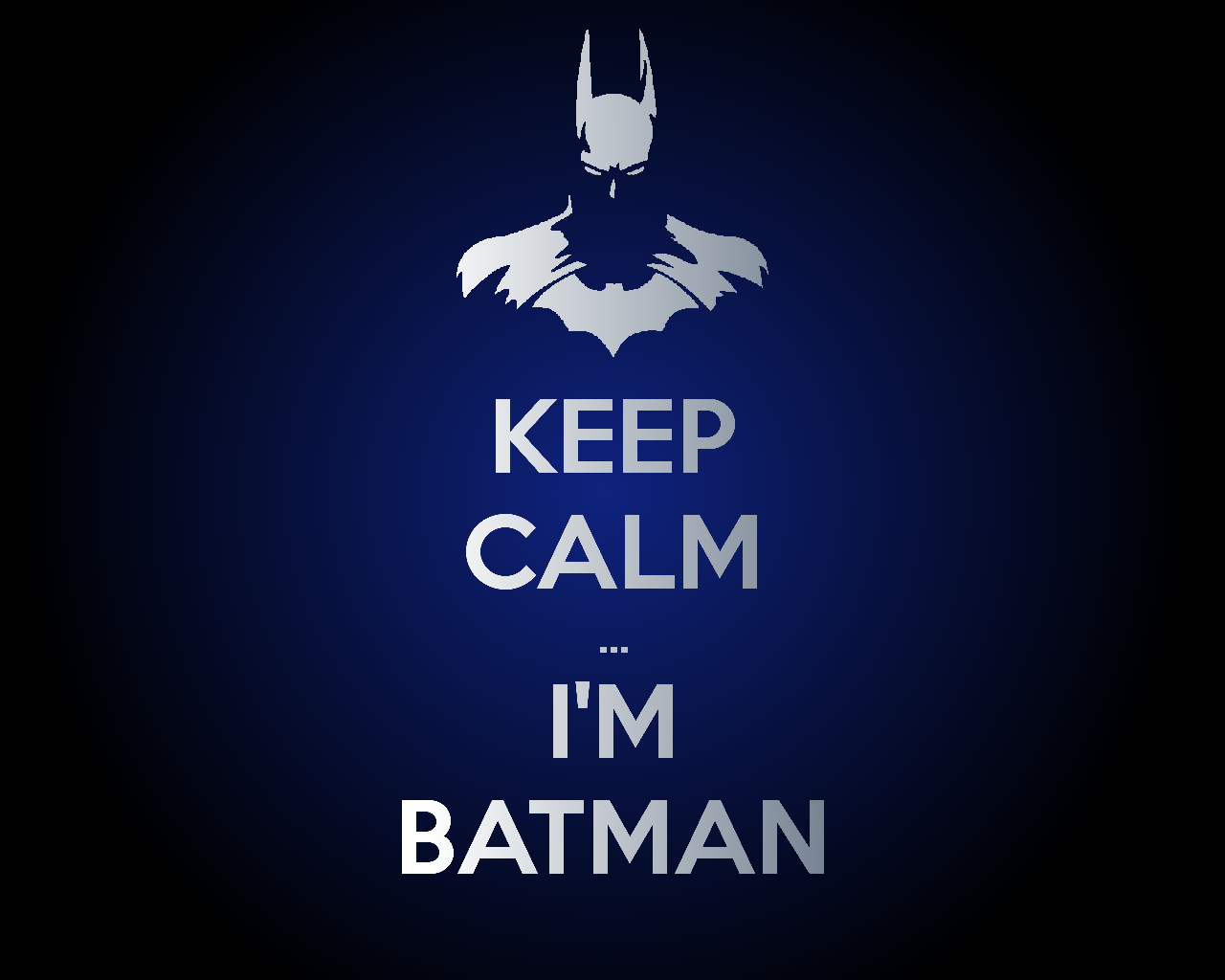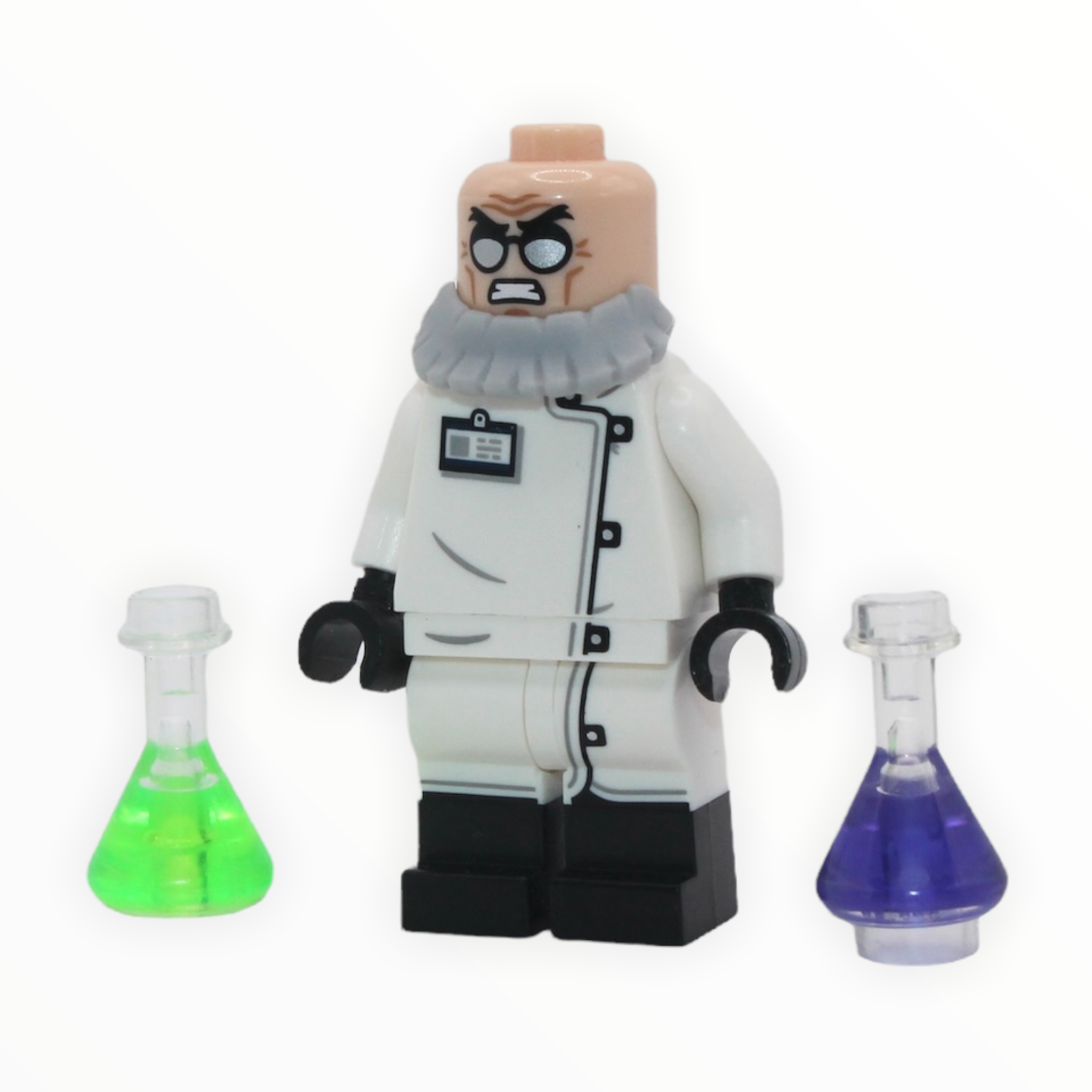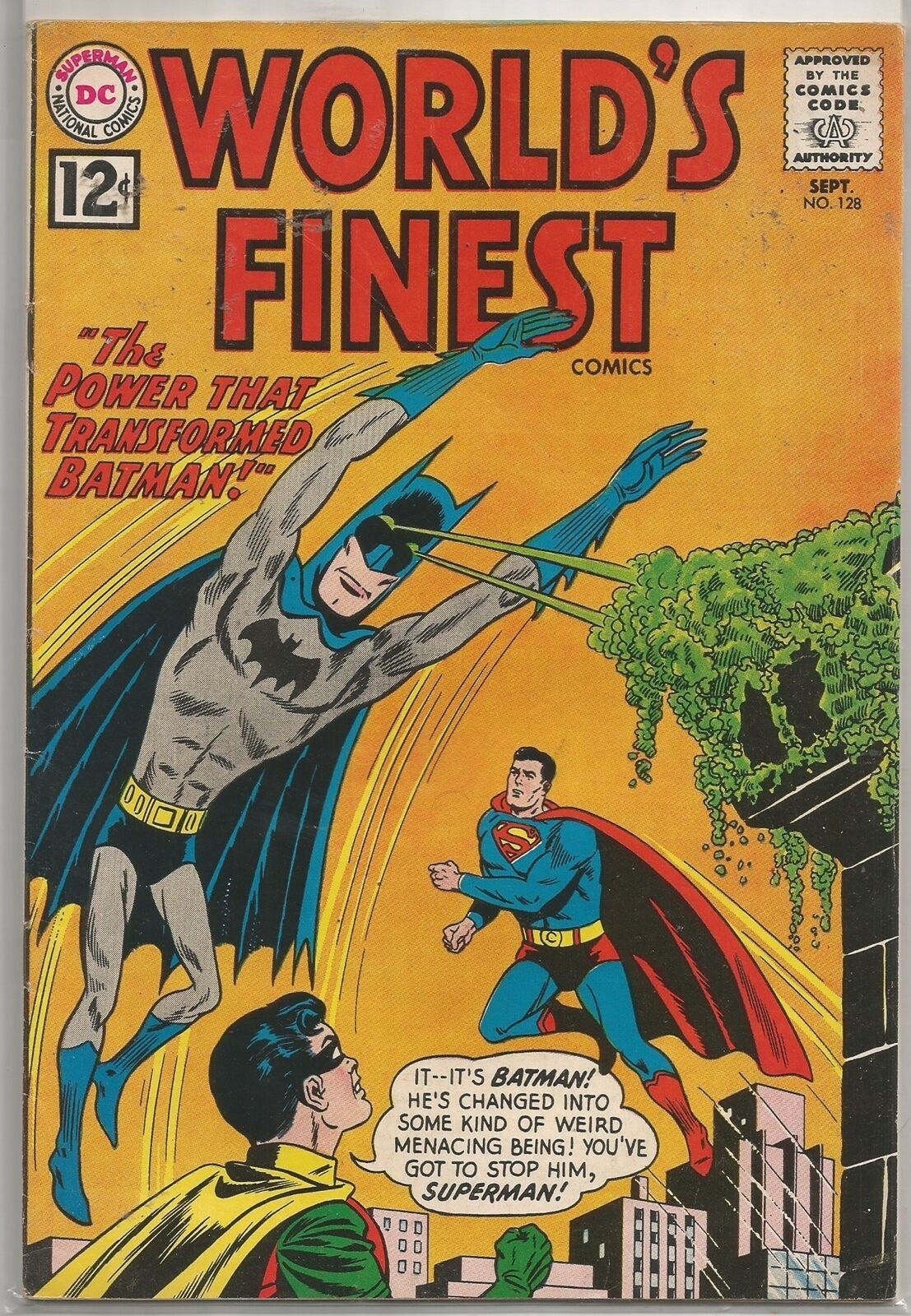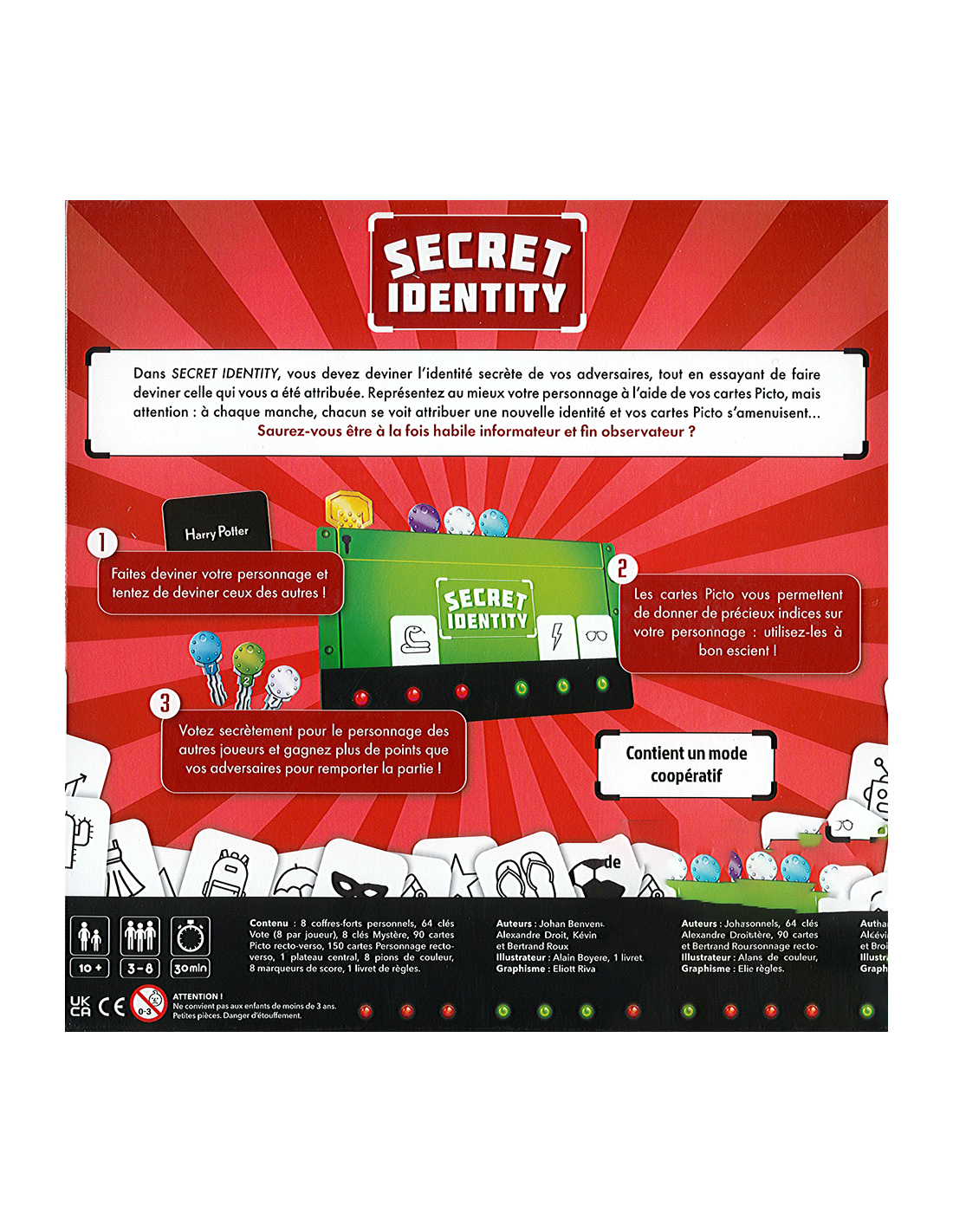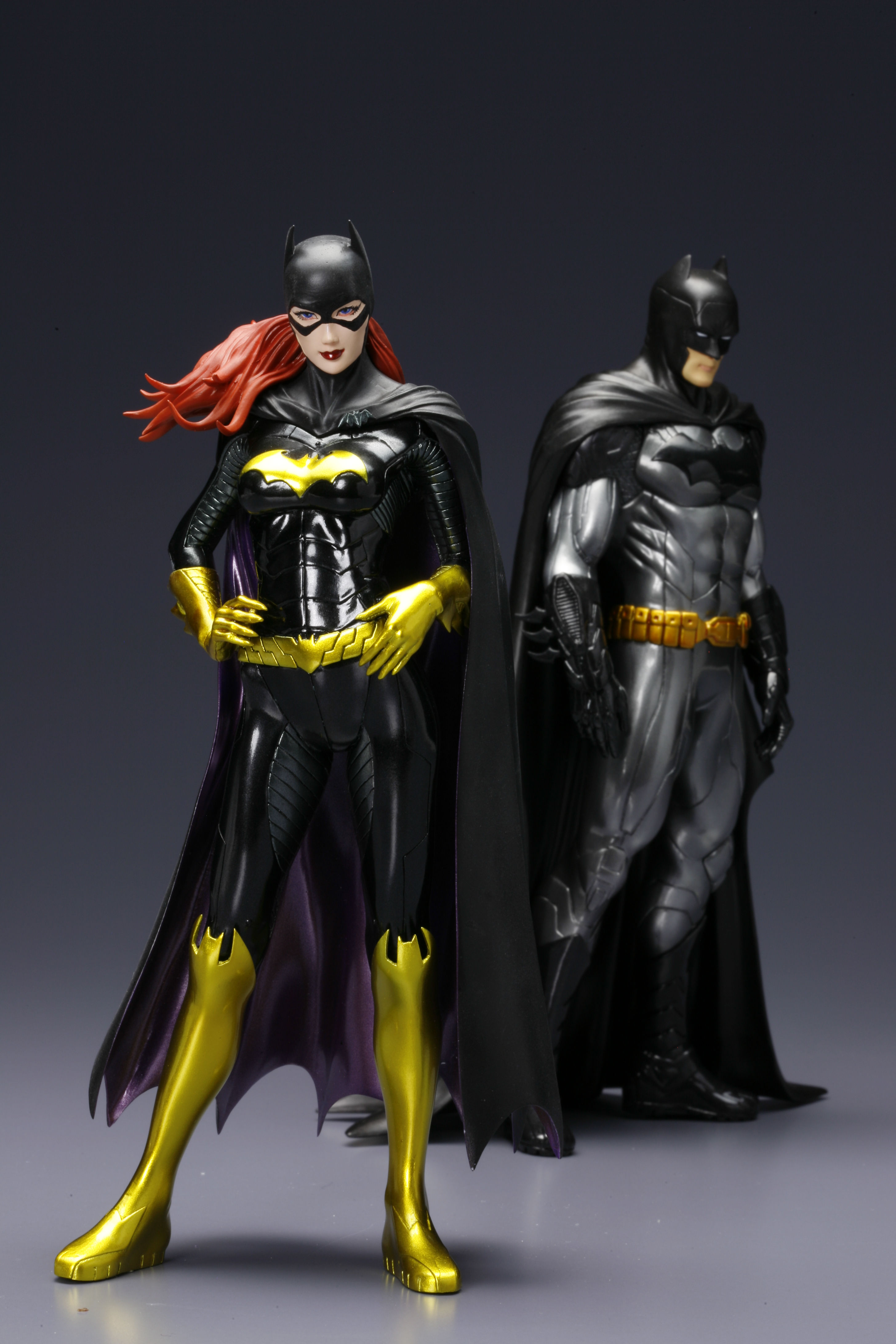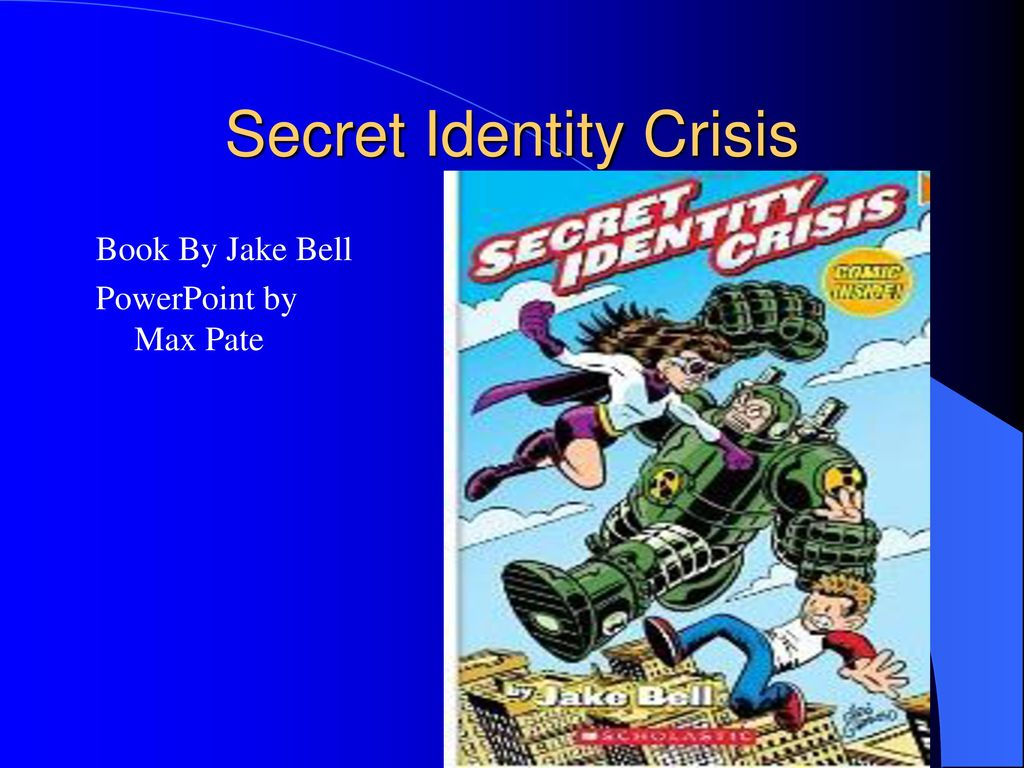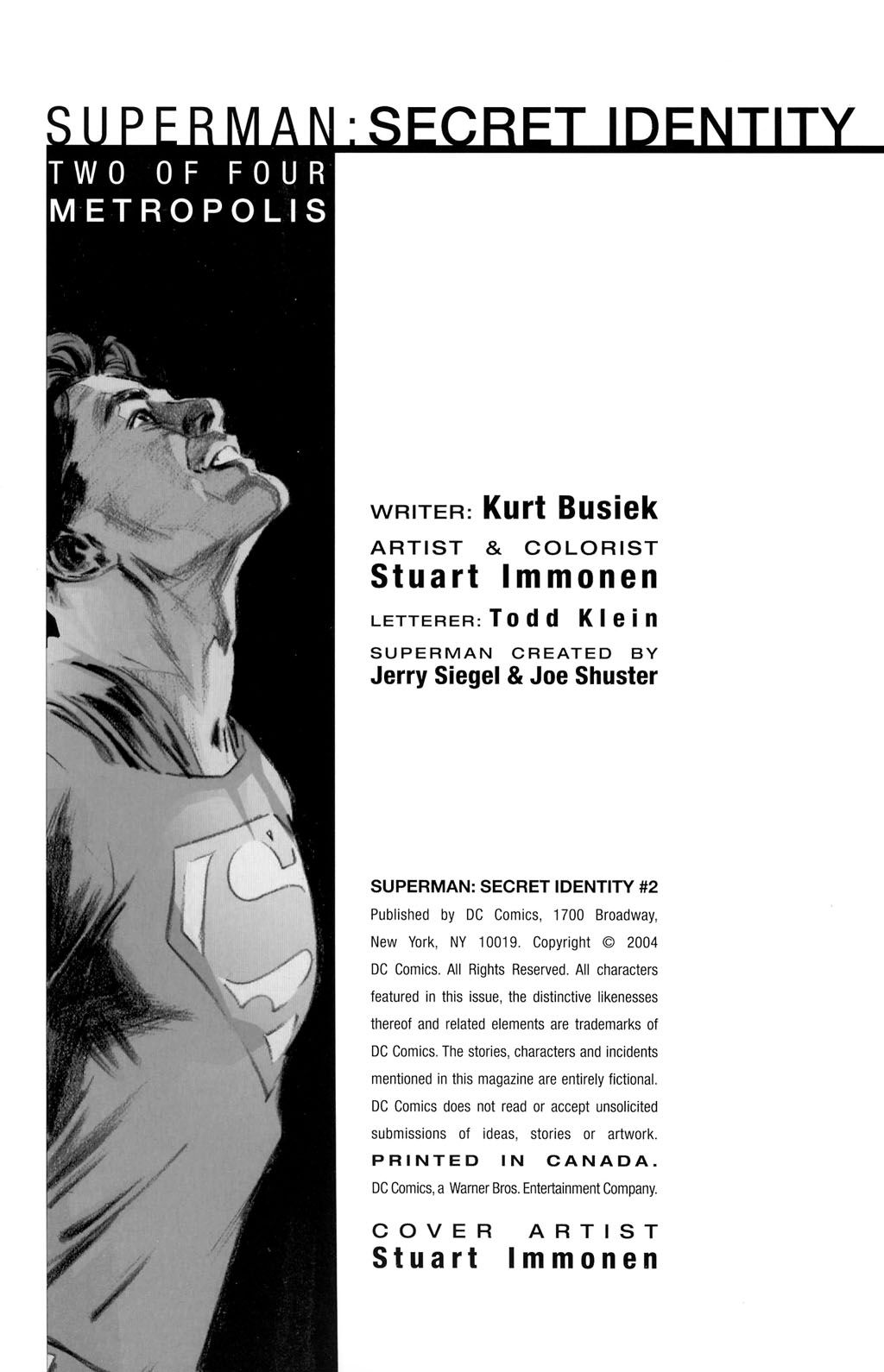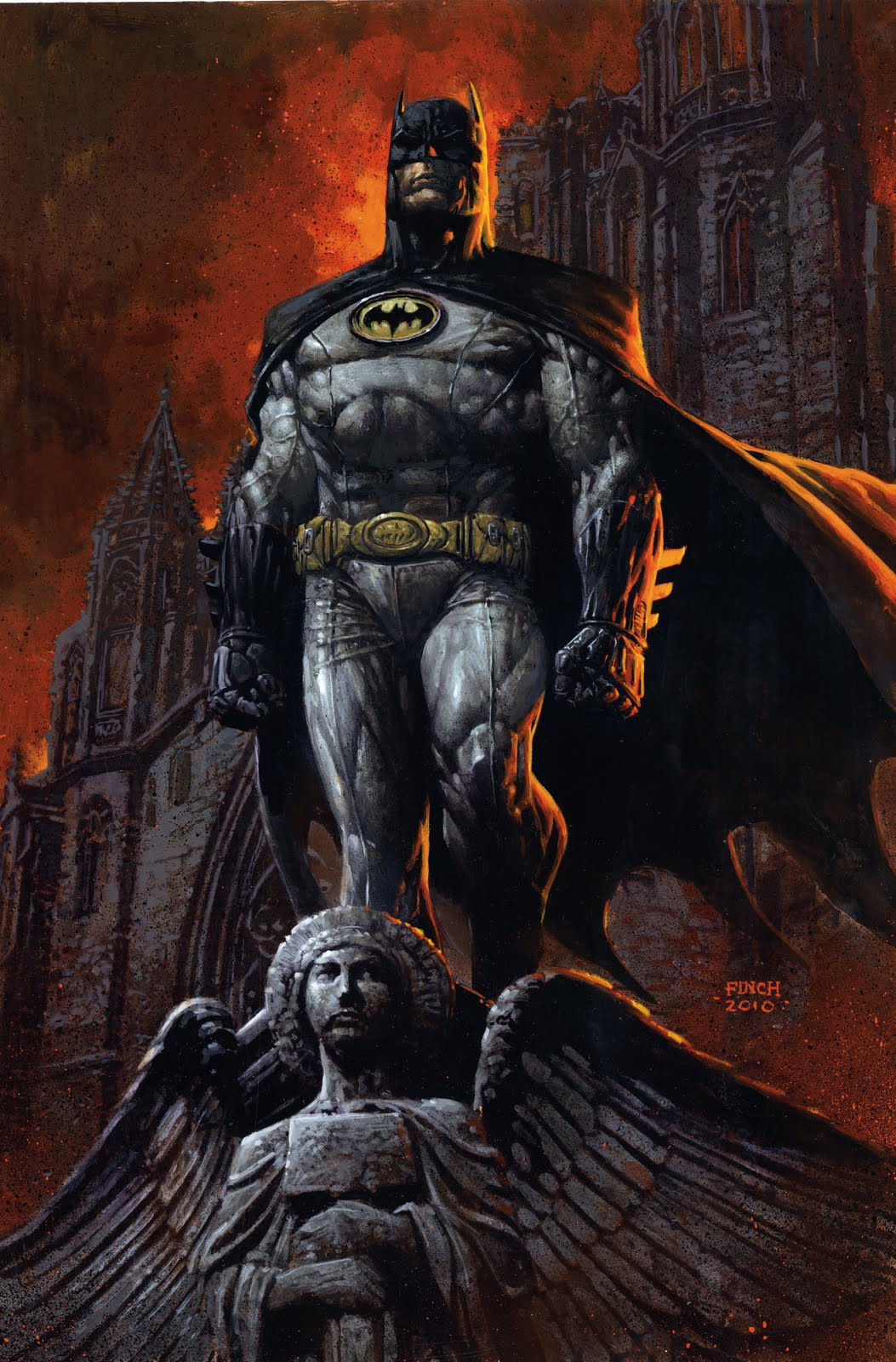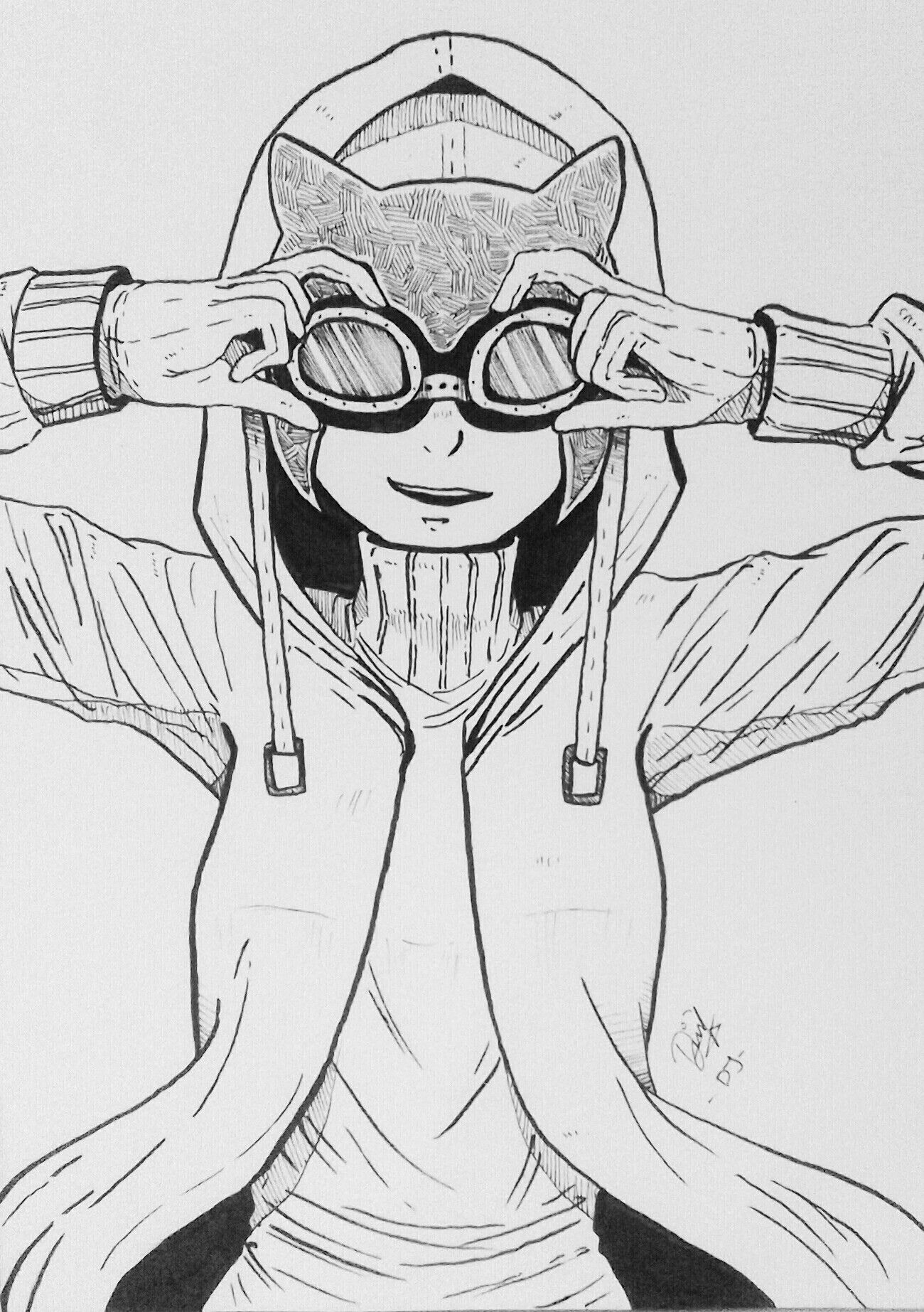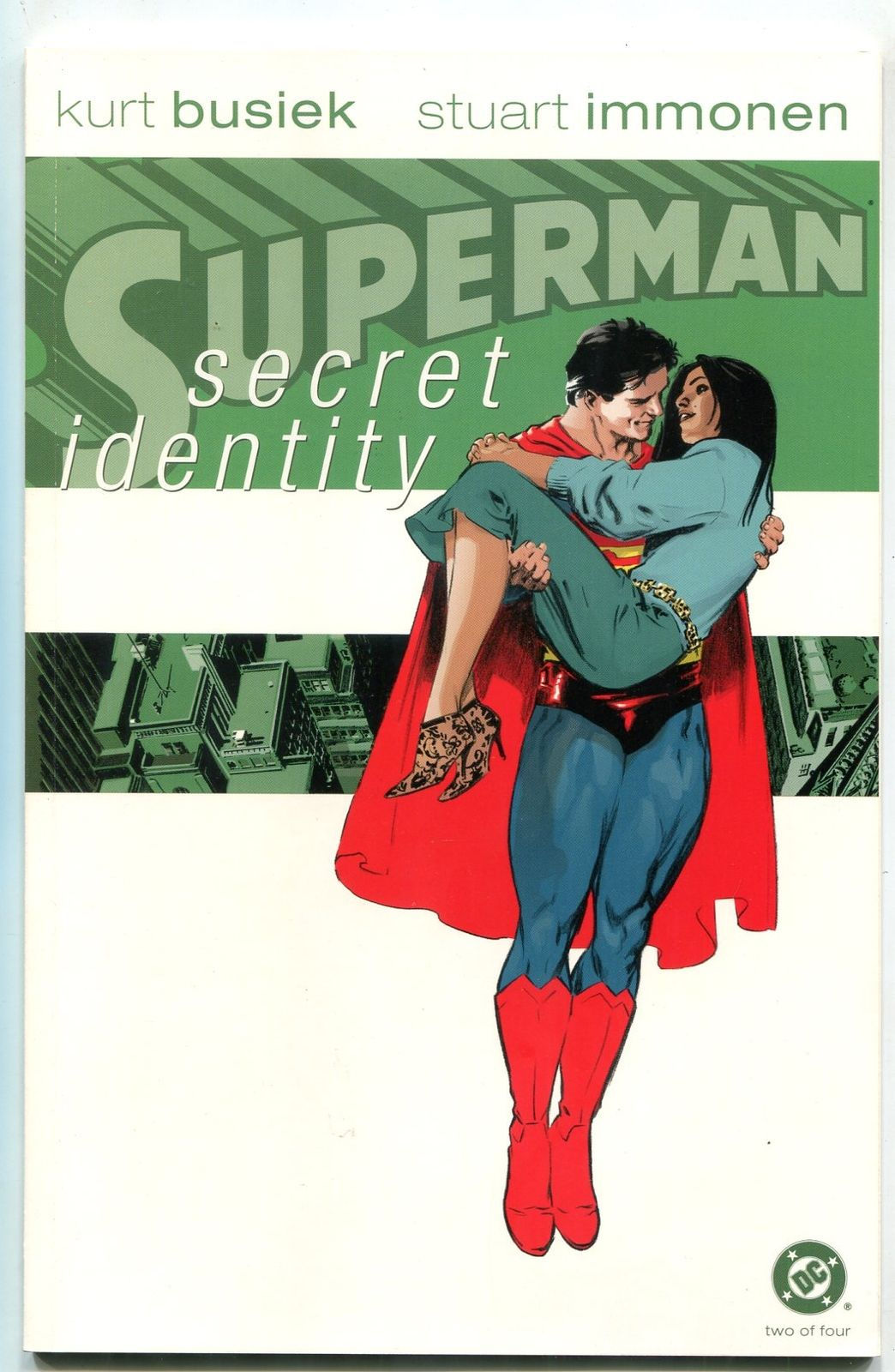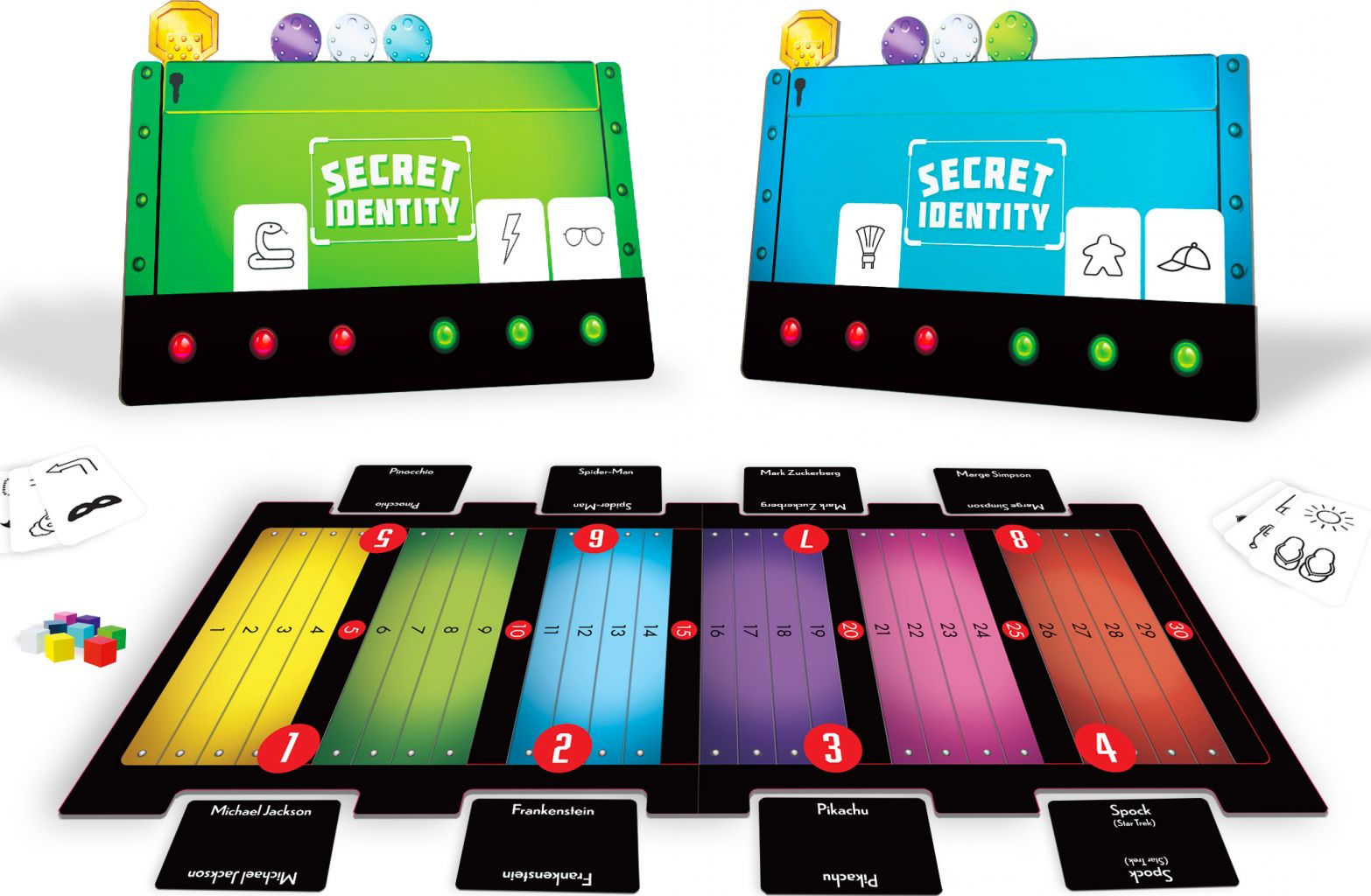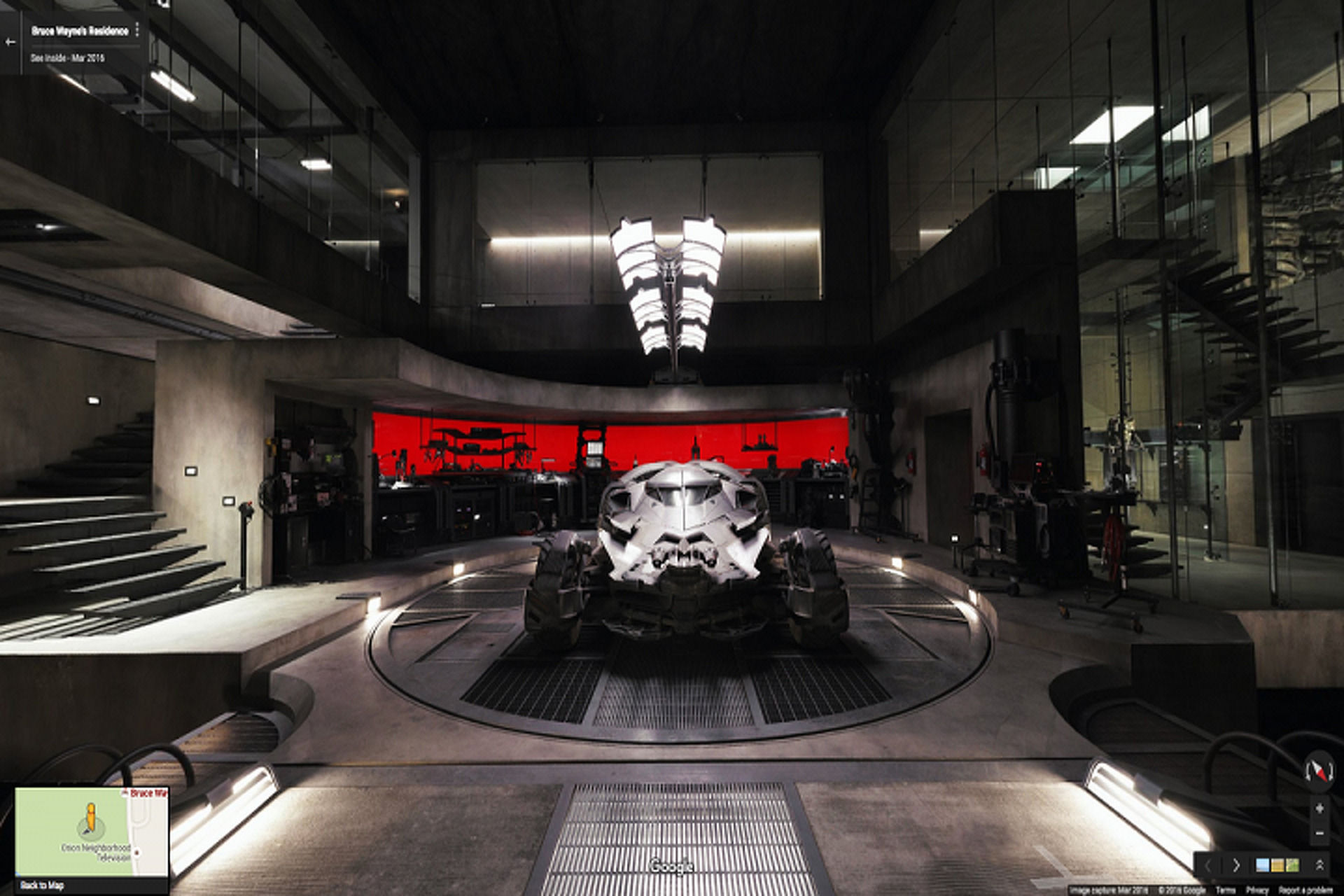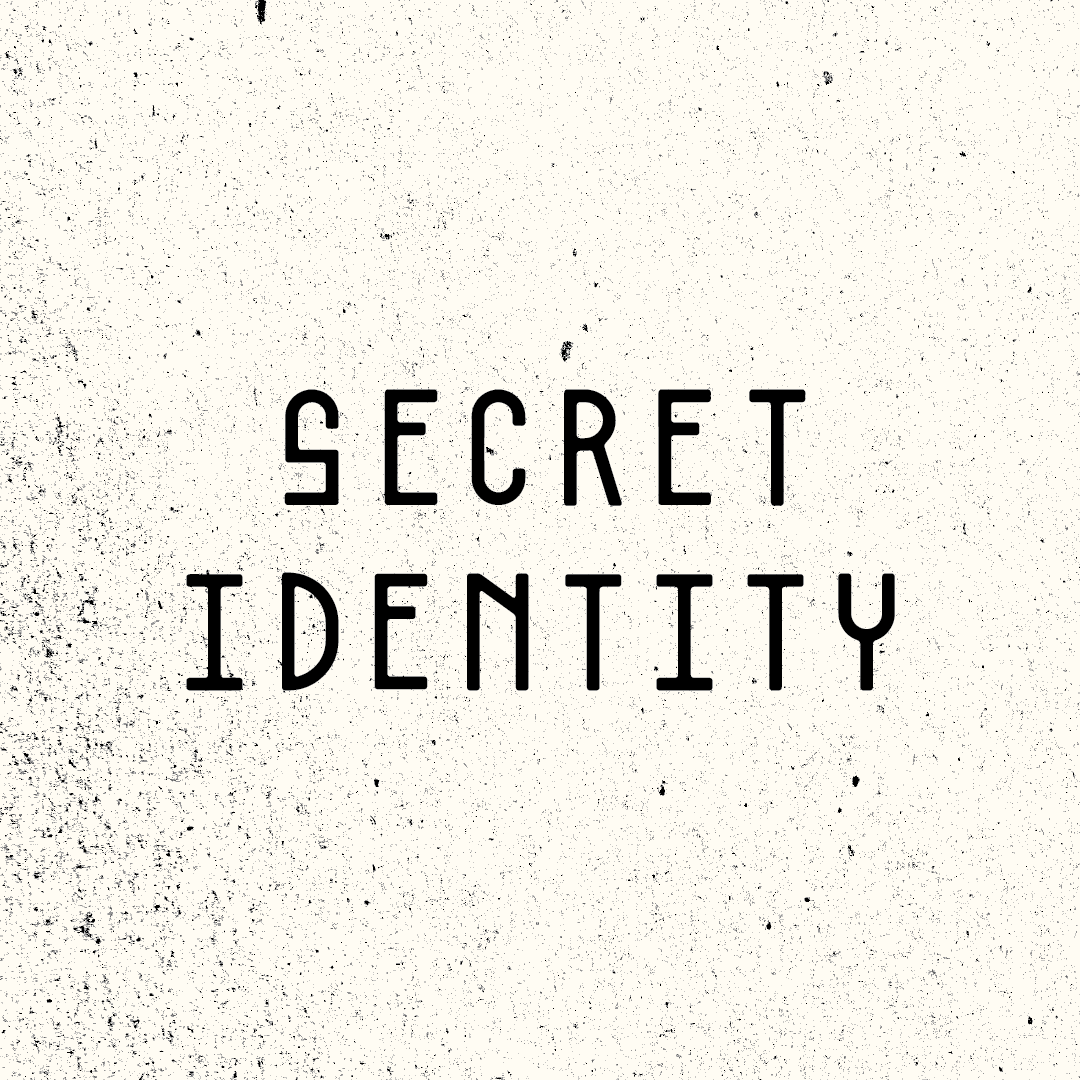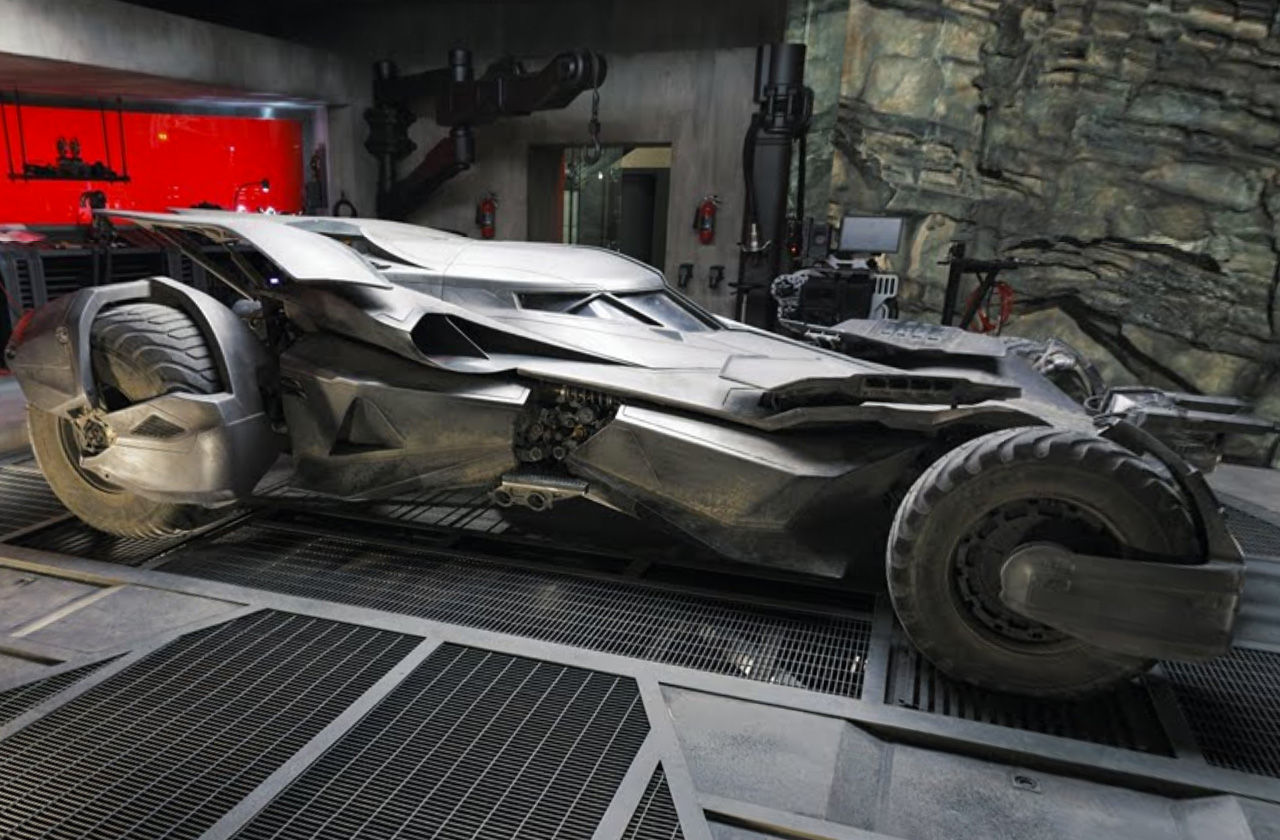The Surgeon's Scars: Unraveling a Gotham Enigma
The image, a poignant snapshot from a DC Comics narrative, presents a complex tapestry woven with threads of vengeance, loyalty, and the enduring shadows of Gotham. It's a scene brimming with unspoken tensions, where the familiar faces of Batman, Catwoman, and the Joker are juxtaposed against a mysterious, bandaged figure – a visual riddle demanding immediate deciphering.
The panels depict a conversation that unfolds in stages, building suspense and revealing layers of interconnected storylines. The initial scene presents the Joker, his signature manic grin barely contained, conversing with a heavily bandaged individual, whose identity remains shrouded in mystery at this point. The Joker's familiarity with the figure, his recognition of the voice, hints at a history intertwined with crime and chaos. This is reinforced by the captive's statement about their shared past going back a considerable time, predating a significant incident – possibly the incident that resulted in his disfigurement. The casual threat from the Joker, suggesting the bandaged individual was a target of violence in the past, only enhances this aura of danger.
Moving to the adjacent panels, we witness a completely different dynamic: Batman and Catwoman. The image subtly conveys their complex relationship; a passionate embrace tinged with caution and strategic understanding. Catwoman's knowledge of Batman's dual life, his intricate network of allies (Nightwing, Robin, Oracle, Huntress, Batgirl), highlights her own deep involvement in Gotham’s underworld. The dialogue further reinforces this, indicating a relationship that transcends simple crime and justice. Catwoman's desire to be part of both aspects of his life, the vigilante Batman and the man Bruce Wayne, speaks volumes about their bond and her understanding of the burden he carries. Their exchange subtly highlights the precarious balance of their relationship; a passionate connection bound by a shared understanding of Gotham's underbelly.
The subsequent panels introduce another critical piece of the puzzle: the revelation of Two-Face's transformation. The Joker, again, takes center stage, making a shocking claim: the bandaged figure is, in fact, Two-Face, having undergone extensive plastic surgery. This is a striking visual reveal – the stark contrast between the Joker's gleeful acknowledgement of Two-Face's situation, and the somber reality of Harvey Dent's fate. This moment encapsulates the grim reality of Gotham’s morally ambiguous landscape; a villain undergoing radical changes to escape his criminal past, a past deeply intertwined with the Joker's influence. Two-Face's absence, stated as “gone,” leaves room for interpretation – is he dead, has he truly changed, or has he simply vanished into the Gotham night?
The final panel provides a fitting conclusion to this intricate plot line. Batman, in a poignant moment, directly confronts Catwoman, a stark contrast to the earlier scene of playful intimacy. The scene’s simplicity is profoundly powerful – Bruce's sombre expression against Catwoman's apprehensive gaze speaks volumes about the weight of the events. The weight of Gotham, the loss of Two-Face, the shared secrets, and the future of their precarious relationship all rest heavily upon them. Bruce’s expression suggests a heavy burden. Is he mourning Two-Face's transformation, or contemplating the implications of this new twist in Gotham's ongoing saga?
The significance of this image transcends mere comic book imagery. It offers a profound commentary on the themes of identity, transformation, and the cyclical nature of violence. Two-Face's metamorphosis, forced upon him through plastic surgery, questions his very essence. Is he still Harvey Dent, or has this violent act reshaped him, forging a new persona? The Joker, a master manipulator, remains the embodiment of chaos, his presence underscoring the unpredictable nature of Gotham.
The image also sheds light on Batman's character – his moral compass, his strategic mind, and his capacity for both compassion and calculated detachment. His interactions with Catwoman demonstrate the duality of his existence, the impossible line he walks between his public persona and his private life. This panel is a reminder that even a symbol of hope, as mighty as Batman, is deeply affected by the darkness that permeates the city he protects.
The art itself is a masterclass in storytelling. The use of shadow and light, the expressive features of the characters, the detail of the bandages – all contribute to creating a palpable sense of tension and anticipation. The artist masterfully uses contrasting tones to highlight the shifting emotional landscapes within the panels, from the Joker's malicious glee to Batman's pensive introspection. The artist also makes brilliant use of composition; the close-ups, the contrasting angles, and the varied panel sizes all contribute to guiding the reader through the narrative's emotional arc.
In conclusion, this seemingly simple comic book panel is a microcosm of Gotham's complexities. It's a story within a story, a narrative fragment that invites interpretation and speculation. It's a testament to the enduring power of graphic storytelling, a medium capable of conveying layers of meaning and emotion through carefully composed images and dialogue. The scene remains etched in the mind long after viewing, prompting further reflection on the themes of justice, vengeance, transformation, and the intricate web of relationships that defines Gotham’s dark and compelling world. This small image contains a universe of story, waiting to be further explored and dissected.
